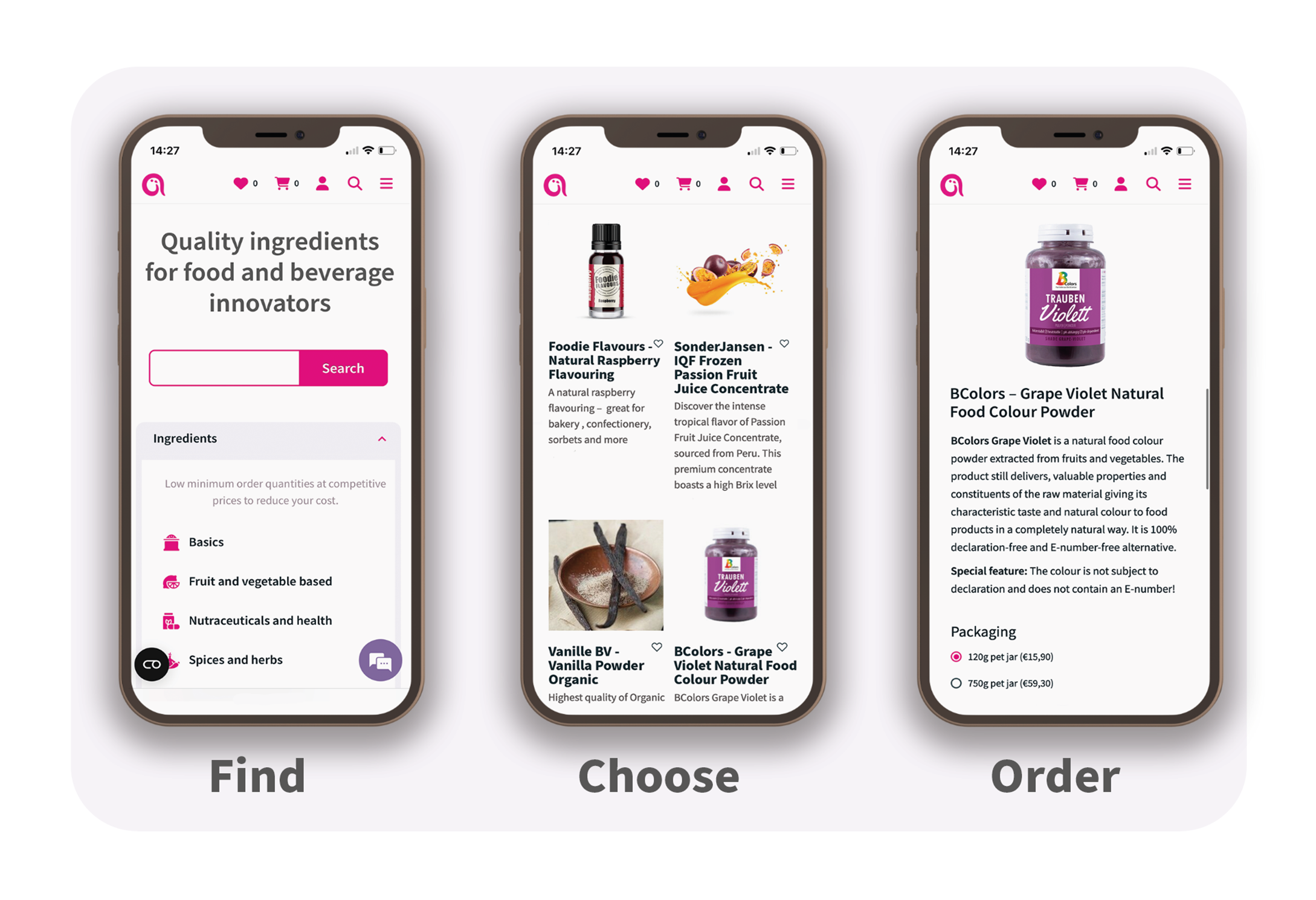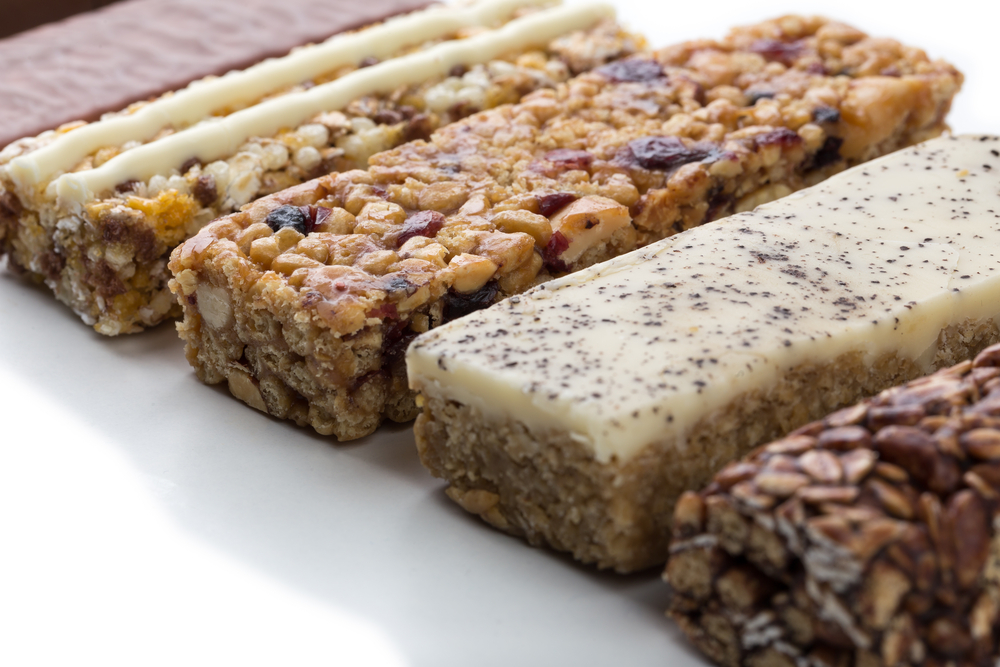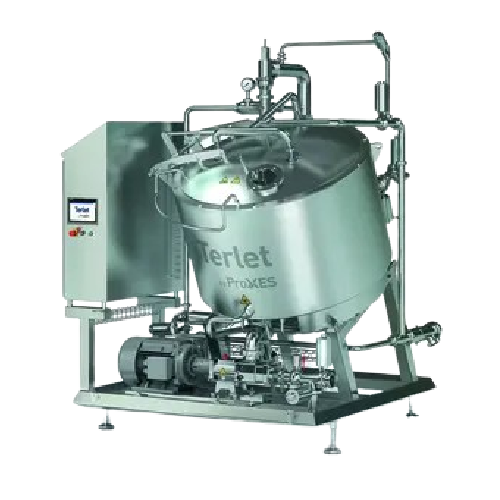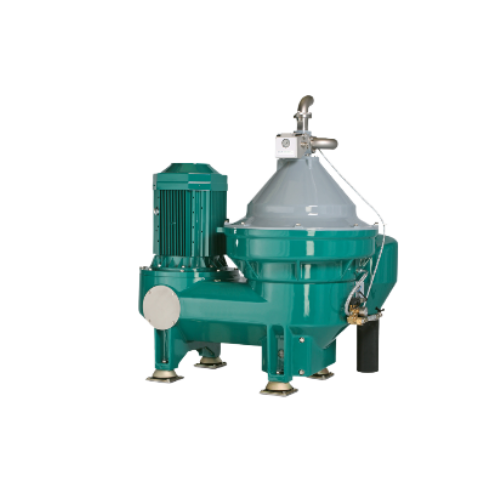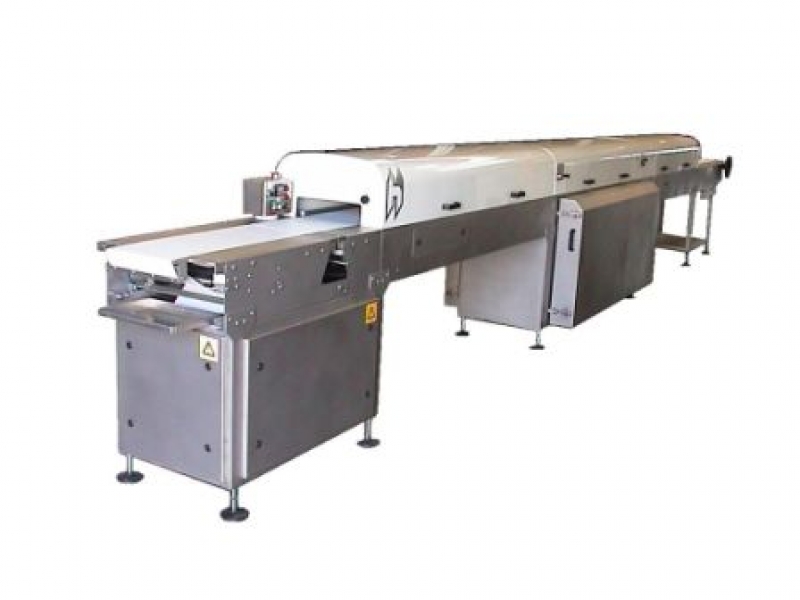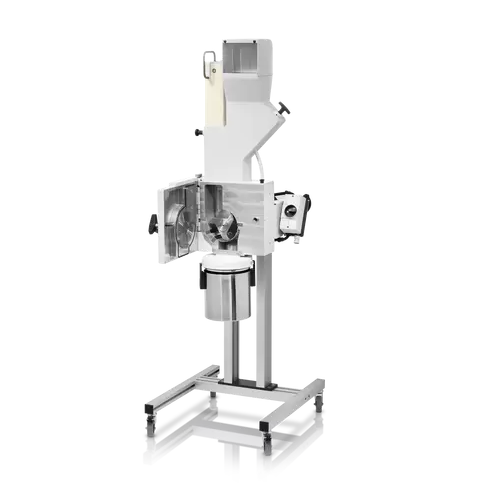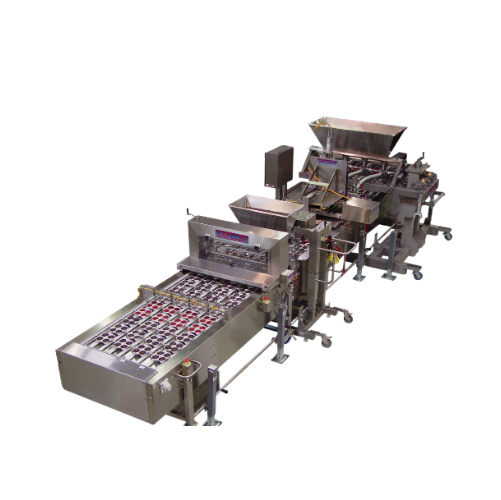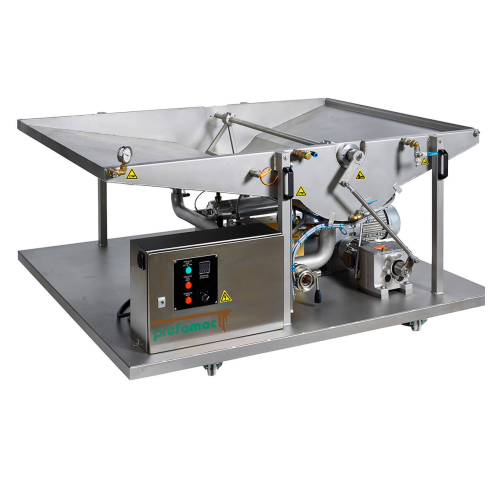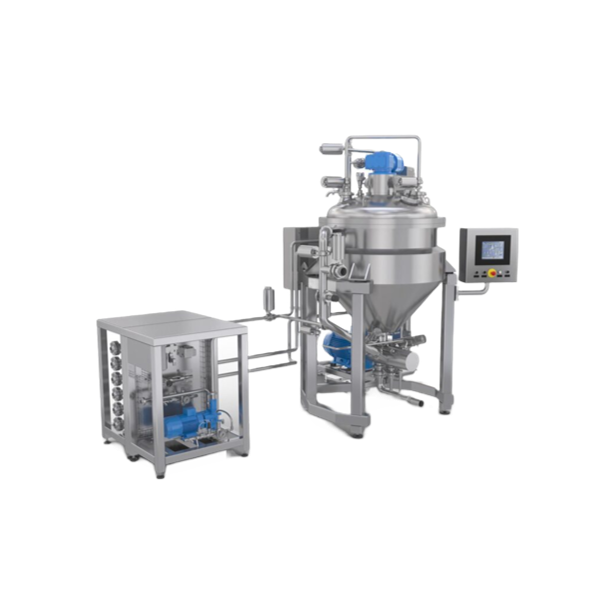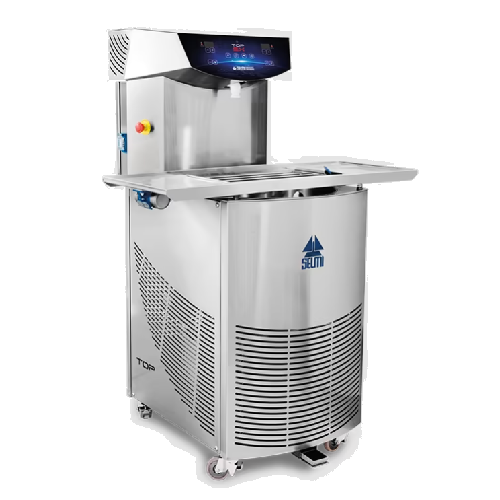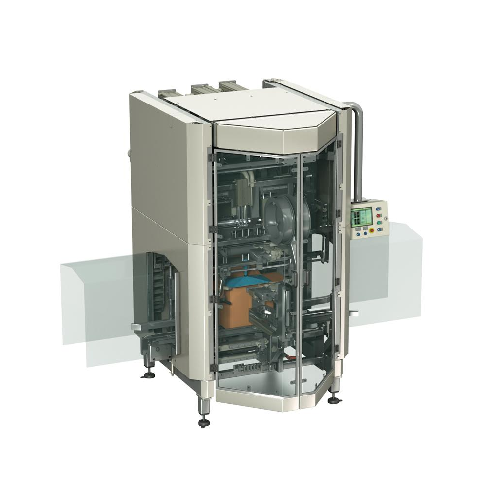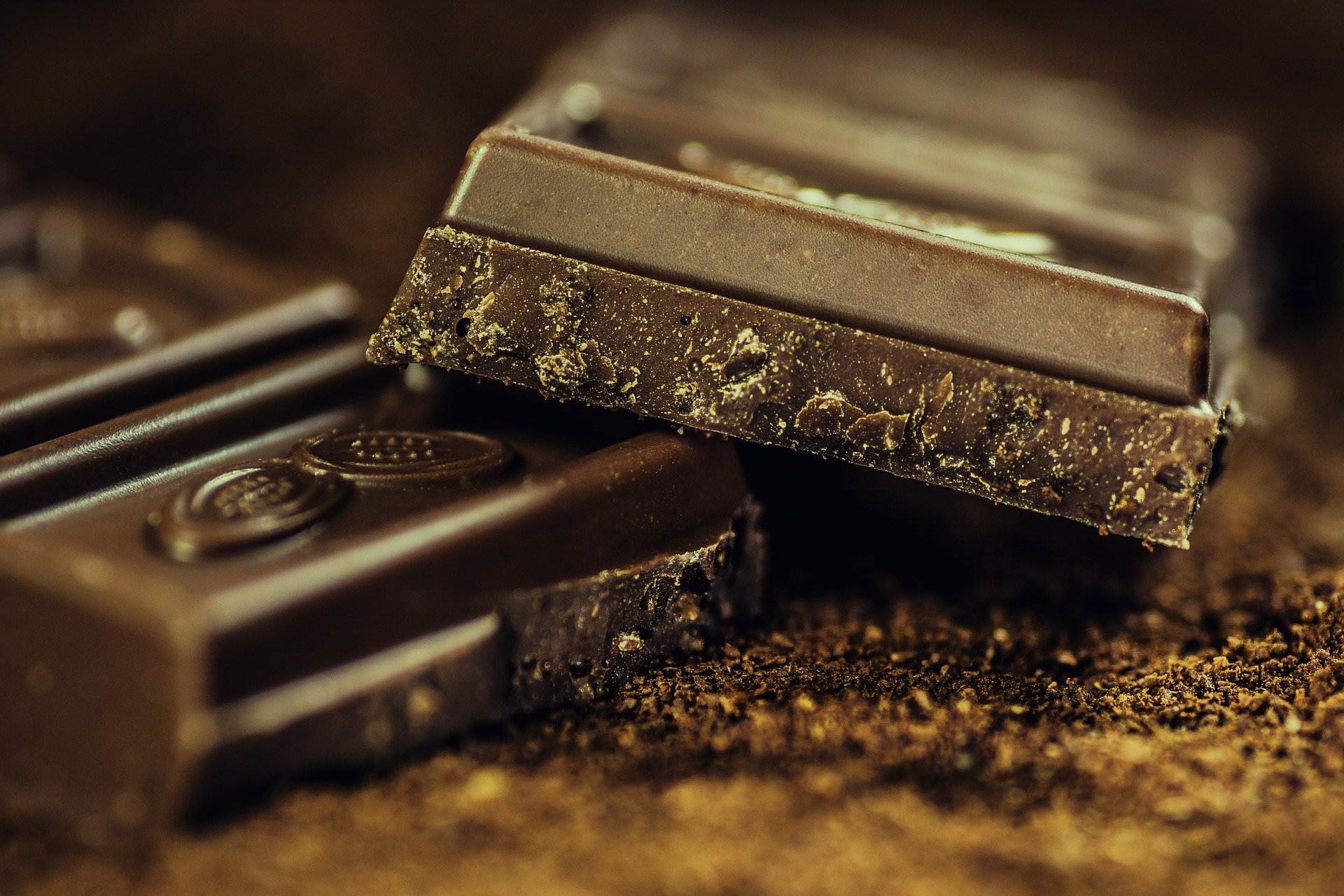
Making Chocolate Bars
Find innovative production technology for making chocolate bars and connect directly with world-leading specialists
Chocolate bars are popular snacks and gifts for many occasions and events, dating back to the Mayans and the Aztecs. They may also include other ingredients such as caramel, fruits, or nuts. Considering making chocolate bars? Make sure, though, that your chocolate bar making equipment can cover various processes such as grinding and melting, tempering, refining, and cooling.
Technology picks for chocolate bars
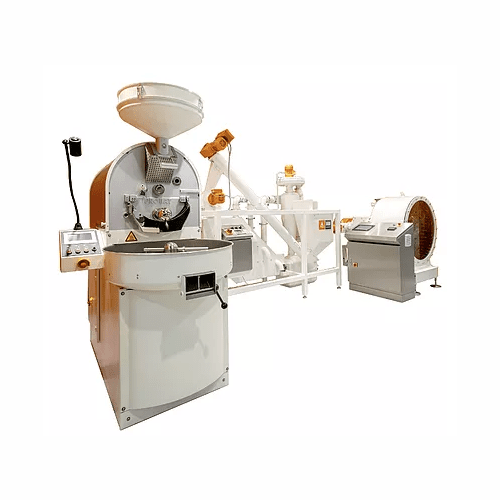
Artisan line for fine chocolate mass production
Transform raw cocoa beans into exquisite chocolate through precise control...

Bean to bar chocolate production equipment
Transform cocoa beans into exquisite single-origin chocolate with complete cont...
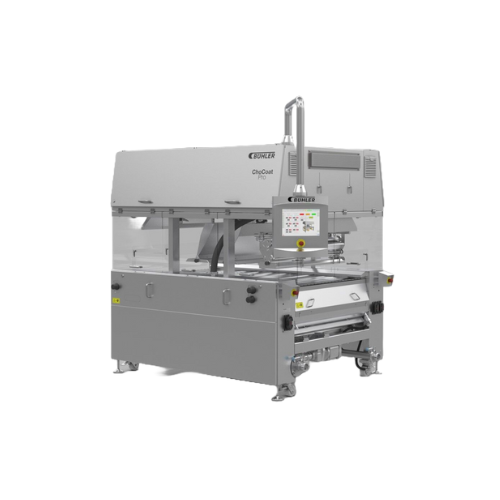
Chocolate enrober for bars, cookies, and wafers
Ensure consistent and high-quality enrobing for confections with advanced ...
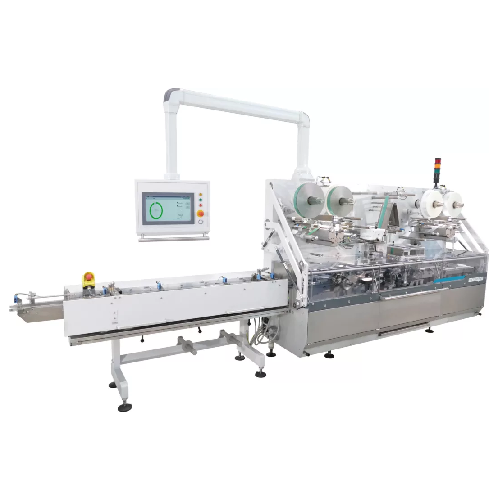
High-speed wrapping system for chocolate bars
Ensure quick and precise packaging for chocolate bars with a high-speed syst...
Stories about chocolate bars
Tell us about your production challenge
Which chocolate bar making equipment can help you in making chocolate bars?
Chocolate bars are bar-shaped confections made of solid chocolate. The whole bean to bar chocolate making equipment focuses on two main processes: roasting and winnowing of cacao nibs and chocolate tempering. If you are sourcing tempered chocolate, your process will focus on melting your raw materials, refining, and cooling.
Tempering the chocolate allows the formation of Type V crystals, while refining the chocolate reduces the particle size of cocoa solids and crystals to 10 to 30 microns. Once the desired texture and flavor profile is achieved, a filling machine transfers your slurry to clean and dry molds.
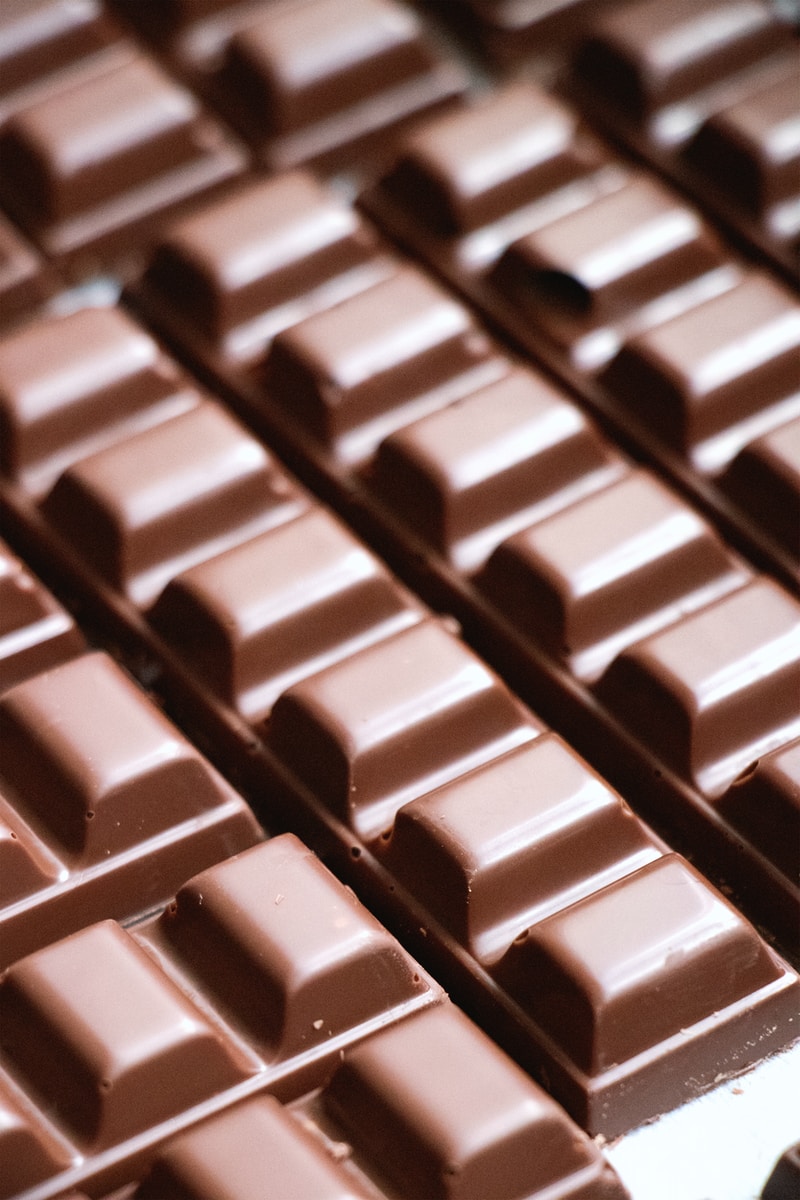
A conveyor belt vibrates and shakes the mold to ensure proper settling of chocolate and removal of all air bubbles. Then chocolate is sent to a refrigeration room and allowed to cool. After cooling and solidifying, chocolate bars are removed from the molds, and you can then pack and wrap them in foil or paper packaging following the appropriate labeling standards.
Can you create chocolate bars without tempering the chocolate?
Definitely. That’s because some chocolate bars are made with compound chocolate. Compared to pure chocolate, compound chocolate comprises approximately 35-40% hard fat, 8-18% cocoa, about 2% milk solids, lecithin, and flavor. Isn’t anything missing? That’s right, cocoa butter.
Vegetable fats such as coconut oil and palm oil are used to replace cocoa butter in compound chocolate. Since there is no cocoa butter, you don’t have to temper your chocolate but simply melt it at approximately 35°C to 37°C. In this case, chocolate bars are not made by molding, but compound chocolate is used to replace enrobed chocolate on a product.
Pink is not just a color and ruby chocolate bars are proof of that

Last 2017, Barry Callebaut introduced the fourth variant of chocolate along with milk, dark and white varieties: the ruby chocolate. Compared to the chocolate we know, this type had a pink color and a slightly sweet and sour flavor. Ruby chocolate is made from the ruby cocoa beans by minimizing fermentation (no more than three days or less), treating them with an acid, and removing fatty acids to retain the color.
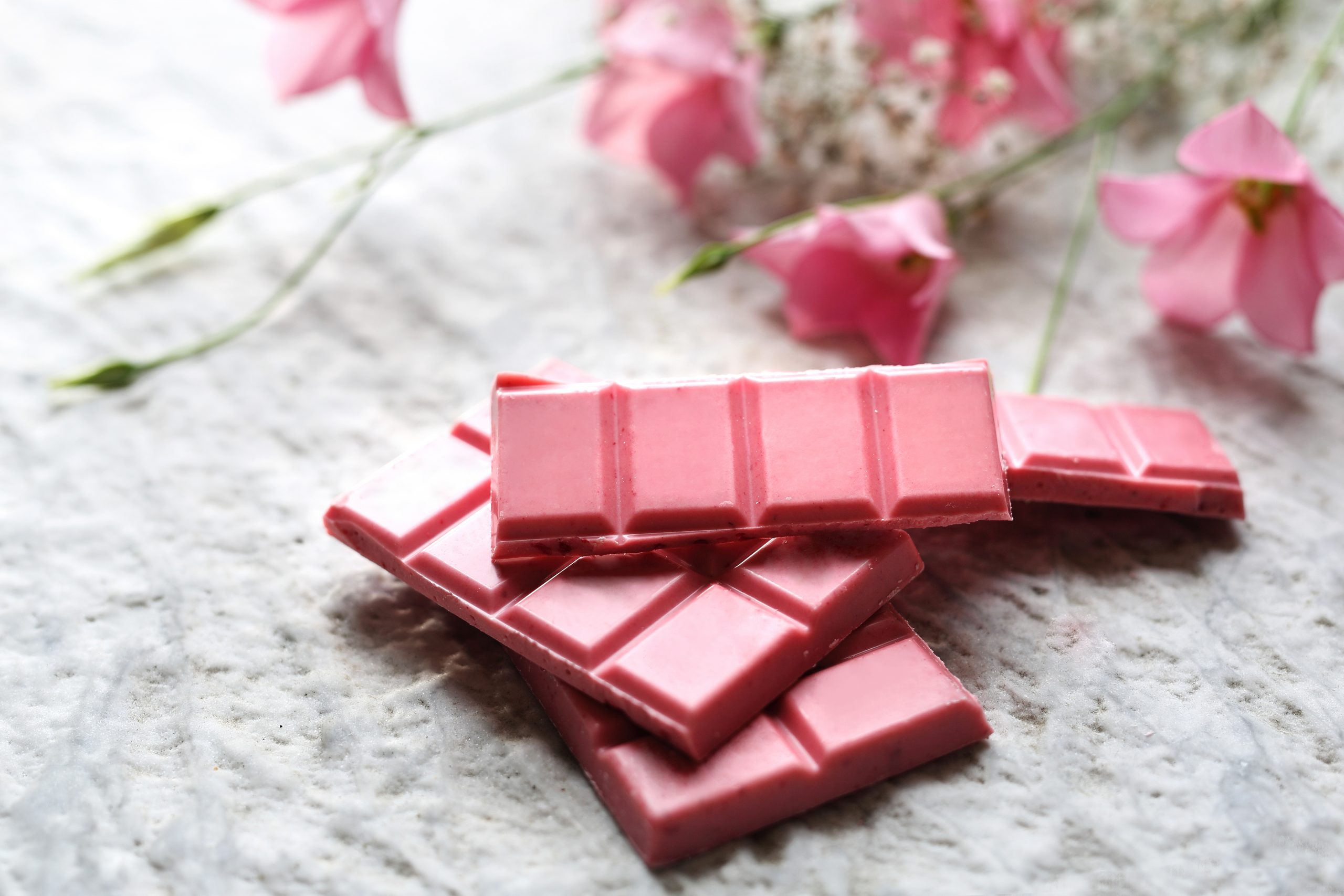
If you are planning to produce ruby chocolate bars, you can still use the same chocolate bar processing method. To make your ruby chocolate bars, you will also need to grind and melt the beans or bars, subject these to tempering and refinement, and finally to cooling, cutting, and packaging. Other than the ruby cacao beans, there is no difference in their production method or chocolate bar making equipment compared to pure chocolates, so get that pink on if you can!
Healthy chocolate bars: a dream or reality?
Chocolate bars and chocolate are not really considered a healthy food in general. However, studies have shown that there are compounds in chocolate that are helpful in maintaining overall body health.
The main ingredient, cocoa, contains flavonoids, such as catechin, epicatechin, and procyanidins, which help lower cholesterol, reduce inflammation, and improve blood flow. In addition, there have been studies proving it can be beneficial for your brain by enhancing the blood flow needed for memory and thinking.
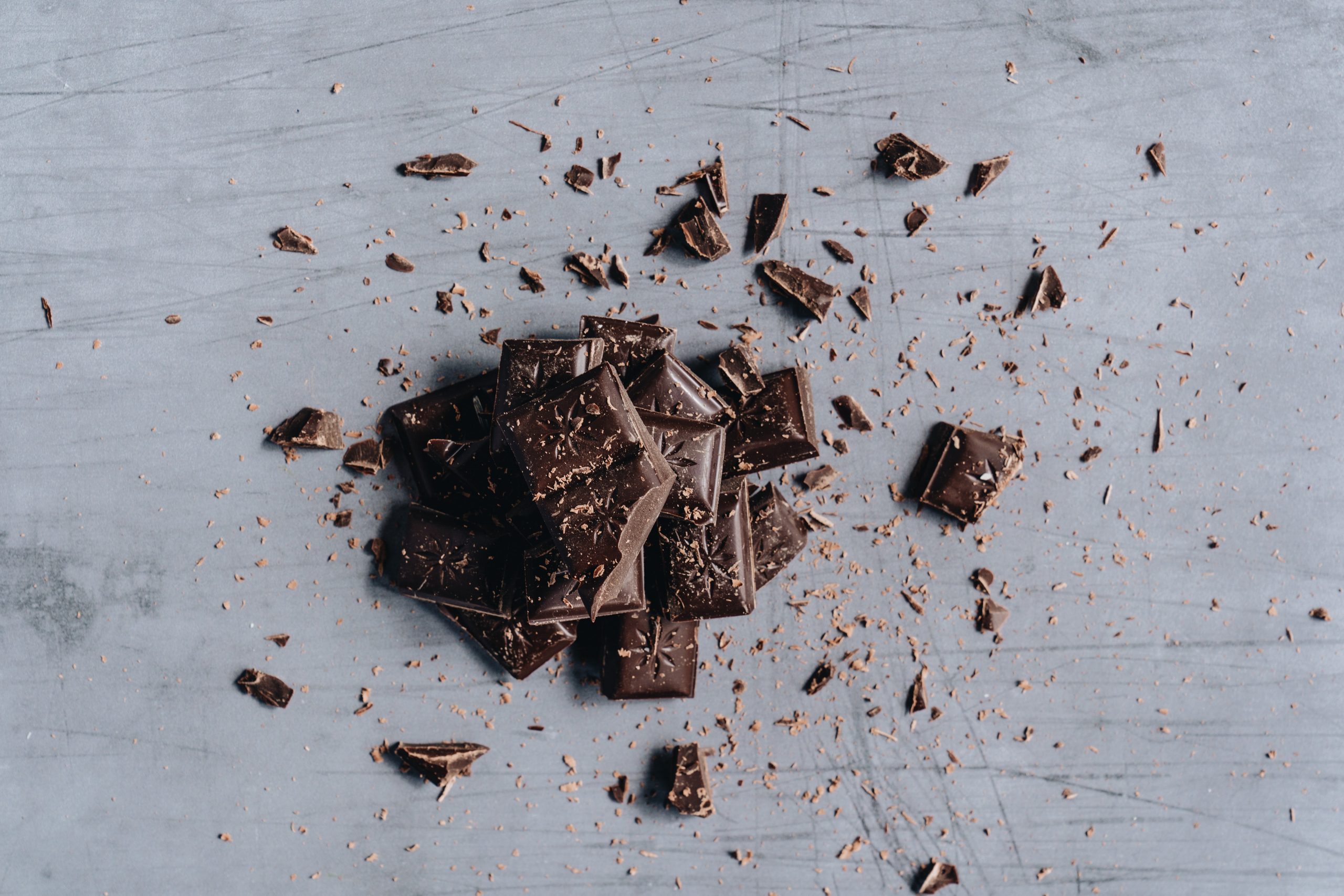
Focusing on cocoa, you can efficiently market high-cocoa, high purity dark chocolates for these health effects. Higher cocoa content translates to a higher amount of these flavonoids, thereby increasing the health value of your chocolate bars. Some chocolate brands also add extra flavonoids for additional nutritional value. Furthermore, you may consider adding fresh ingredients, such as fruits, vegetables, or nuts. Healthy artificial sweeteners, such as stevia and coconut sugar, may also be considered to improve sweetness while reducing calories.
Processing steps involved in chocolate bars making
Which chocolate bars technology do you need?
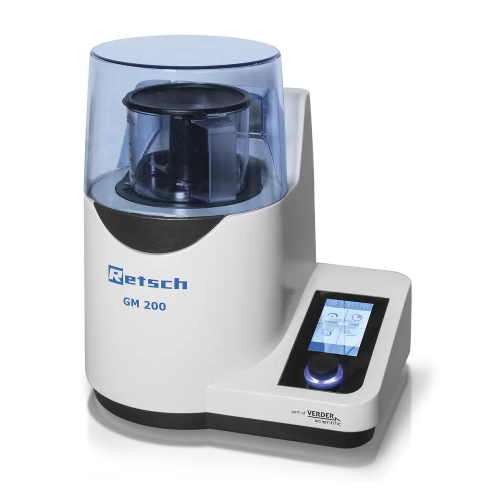
Knife mill for food and feed sample grinding and homogenization
Achieve consistent texture and precise size reduction of...
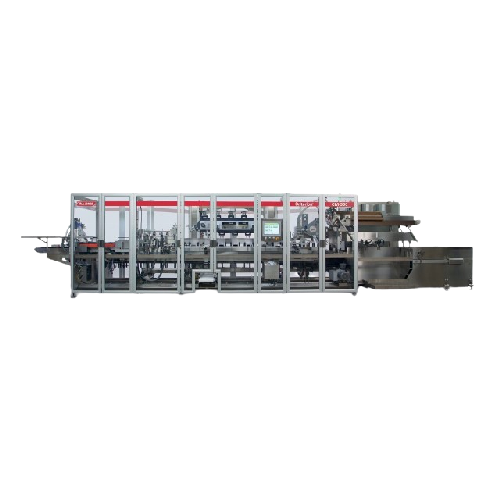
Medium-speed end load cartoner for food and beverage packaging
Streamline your packaging line with versatile cartoning c...
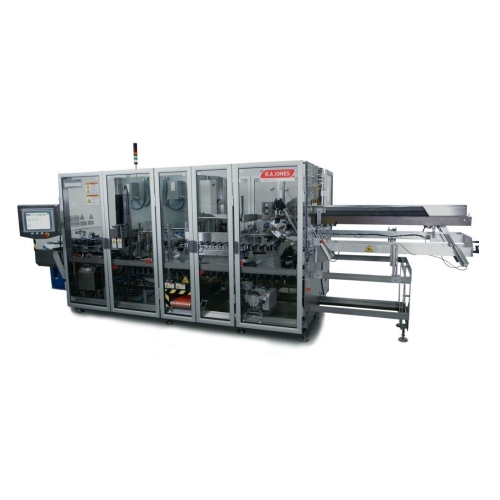
Intermittent end load cartoner for baked goods and snacks
Optimize your packaging line with an efficient, space-saving c...
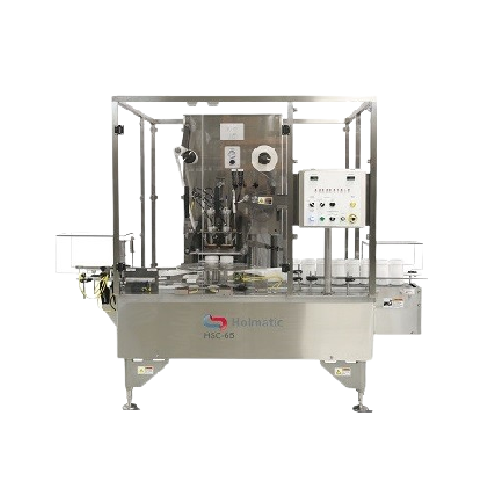
Rotary indexing sealer for cup filling
Streamline your production line with precise cup filling and sealing, ideal for a wi...
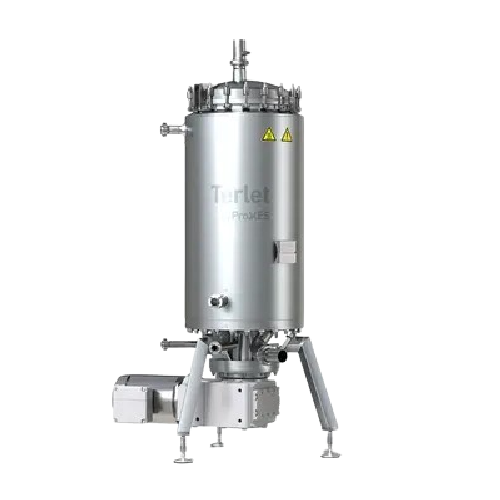
Heat exchangers for efficient heat transfer in industry
Achieve precise temperature control across diverse viscosities wi...
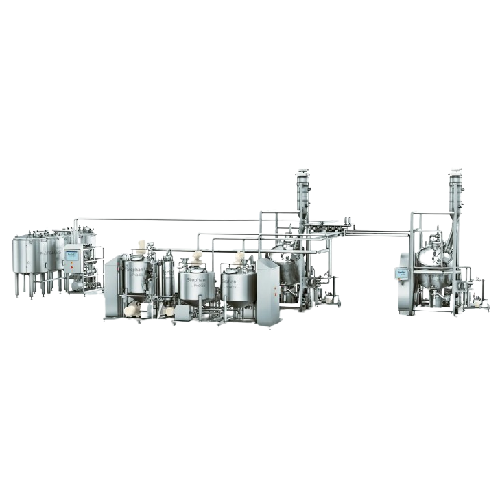
Continuous nut paste production line
Elevate your production efficiency with a versatile preparation line designed to seaml...
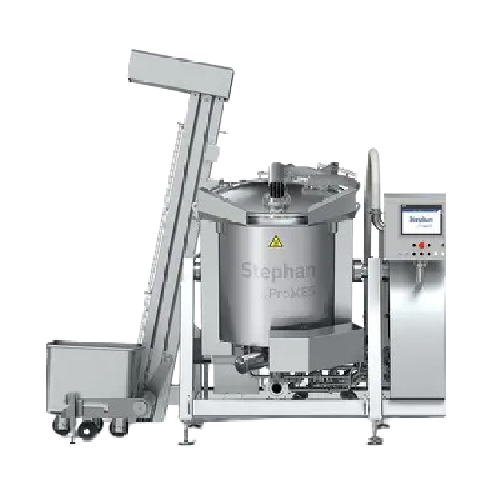
Industrial cooker for sauces and stews
When producing diverse culinary delights such as sauces and stews, achieving even he...
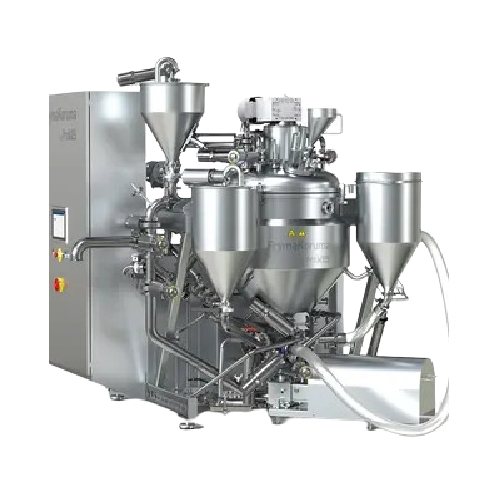
Vacuum deaeration system for mustard and liquid detergents
Ensure optimal product quality by effectively removing air fr...
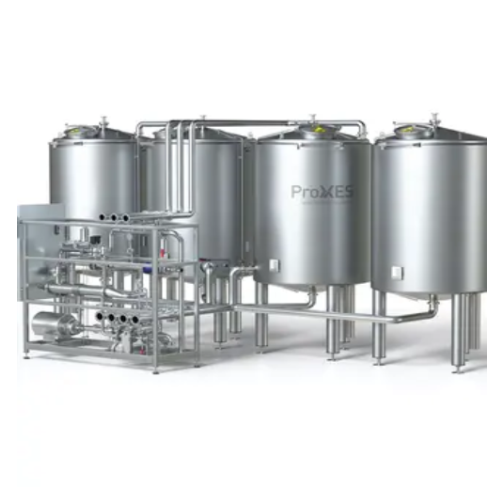
Cleaning systems for food, pharmaceuticals, and cosmetics
Ensure optimal hygiene and safety with advanced cleaning syste...
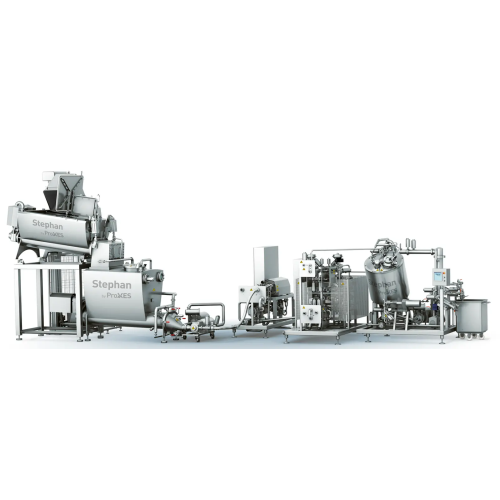
Continuous caramel process line
Optimize your continuous food processing with an engineered-to-order line tailored for preci...

Chocolate tempering quality analyzer
Ensure your chocolate’s tempering precision with a device that accurately assess...
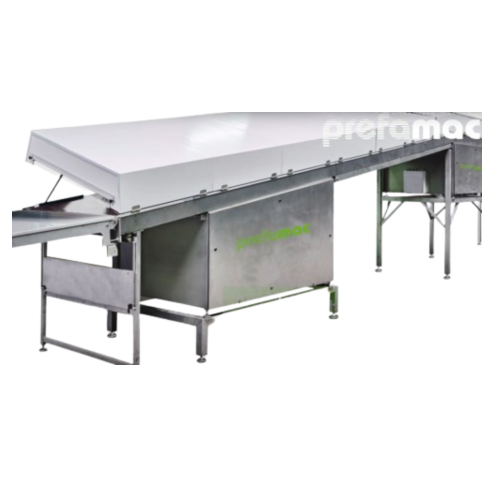
Precise dosing technology for praline and chocolate production
Streamline the production of pralines, chocolate bars, an...
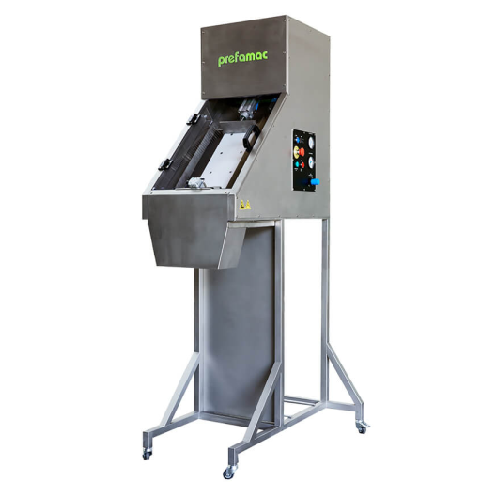
Chocolate block flaking solution
Enhance your confectionery production with versatile flaking capabilities, perfect for crea...
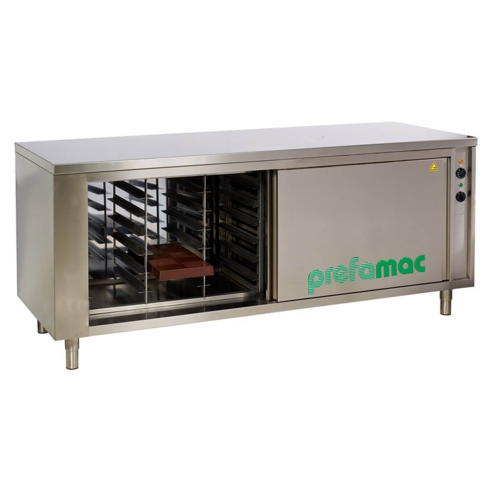
Heating cabinets for chocolate processing
Optimize your confectionery production by maintaining precise temperature contro...
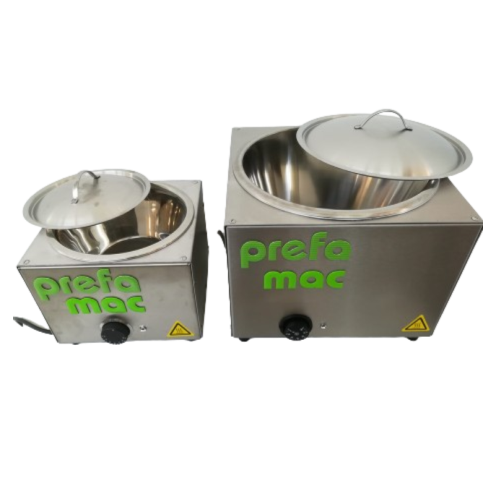
Chocolate melting trays for small-scale applications
Efficiently melt chocolate with precision and ease using compact, el...
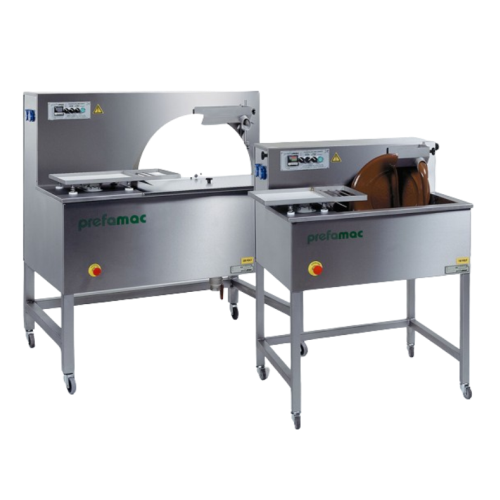
Chocolate moulding system for small-scale production
Optimize your chocolate production by efficiently melting, tempering...
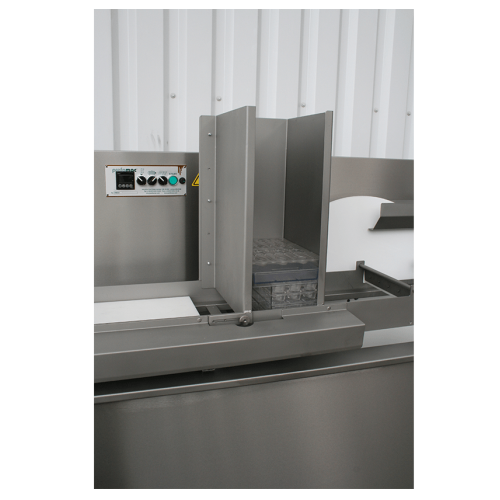
Pneumatic scrapers for chocolate mould filling
Achieve precise chocolate moulding with pneumatic scrapers that streamline ...
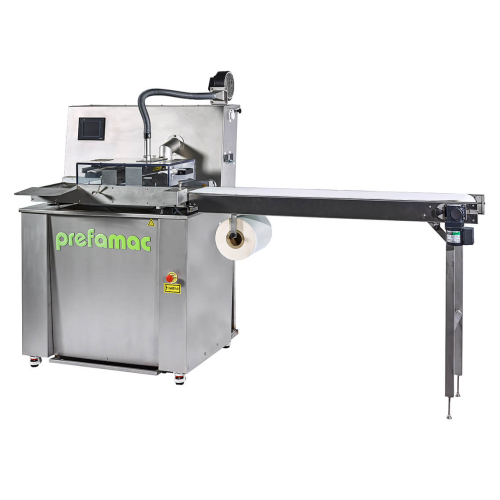
Chocolate tempering system for mould filling and vibrating
Ensure a flawless finish for chocolates and confections with ...
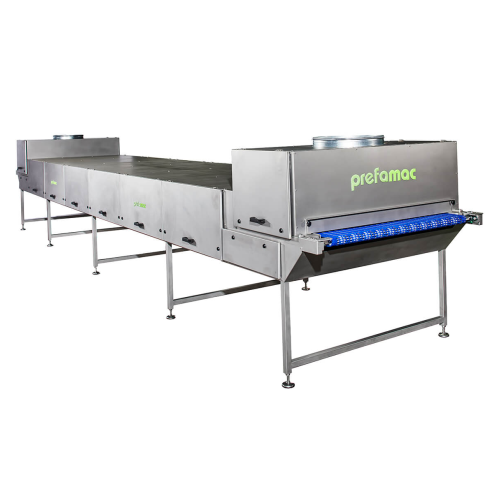
Tailor-made transport systems for confectionery production
Optimize your confectionery production line with customizable...
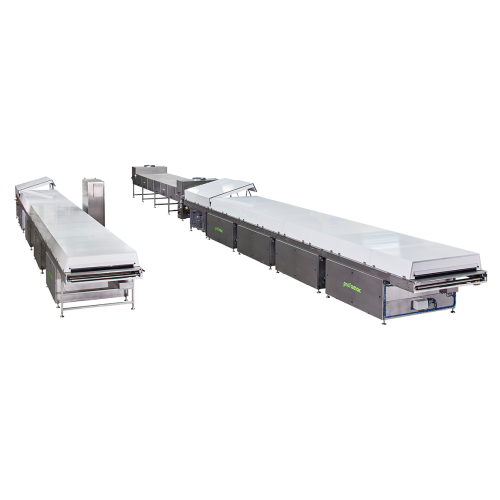
Cooling tunnel for biscuits and chocolates
Ensure product quality and consistency with precision-controlled cooling tunnel...
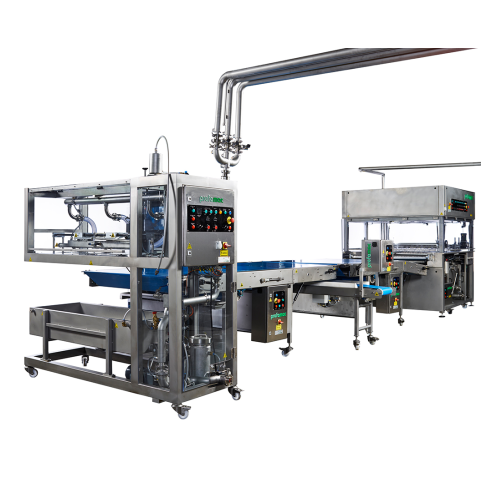
Chocolate decoration system for pralines and biscuits
Achieve intricate chocolate patterns and uniform coatings on confec...
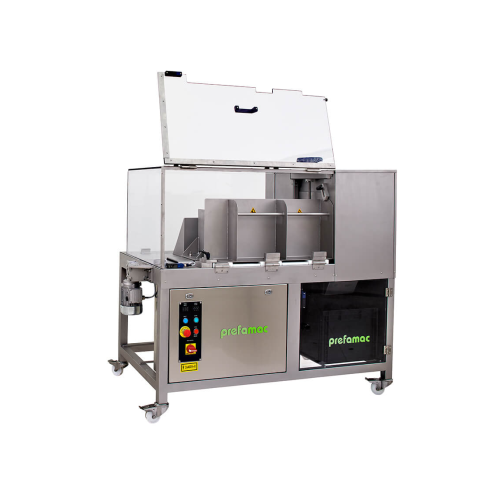
Industrial chocolate flaking solution
Optimize your confectionery production with high-speed flaking technology, ensuring p...
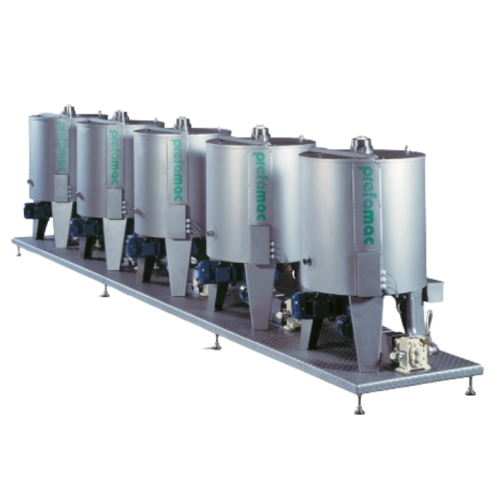
Melting and mixing kettles for chocolate production
Achieve consistent melting and mixing of chocolates, butter, and jams...
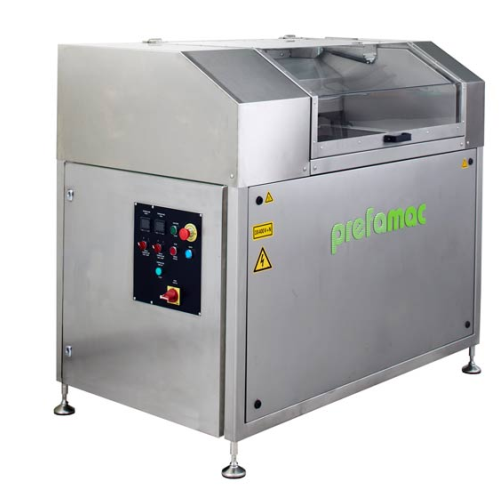
Rapid chocolate and fat melting system
Optimize your confectionery production with an efficient solution designed to rapidl...
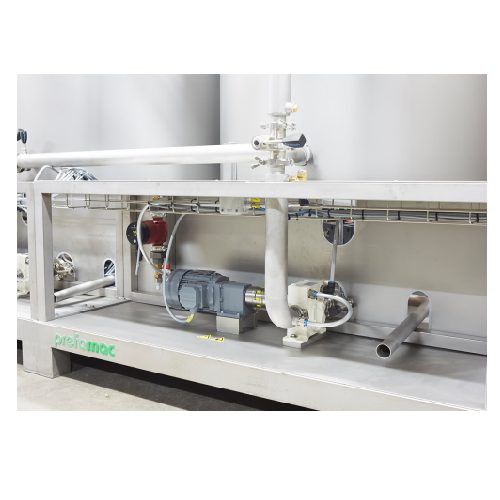
Continuous tempering machine for chocolate production
Streamline your chocolate production with precise tempering, ensuri...

Chocolate transport system for feeding and packaging
Enhance your chocolate production with a versatile transport system ...
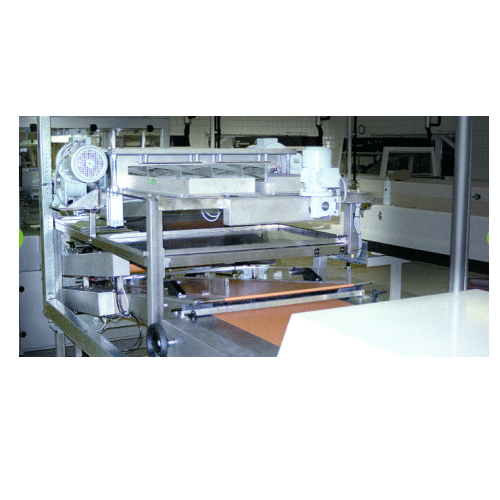
Industrial chocolate flakes production equipment for decorative applications
Achieve perfect decorative chocolate curl...
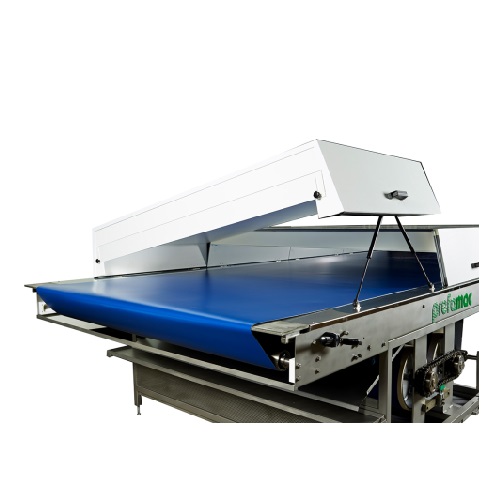
Cooling tunnel for biscuit and chocolate production
Ensure consistent quality control in your confectionery production wi...
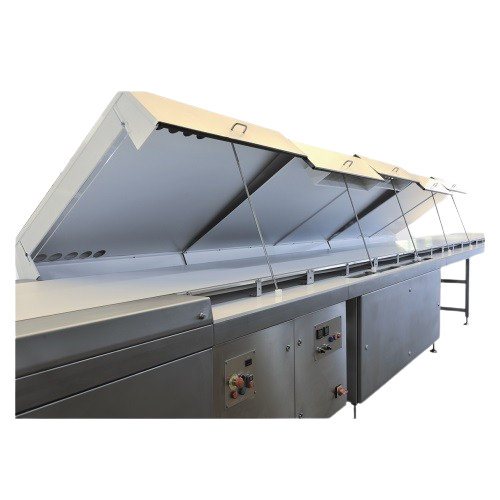
Continuous cooler for biscuits and chocolates
Enhance cooling efficiency for your confectionery and bakery production with...
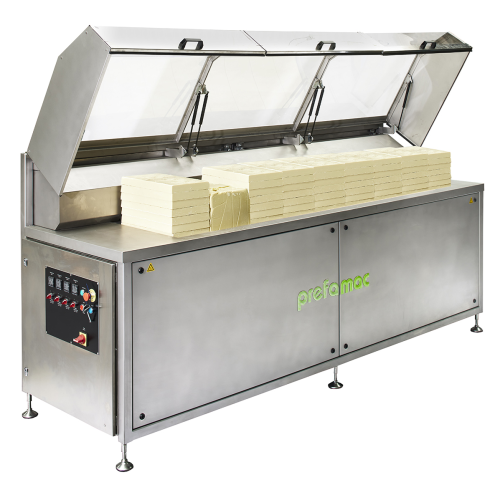
Chocolate melter for large quantities
Efficiently melt and maintain the temperature of substantial chocolate quantities wit...
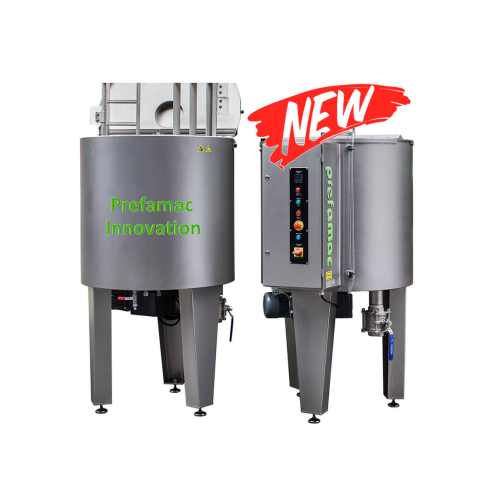
Melting and mixing kettle for chocolate production
Optimize your confectionery production with this versatile melting and...
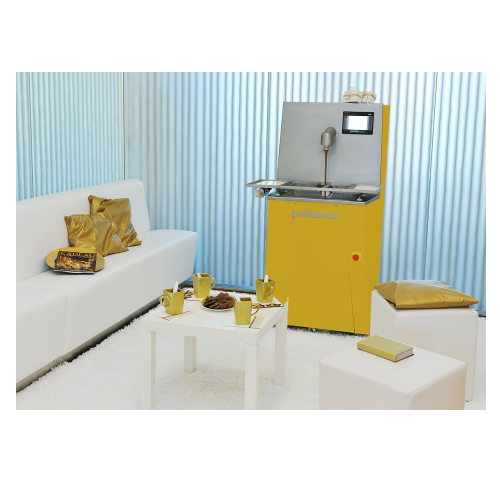
Compact chocolate tempering solution
Enhance your chocolate products’ finish and efficiency: this compact solution en...
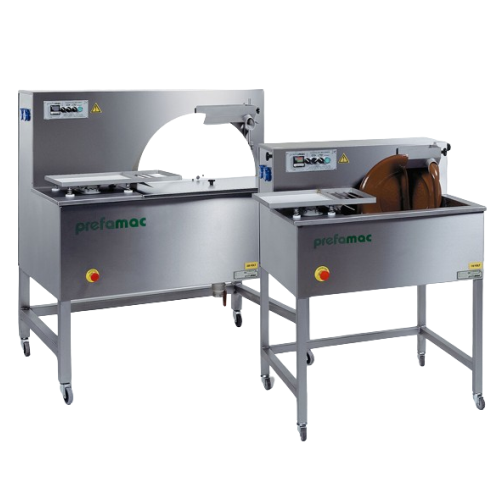
Chocolate moulding system for small batch production
Streamline your chocolate product line with precision moulding and t...

Precision chocolate production from cocoa nibs
Achieve ultra-fine chocolate textures by utilizing stone conching to bring ...
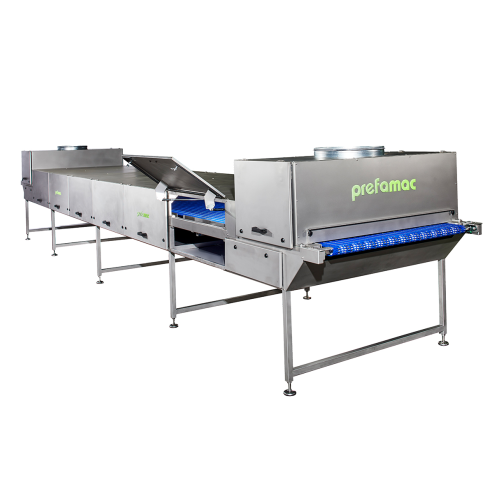
Cooling tunnel for industrial pre-cooling
Efficiently reduce product temperatures with this custom-designed air cooling tu...
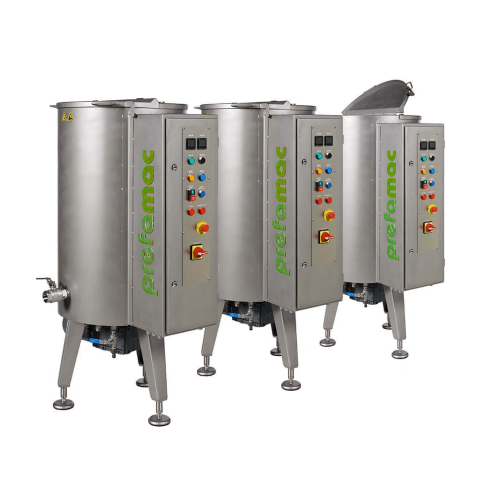
Batch tempering solution for chocolate production
Achieve precise temperature control for chocolate consistency and quali...
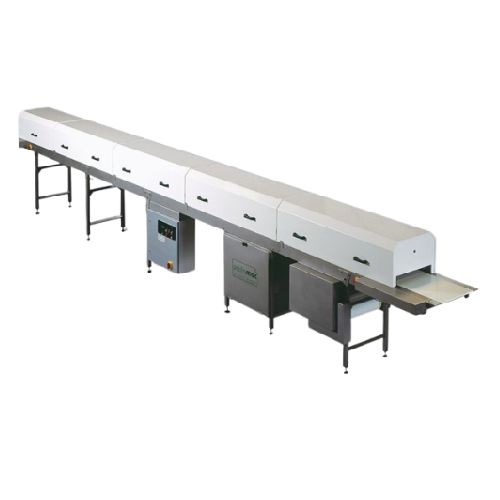
Cooling tunnel for artisanal biscuits and chocolates
Streamline your confectionery production with a cooling solution des...
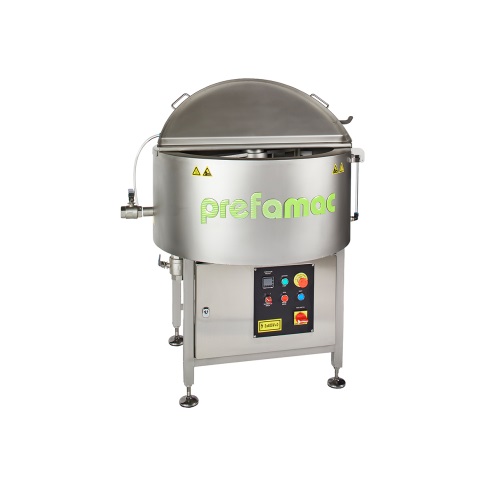
Chocolate melting and mixing kettle for small-scale production
Streamline your confectionery production with a compact k...
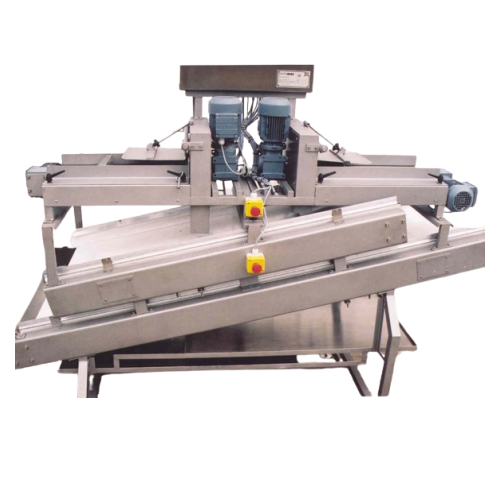
Industrial chocolate flaking system
Achieve precise chocolate flake dimensions effortlessly, enhancing product textures and...
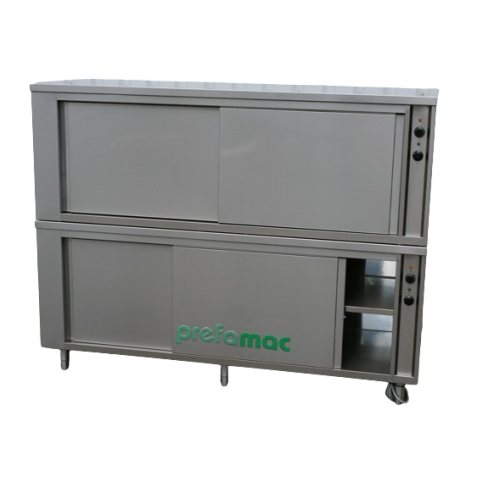
Double heating cabinet for melting and preheating chocolate
Optimize space while ensuring precise temperature control fo...
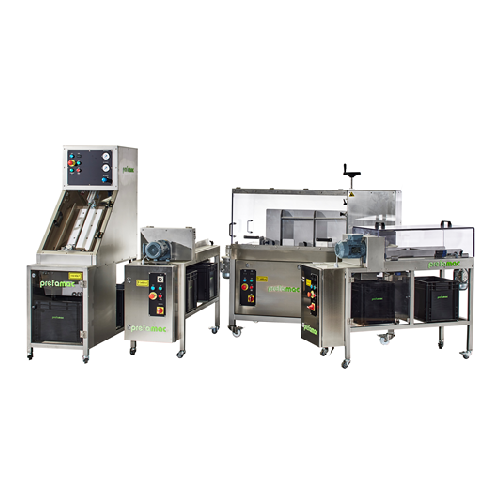
Compact chocolate flake maker
Effortlessly transform solid chocolate blocks into precise flakes and curls, enhancing the vis...
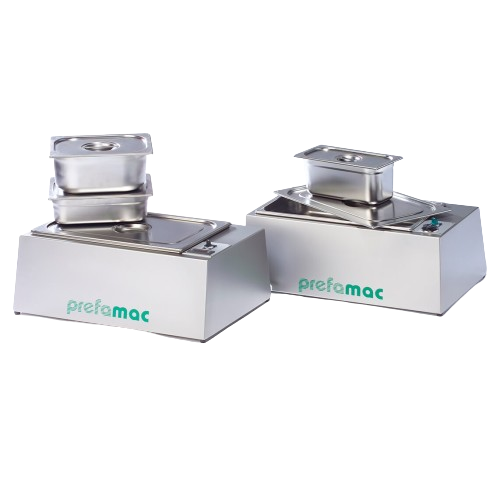
Electric melting tray for small-scale chocolate applications
Effortlessly melt and prepare chocolate with precision and ...
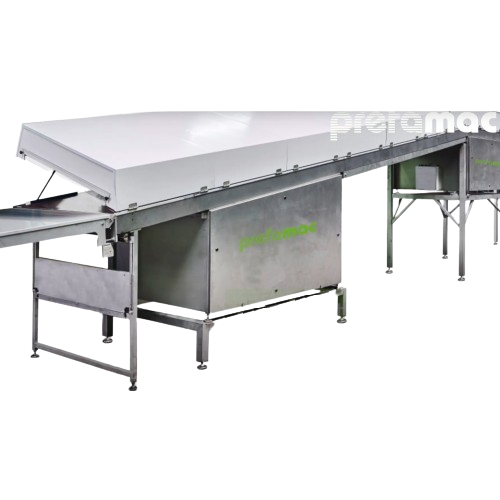
Dosing system for kügel chocolate moulds
Automate your chocolate production with precision dosing, seamlessly integrating m...
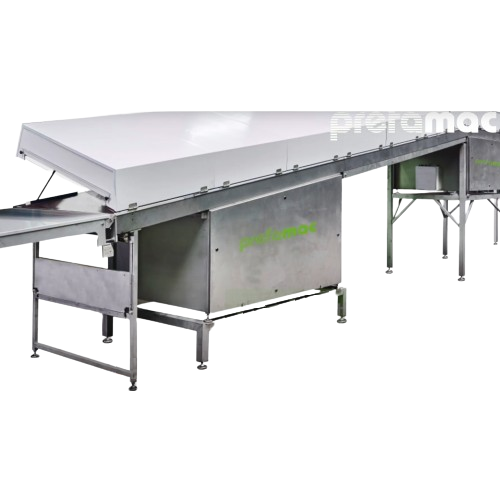
Chocolate filling application system for manons
Efficiently apply a variety of fillings, from delicate buttercream to rich...
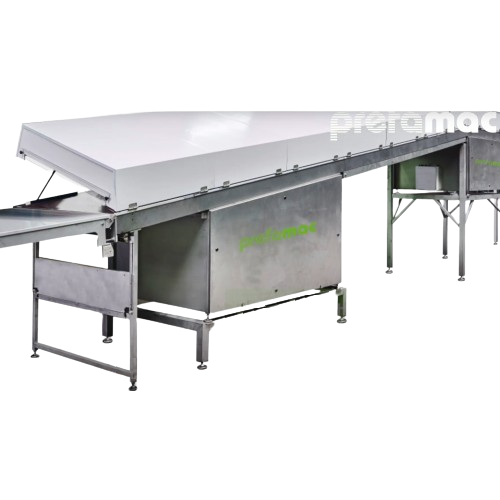
Mini praline dosing system
Achieve precise dosing and versatile moulding for mini pralines and chocolate creations, streamli...

Dosing system for chocolate tablets
Enhance your confectionery production with a versatile solution for precise dosing and ...
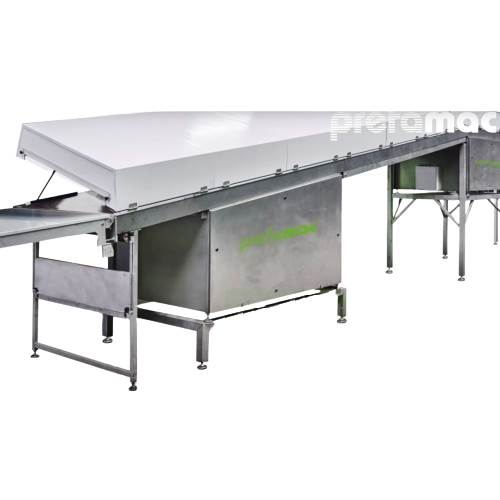
Filling system for chocolates and pralines
Efficiently dose, mold, and fill chocolates to create a variety of enticing con...
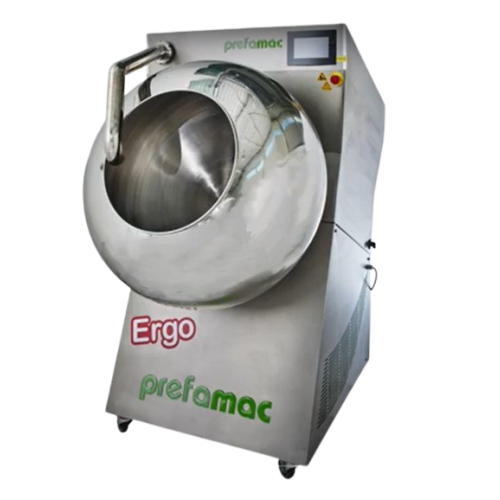
Chocolate coating system for nuts and small biscuits
Effortlessly achieve consistent chocolate coatings on nuts, fruits, ...
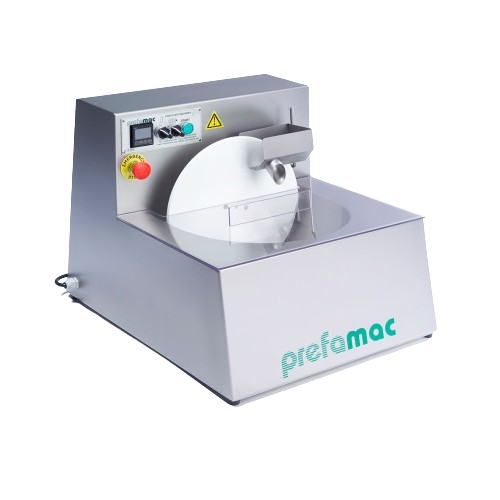
Compact chocolate moulding system
Optimize your chocolate creations with a compact system designed for easy melting, temper...
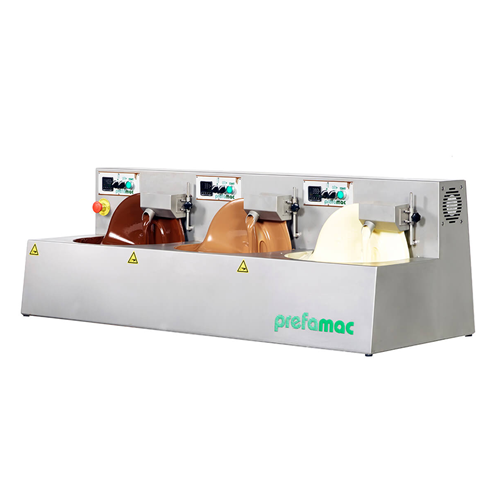
Compact chocolate moulding solution 3-in-1
Streamline your confectionery creations with a versatile 3-in-1 machine that se...
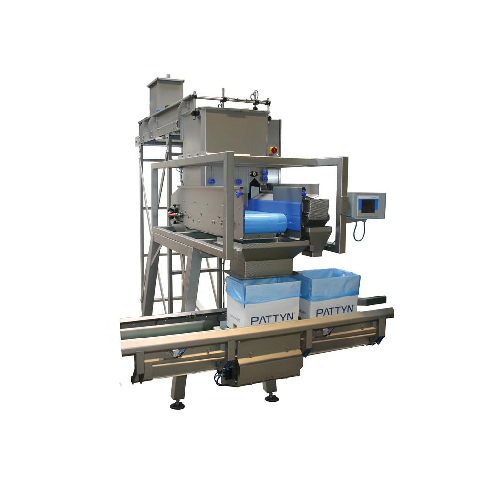
Linear belt vibratory weigh filler for solid chocolate
Optimize your chocolate production by minimizing product giveaway ...
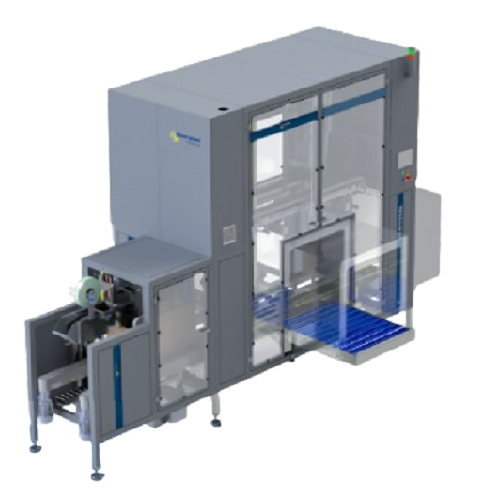
Automated bag sealing for packaging lines
Enhance your packaging efficiency by seamlessly integrating an automated bag sea...
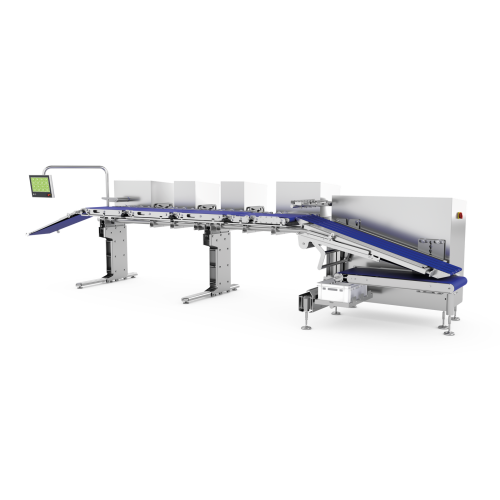
Belt loaders for automated food packaging
Streamline your packaging line with precision-engineered belt loaders, designed ...
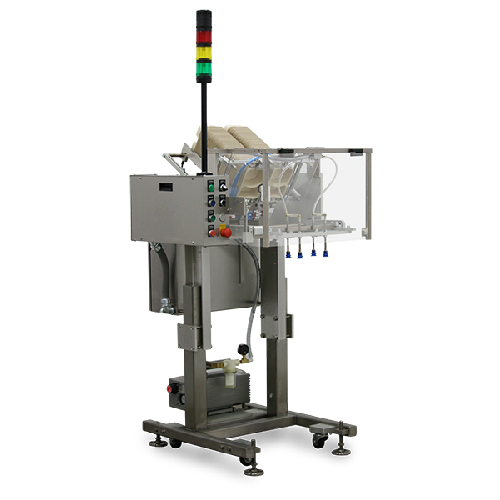
Intermittent pick and place solution for stackable items
Optimize your production line with high-speed, intermittent oper...
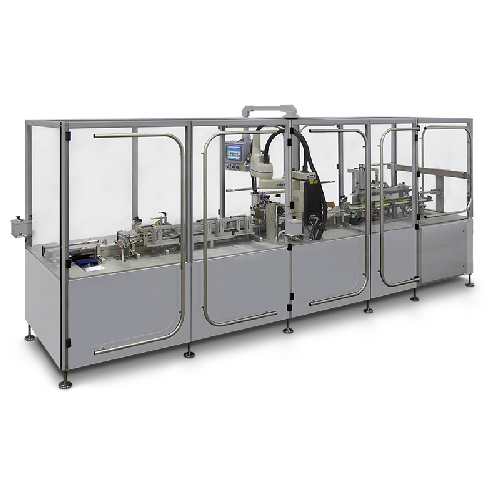
Top load cartoning system for pharmaceuticals
Optimize your packaging line with precision top-load cartoning, designed for...
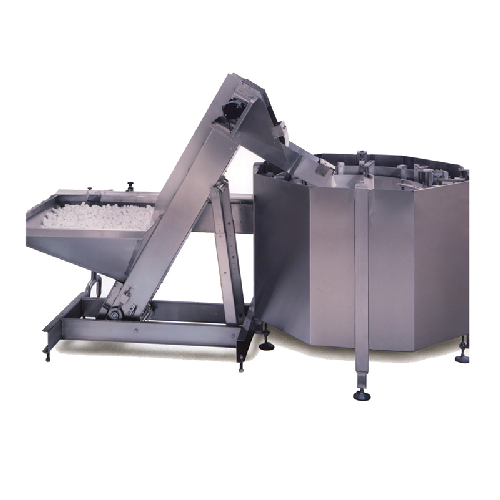
Centrifugal bowl feeder for high-speed bulk item feeding
Optimize your production line with high-speed feeding of diverse...
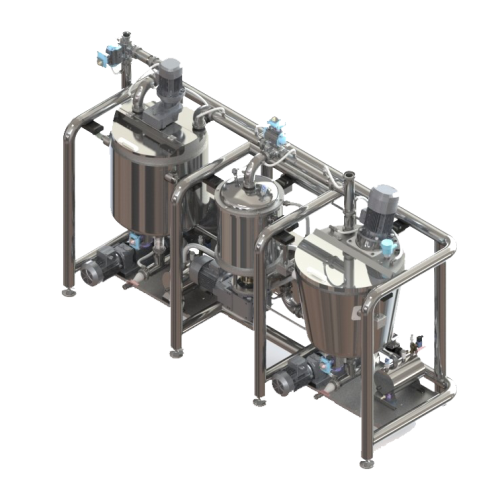
Fat slurry homogenization mill for chocolate processing
Achieve precise chocolate and confectionery homogenization with e...
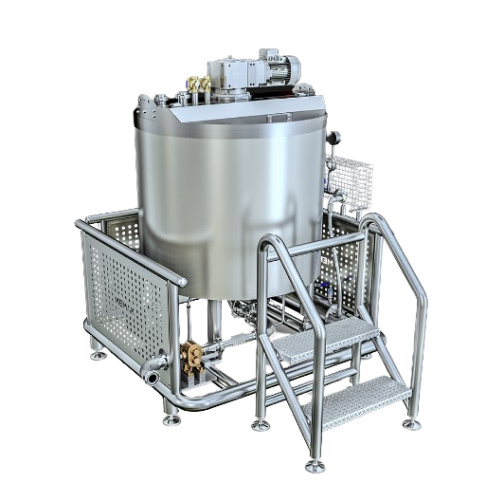
Industrial storage tank for chocolate ingredients
Ensure consistent quality for your confectionery products by integratin...
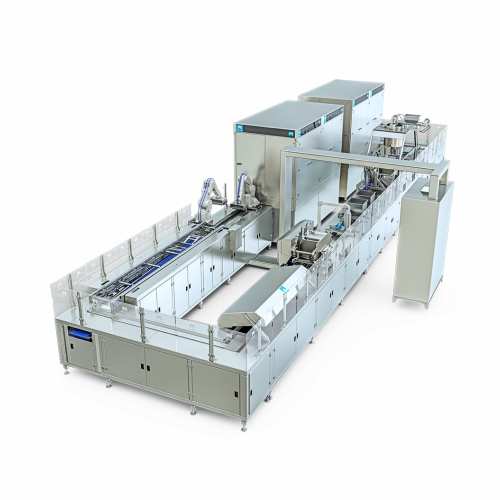
Automatic one-shot moulding line for chocolate production
Streamline your chocolate production with a versatile line tha...
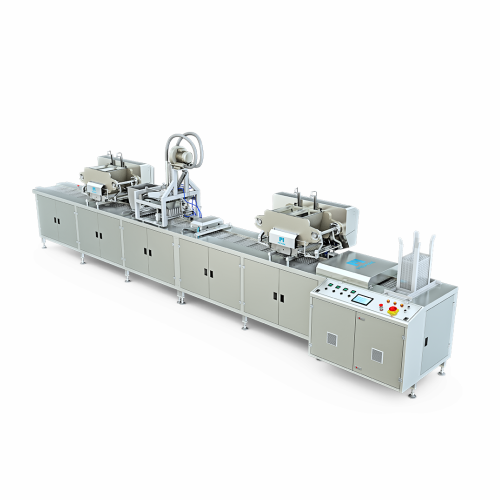
Chocolate moulding line for center-filled chocolates
Streamline your chocolate production with a versatile moulding line ...
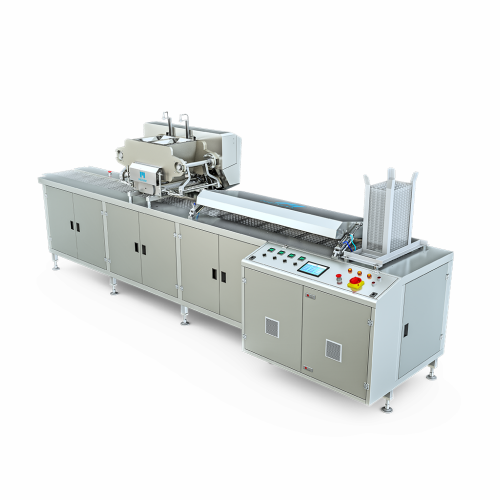
Chocolate one-shot moulding line
Streamline your chocolate production with a high-speed moulding line designed to simultaneo...
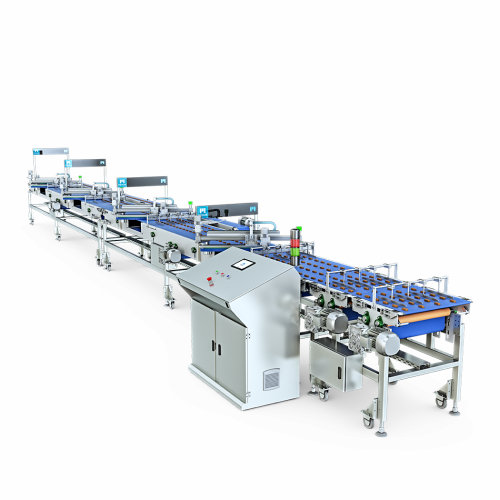
Automatic chocolate feeding conveyor
Efficiently connect your chocolate production to wrapping stages with this high-speed ...
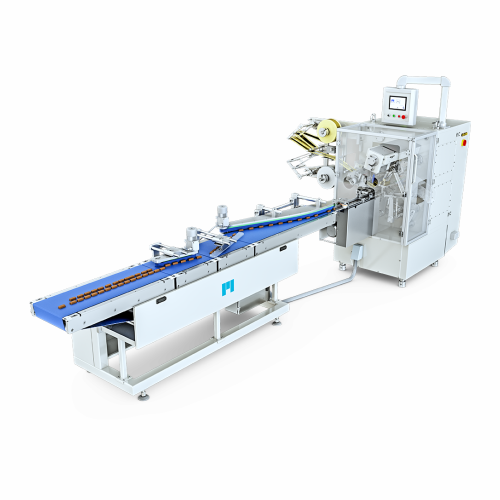
Chocolate wrapping machine for confectionery production
Achieve precision and elegance in packaging with high-speed wrapp...
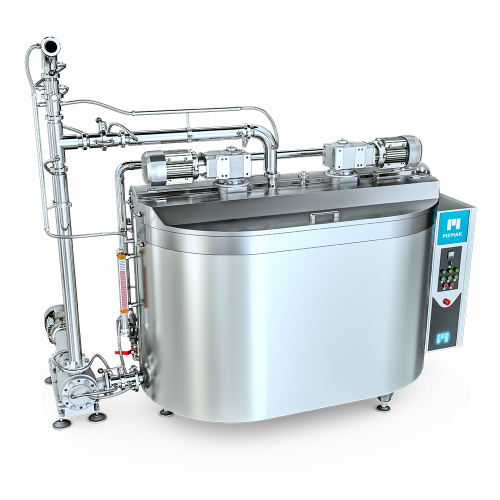
Chocolate raw material pre-mixer
Streamline your chocolate production by efficiently combining raw ingredients in a single p...
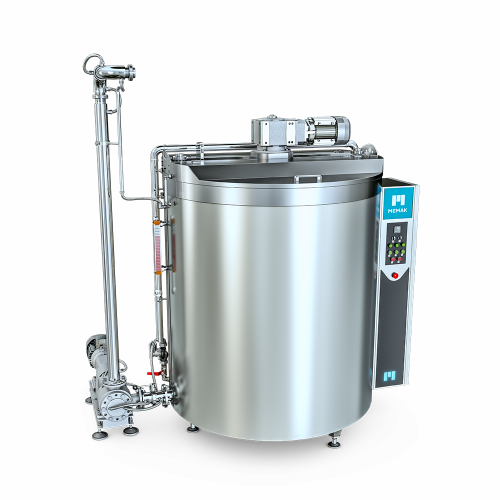
Chocolate storage tank
Optimize your chocolate production with seamless storage solutions that ensure consistent quality and ...
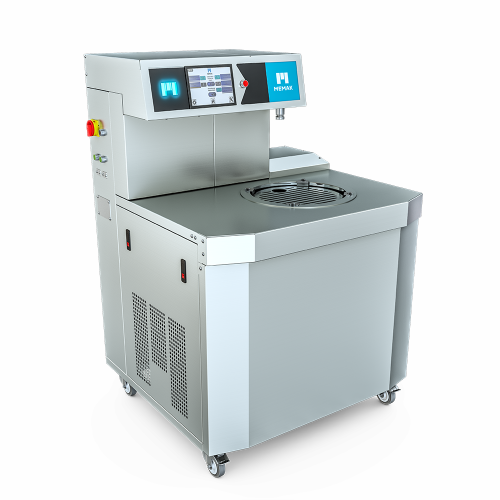
Chocolate tempering solution for industrial production
Achieve consistent chocolate crystallization with a machine that e...
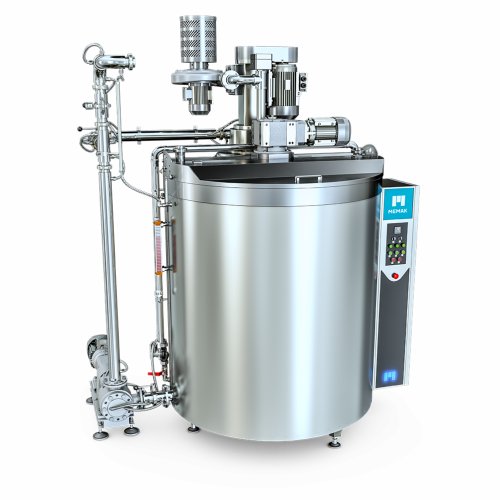
Conching solution for chocolate processing
Achieve optimal chocolate texture and flavor by ensuring efficient conching, cr...

Continuous chocolate mill
Enhance the texture and quality of your chocolate products with this high-speed milling solution, ...
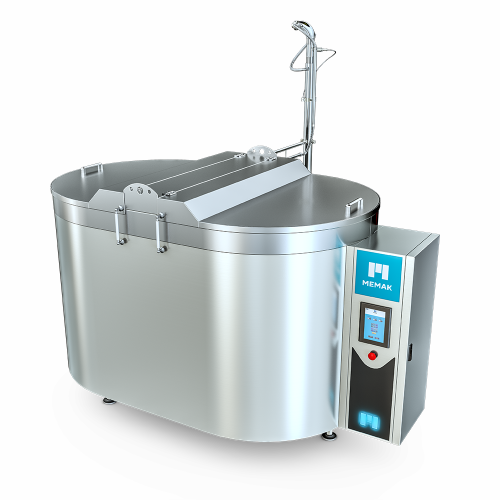
Industrial fat melting tank for bakery and chocolate production
Efficiently melt solid fats to precise temperatures with...
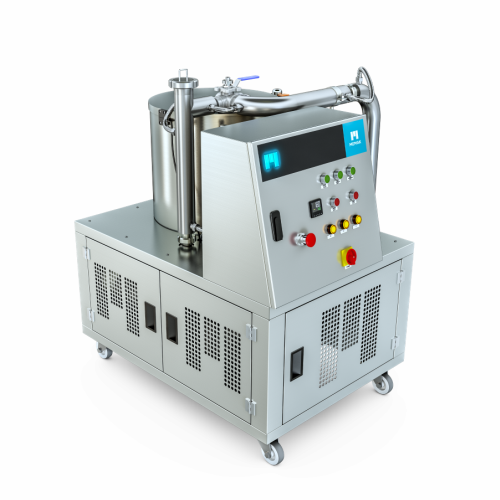
Laboratory type ball mill for chocolate and bakery applications
Optimize your R&D processes with precise grinding a...
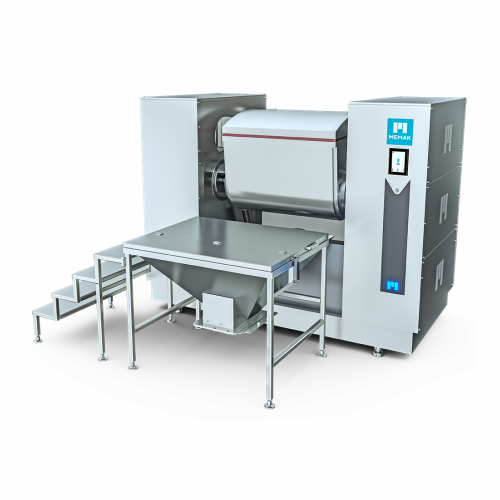
High viscosity material mixer for bakery and chocolate
Efficiently mix and knead high-viscosity materials for premium cho...
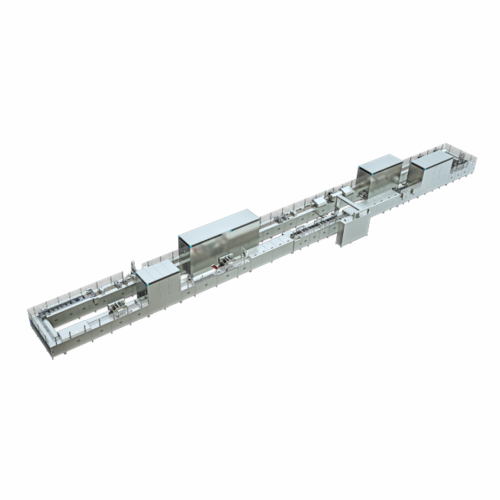
Automatic chocolate shell moulding line
Enhance your production capabilities with a cutting-edge moulding line that deliver...
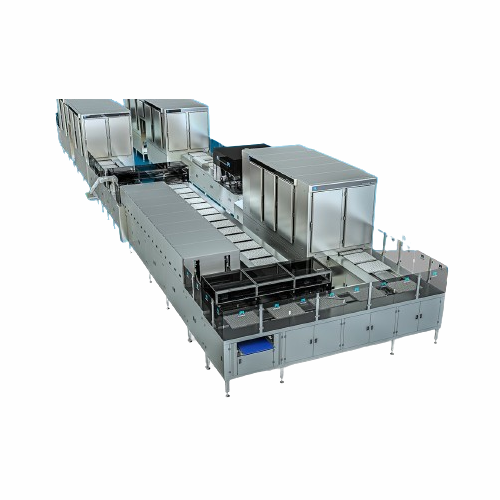
Industrial chocolate ball mill for uniform grinding
Achieve precise chocolate particle refinement with this robust ball m...

Chocolate moulding press for coco mass
Enhance your production line with precise chocolate moulding capabilities, shaping e...
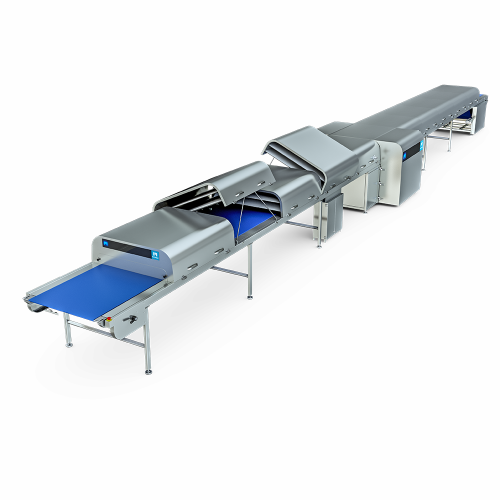
Chocolate cooling tunnel
Enhance your confectionery production with efficient cooling and precise crystallization, critical f...
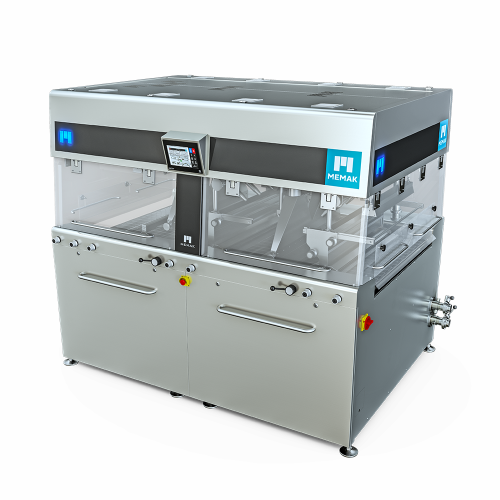
Enrobing system for high-quality chocolate applications
Enhance your confectionery line with precise chocolate coating ca...
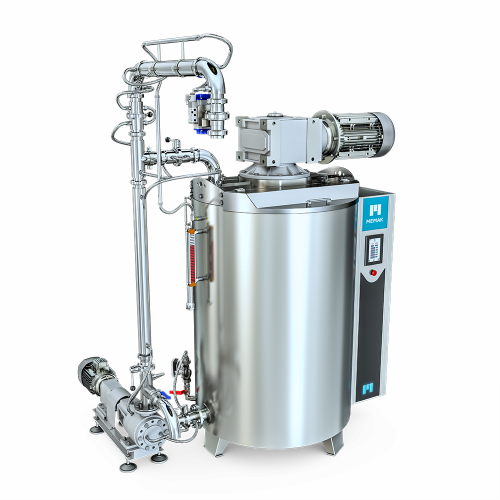
Chocolate ball mill for processing chocolate mass
Enhance your confectionery production with precision mixing and uniform...
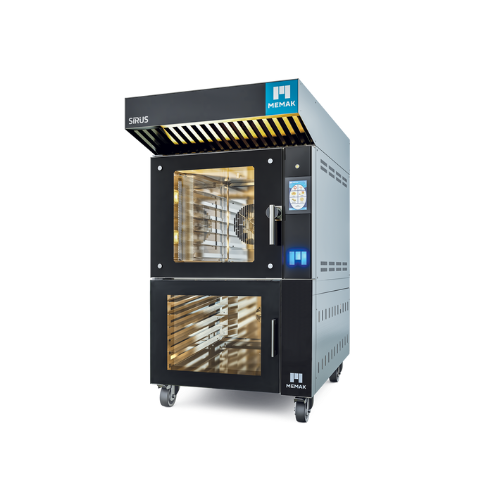
Advanced convection oven for bakery applications
Enhance your bakery’s production efficiency and product quality with a ve...
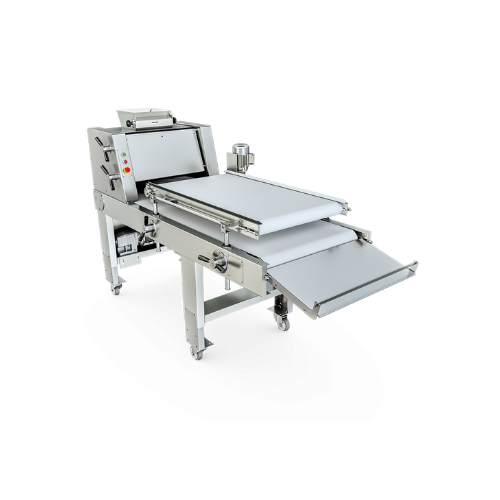
Industrial chocolate and dough sheeter
Streamline your chocolate and pastry production with robust dough sheeting and rolli...
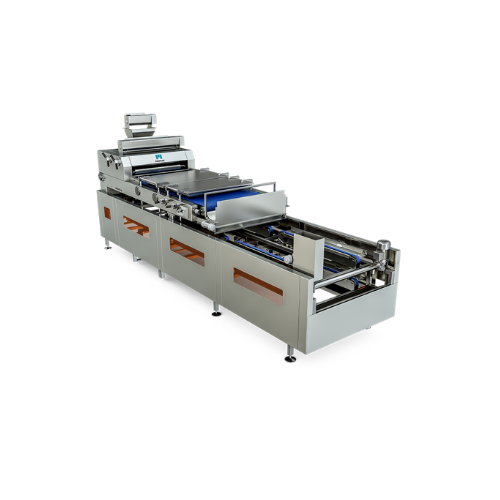
Dough aligning system for bakery production
Enhance your bakery’s precision and efficiency with a system that ensure...
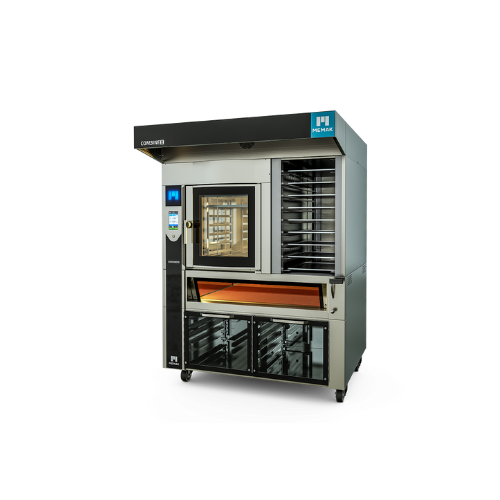
Combinex for baking high-quality breads and pastries
Optimize your bakery or confectionery production with precise temper...
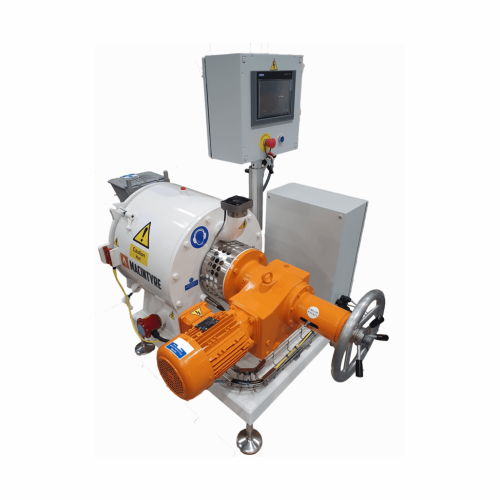
Laboratory refiner/conche for chocolate processing
For chocolate producers seeking precise control over texture and flavo...
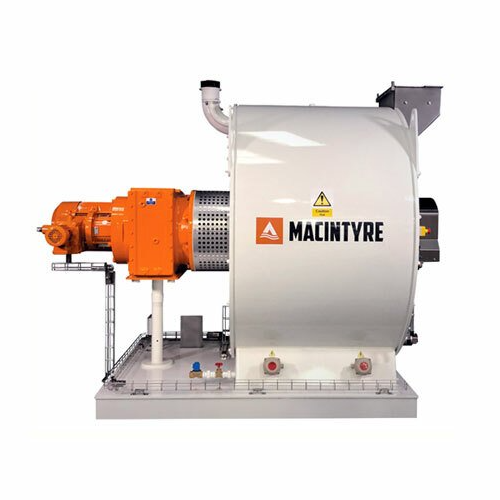
Duplex refiner/conche for chocolate production
Effortlessly transform cocoa, sugar, and other ingredients into smooth, fin...
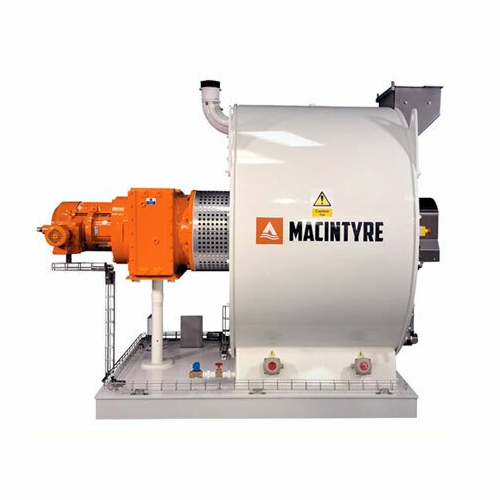
Commercial chocolate refiner/conche
Elevate your chocolate production with a versatile 5-in-1 solution, integrating cocoa m...
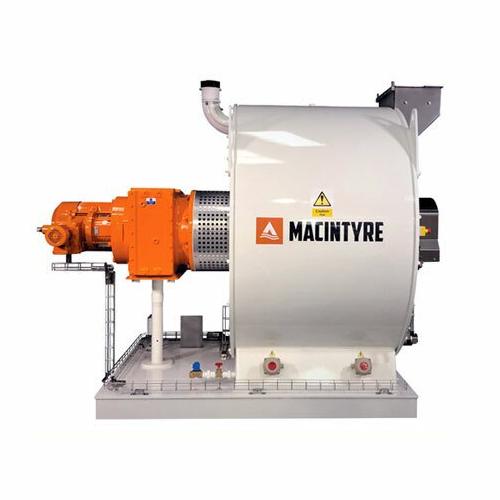
Chocolate refiner/conche system
Streamline your chocolate production with a versatile solution that combines grinding, mixin...
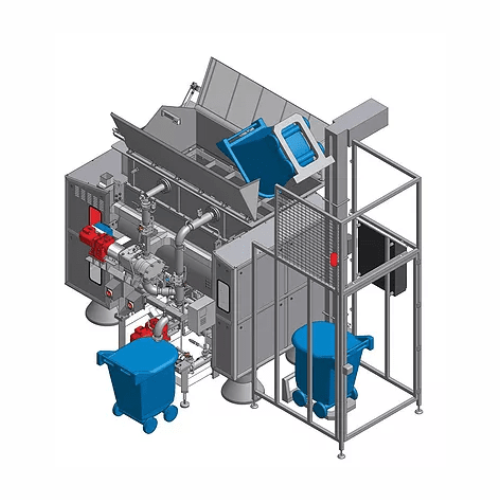
Industrial product rework system
Efficiently rework products while minimizing waste with a robust system designed for precis...
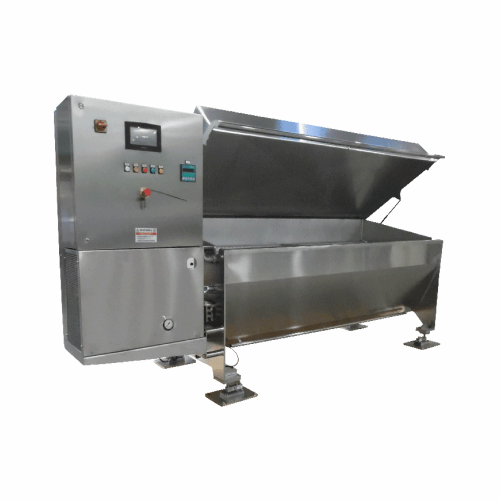
Cocoa butter and cocoa liquor melting unit
Optimize your chocolate production with a unit designed for efficient melting a...
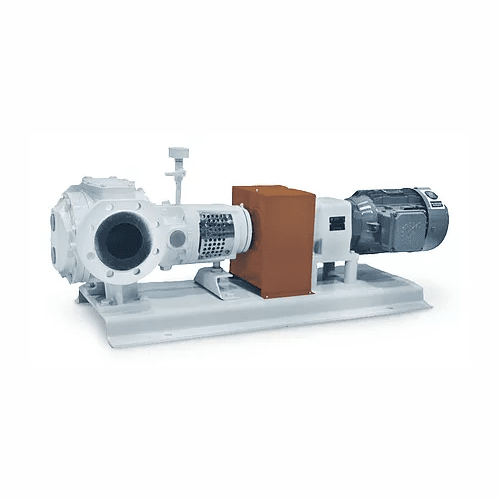
Chocolate pump for confectionery production
Effortlessly pump and convey a range of chocolate-based products with precisio...
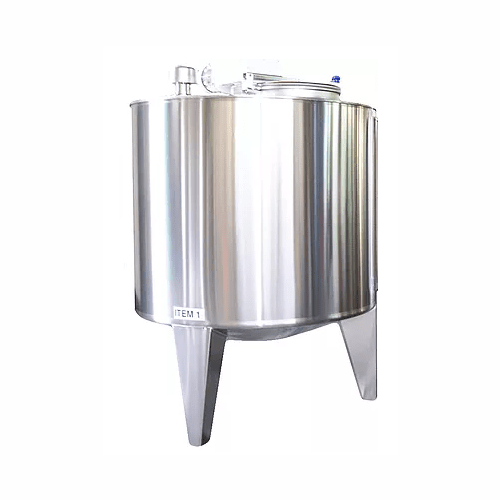
Chocolate storage tank for large-scale manufacturing
Enhance your chocolate production line with a storage system designe...
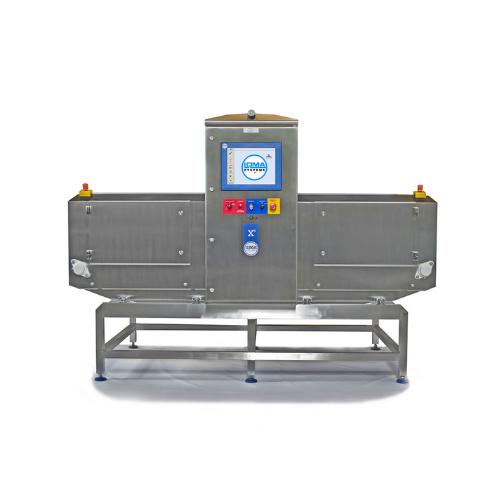
X-ray inspection system for large bulk products
Ensure consumer safety and product quality by efficiently detecting contam...
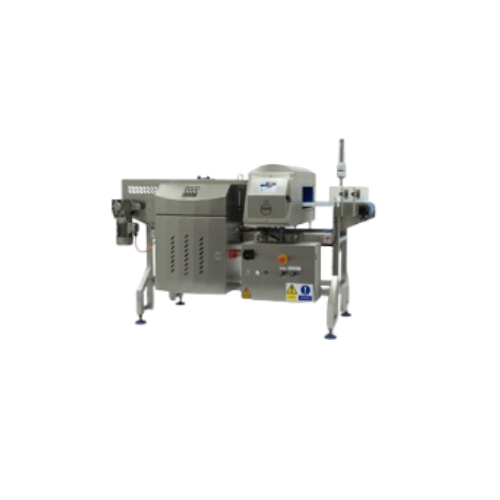
Metal detector for conveyorized applications
Enhance your production line by ensuring product safety with advanced metal d...
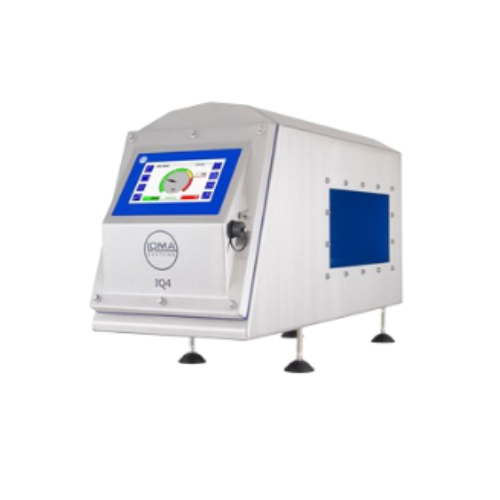
Industrial metal detector for food production lines
Ensure product safety and compliance by seamlessly detecting metal co...
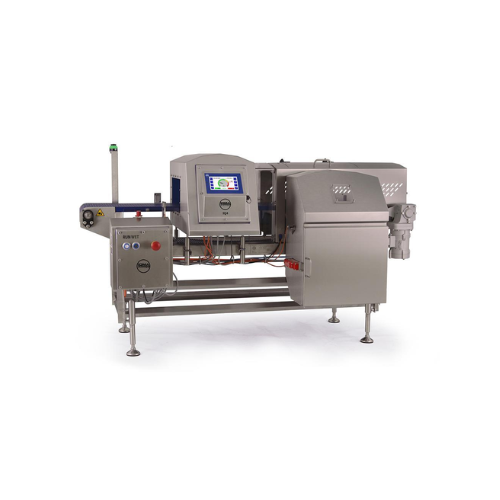
Conveyorized food metal detector for high-care environments
Ensure food safety with advanced metal detection tailored fo...
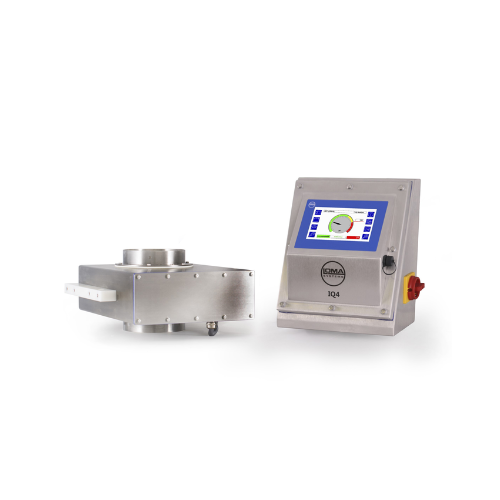
Gravity fed metal detector for dried foods
Ensure product purity and safety with metal detection between gravity feed hopp...
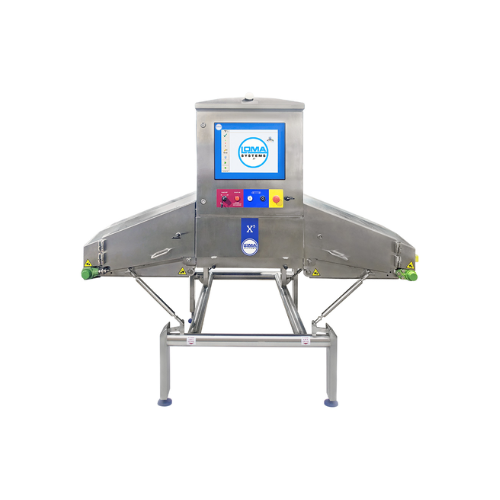
Curtainless x-ray inspection for small lightweight packaged food products
Eliminate product damage and false rejects w...
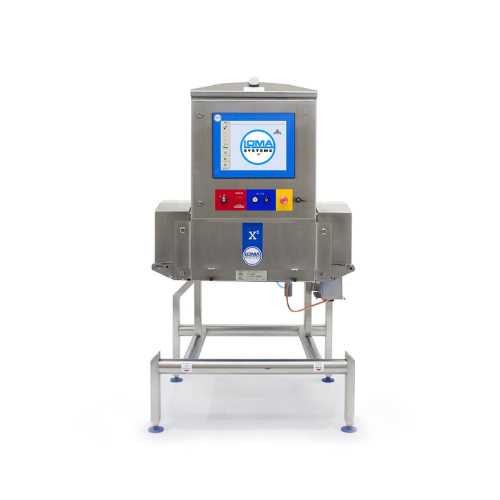
Compact x-ray inspection system for food safety
Enhance food product safety with advanced x-ray inspection, targeting both...
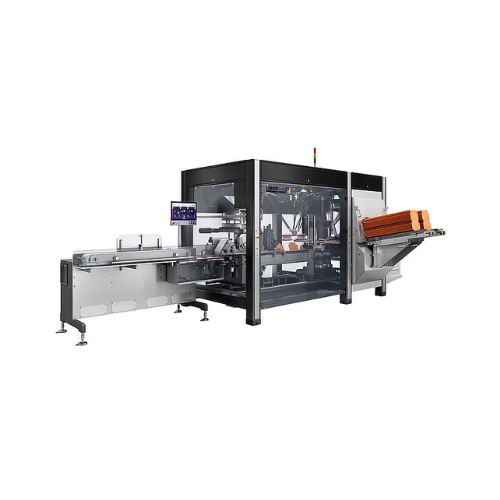
Top-loading cartoner for bar and confectionery packaging
Optimize your high-speed packaging operations with a flexible ca...
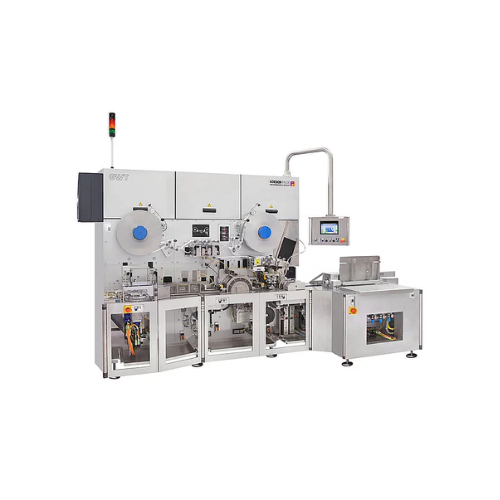
Fold wrapping solution for chewing gum tabs
Streamline your high-speed packaging line with a solution that expertly wraps ...

Twin station fold wrapping machine for chocolate bars
Efficiently transform diverse chocolate and confectionery items int...
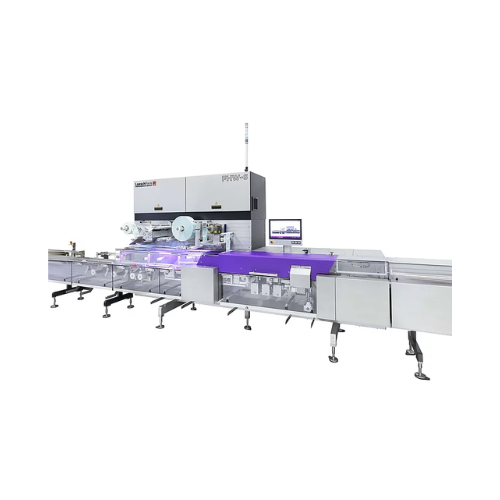
Horizontal flow wrap solution for chocolate bars
Achieve high-speed precision in packaging with a machine designed to hand...
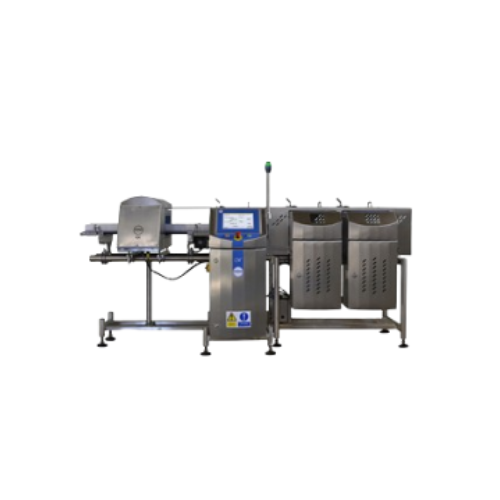
Metal detector checkweigher combination system for food products
Simultaneously detect metal contaminants while ensuring...
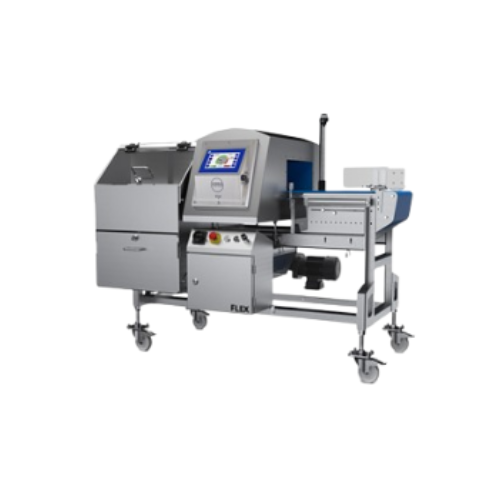
Metal detector conveyor system for food safety
Ensure product integrity across high-speed production lines with robust met...
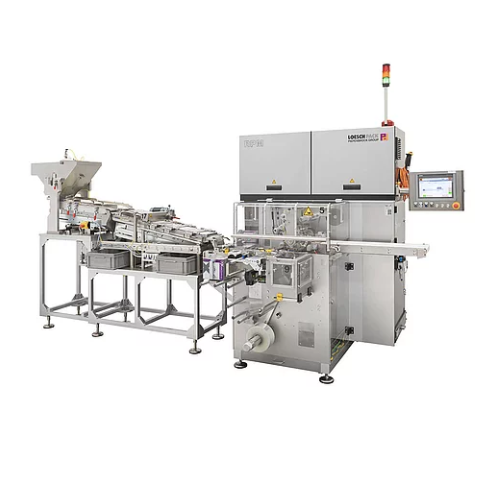
Fold wrapping solution for round pharma tablets
Ensure precise and gentle packaging of round tablets with our innovative f...

Cryogenic chilling system for meat processing
Ensure uniform temperature control in meat production lines to maintain prod...
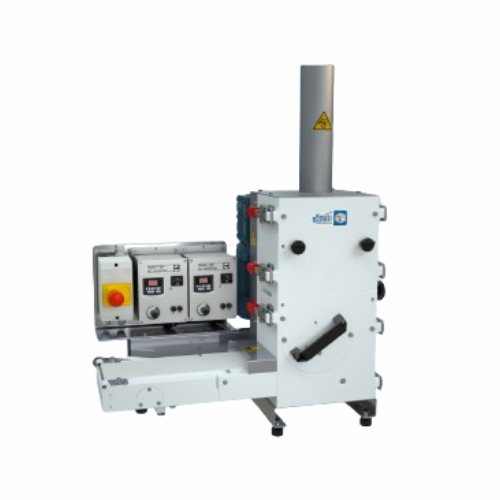
Entry-level moulding machine for small to medium production
Ideal for scaling new product lines, this versatile moulding...
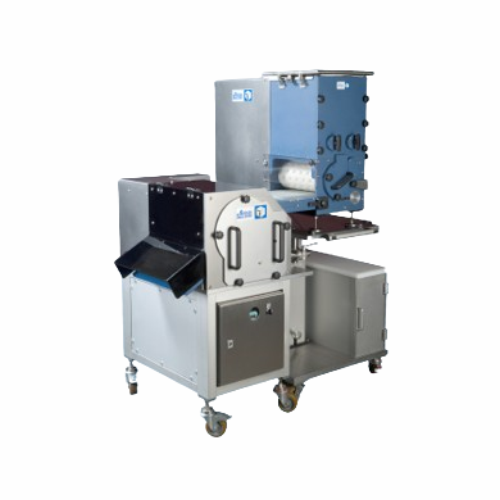
High speed rolling line for confectionery production
Enhance your confectionery production with a versatile rolling line ...
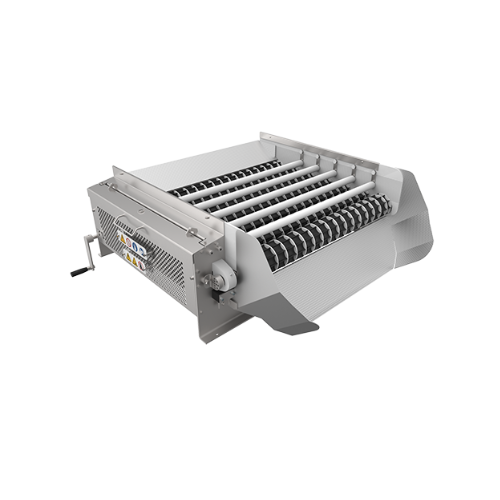
Rotary size grader for food processing
Enhance your production line by efficiently sorting and classifying produce to ensur...
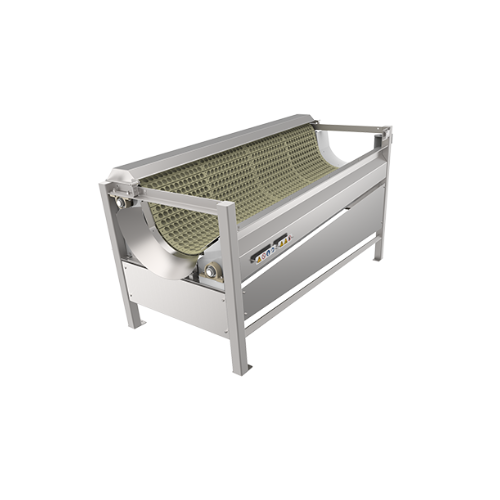
Small piece remover for food processors
When handling diverse food products, ensuring consistent product sizing is vital. T...
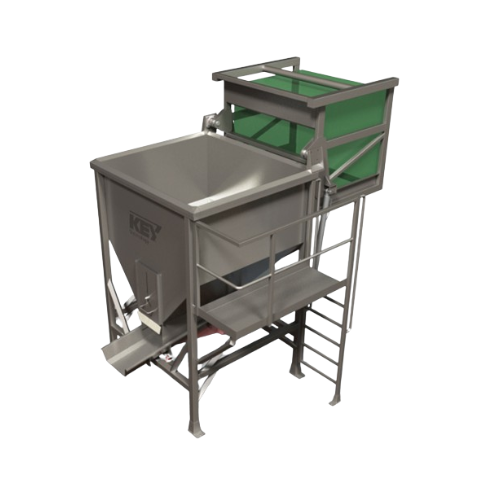
Tote bin dumper for bulk product transfer
Streamline your bulk product handling with a solution that efficiently transfers...
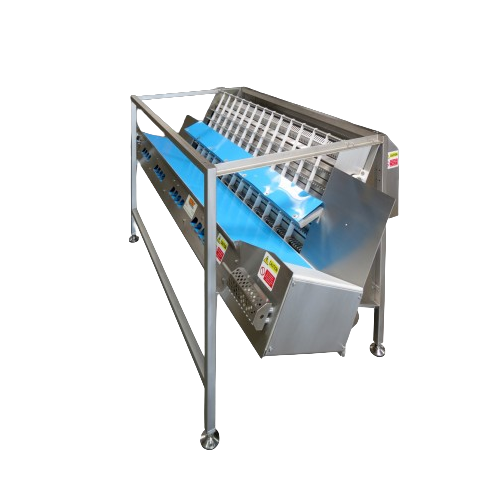
High-performance food processing and sorting solutions
Optimize your production line with integrated processing, conveyin...
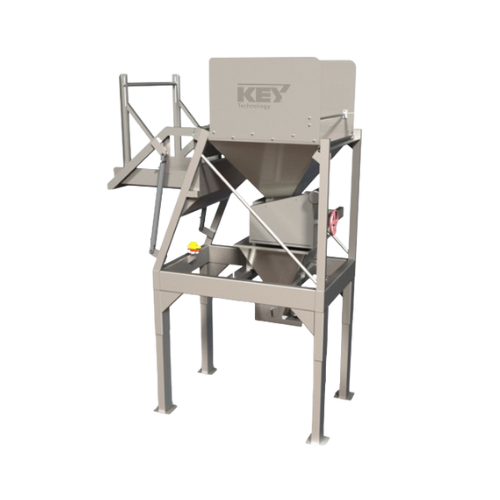
Food processing mixing system for vegetables
Tackle complex product mixing challenges with a system that seamlessly integr...
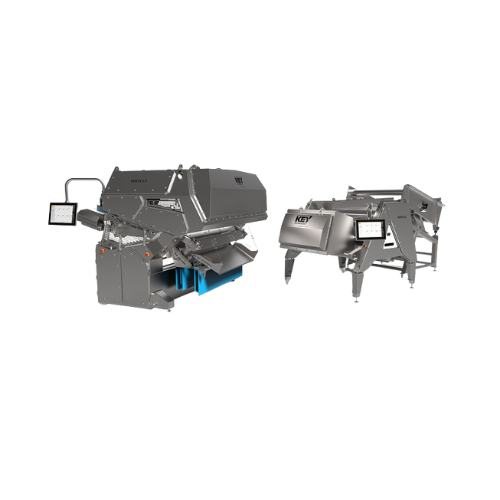
Optical sorting platform for food processing
For manufacturers aiming to enhance quality control, this platform offers pre...
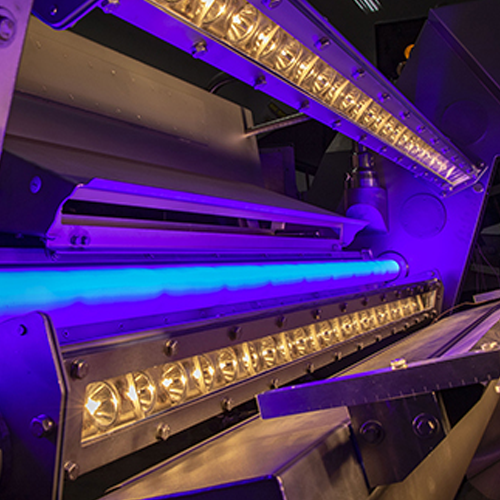
Optical sorter for blueberries
Enhance product quality and yield by precisely sorting blueberries, ensuring only optimal fru...
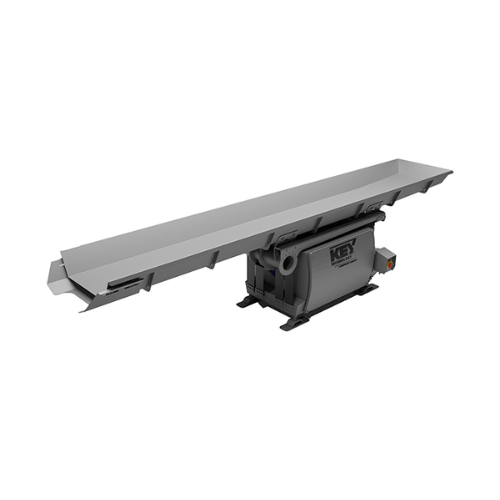
Large capacity horizontal motion conveyor for fragile products
Achieve gentle handling and minimize product damage with ...
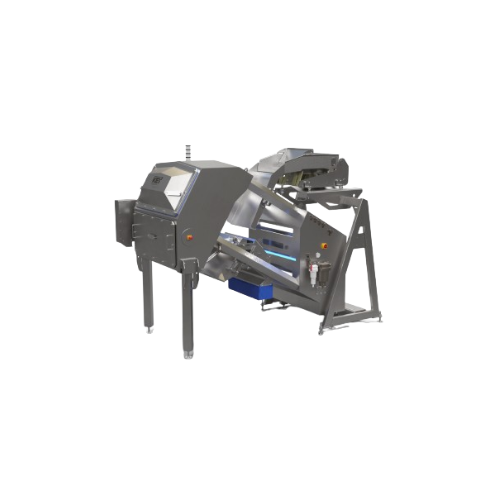
Optical sorter for food processing
Enhance your production line with advanced sorting technology that meticulously inspects...
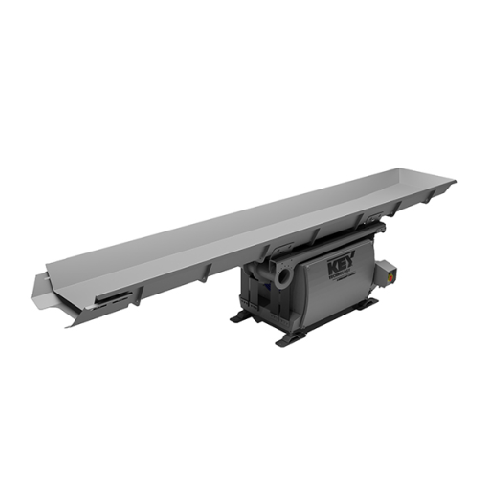
Distribution conveyor systems for food processing
Streamline your food processing pipeline with precision-engineered dist...
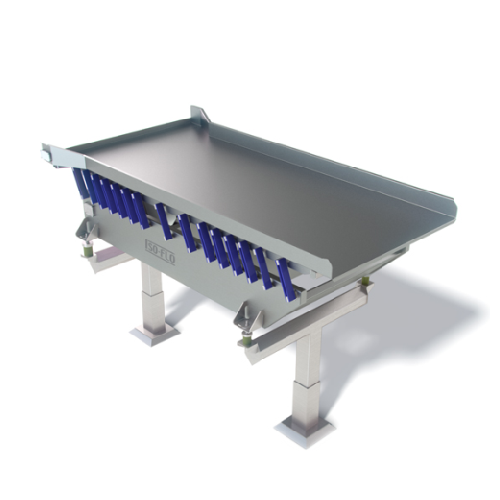
Feed conveyors for efficient product presentation
Optimize your production line with feed conveyors designed to streamlin...
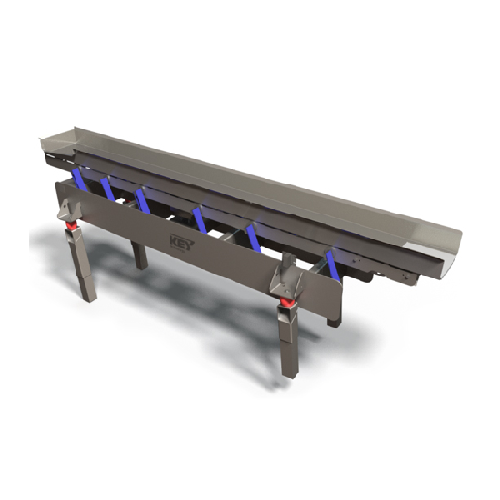
Industrial food grading system for vegetables
Optimize your production line with a versatile food grading system, ensuring...
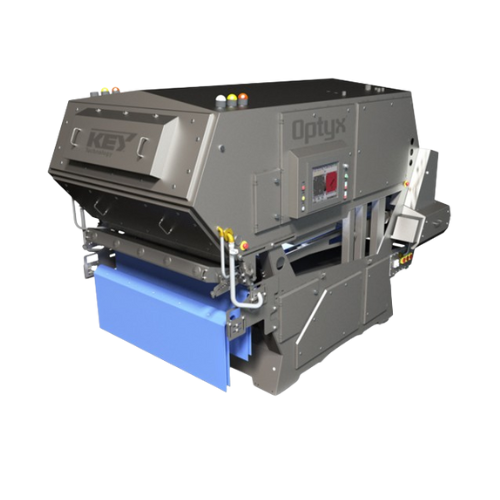
Optical sorting solution for food processing
Achieve precise sorting and maximize yield with a cutting-edge optical soluti...
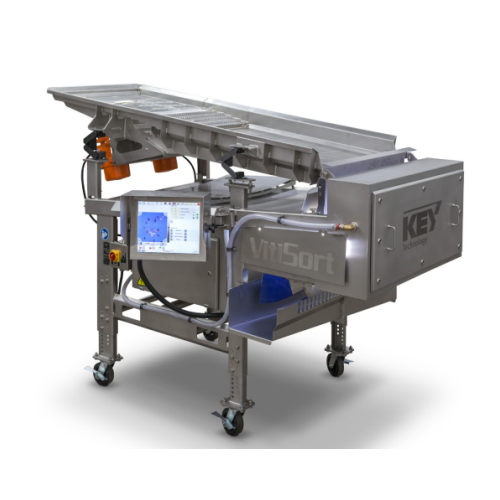
Vibratory conveyor for efficient bulk material transportation
Optimize your processing line with robust vibratory convey...
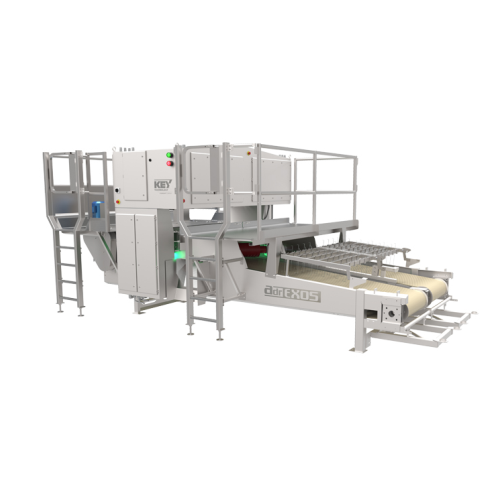
Inspection systems for poultry and seafood processing
Enhance the quality control of your food production with cutting-ed...
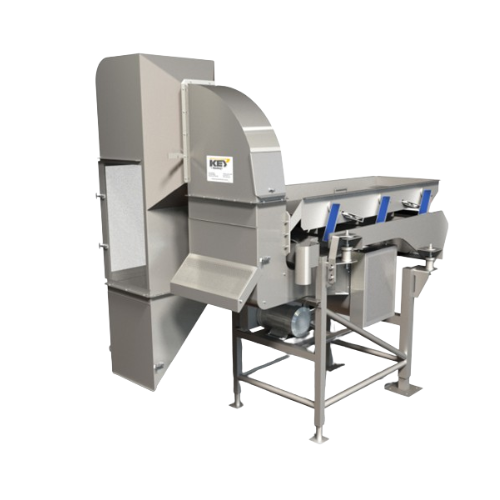
Industrial air cleaner for food processors
Optimize your production line with high-speed air separation, effectively remov...
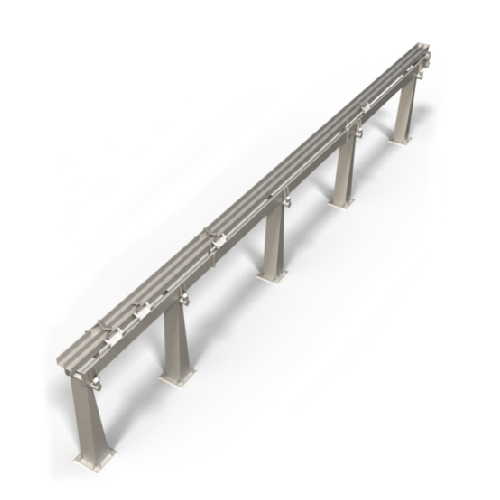
Collection conveyors for food processing
Optimize your production line by efficiently collecting and conveying solid produc...
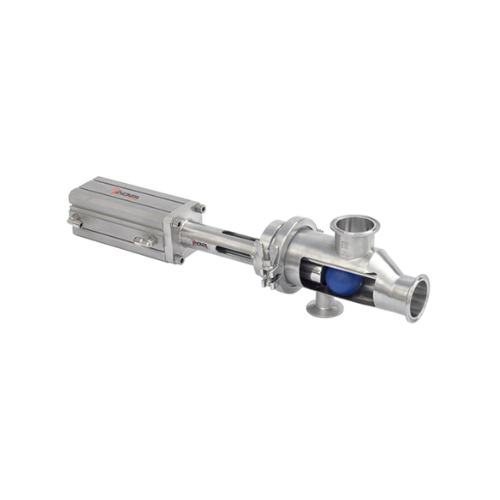
Sanitary pigging system for viscous food products
Efficiently recover high-value viscous products like chocolates and cre...
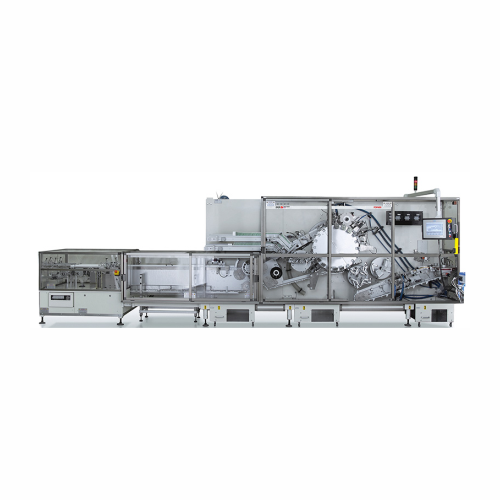
Horizontal cartoning solution for pharmaceutical packaging
Streamline your confectionery packaging with high-speed, cont...
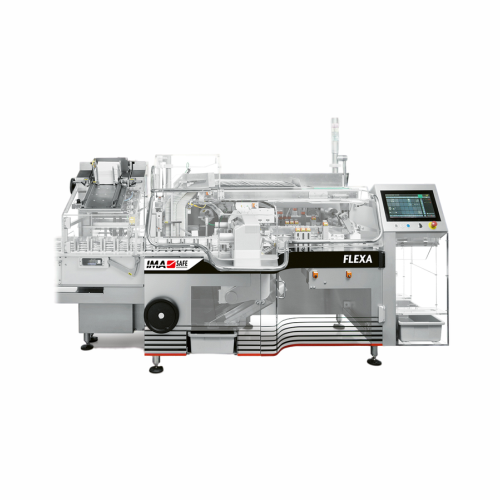
Compact cartoner for pharma packaging needs
Achieve seamless integration in your production line with a cartoning solution...
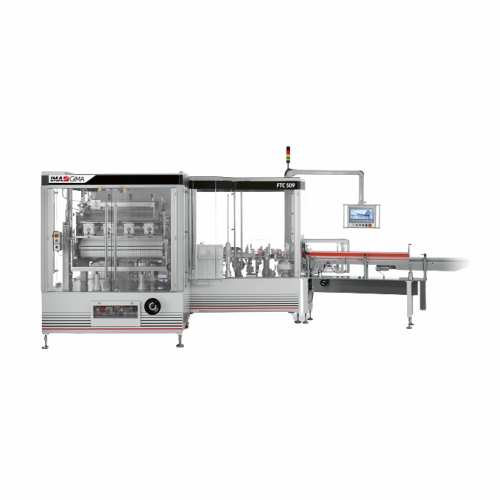
Vertical dosing and filling solution for confectionery packaging
Optimize your confectionery and nutraceutical packaging...
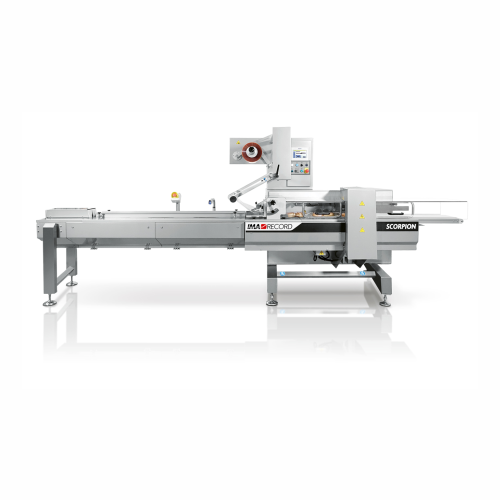
Entry-level flow wrapping machine for small and medium products
Optimize your packaging line with a high-speed flow wrap...
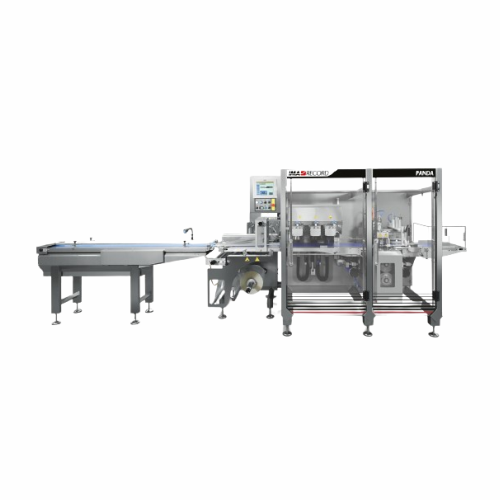
Flow wrapping solution for fresh produce and food products
Optimize packaging efficiency for irregular products with a v...
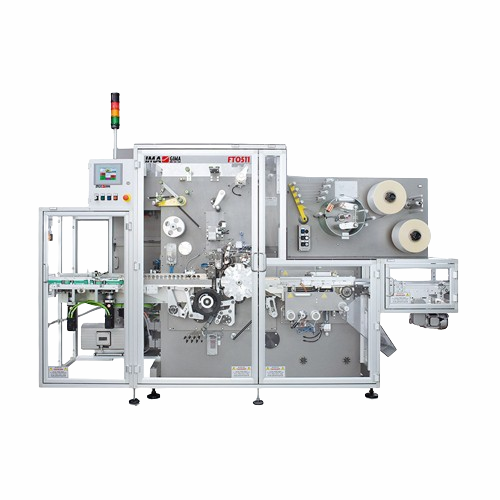
High-speed overwrapping for display boxes
Achieve seamless overwrapping of display boxes with ultra-high-speed capabilitie...
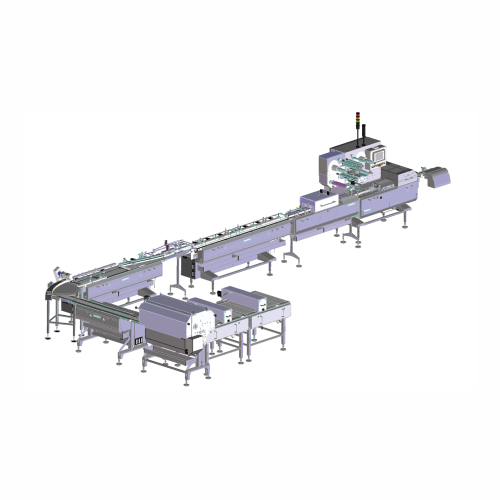
Feeding system for single wrapping lines
Optimize your high-speed wrapping operations by ensuring precise product alignment...
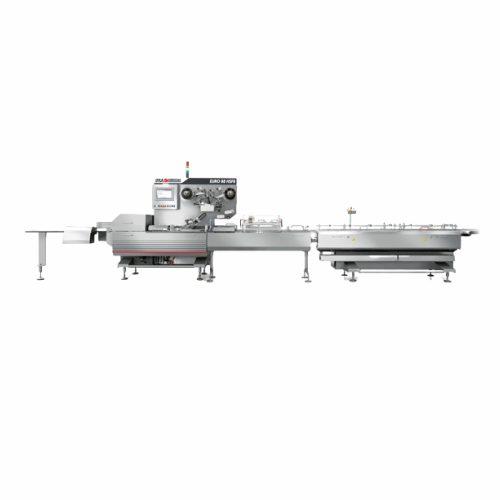
Flow wrapper for high-speed confectionery packaging
Achieve gentle, high-speed packaging for delicate confectionery items...

Flow wrapping with pick and place robots
Streamline your confectionery and bakery packaging with precision flow wrapping, u...
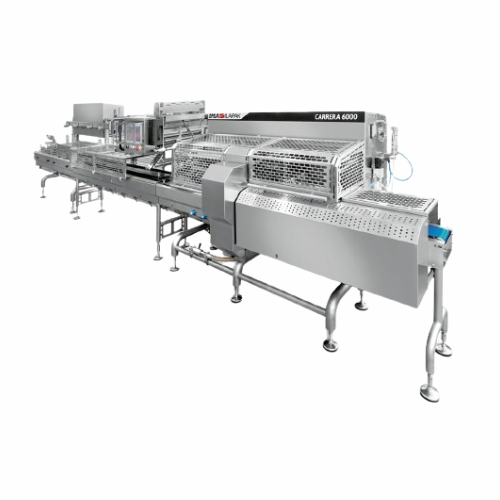
Flow wrapping system for hygienic food packaging
Enhance your packaging line with a modular flow wrapping solution that en...
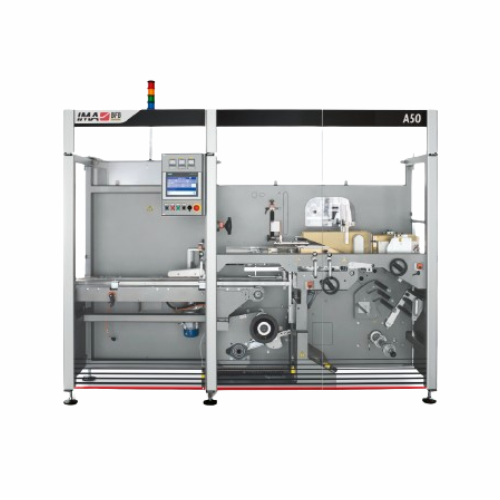
Over wrapping solution for foodstuffs and beverages
Optimizing film over wrapping for challenging thin materials, this co...
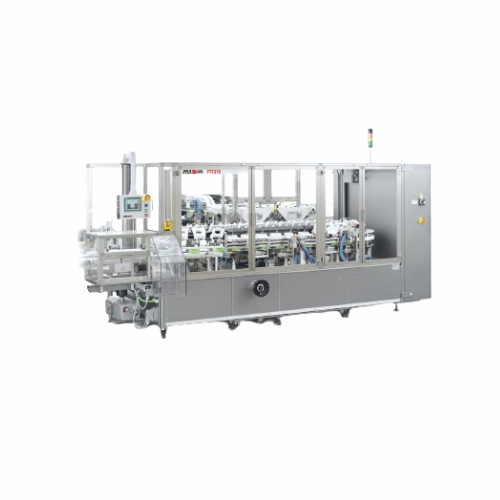
Vertical cartoning system for confectionery products
When you need high-speed, versatile cartoning capabilities for varie...
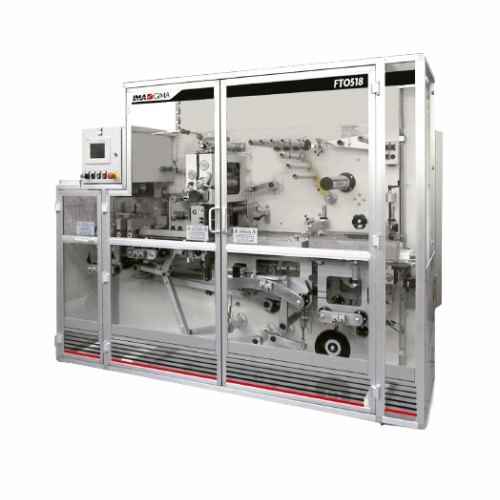
Overwrapping solution for medium size display boxes
Streamline your packaging line with high-speed, continuous overwrappi...

Monoblock loading unit for confectionery packaging
Optimize your confectionery production line with a compact unit that i...
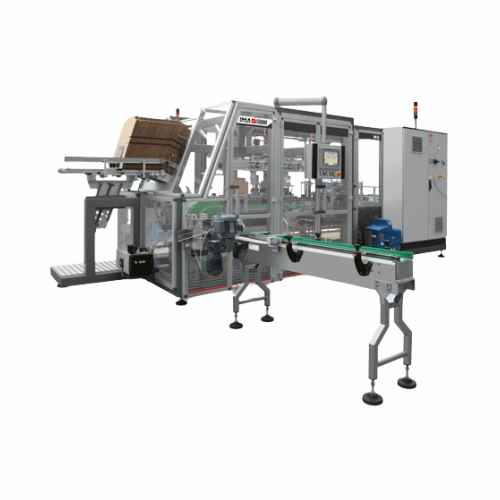
Wrap-around case packer for coated sweets
Effortlessly enhance product presentation and shelf-readiness by securely packin...
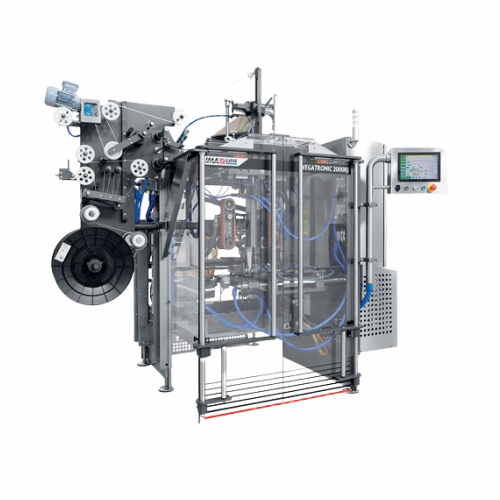
Intermittent vertical form fill seal for confectionery packaging
Optimize your packaging operations with this versatile ...

High precision multihead weigher for confectionery production
Achieve precise weighing and counting for varied product c...
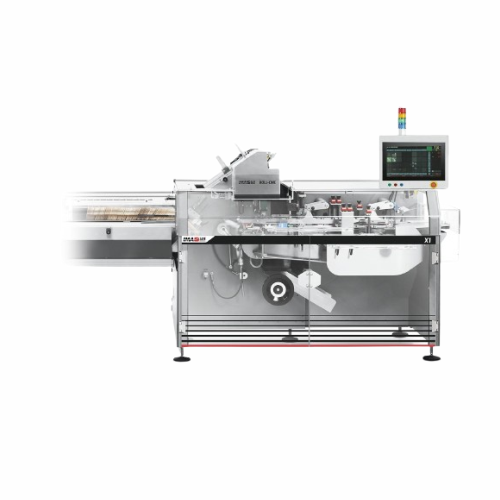
Intermittent motion cartoner for confectionery packaging
For manufacturers needing versatile packaging solutions, this ca...
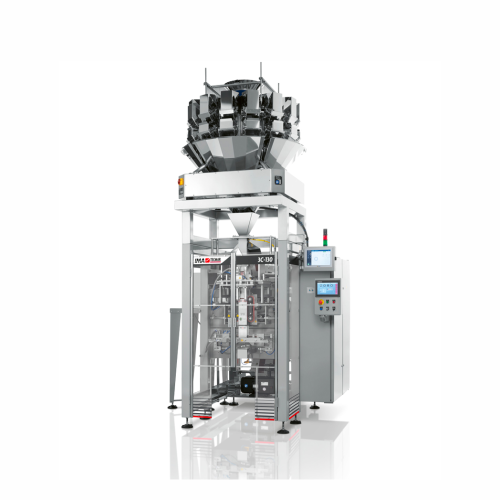
Vertical baggers for confectionery packaging
Streamline your packaging operations with high-performance vertical baggers d...
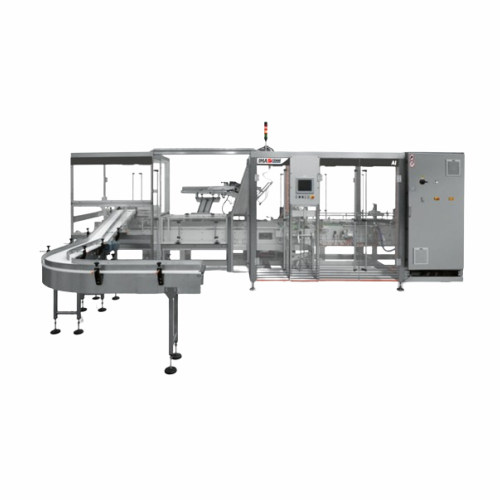
Intermittent cartoner for flexible packaging solutions
Enhance your production line’s efficiency with a versatile c...
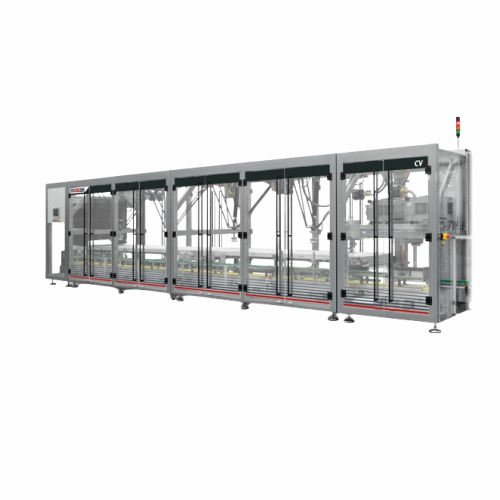
Vision guided multi-robot system for flowpack candy packaging
Streamline your confectionery packaging process with high-...
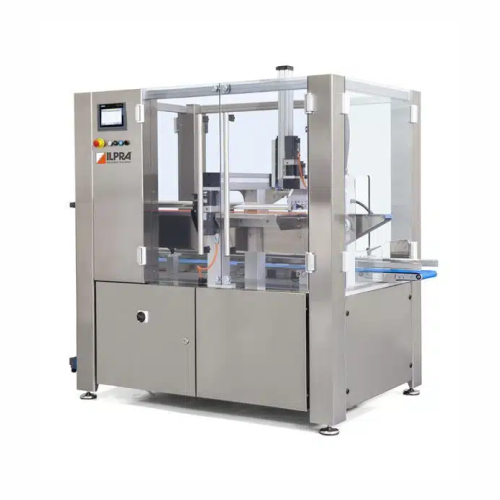
Automatic vertical casepacker for efficient packaging integration
Streamline your packaging process with a vertical cas...
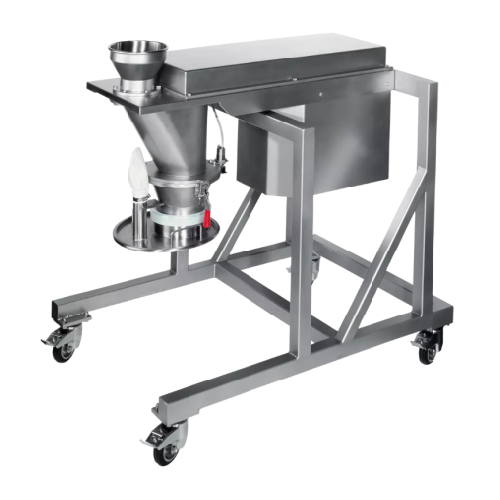
Flake crushers for gentle crushing of brittle materials
For processes needing precise granule control, our equipment ensu...

Industrial case rejector for faulty packaging
Ensure product integrity by smoothly removing faulty cases from your product...

Foreign object detection for packaged and unpackaged food
Ensure the integrity of packaged and unpackaged foods by detec...
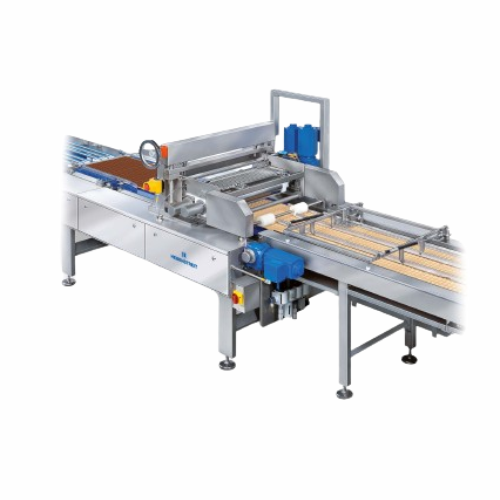
Hollow wafer spreading machine for consistent coating
Optimize your snack production with precise spreading—achieve unifo...
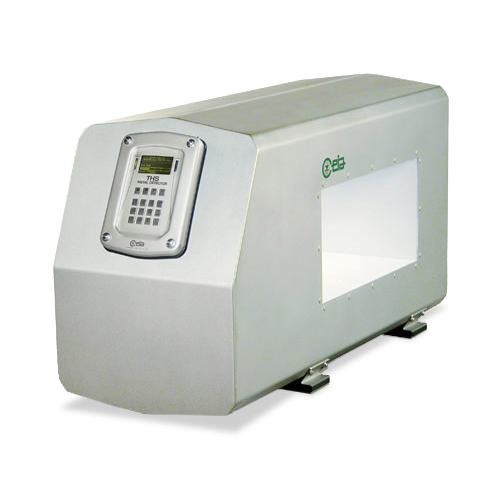
Ferrous-in-foil metal detection system
Enhance quality control for foil-packaged goods with precise ferrous metal detection...
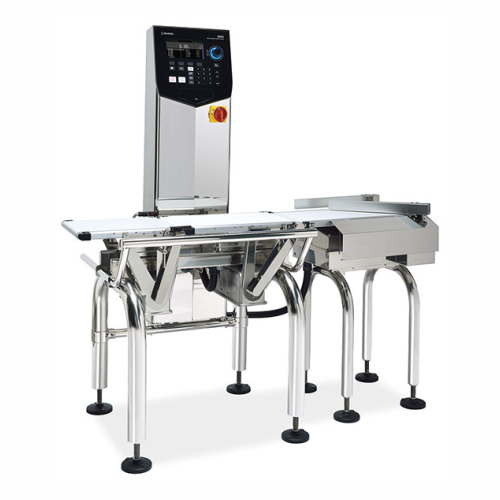
Checkweigher for packaged goods inspection
Ensure precision and compliance with this high-speed checkweigher, perfect for ...
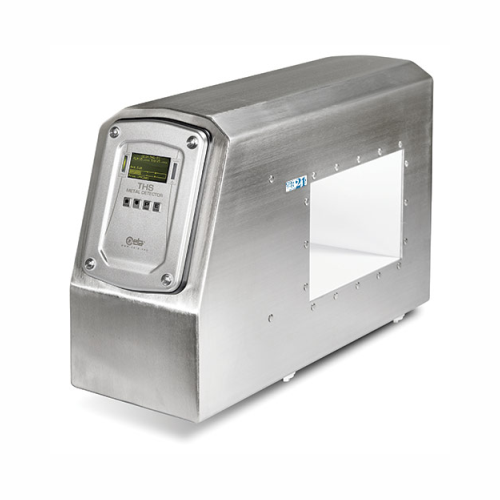
Advanced metal detection for food processing
Maximize your production line’s safety and efficiency with a cutting-ed...
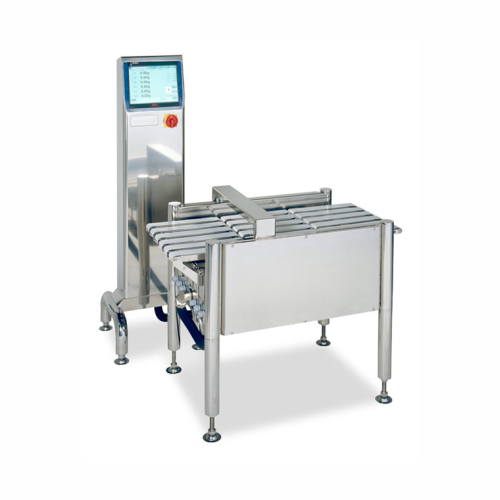
Multi-lane checkweigher for mixed-application production lines
Achieve precise weight verification across multiple lanes...
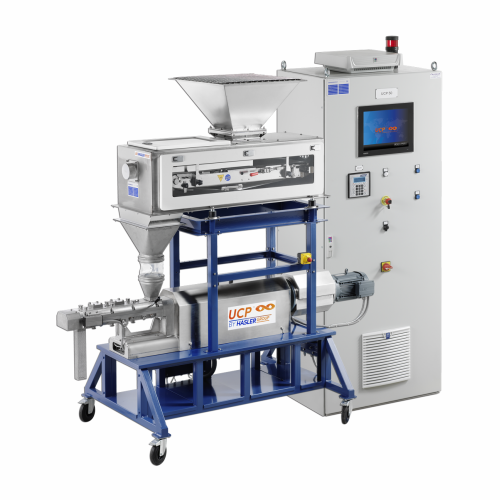
Continuous kneader for viscous applications
For engineers tackling high-viscosity challenges, this continuous kneader stre...
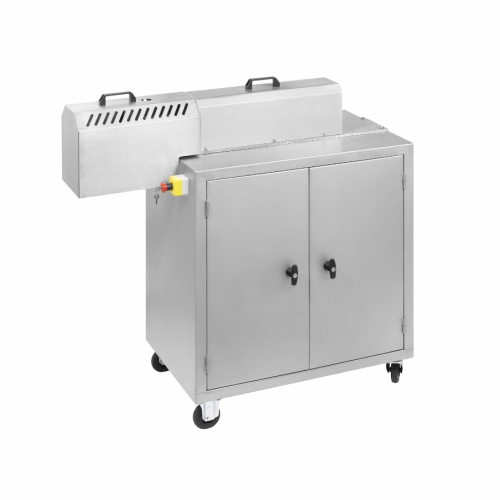
High-viscosity continuous industrial kneader for small volumes
Achieve consistent high-viscosity material processing wit...
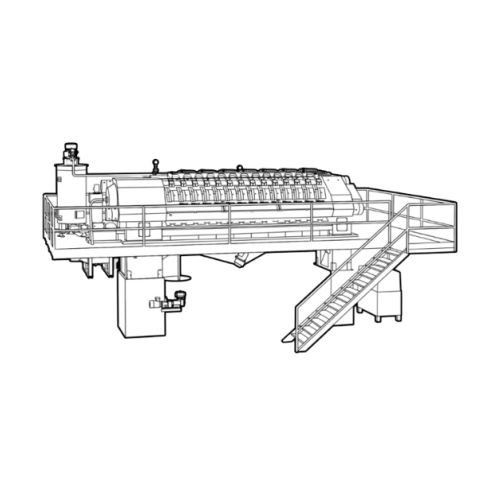
Cocoa pressing plant for high-capacity cocoa liquor processing
Optimize your cocoa processing by converting cocoa liquor...
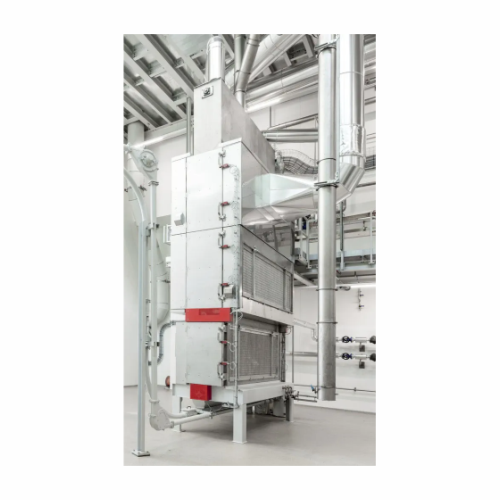
Continuous cocoa bean roaster
Achieve precise flavor profiles in cocoa and nut processing with a continuous roasting solutio...
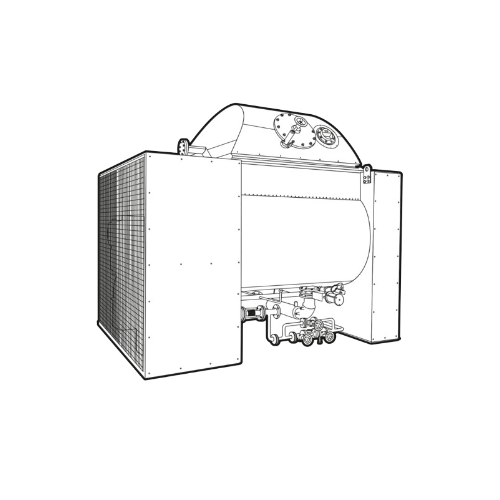
Cocoa sterilizing and alkalizing plant
Optimize cocoa product quality with a system engineered for precise sterilizing, alk...
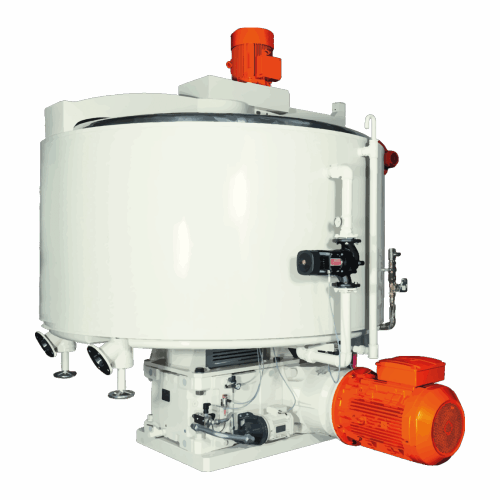
Batch conche for chocolate making
Achieve optimal texture and flavor development in your chocolate with precise control ove...
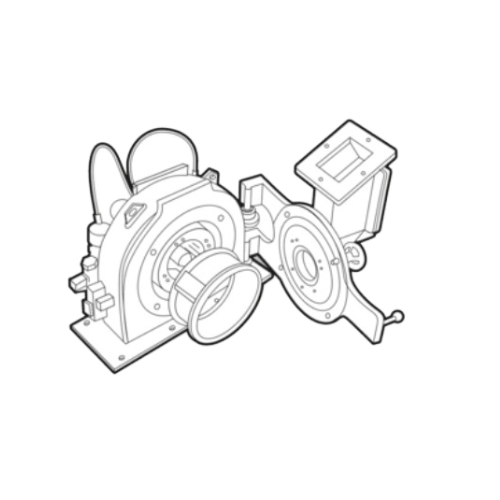
Inline cocoa bean roaster
Streamline your cocoa production by achieving consistent roast quality with precision heat control...
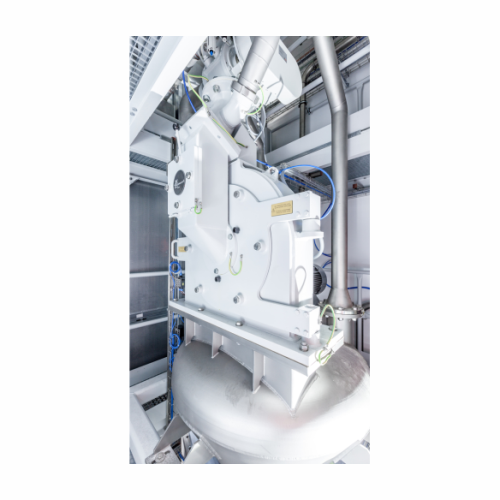
Industrial sugar grinding mill
Optimize sugar fineness with a compact grinding solution, ensuring high-speed operation and l...

Double shaft batch mixer for chocolate production
Optimize your chocolate and confectionery production with precise mixin...
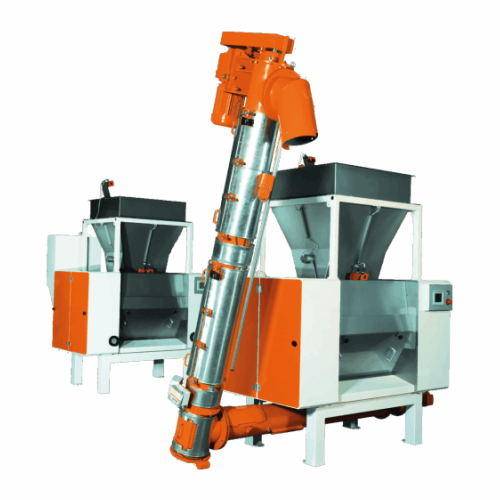
Pre-refiner for chocolate processing
Optimize pre-refining in chocolate and cocoa production with precise fineness control,...
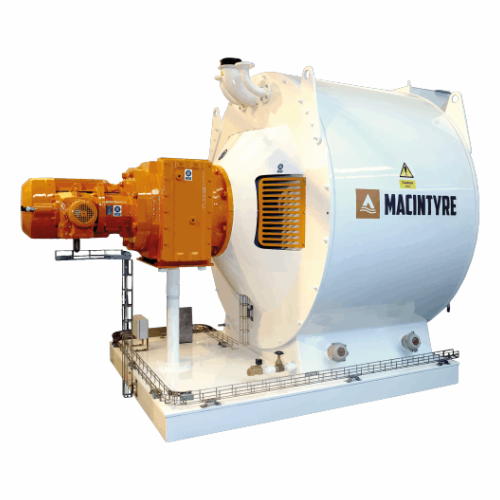
Chocolate refiner and conche solution
Elevate your chocolate production with a versatile solution that seamlessly integrate...
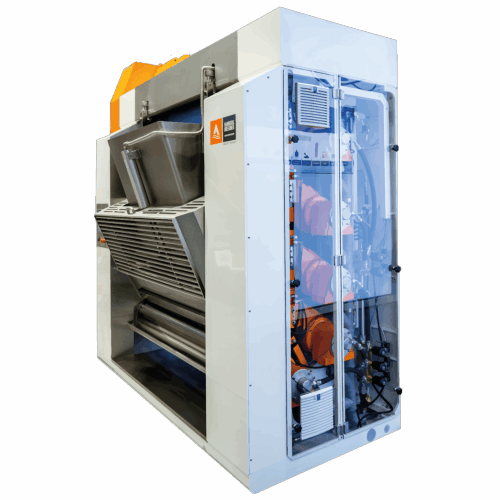
Chocolate refining five-roll refiner
Achieve optimal chocolate texture with high-efficiency refining, reducing energy usage...
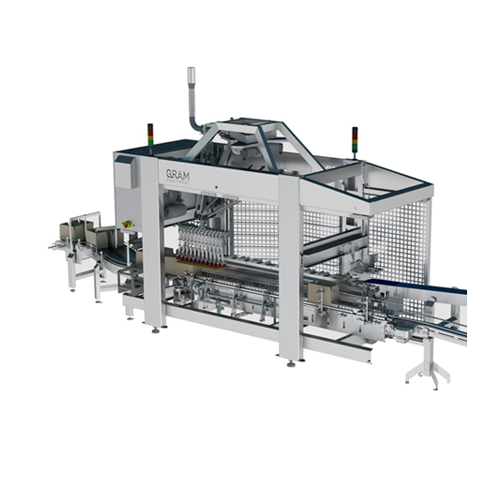
Continuous multi-lane wrapping solution
Achieve precision and speed in packaging with an advanced solution designed for con...
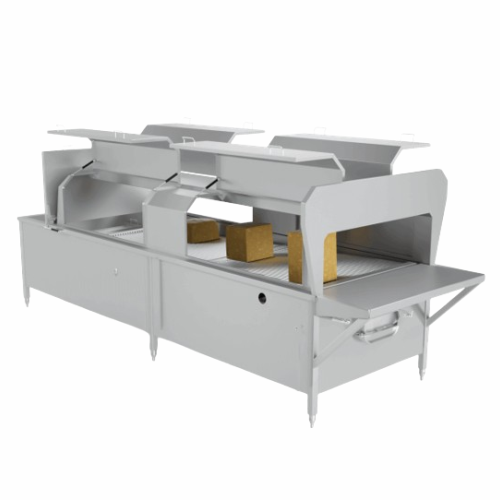
Industrial melting unit for chocolate and powders
Enhance your production efficiency by seamlessly melting and homogenizi...
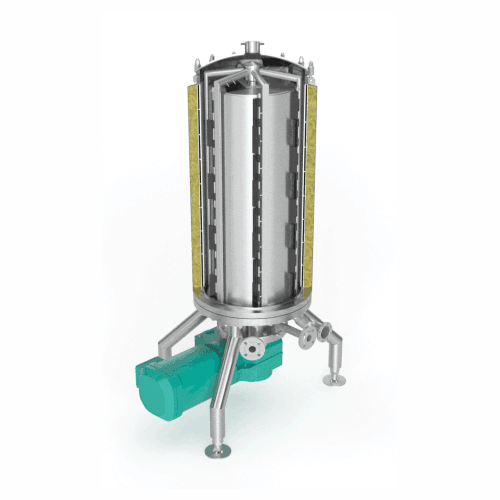
Scraped surface heat exchanger for high viscous products
Efficiently handle the cooling and heating of high viscous produ...
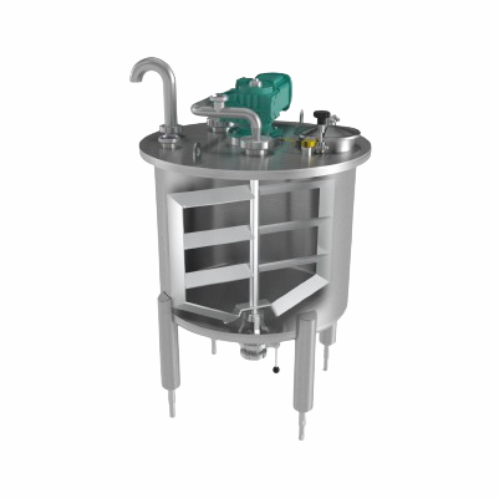
Stainless steel buffer tanks for food, pharma, and cosmetics
Ideal for maintaining process fluidity, these stainless ste...
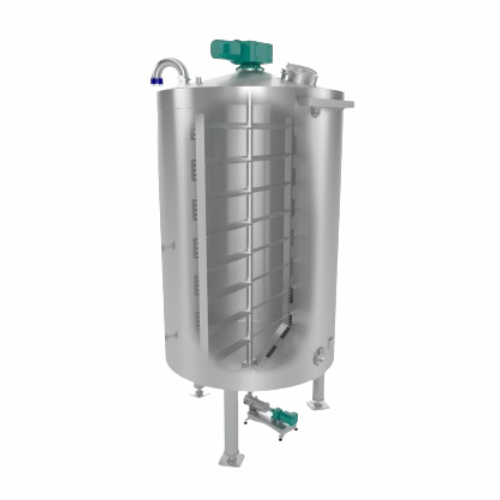
Stainless steel chocolate tank for storage and processing
Efficiently control temperature and consistency for chocolate ...
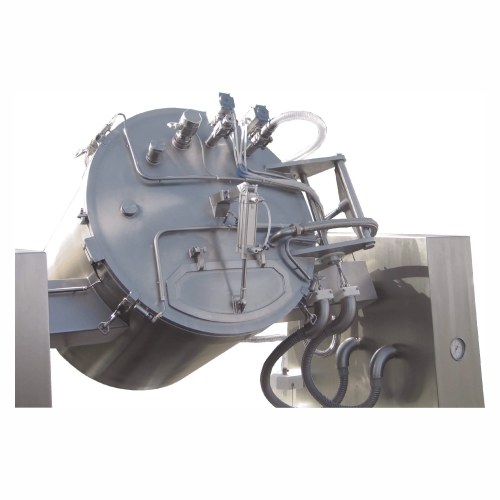
Vacuum tumblers for food processing
Optimize your production line with vacuum tumblers designed to enhance flavor infusion,...
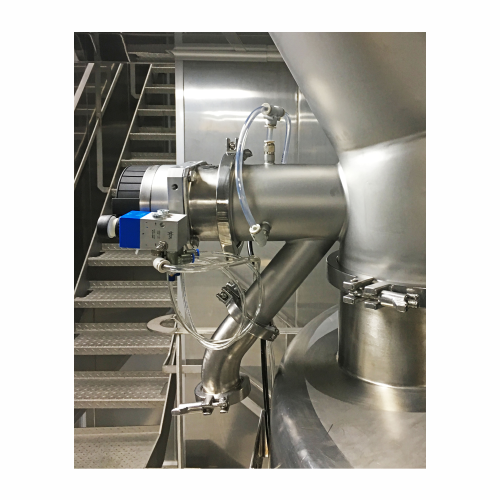
Sampling valve for secure sample extraction
Ensure product quality by safely extracting representative samples without hal...
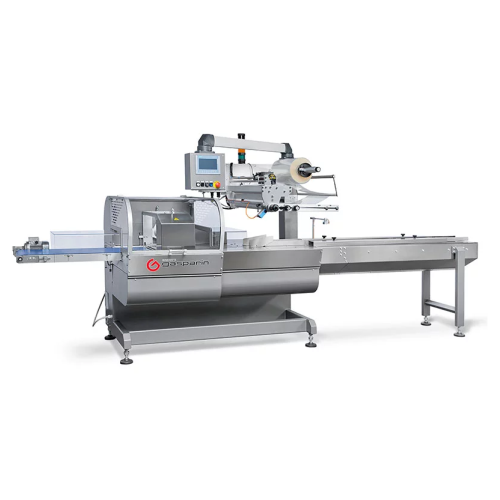
Continuous flow-wrapping system for high productivity
Optimize your packing line with a high-speed flow-wrapping system d...
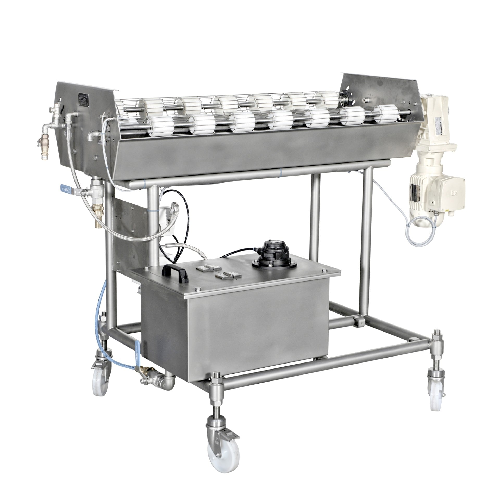
Waxing station for confectionery products
Optimize your product’s final presentation and quality by applying a preci...
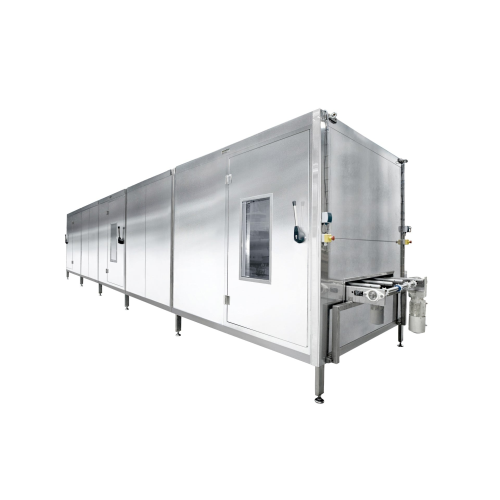
Cooling tunnel for confectionery extrusion
Optimize your production line with a versatile cooling tunnel capable of effici...
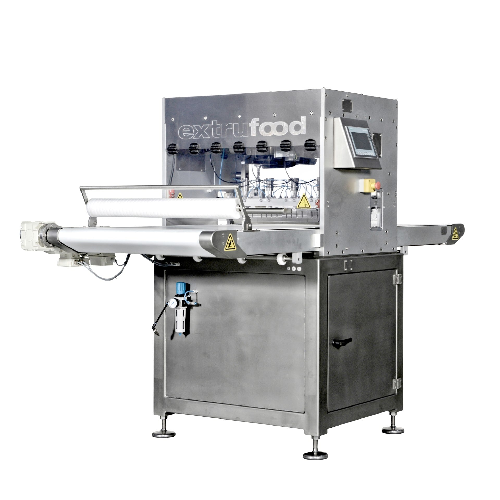
Confectionery cutting system for accurate results
Achieve precision and flexibility in modern confectionery production wi...
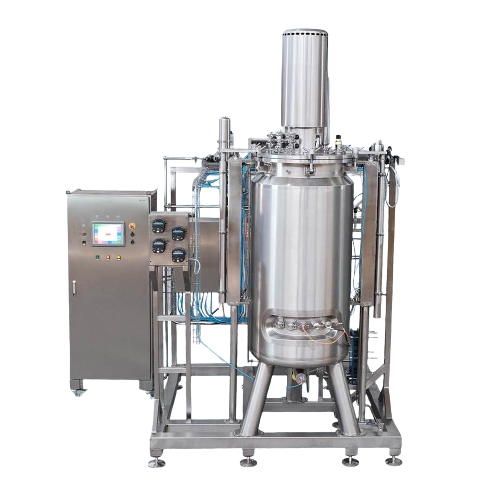
Fermenter for microbial fermentation processes
Optimize your fermentation and biopharmaceutical production with stainless ...
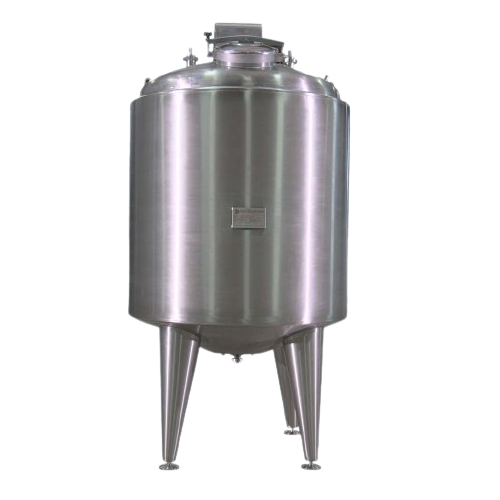
Ultraclean aseptic storage tanks for hygienic liquid food
Ensure your liquid products remain uncontaminated and maintain...
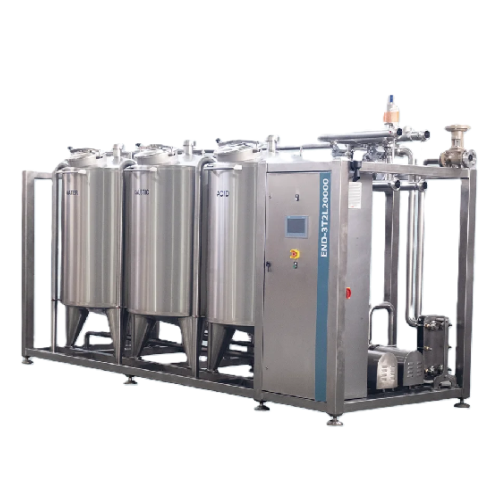
Automated cleaning in place (cip) systems for beverage processing
Optimize your production with automated CIP systems t...
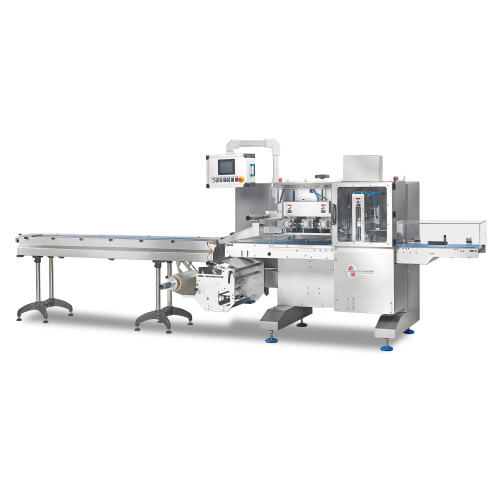
Horizontal flow pack packaging solution
Achieve seamless packaging with versatile flow pack machines, designed to efficient...
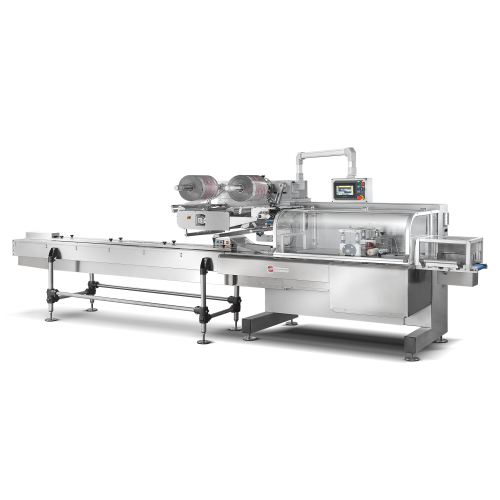
Horizontal flow pack packaging machine for multi-format packaging
Streamline your packaging process with a versatile ho...
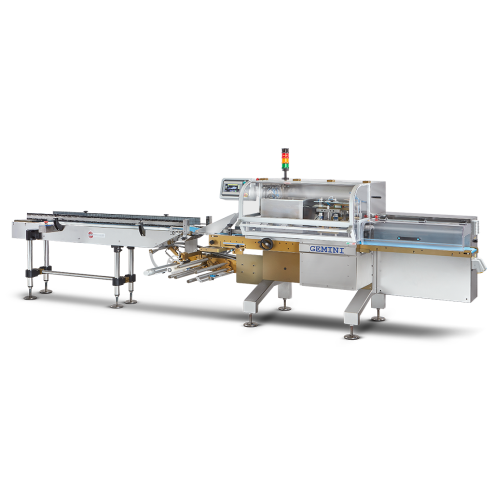
Flow pack packaging system for flexible wrapping material
Achieve seamless, high-speed packaging of solid foods with thr...
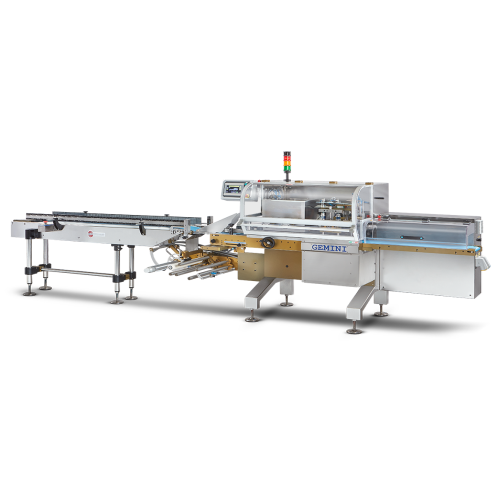
Flow pack packaging for flexible wrapping material
Achieve precise and secure packaging with three-sided sealed packages ...
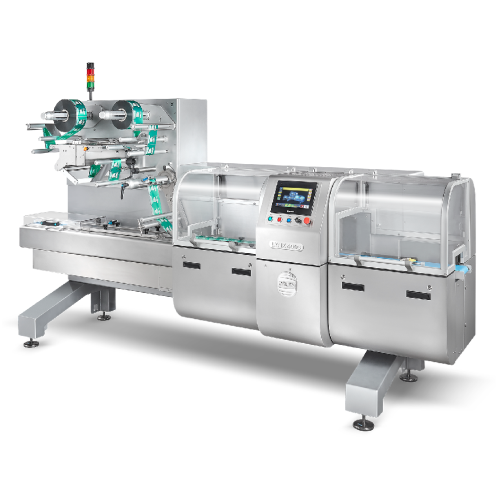
Horizontal packaging system for high-speed operations
Achieve unmatched sealing precision and packaging speed with this h...
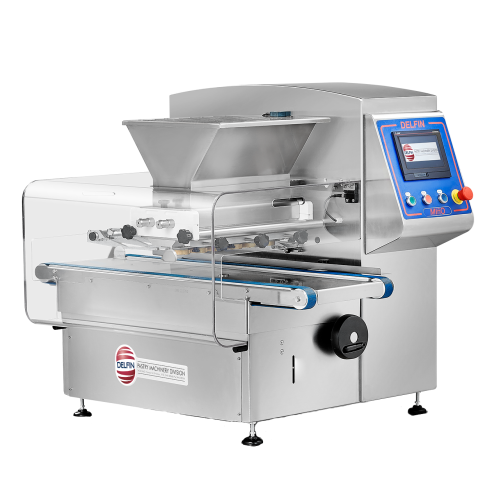
Compact biscuit depositor for small bakeries
For artisanal producers seeking precision and versatility, this compact equip...

Three-side sealing flow pack machine
Optimize packaging efficiency with a high-speed flow pack machine that ensures precise...
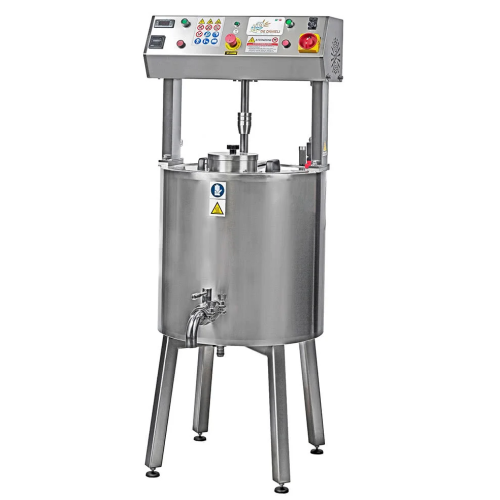
Chocolate, syrup, and fat melting tank
Achieve precise melting and temperature control for chocolate, syrups, and fats, ens...
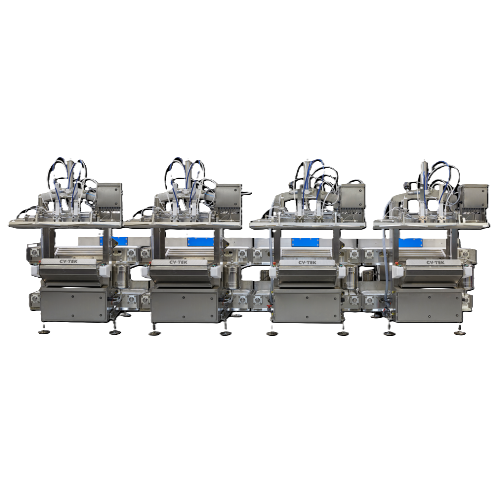
Multi-station modified atmosphere packaging system for bulk products
Optimize your packaging efficiency with a system d...
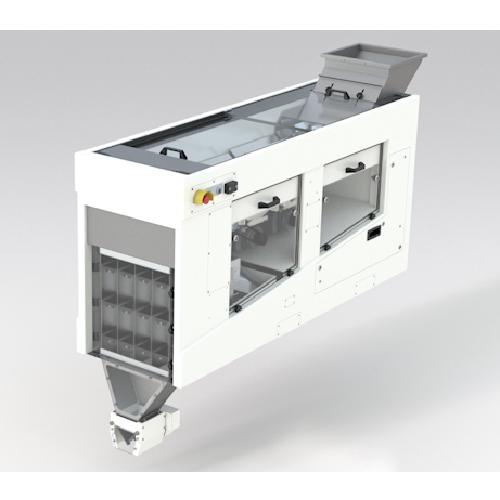
Product counting system for confectionery and food products
Achieve 100% counting accuracy and seamless integration in y...
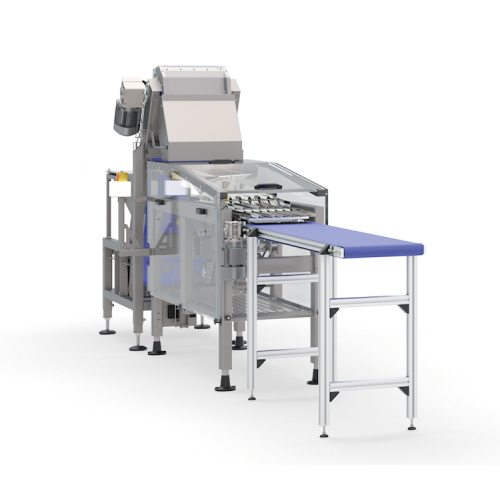
Product unscramblers for industrial automation
Efficiently organize and orient jumbled products for seamless integration w...
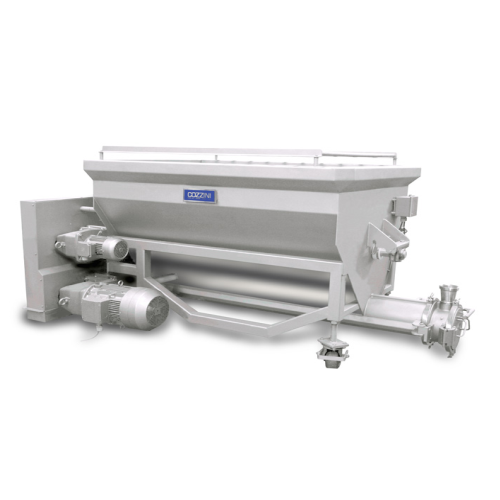
Horizontal screw loader for food processing
Optimize your production flow with a smooth-loading solution designed to effic...
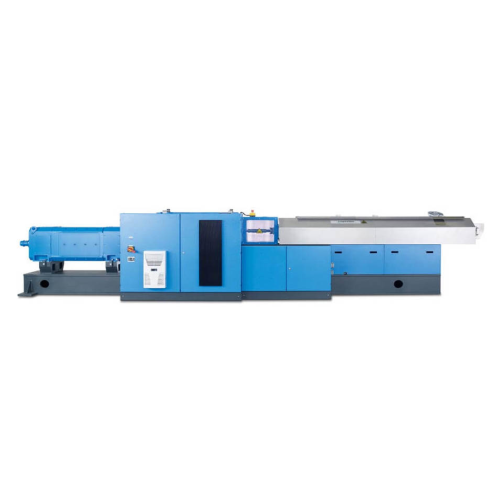
High throughput twin screw extruder for low bulk density products
When handling low bulk density materials, achieving m...

Food extruders for pet food production
Achieve precise control in food production with advanced twin screw extruders, desig...
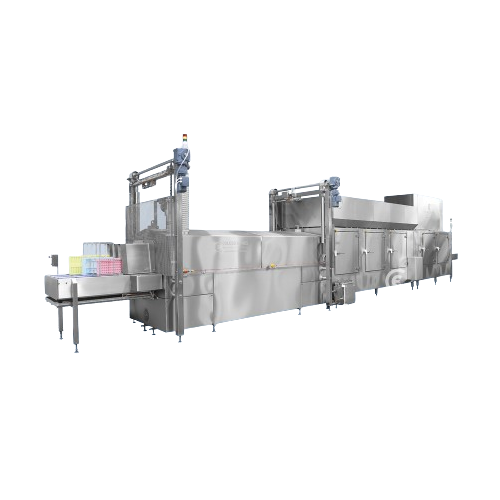
Chocolate mould washer
Ensure immaculate cleanliness and precise drying of chocolate moulds, enhancing production efficiency ...
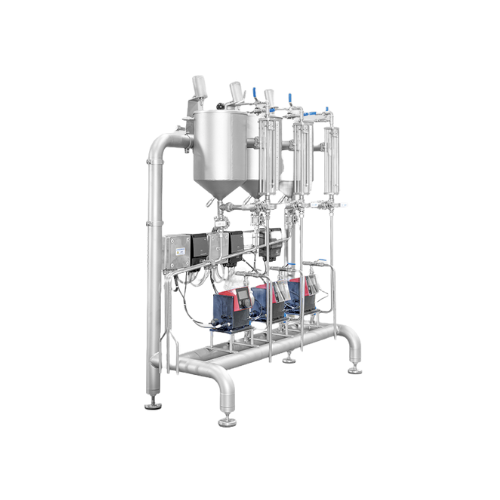
Liquid confectionery metering system
Effortlessly integrate precision and flexibility in candy production by accurately met...
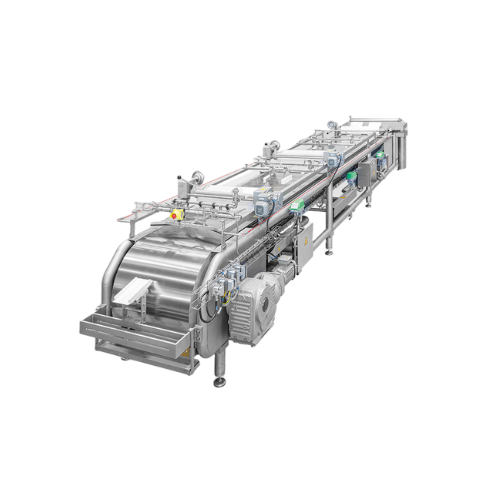
Industrial chocolate tempering belt
Achieve precise mass tempering for diverse confectionery textures with a stainless-stee...
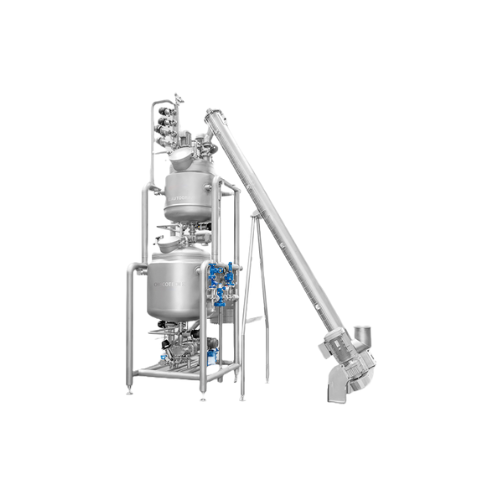
Batch weighing system for precise raw ingredient mixing
Optimize your confectionery production with a precise batch weigh...
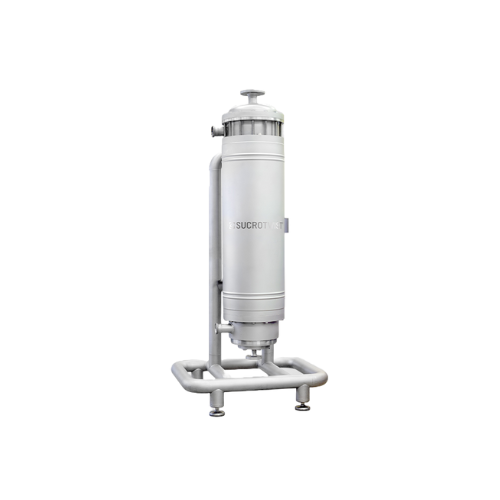
Hygienic pressure dissolver for high heat exchange
Efficiently dissolve and cook a wide range of confectionery masses wit...
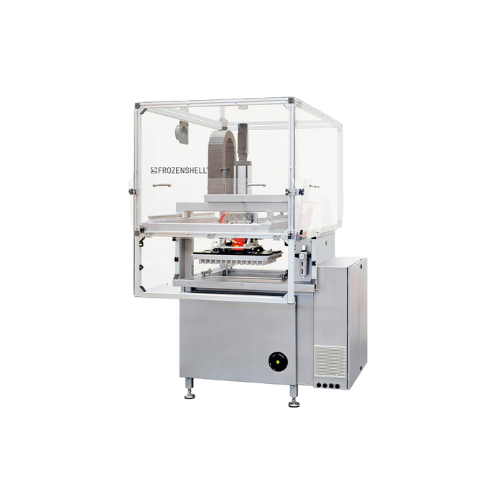
Thin chocolate shell forming
Create gourmet confections with precision by forming delicate chocolate shells, perfect for ver...
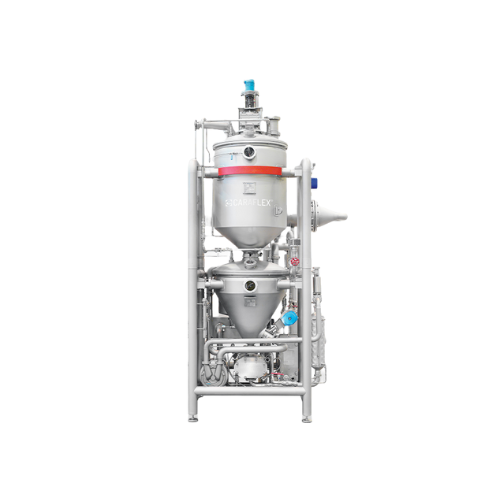
Continuous caramelization system for protein-containing sugar masses
Achieve precise caramelization for a wide range of...
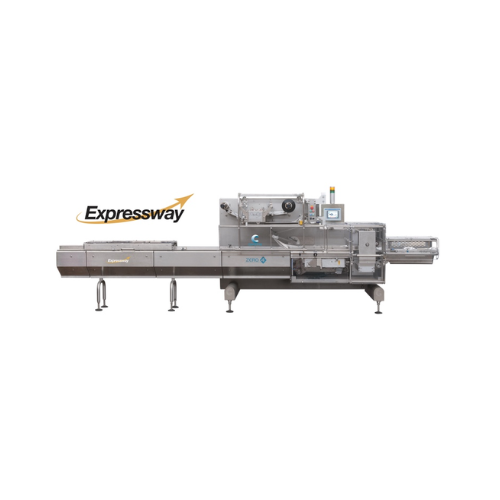
High-speed packaging system for flow-wrapping
Streamline your packaging operations with a high-speed flow-wrapping solutio...
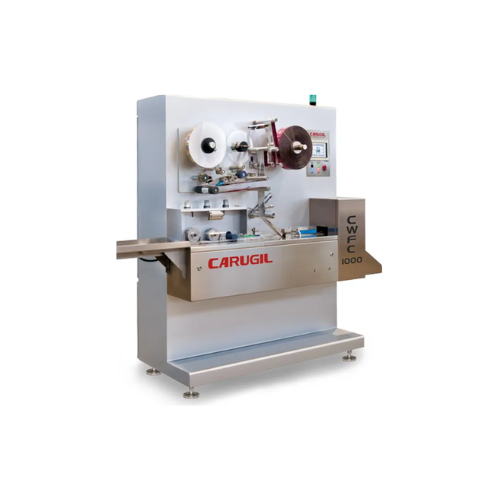
Cut and flow pack system for cylindrical and rectangular pieces
Enhance your confectionery production with a high-speed ...
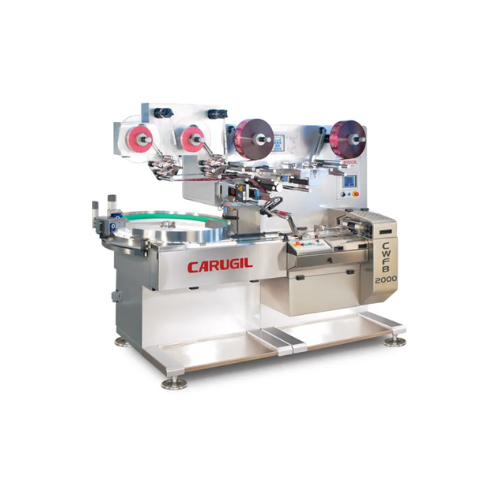
Flow wrapper for preformed pieces
Optimize your high-speed packaging line with a reliable flow wrapper that seamlessly wrap...
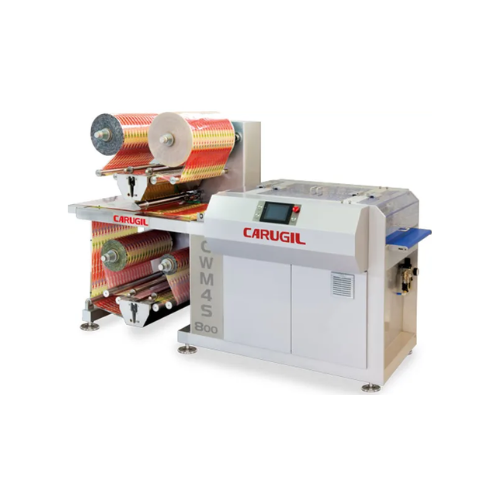
Multilane wrapping solution for food and confectionery products
Enhance your packaging line efficiency with high-speed m...

Fully automatic chocolate processing line
Accelerate your chocolate and confectionery production with this high-speed syst...
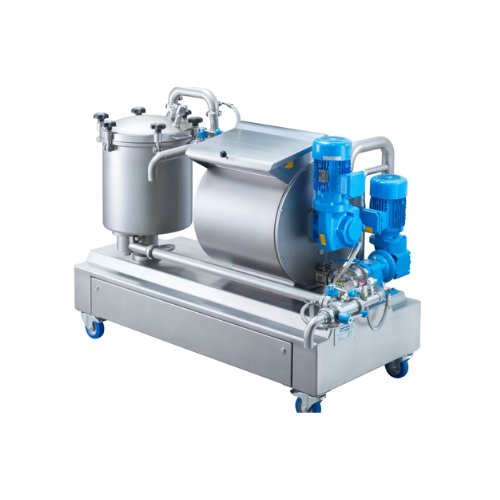
Laboratory batch chocolate processing unit
Achieve precision in developing chocolate recipes with a compact 3-in-1 unit th...
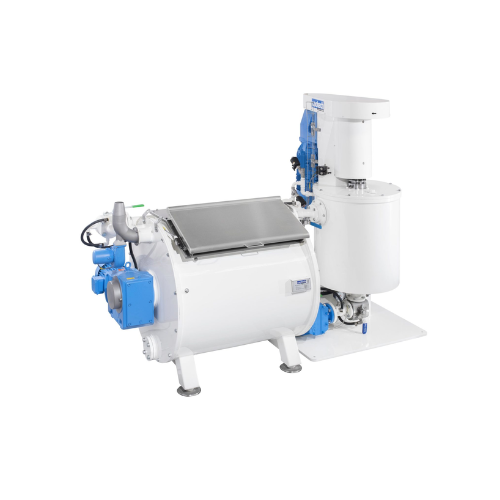
Chocolate processing unit for mixing, grinding, and conching
Optimize chocolate production with precise mixing, grinding...

Chocolate processing unit for mixing and grinding
Achieve precise mixing and conching efficiency for premium chocolate an...
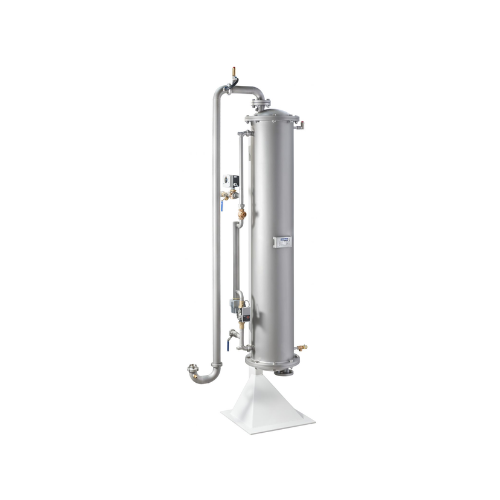
Tube heat exchanger for chocolate and cocoa liquor
Achieve precise temperature control for chocolate and cocoa processing...
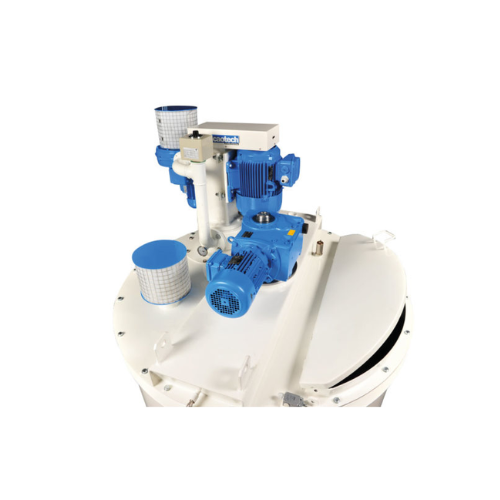
Wet conching system for chocolate production
Achieve optimal chocolate viscosity and flavor by effectively removing volati...
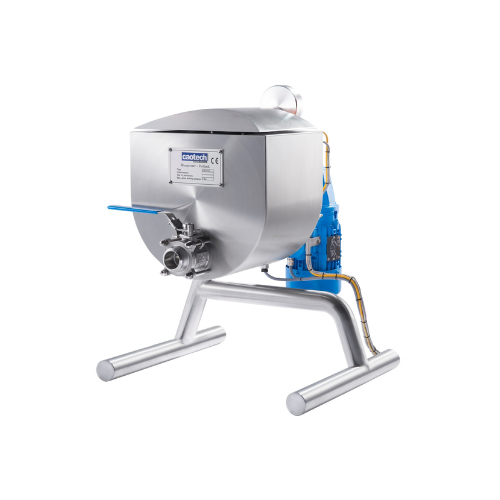
Laboratory conching solution for small batches of chocolate
Optimize your chocolate formulations with precise moisture a...
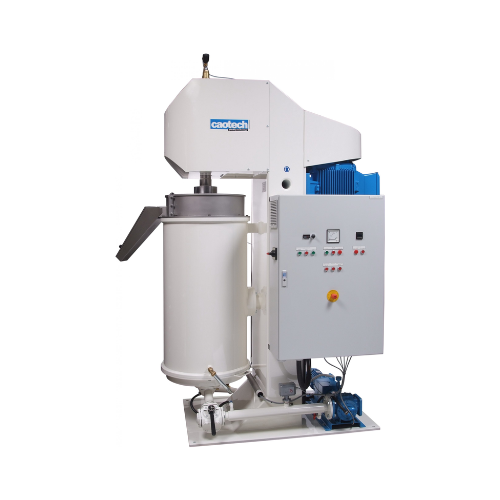
Ball mill refiner for fine cocoa grinding
Achieve high-precision grinding and refining of chocolates and cocoa with minima...
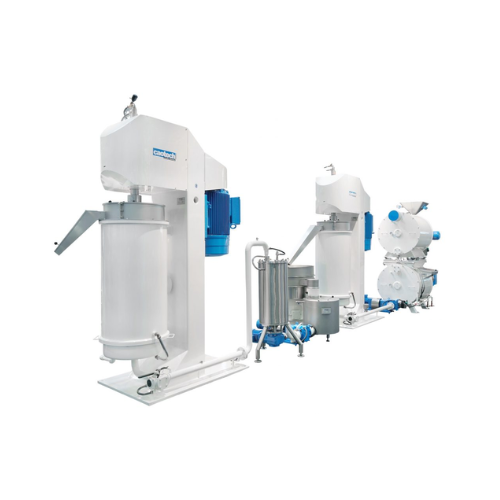
Automatic chocolate processing line
Transform your production by automating the complete chocolate-making process—from prec...
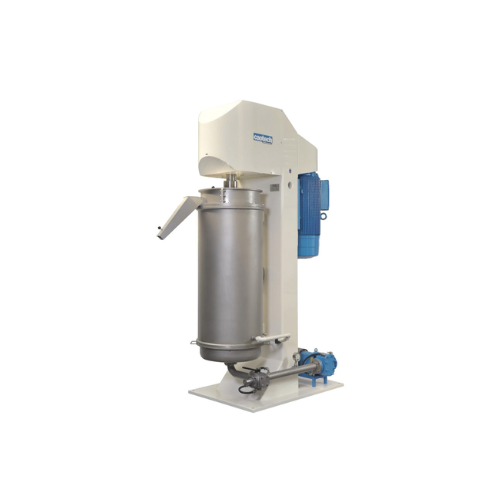
Ball mill refiner for cocoa liquor and chocolate production
Optimize your cocoa and chocolate refinement with precise gr...
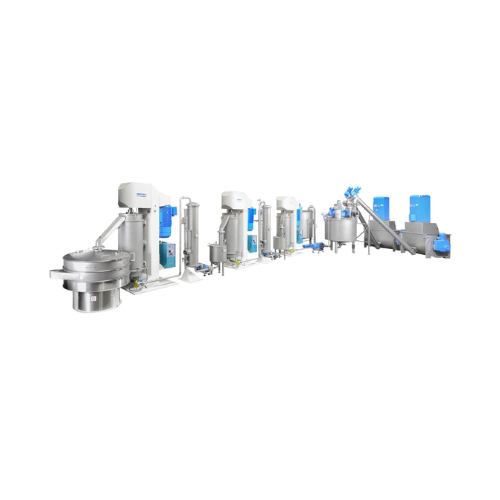
Chocolate processing production line
Efficiently streamline your chocolate and compound production with a fully automatic s...
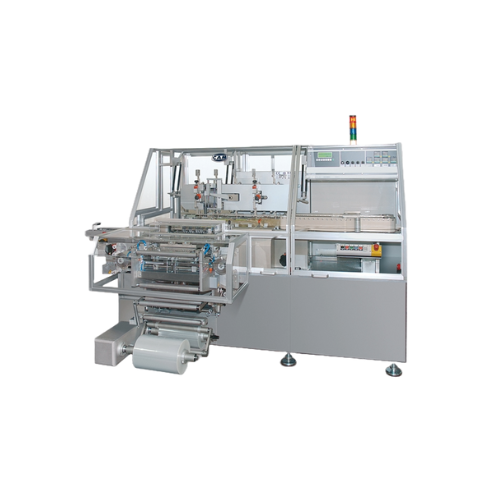
High-speed continuous motion overwrapper for thin films
For those needing high-speed, efficient wrapping, this equipment ...
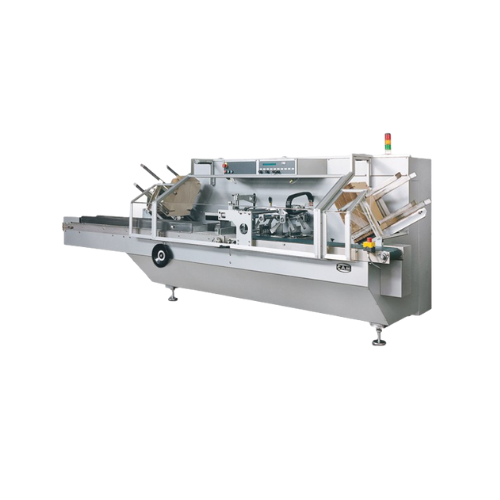
Tray and lid forming solution for food packaging
For manufacturers needing precision packaging, this machine seamlessly fo...
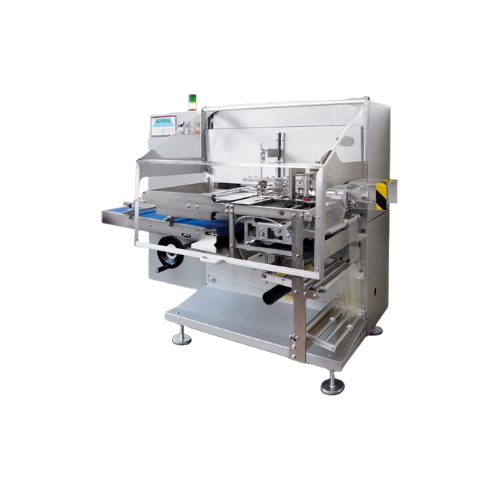
Intermittent motion overwrapper for cosmetic and food products
Achieve flawless packaging with precision wrapping and se...
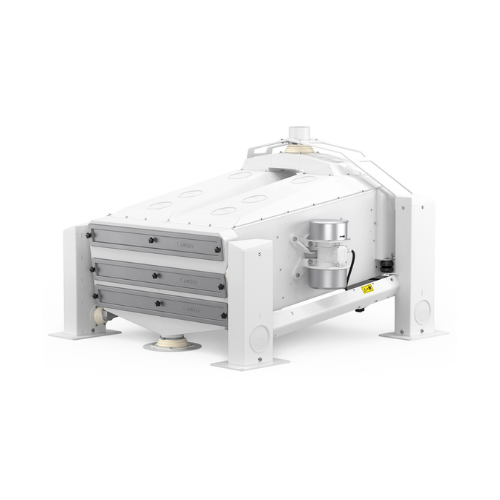
Grain separator for impurity removal in milling
Optimize grain cleaning with a high-performance separator designed to effi...
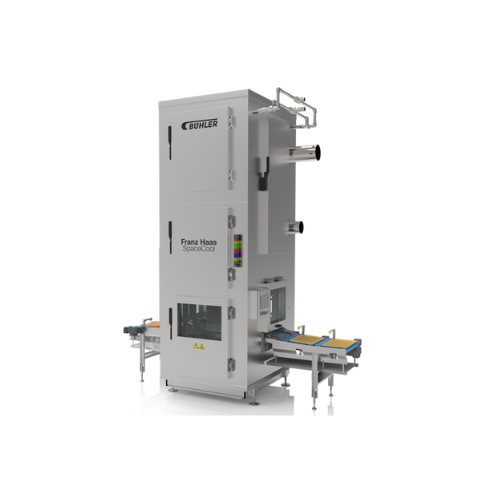
Wafer block cooling tower
Optimize your confectionery production with seamless wafer cooling, ensuring precise temperature c...
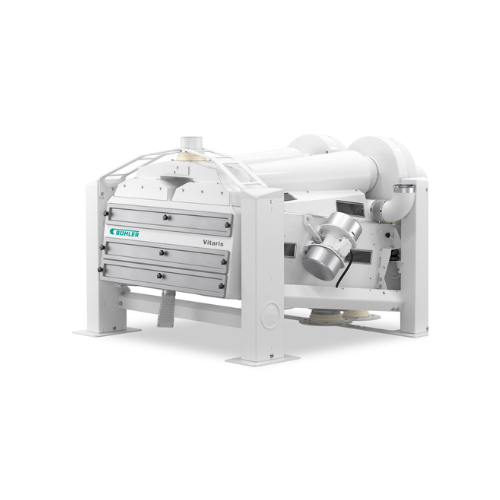
Efficient grain destoning and concentrating system
Optimize your grain processing with a solution that ensures precise se...

Chain conveyor for grain and floury products
Ensure seamless material handling with a versatile chain conveyor designed fo...
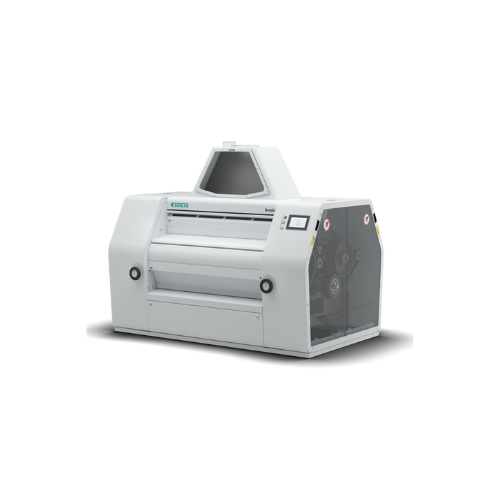
Four-roller and eight-roller mill for wheat and grain grinding
Optimize your grinding operations with this versatile rol...
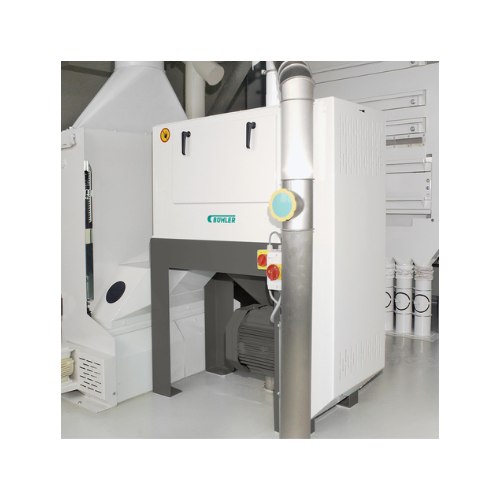
Grain scourer for wheat, durum, and rye
Enhance grain processing by efficiently removing impurities like dust, sand, and so...
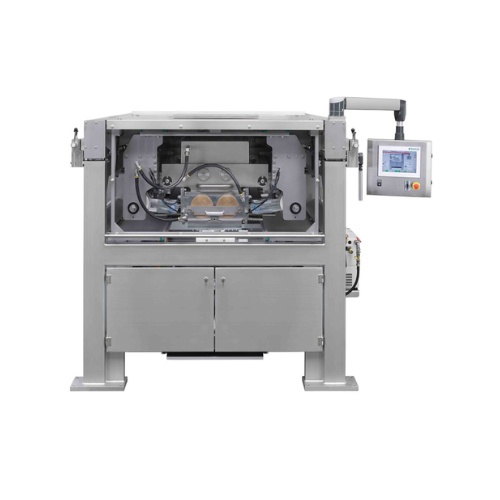
One-shot chocolate depositing system
Enhance your confectionery line with precise, high-speed depositing technology designe...
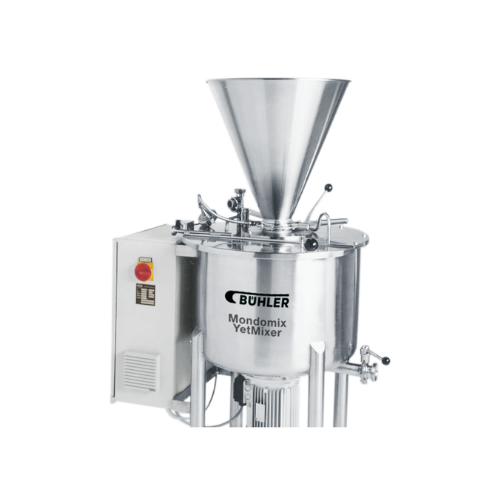
Premixer for confectionery masses
Achieve consistent ingredient blending with precision-premixing for candy and baked goods...
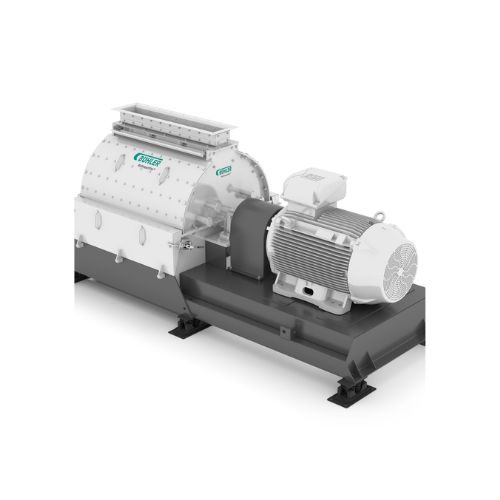
Hammer mill for fine grinding in food and feed industries
Achieve exceptionally fine particle-size distribution with a h...
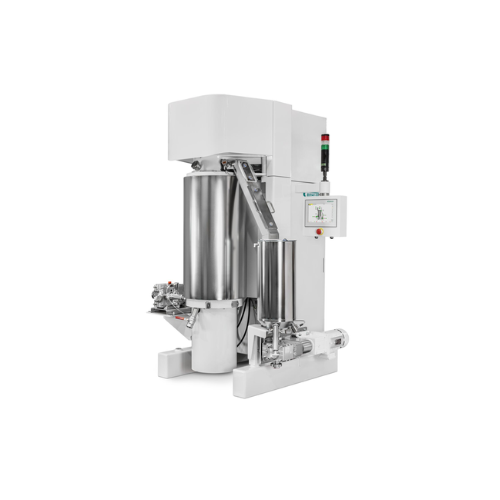
Ball mill for chocolate, cocoa, and nut products
Optimize your grinding processes and achieve perfect product consistency ...
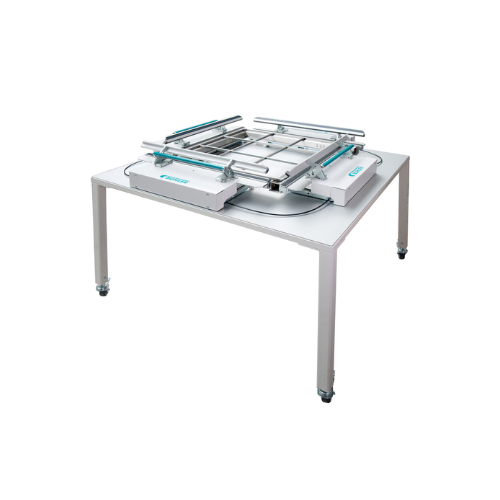
Sieve tensioning device for milling applications
Achieve precise and consistent tensioning across various sieve frames wit...
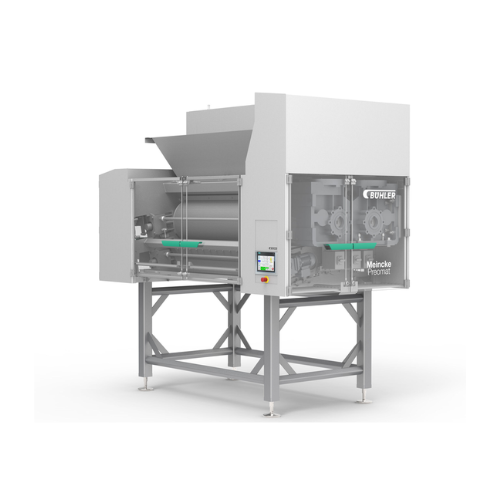
Dough sheeter for rotary-cut biscuits
Achieve consistently smooth dough bands essential for high-quality biscuits and confe...
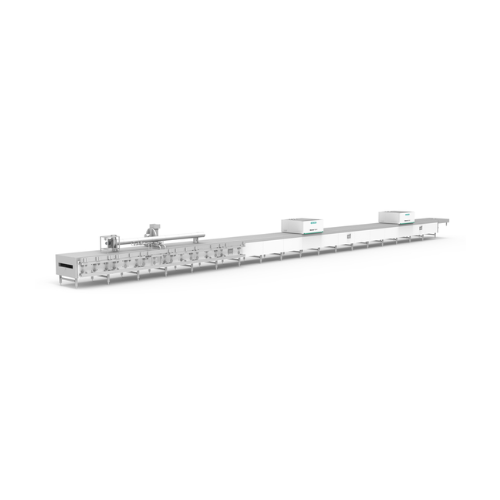
Hybrid tunnel oven for biscuits and cakes
Enhance production efficiency and product consistency with a versatile oven syst...

High-throughput hammer mill for animal feed production
Ideal for high-throughput operations, this hammer mill ensures pre...
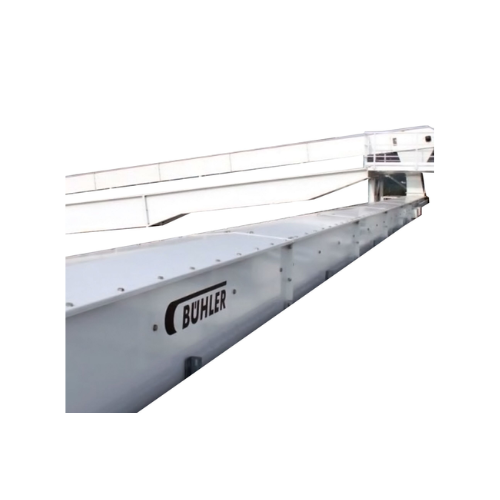
Heavy-duty trough chain conveyor for high throughput applications
Optimized for high-capacity operations, this robust c...
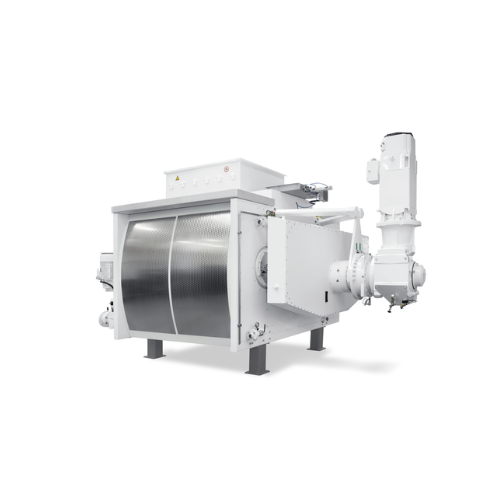
Double-overthrow conche for chocolate production
Achieve precise taste and texture in chocolate production with reduced en...
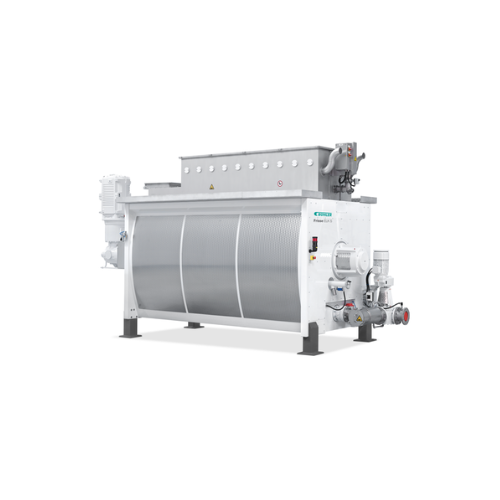
Single-shaft conche for chocolate production
Optimize your chocolate production with a conche that delivers shorter conchi...

Chocolate enrober for bars, cookies, and wafers
Ensure consistent and high-quality enrobing for confections with advanced ...
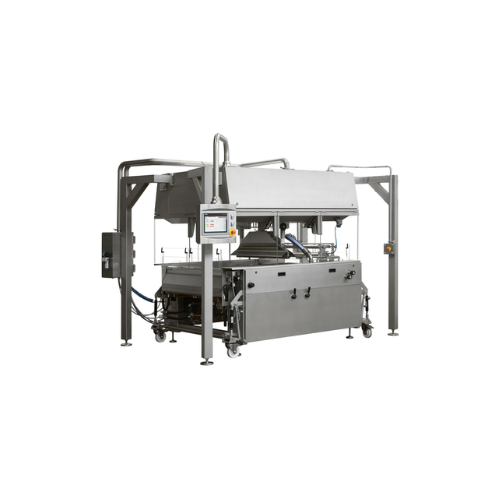
Advanced enrobing line for confectionery
For confectionery producers seeking seamless chocolate coating versatility, our en...
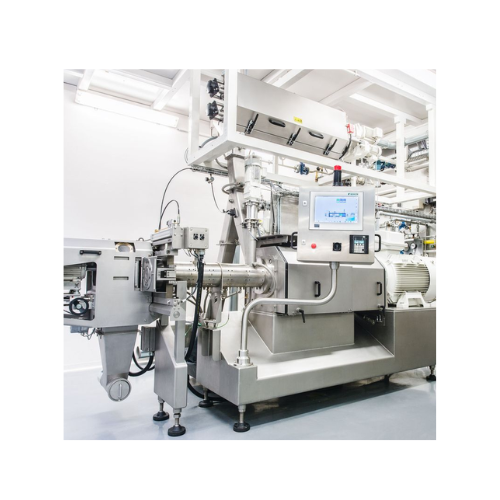
Twin-screw extruder for breakfast cereals production
Enhance your product range with flexible twin-screw extrusion techno...
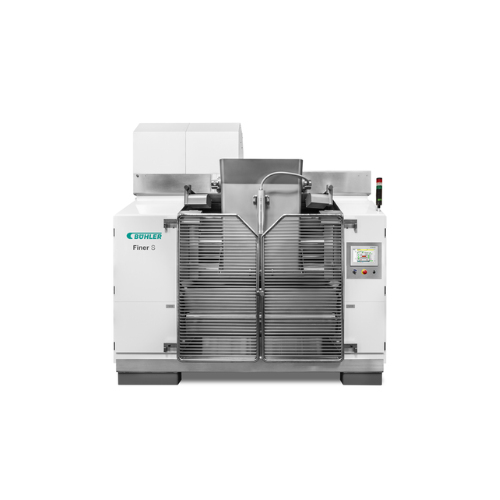
Five-roll refiner for chocolate production
Achieve precise particle size control and energy efficiency in your chocolate r...
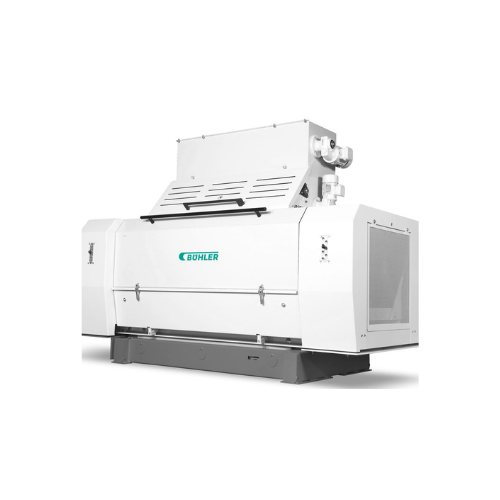
Oilseed flaking and milling system
Optimize your oilseed processing with a flaking system that enhances extraction efficien...
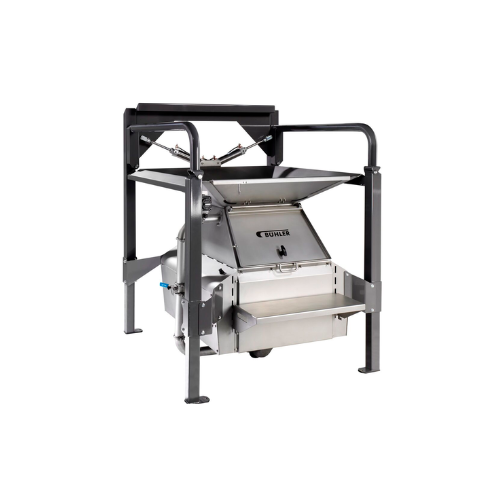
Discharge station for bags and big bags
Ensure consistent material flow and hygiene in your production line with a versatil...
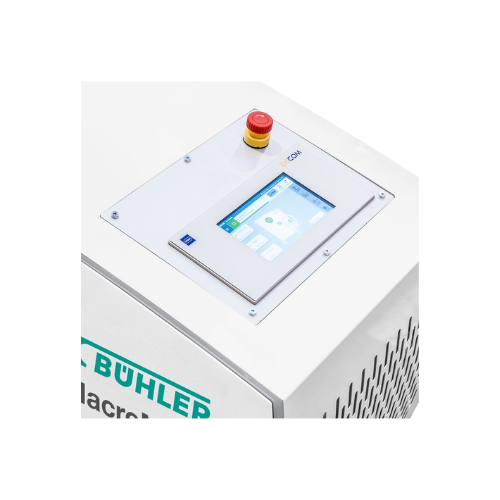
Control systems for wet grinding industry
Enhance precision and efficiency in your production line with advanced control s...

Vertical conveyor for bulk materials
Optimize your handling of bulk materials with a cost-effective solution that ensures h...
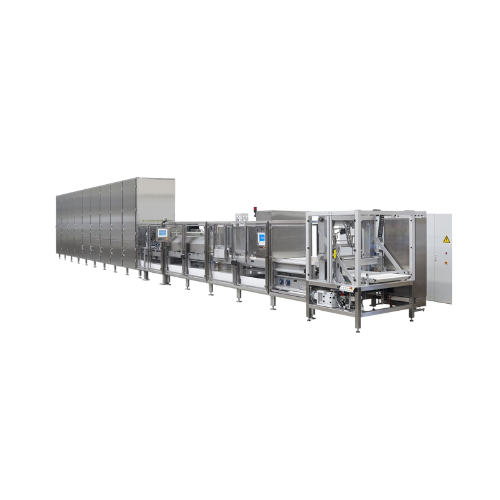
Continuous moulding line for chocolates
Achieve precise chocolate moulding with continuous operation, ensuring high-speed p...

Loose mould line for chocolate production
Streamline your chocolate production with a high-throughput line that seamlessly...
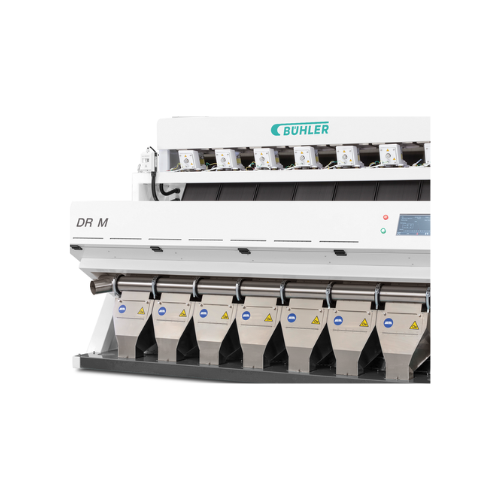
Optical sorter for wheat applications
Effortlessly enhance product purity by eliminating color defects and foreign material...
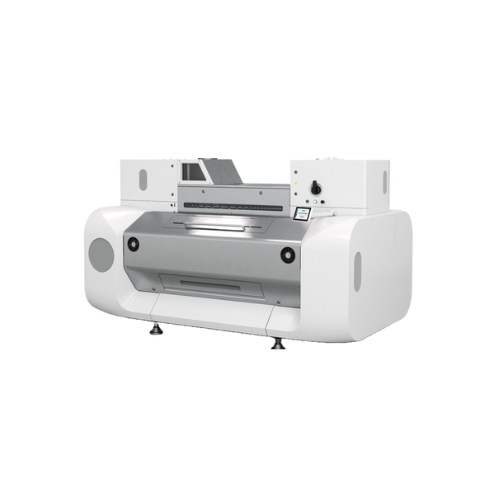
Integrated grinding system for wheat and grain
Optimize your grinding process with a system that delivers consistent parti...
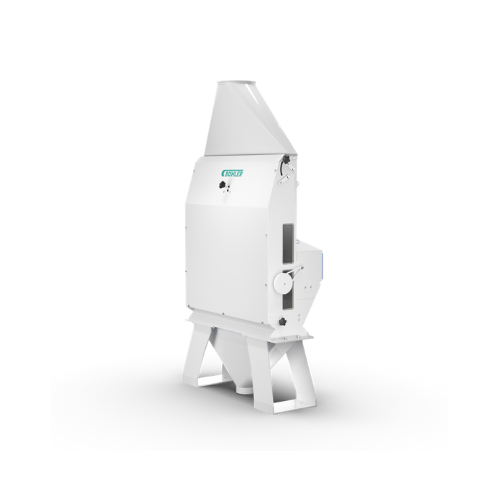
Aspiration channel for grain cleaning
Achieve superior product quality by efficiently removing light impurities from granul...
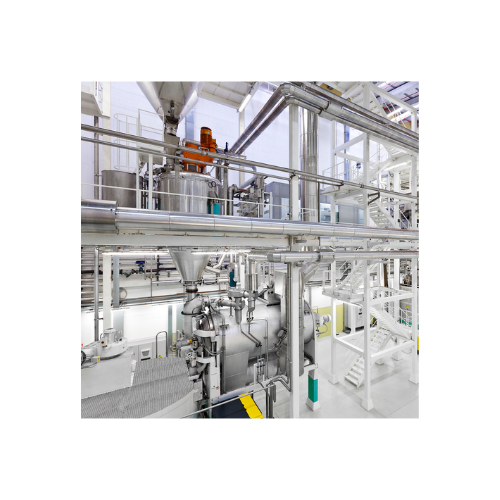
Alkalizing system for cocoa powder coloring
Achieve precise cocoa powder coloration and enhanced flavor development with a...
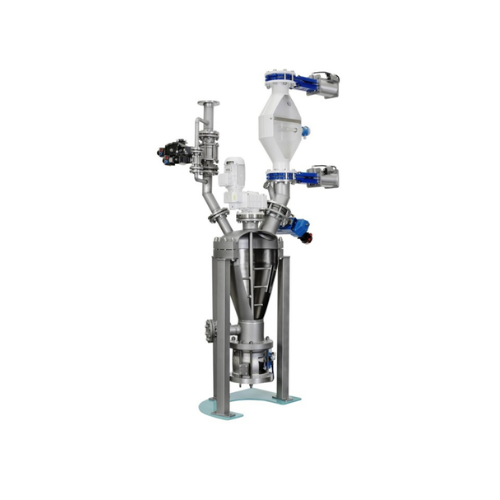
Debacterizing system for cocoa beans
Ensure your cocoa processing meets stringent hygiene standards with this advanced deba...
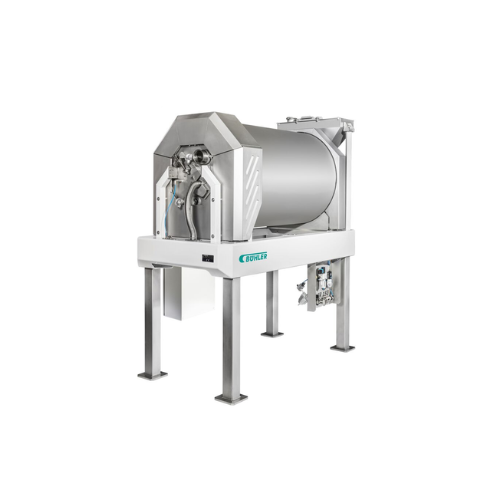
Infrared pre-treatment system for cocoa beans
Unlock maximum yield and preserve flavor in cocoa processing with this innov...
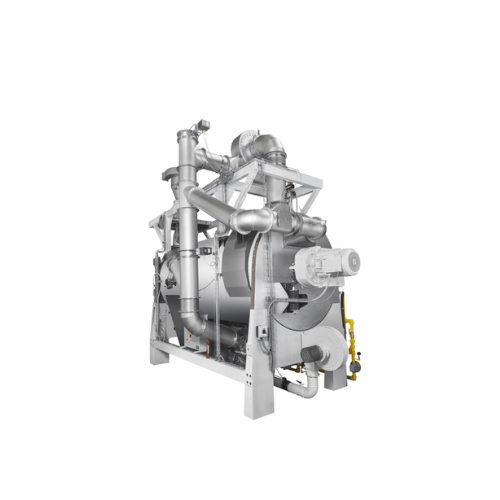
Cocoa nibs and malt roaster
Achieve precise roasting, sterilization, and taste control of cocoa and malt with adaptable heat...
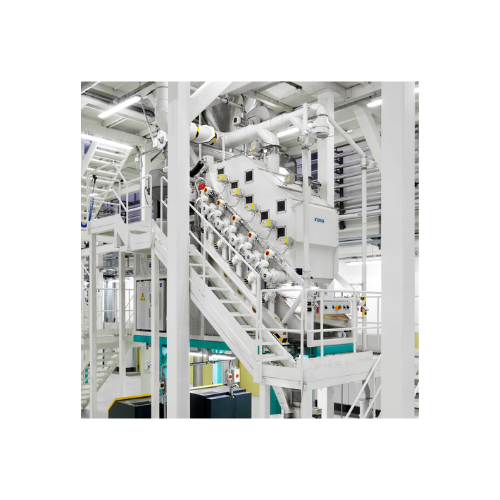
Winnowing system for cocoa processing
Achieve precise cocoa separation with a high-efficiency winnowing system designed for...
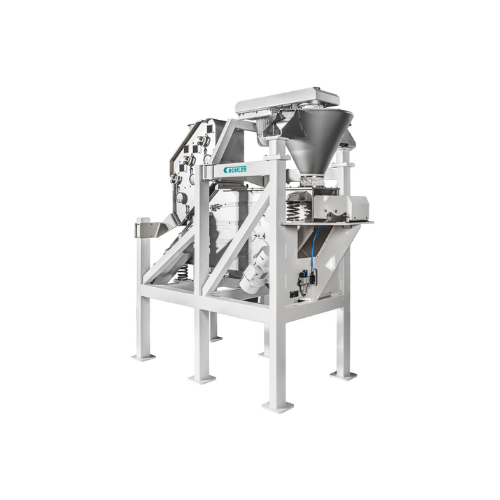
Laboratory winnowing system for cocoa beans
Efficiently crush cocoa beans and separate shells from nibs with precision and...
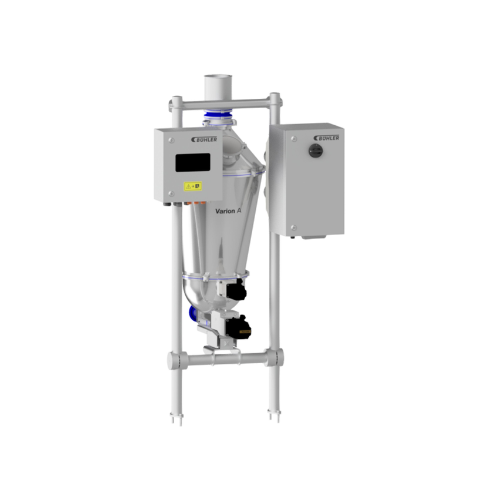
Batch scale for high accuracy weighing of powdery products
Achieve unparalleled precision in powder dosing with our batc...
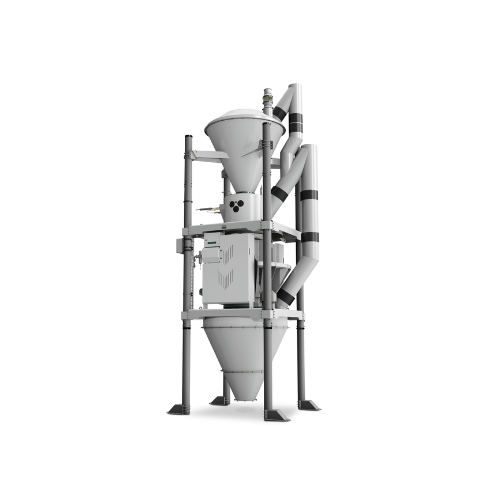
Fully automatic batch scale for powdery and granular products
Achieve precise and repeatable dosing for powdery and gran...
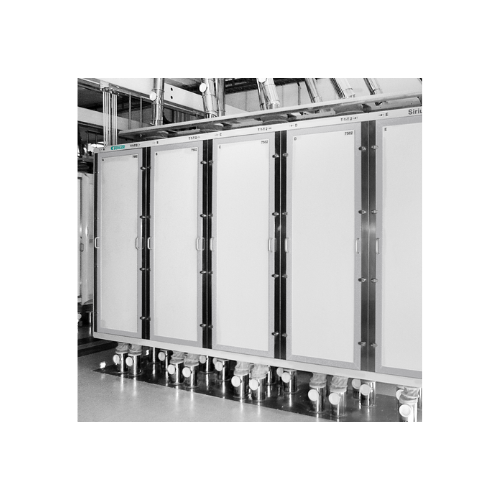
Industrial plansifter for grain sifting and grading
Optimize your production line with precision grain separation, mainta...

Chain conveyor for grain handling
Optimize your production line with a customizable chain conveyor that ensures efficient, ...
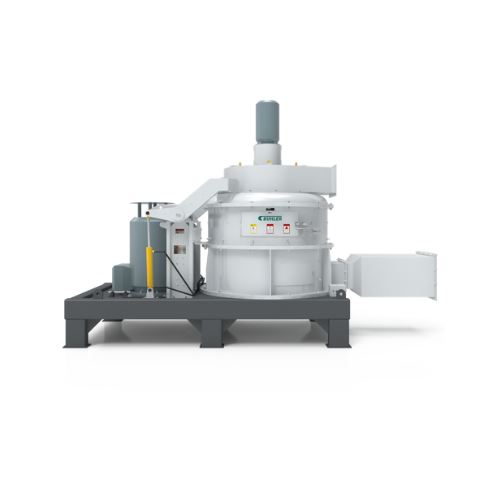
Ultra-fine pulverizer for aqua feed and pet food
Achieve precise granulation with high efficiency for your feed and food p...
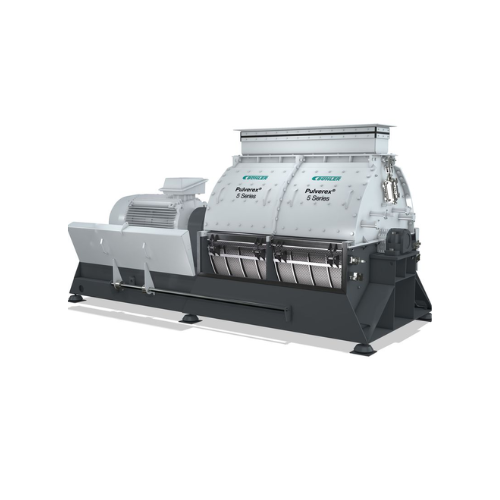
Industrial fine grinding pulverizer
Achieve consistent fine granulation at high capacity with reduced energy consumption, u...
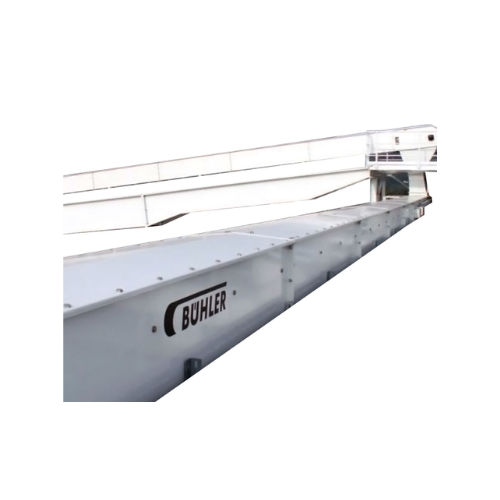
High-capacity horizontal conveyor for bulk storage
Optimize your high-speed bulk material handling with a durable and eff...
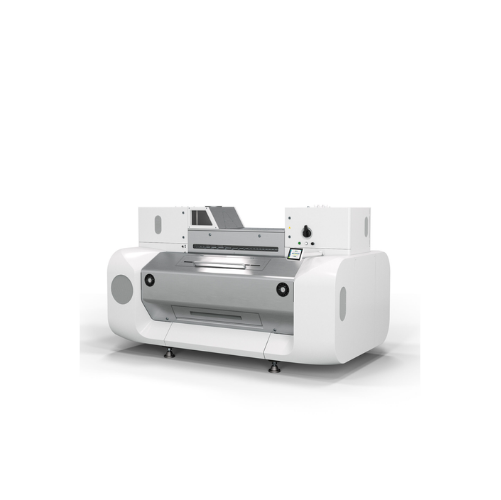
Integrated grinder for wheat and grain
Achieve superior grinding performance and energy efficiency with this fully integrat...
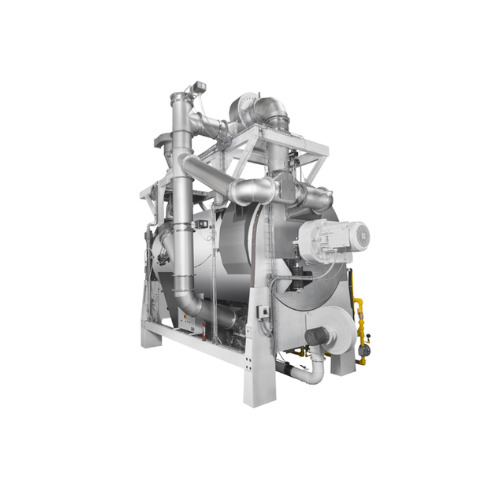
Cocoa nibs roaster with sterilization control
Achieve precise roasting and sterilization of cocoa nibs and malt with real-...
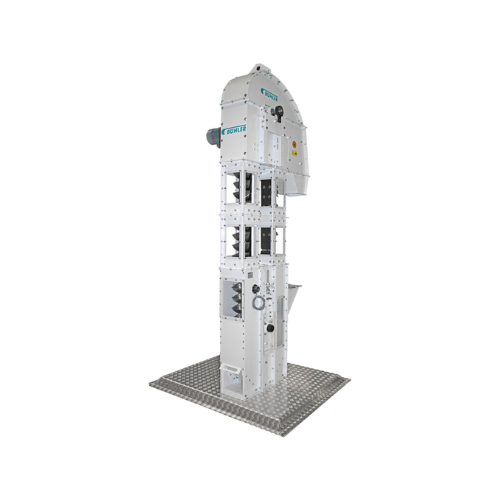
Vertical grain conveying solution for animal feed and bulk materials
Efficiently transport and elevate various bulk mat...
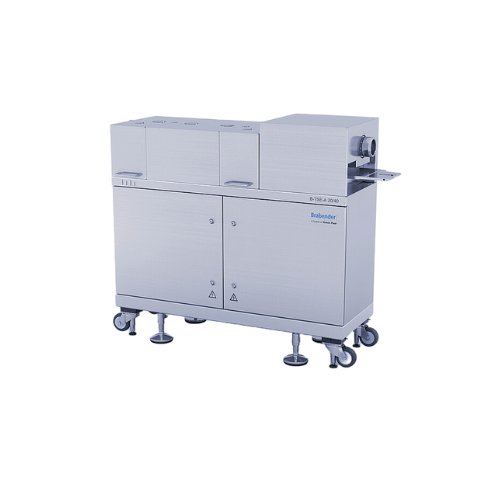
Lab-scale twin screw extruder
Optimize your material testing and production efficiency with our versatile twin screw extrude...
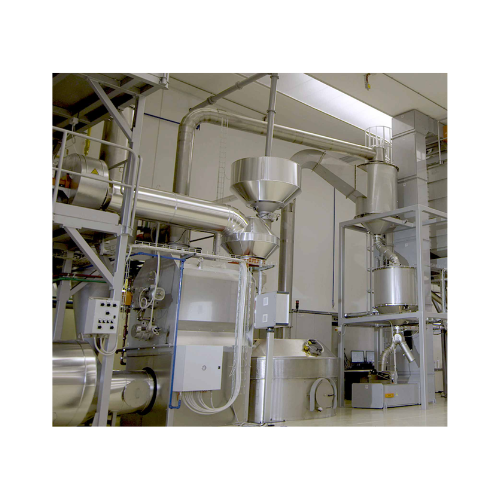
Coffee roasting system
Optimize your coffee production from green beans to finely ground espresso with this versatile system,...
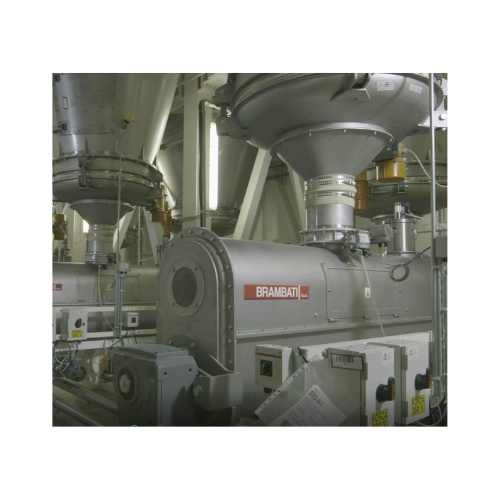
Flour handling plant for pasta production
Streamline your production with precision handling and processing of flour for p...
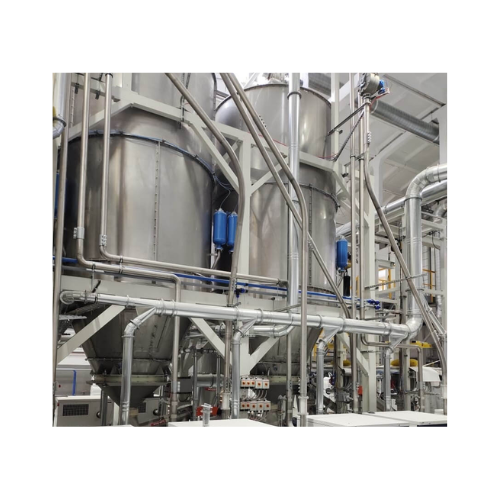
Raw material handling systems for plastic and pharmaceutical industries
Effortlessly manage and optimize the handling a...
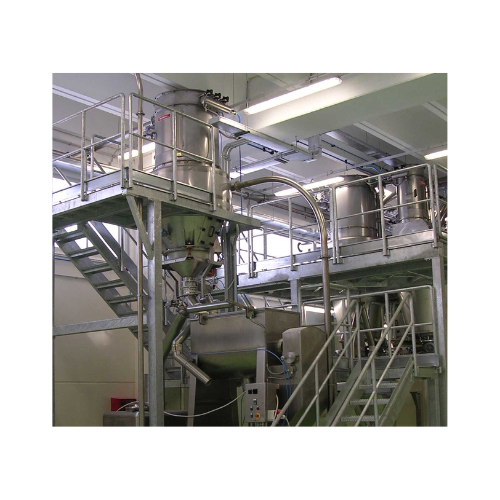
Material handling system for confectionery production
Optimize your production line with a system designed for efficient ...
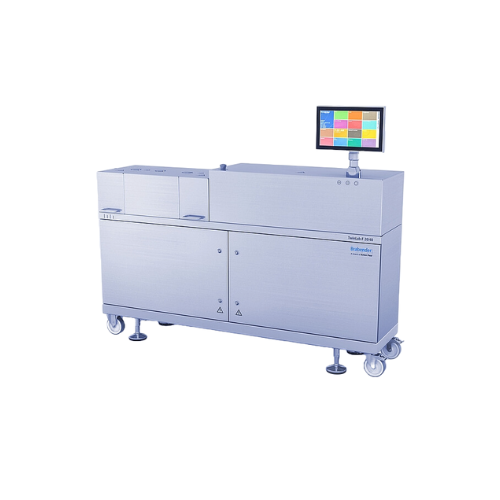
Small twin screw extruder
Optimize your lab and pilot production with a versatile twin screw extruder, designed for precise ...

Lab-scale twin screw extruders for material development
Accelerate your formulation testing and material development with...
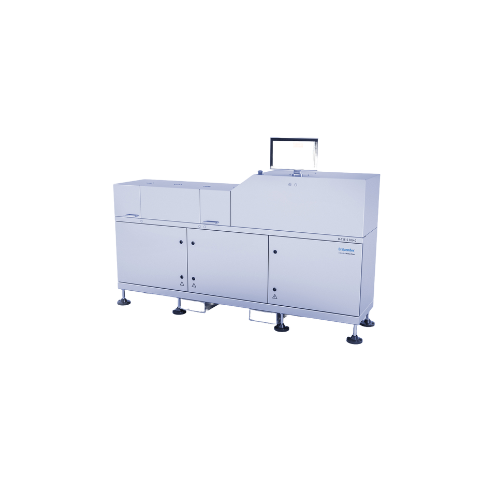
Lab- and pilot-scale twin screw extruders for small-scale production
Optimize extrusion techniques with lab and pilot-s...
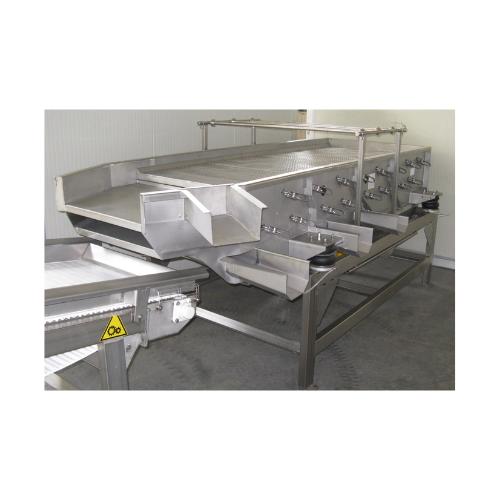
Vibrating tables for dewatering and sizing
Optimize your processing line with versatile vibrating tables designed to effic...
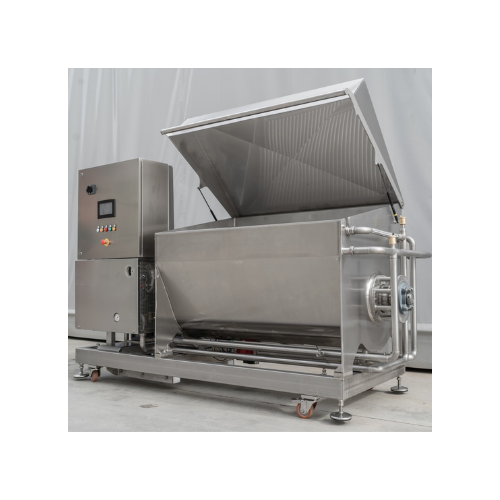
Lumps melting system for chocolate and cocoa mass
Efficiently transform solid butter, grease, and chocolate into uniform ...
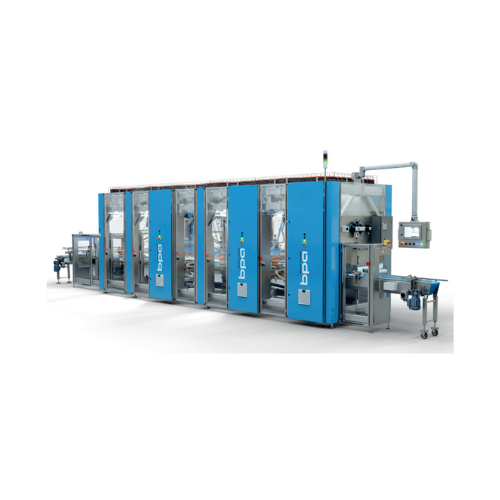
Top load and side load case packer with vision guided robotics
Optimize packing efficiency and flexibility with a versat...
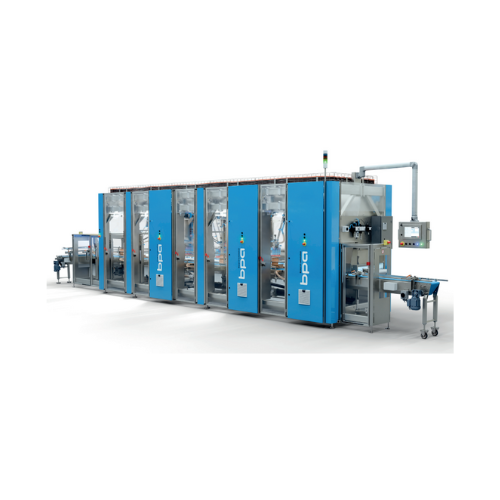
Case packing system for bags and cases
Streamline your secondary packaging process with a compact, fully integrated system ...

Vision guided robotics case packer
Maximize efficiency with vision-guided robotics for versatile case and tray loading, red...
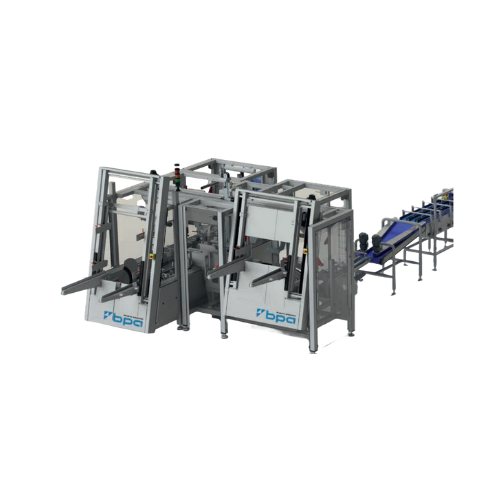
Vertical packing pattern case packer
Optimize your packaging efficiency with this high-speed case packer designed for seaml...
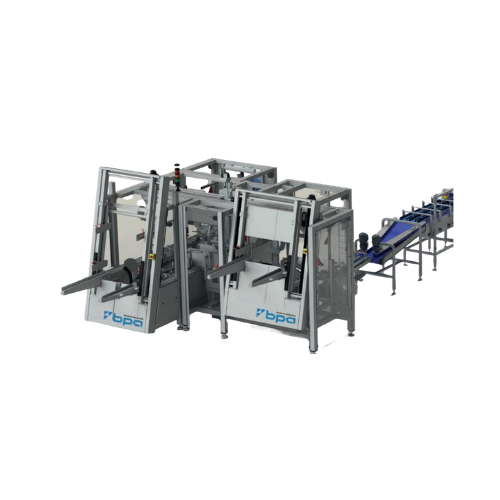
Wrap around case packer for horizontal and vertical packing patterns
Optimize your palletizing and distribution with a ...
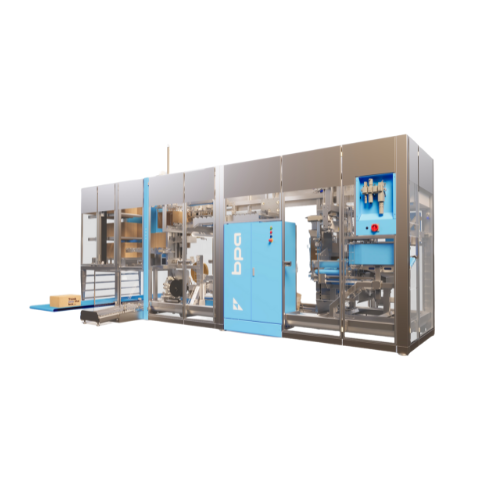
High-speed case packer for snack bags
Optimize your packaging efficiency with a compact solution designed for seamless vert...

Automated retail ready case closer
Optimize your retail packaging process with a solution that seamlessly seals and closes ...
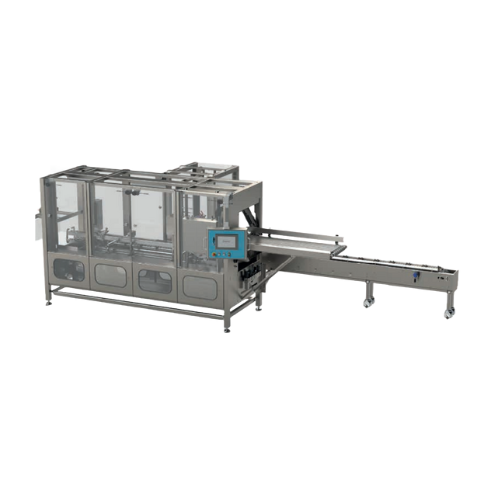
Horizontal load carton erector for food production
Enhance your production line with precise carton erecting, loading, an...

Semi-auto case packer for flexible bag collation
Enhance your manual packing speed and flexibility with a semi-automatic s...
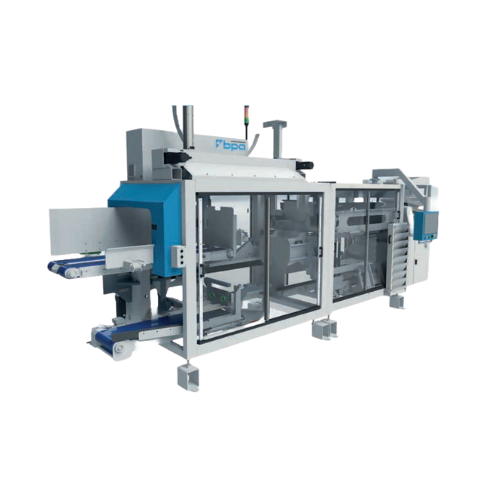
Flexible bag case packer with integrated case erector
Streamline your secondary packaging process with an efficient solut...
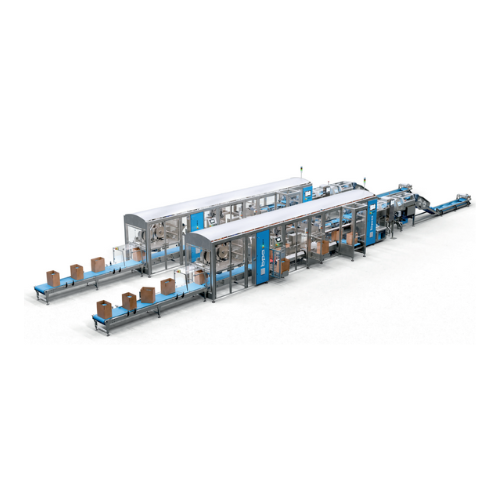
High-speed case packer for flexible bags
Streamline your packaging process with a solution designed for high-speed, error-f...

Horizontal case packing and tray loading
Enhance your packaging line efficiency with a highly adaptive system that seamless...
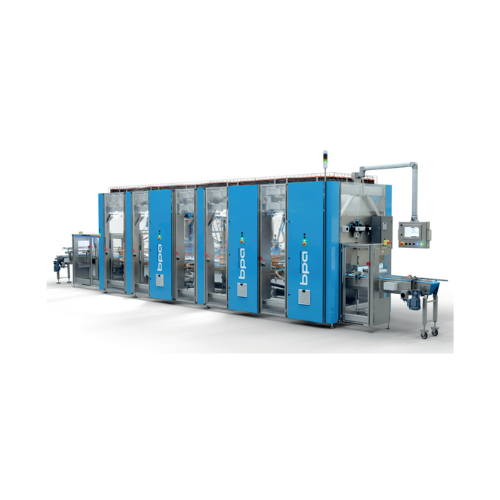
Vertical case packer for reusable and Rsc cases
Streamline your packaging line with versatile, high-speed case packing tha...

Automatic case forming and sealing solution
Streamline your end-of-line packaging with a solution that forms, folds, and s...
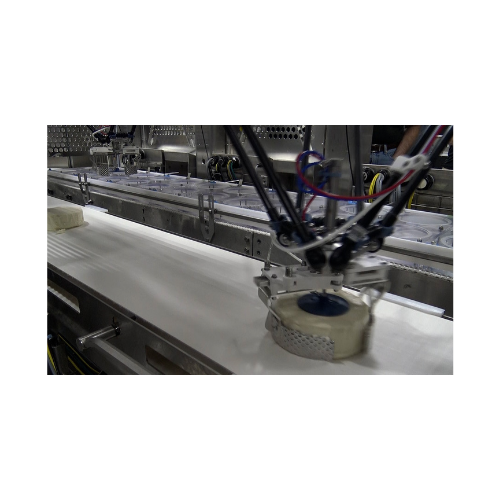
Vision-guided variety pack solution for confectioneries
Achieve seamless variety pack assembly by dynamically loading var...
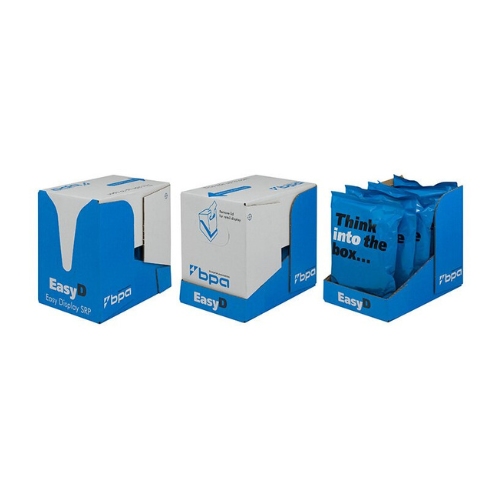
Retail ready packaging system for easy store stocking
Simplify shelf stocking with a sturdily designed packaging system t...
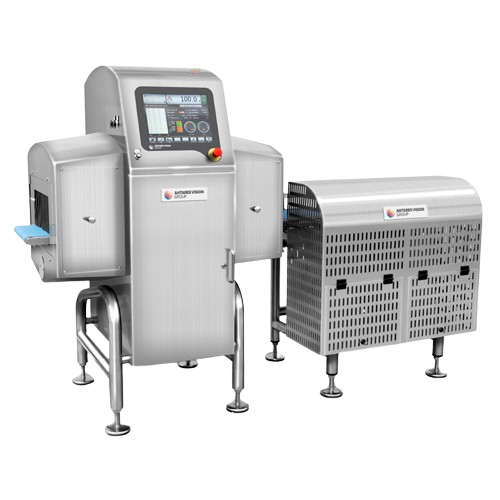
X-ray and checkweigher combination for medium horizontal products
Streamline your packaging line with integrated checkw...
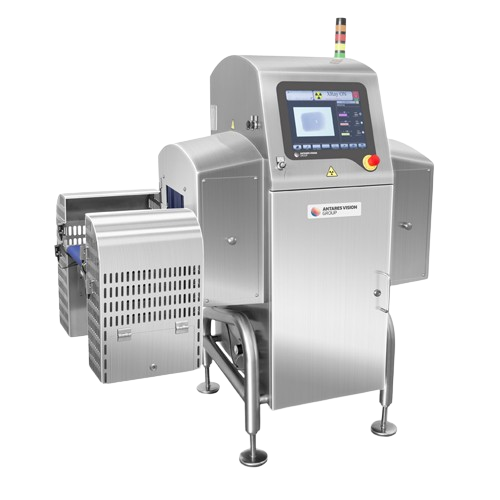
Combi x-ray inspection and checkweighing for small products
Optimize your production line’s quality control with a...
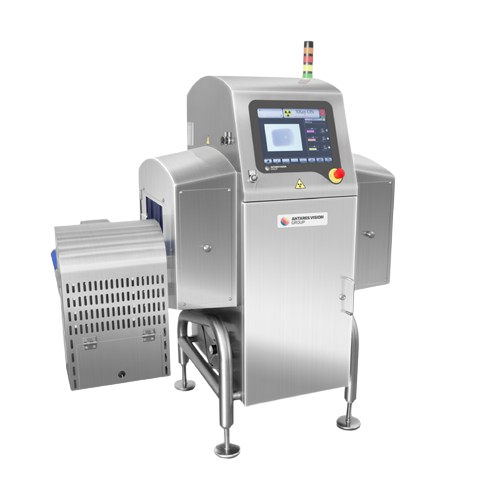
X-ray inspection for contaminants in horizontal products
Ensure your packaged and unpackaged products are contaminant-fre...
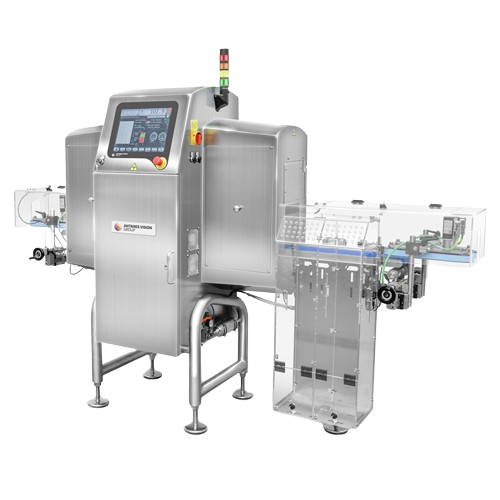
Combi x-ray and checkweigher for vertical products
Ensure precise weight control and contamination detection for vertical...
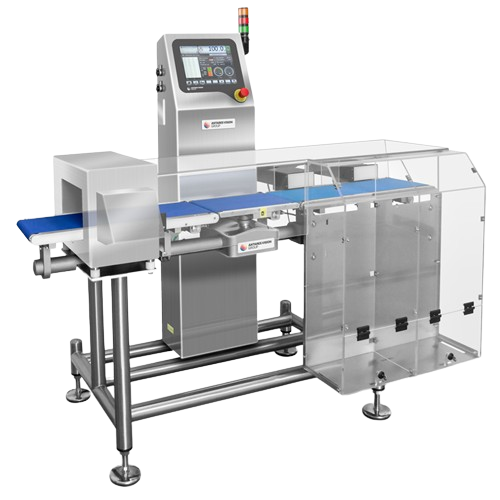
Integrated metal detector and checkweigher for small/medium formats
Ensure precise quality control and contaminant-free...
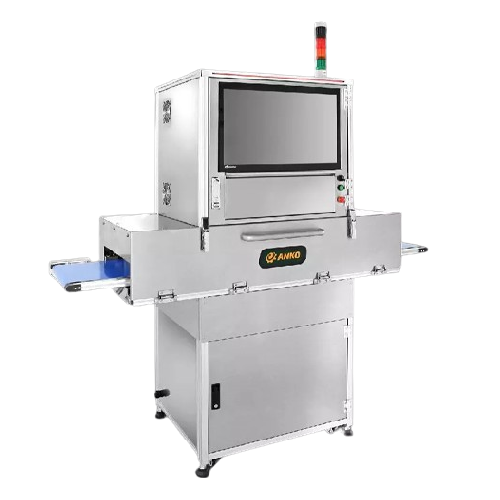
Food x-ray inspection system for contaminant detection
Ensure the purity and safety of your food products with advanced x...
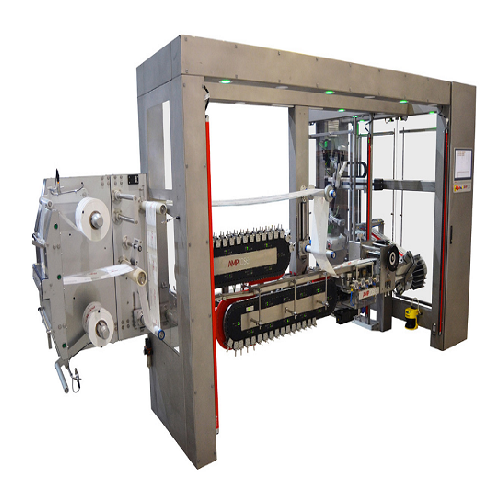
Multipack flowrapping system
Streamline your packaging process with a multipack flowrapping system that effortlessly handles...

Wrapper for flat bottomed chocolate articles
Optimize your confectionery packaging with a machine designed for swift, secu...
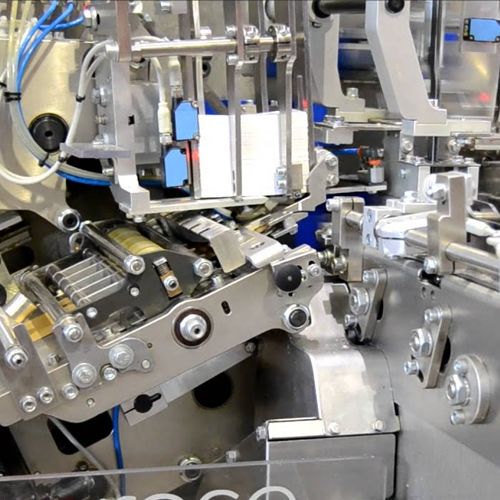
Neapolitan chocolate wrapping solution
Efficiently wrap and label square chocolates with this fold wrap solution, ideal for...
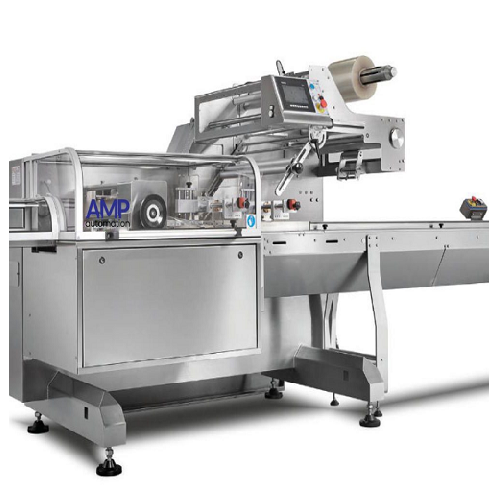
Pillow bag horizontal form-fill-seal solution
Optimize production efficiency with seamless integration of continuous, high...
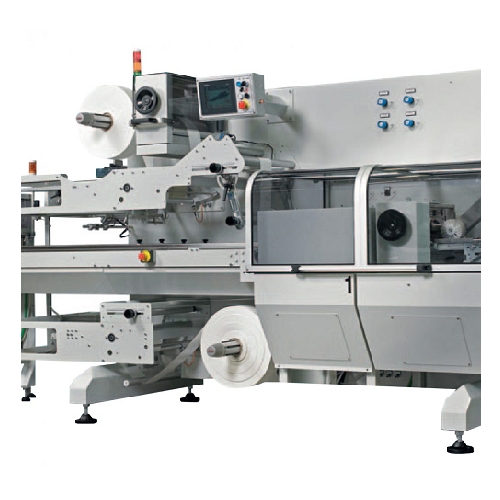
4-side seal horizontal form-fill-seal packaging system
Streamline your confectionery and snack packaging with high-speed,...
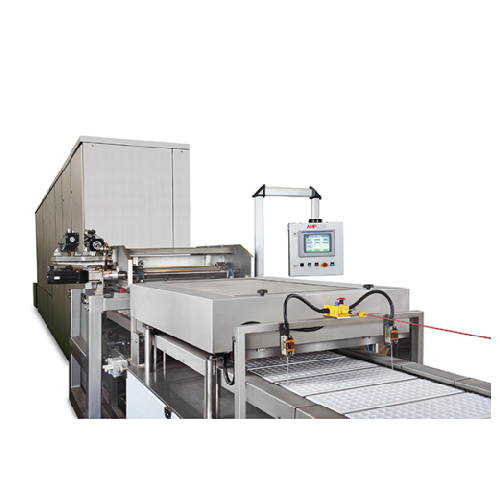
Chocolate moulding line for filled and inclusions bars
Achieve seamless chocolate production with modular flexibility, al...
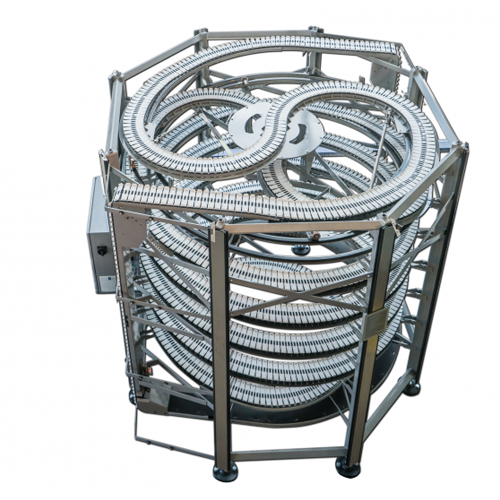
Non-contact accumulator for packaging lines
Experience seamless integration and reduced product interference with this inn...
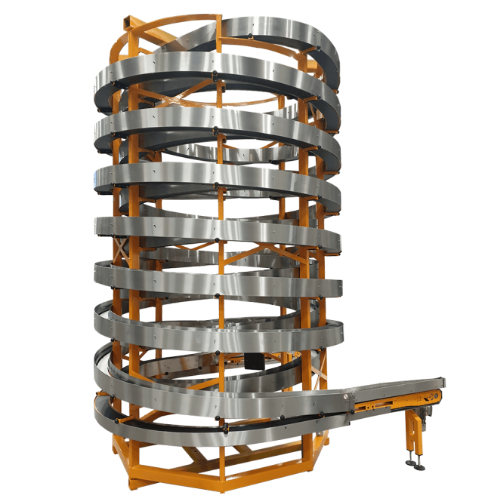
Compact accumulation conveyor for liquid containers
Optimize your space with an ultra-compact conveyor that ensures seaml...
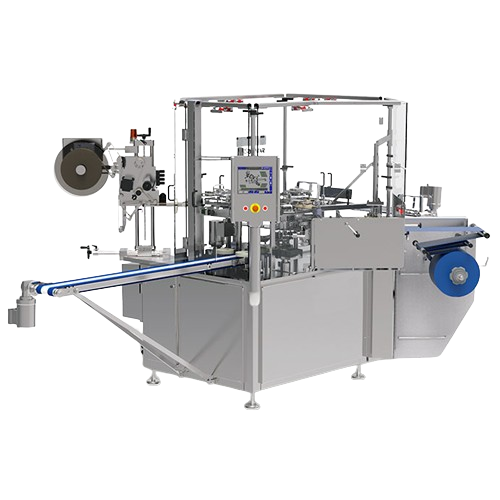
Automatic wrapping for small products
Achieve precise and efficient packaging of diverse small products with seamless verti...
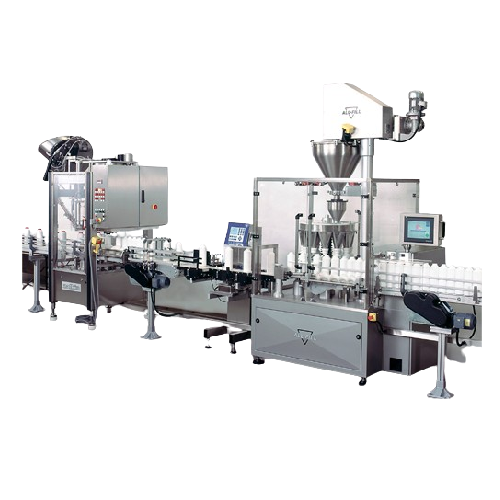
Turnkey filling lines for packaging solutions
Optimize your production line with our turnkey filling solutions, designed t...
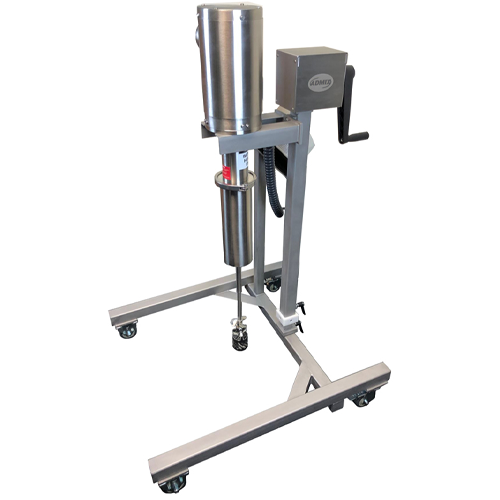
Pilot scale mixers for product development and small production runs
Optimize your mixing processes with precision cont...
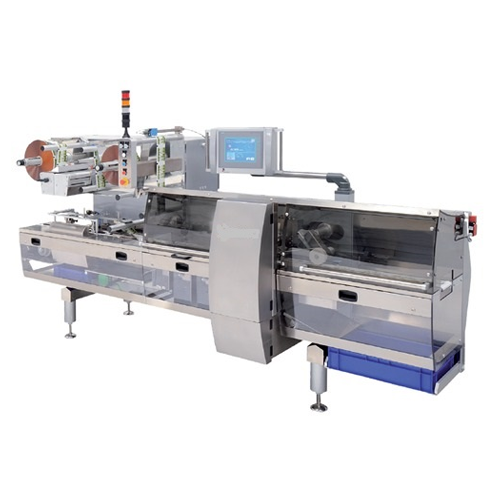
High speed horizontal flow wrapper for food products
Achieve precise, high-speed packaging for snacks with this versatile...
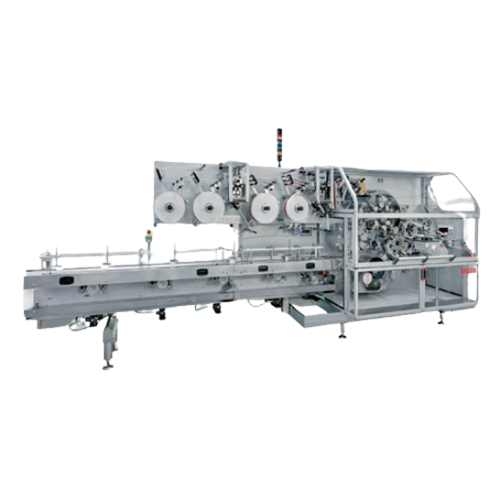
Multi-style candy and chocolate wrapper
Achieve high-speed, precision wrapping for diverse confectionery products with vers...

Double twist wrapping solution for candy packaging
Enhance your candy and gum production with high-speed wrapping that en...
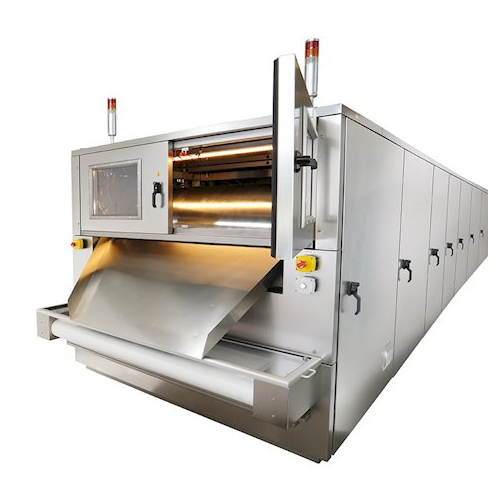
Chocolate production belt line
Optimize your chocolate and bakery production with a versatile belt line designed for continu...
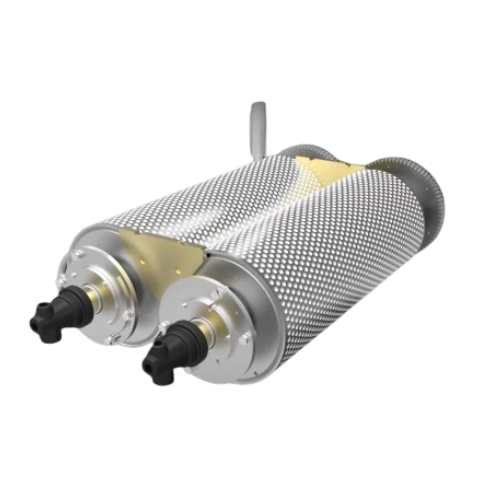
Chocolate moulding line for lentils, balls, and eggs
Achieve precision and efficiency in molding chocolate centers for le...
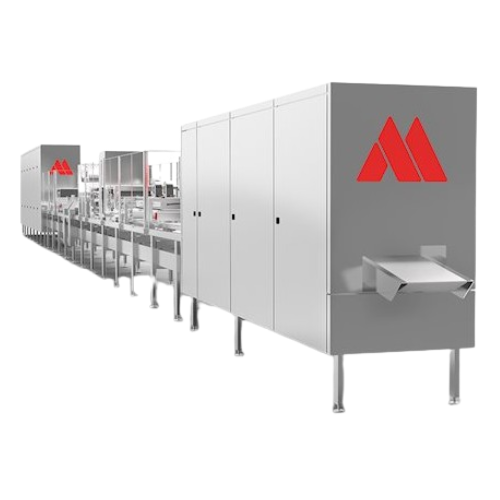
Flexible chocolate moulding line for limited space production
Optimize your production line with a versatile moulding sy...
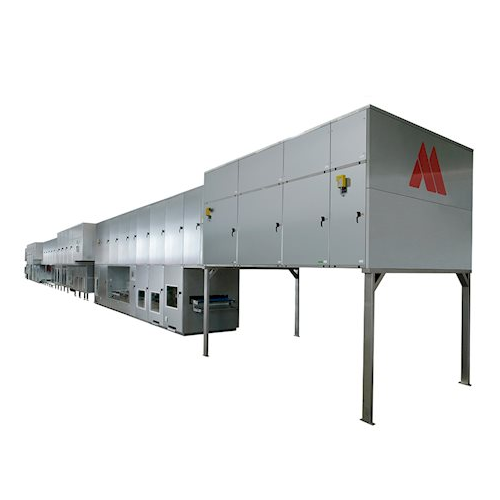
High capacity chocolate moulding line
Maximize your production capacity with a tailor-made moulding line designed for versa...
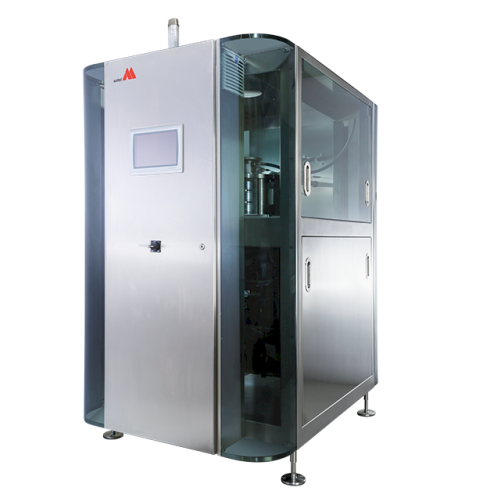
Chocolate tempering system
Optimize your chocolate production with a tempering system that achieves precise crystallization,...
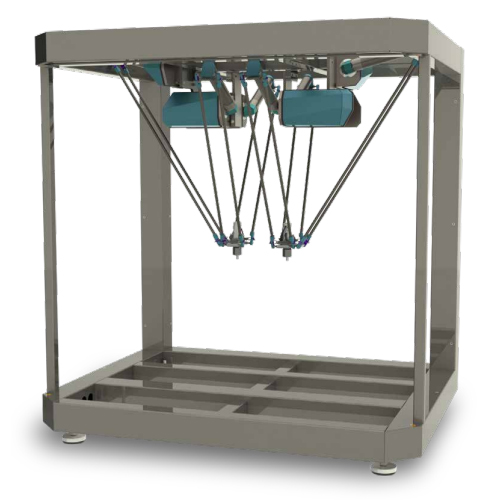
Direct drive delta robots for precision handling
Enhance operational speed and precision with innovative direct drive delt...
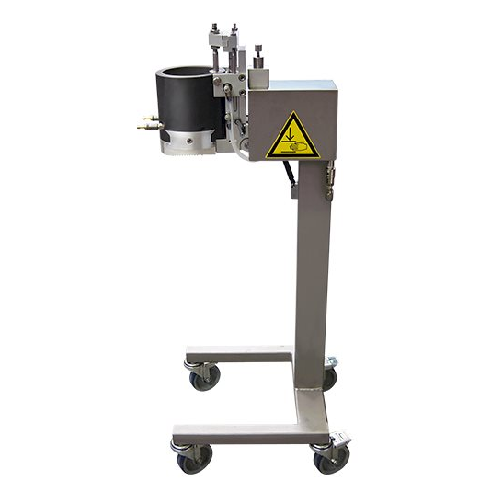
Lab-scale chocolate chip depositor
Enhance your R&D capabilities with precision depositing of chocolate masses, allowi...
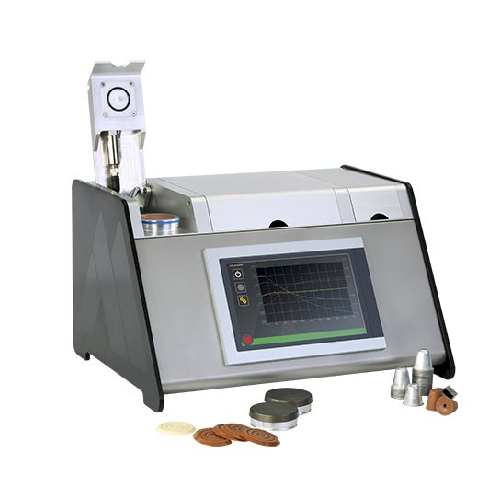
Chocolate quality analysis instrument
Ensure the highest quality of your chocolate production by precisely measuring contra...
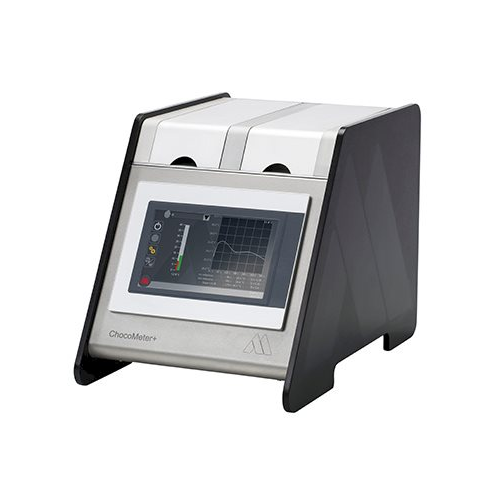
Chocolate temper measurement device
Ensure your chocolate maintains optimal temper by measuring and analyzing the chocolate...
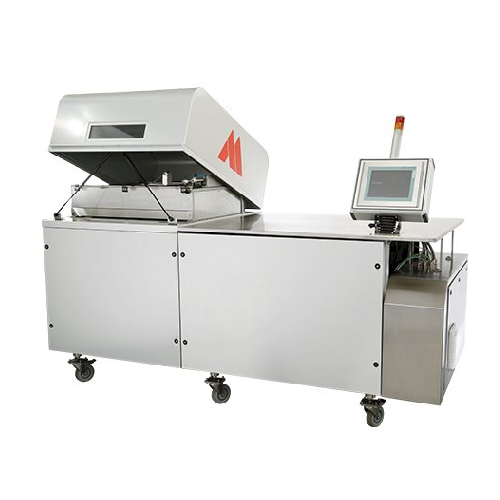
Cooling simulator for chocolate production optimization
Optimize your chocolate cooling processes and refine production s...
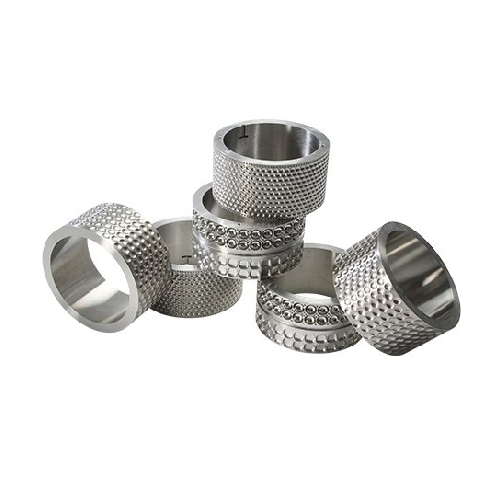
Laboratory roller for chocolate production
Easily switch between producing chocolate lentils, balls, and eggs with these f...
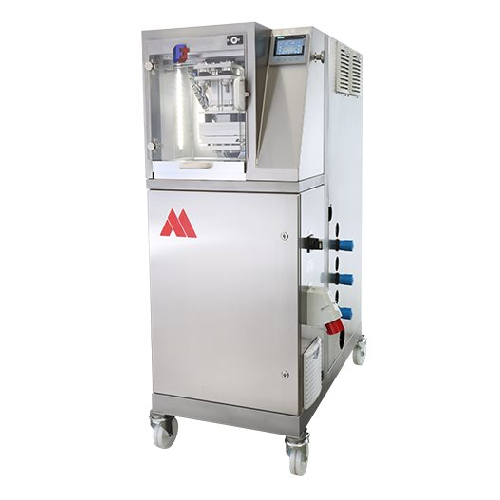
Laboratory cold-press chocolate shell maker
Enhance your R&D capabilities with a solution that enables precise cold-p...
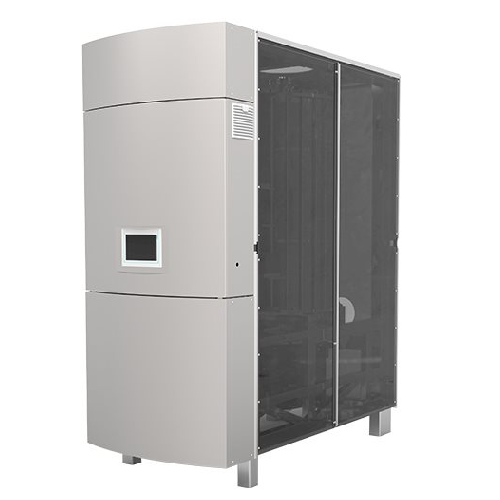
Advanced chocolate tempering system
Achieve flawless chocolate and confectionery products with precision tempering, ensurin...
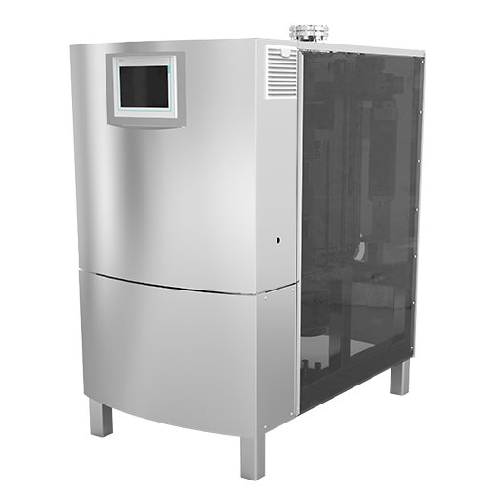
Energy efficient chocolate tempering solution
Enhance your chocolate products with precise temperature control, reducing e...

Chocolate enrober for large scale production
Efficiently enrobe a wide range of products, from chocolate bars to delicate ...

Bottom enrober for chocolate and confectionery products
Optimize your production line with precise bottom enrobing, ensur...
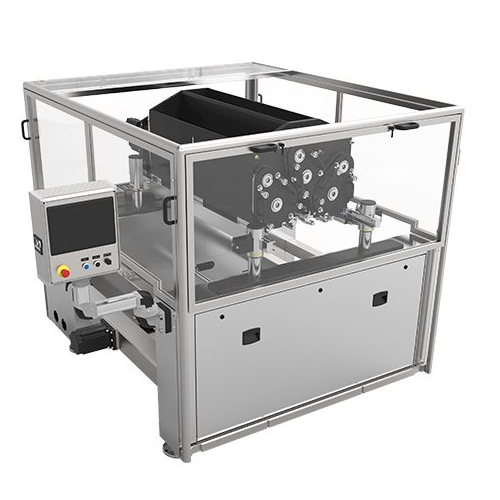
Extruder and depositor for confectionery production
Ideal for producing sophisticated confectionery and bakery items, thi...
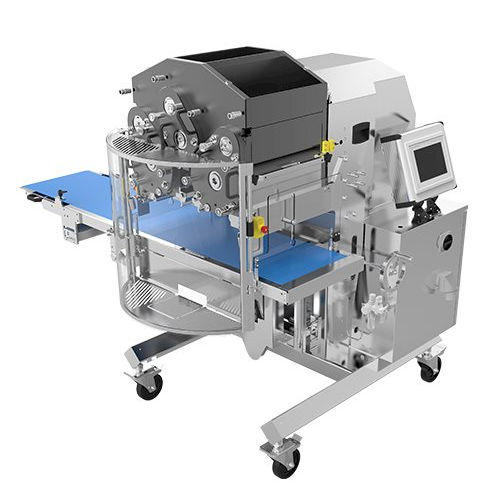
Small-scale depositor and extruder for bakery production
Revolutionize your confectionery and bakery production with a fl...
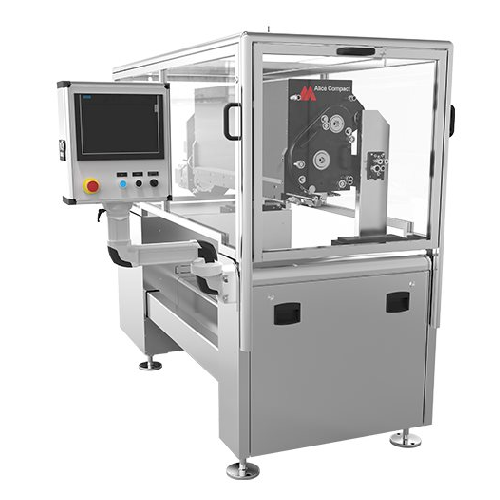
Compact extruder and depositor for confectionery and bakery production
Streamline your confectionery and bakery product...
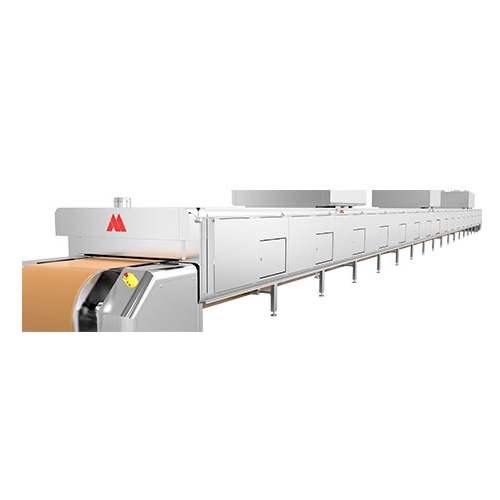
Convection oven for uniform baking
Achieve precise, energy-efficient baking with this convection oven, offering fast heatin...
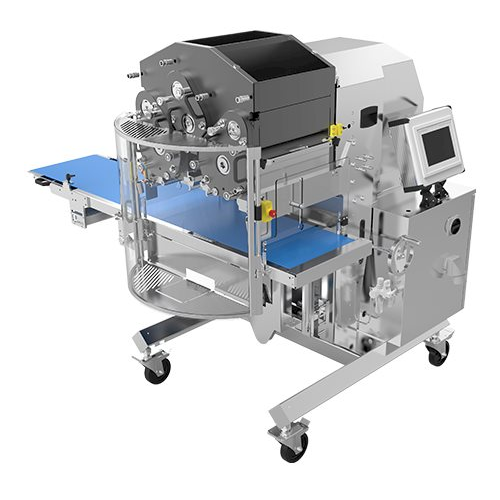
Flexible depositor and extruder for small-scale production
Achieve precise multi-mass creations with a compact, versatil...
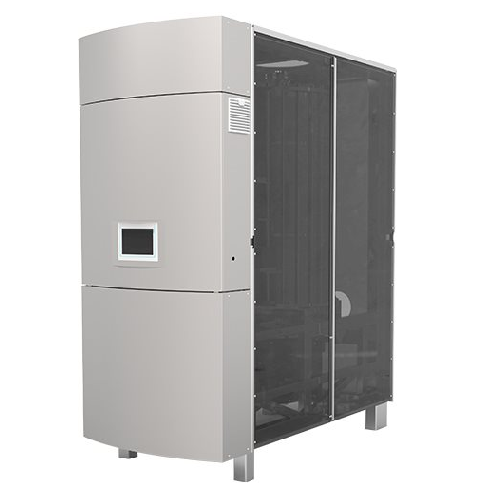
Laboratory chocolate tempering solution
Achieve precise tempering of diverse chocolate and confectionery masses with optimi...
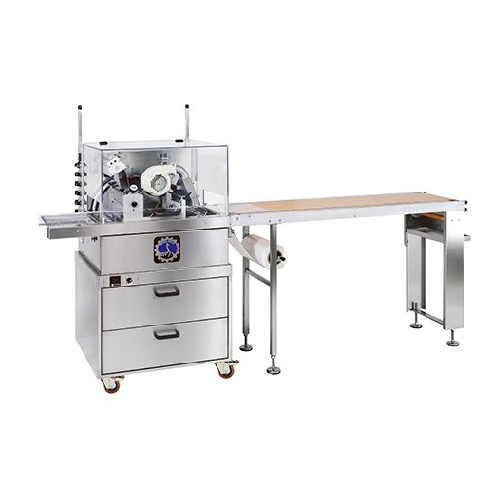
Small-scale chocolate enrober for laboratory use
Optimize small-scale chocolate production with a flexible enrober designe...
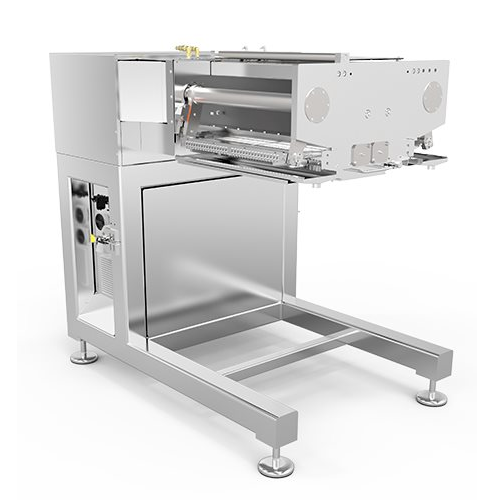
Depositing system for solid and filled chocolates
Enhance your chocolate production with a versatile depositing system, p...
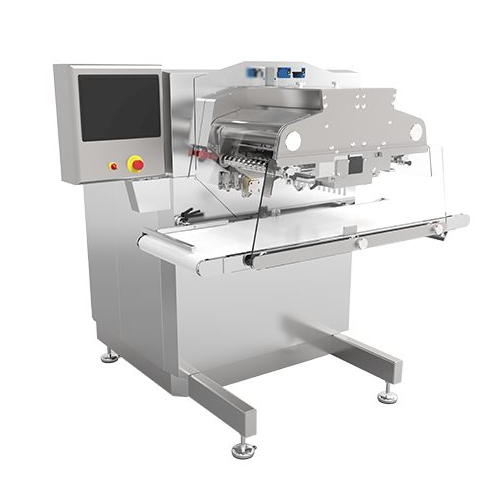
Chocolate depositor for small to medium production
Optimize your confectionery production with a versatile depositor that...
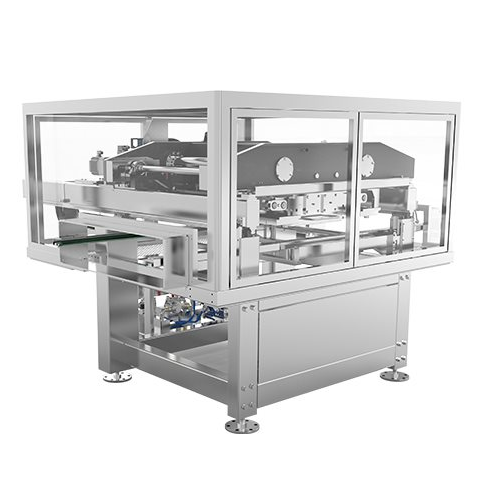
Depositor for solid and filled chocolates
Optimize your chocolate production with precision depositing for medium to large...
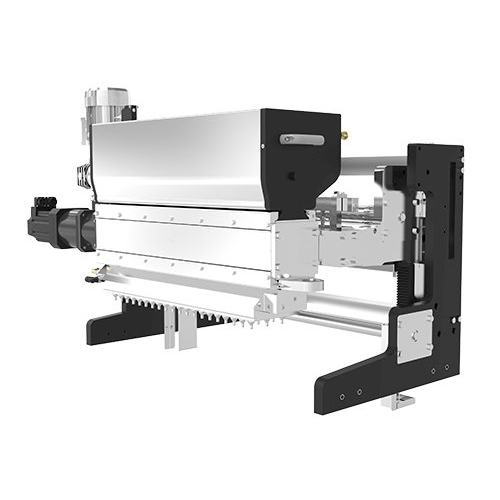
High precision depositor for confectionery production
Achieve precision and versatility in your confectionery production ...
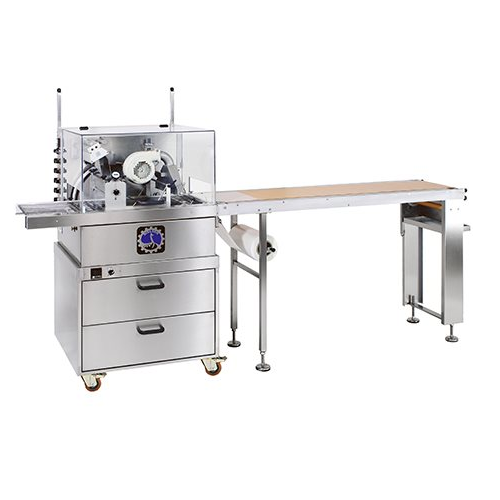
Small scale chocolate enrober
Ideal for creative small-scale producers, this enrober allows you to experiment with chocolate...

Energy efficient enrober for chocolate coating
Enhance your production with energy-efficient enrobing that ensures precise...
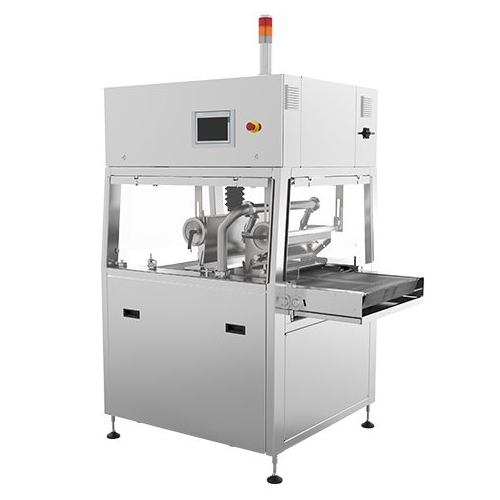
Enrobing system for rapid changeover in confectionery production
Achieve seamless chocolate coating transitions with a s...
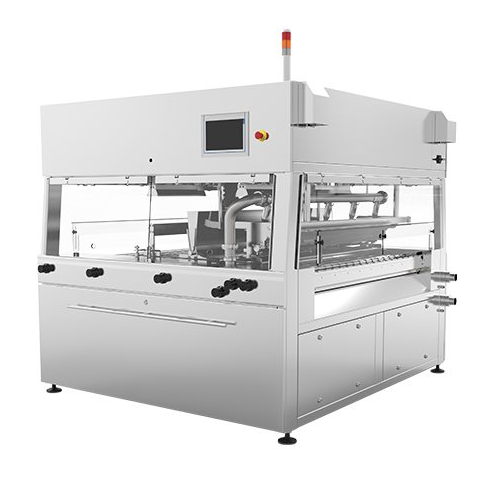
Industrial chocolate enrober
Achieve exceptional chocolate coating consistency and efficiency with this advanced enrobing te...
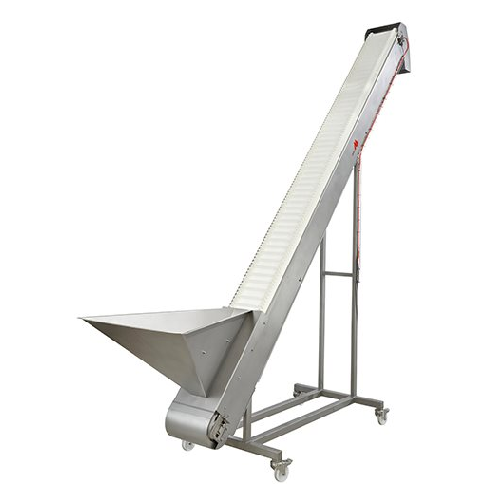
Conveyor system for chocolate production lines
Streamline your production flow with this conveyor system, ensuring efficie...
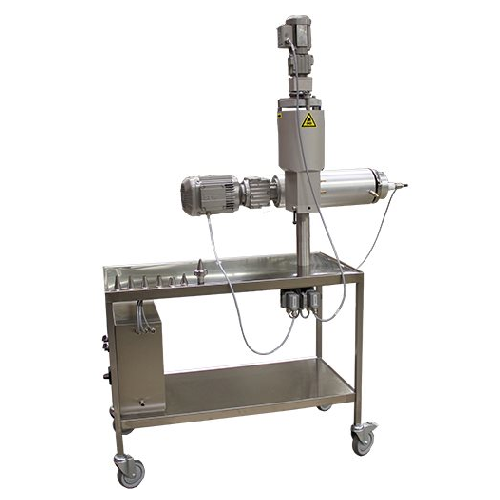
Cooling unit for chocolate mass extrusion
Optimize your chocolate production by precisely cooling chocolate masses during ...
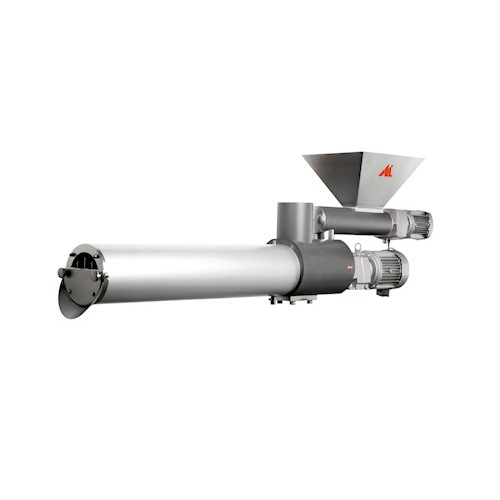
Auxiliary feeder mixer for chocolate production
Optimize ingredient incorporation seamlessly with a versatile system that ...
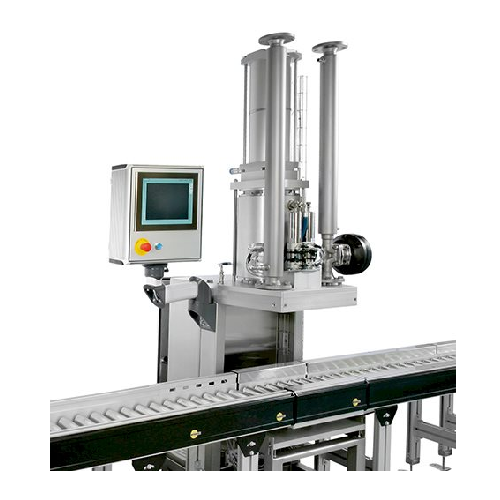
Filling and weighing station for chocolate production
Ensure precise and efficient chocolate mass depositing with a stati...
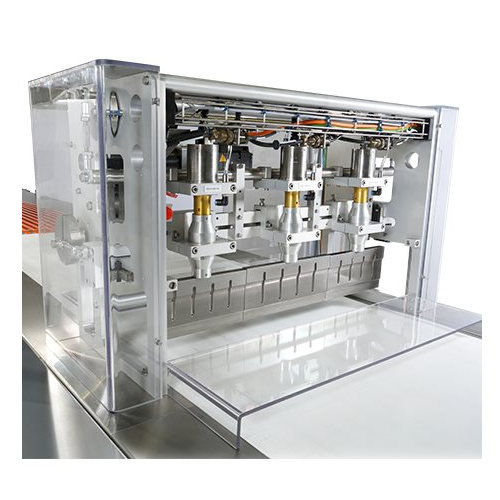
Industrial guillotine for precision cutting
Achieve precise portioning with a high-capacity guillotine, designed for seaml...

Industrial melting tank for chocolate and confectionery production
Maximize your production efficiency by seamlessly in...
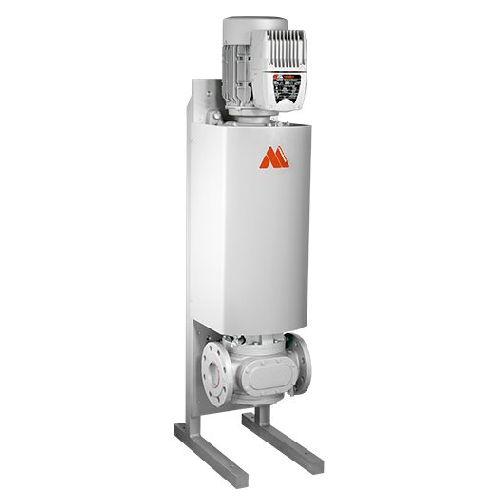
Chocolate pump for consistent mass transport
Efficiently transport chocolate mass with precision, ensuring gentle handling...
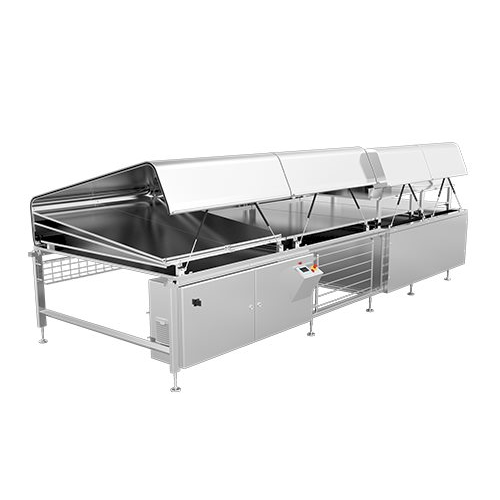
Cooling tunnel for chocolate and bakery products
Achieve precise cooling and crystallization for chocolate and confectione...
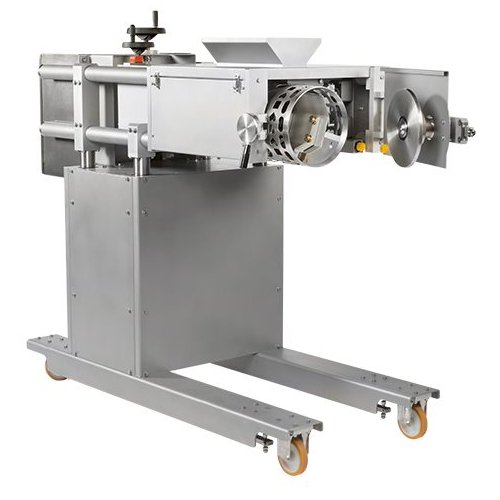
Rotating stencil depositor for confectionery products
Streamline your confectionery operations by precisely depositing in...
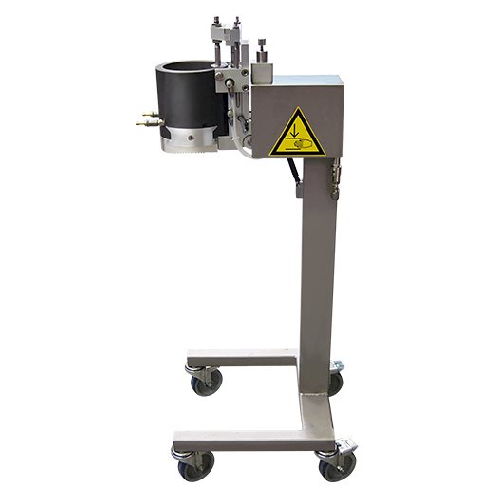
Small scale chip depositor for confectionery production
Efficiently deposit a variety of confectionery and snack products...

Depositor and extruder for confectionery production
Enhance productivity with precision depositing and flexible extruding...
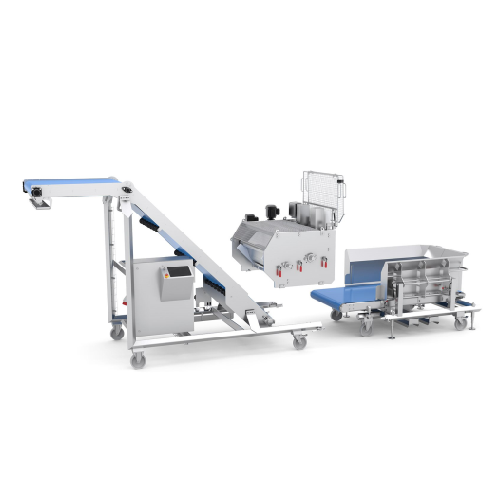
Dough feeder for flexible and gentle dough handling
Ensure precise, gentle handling and optimal integration with your pro...
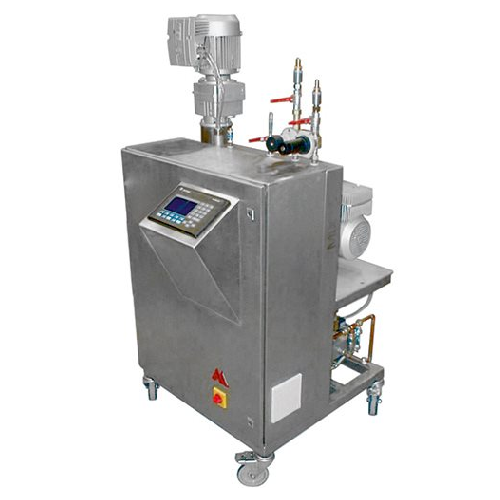
Aeration and aroma mixing system for chocolate production
Optimize your chocolate and confectionery production with prec...
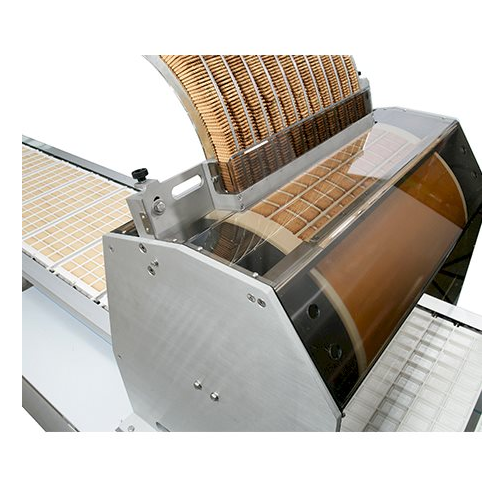
Wafer and biscuit feeder for chocolate moulding
Efficiently integrate wafers and biscuits into your chocolate production l...
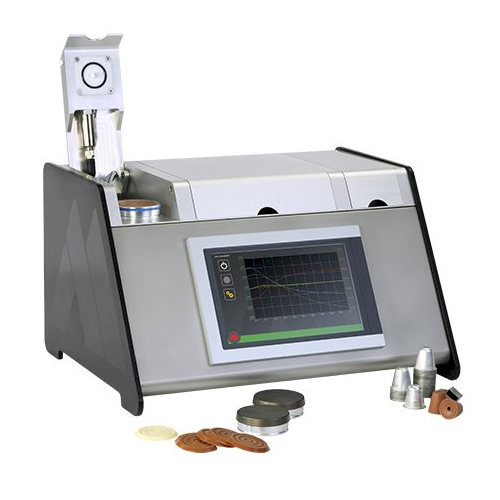
Chocolate quality measuring instrument
Ensure consistent chocolate quality by accurately measuring contraction, expansion, ...
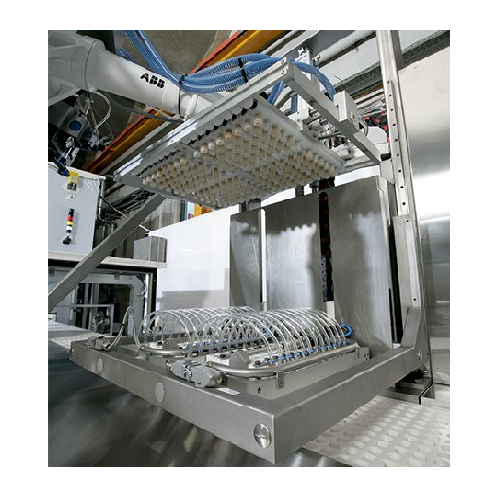
Robotic chocolate assortment system
Streamline your chocolate production by precisely assorting various filled chocolate ar...
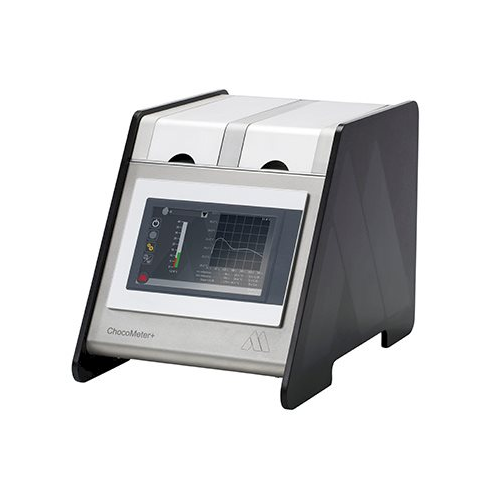
Accurate chocolate tempering measurement tool
Ensure precise chocolate tempering with real-time accuracy, enhancing qualit...
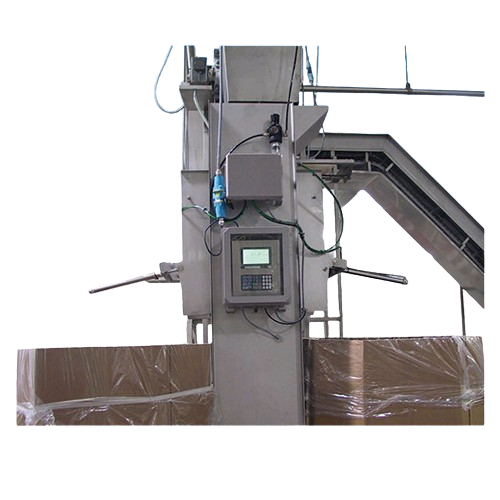
Bi-directional frame scale for industrial weighing
Achieve precise product accumulation and streamlined batch processing ...
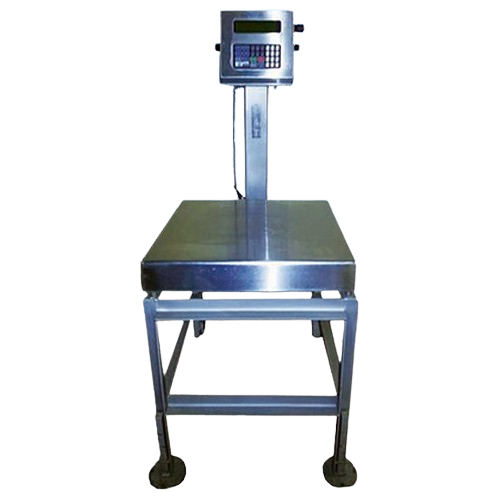
Industrial weight tracking system for injected products
Optimize your production line by accurately tracking product weig...
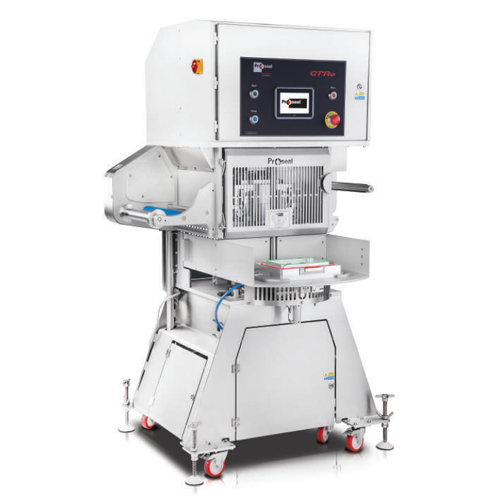
Semi-automatic tray sealing for ready meals
Achieve versatile packaging with a semi-automatic tray sealing solution design...
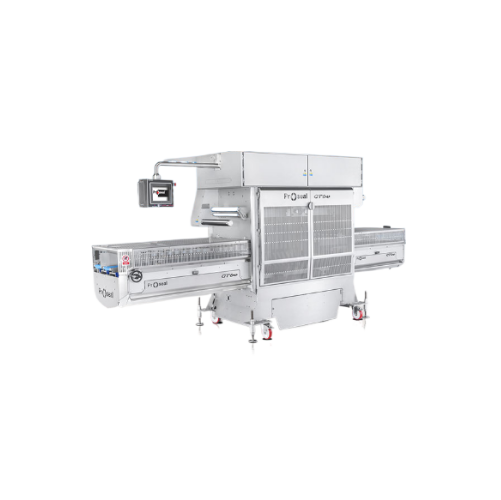
Automatic tray sealer for high-speed production
Ensure your product packaging stays fresh and secure with this high-capaci...
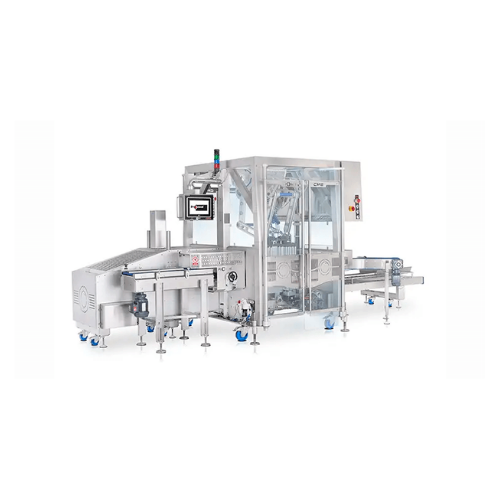
Industrial case packing solution for high-speed operations
Optimize your production line with a compact, efficient case ...
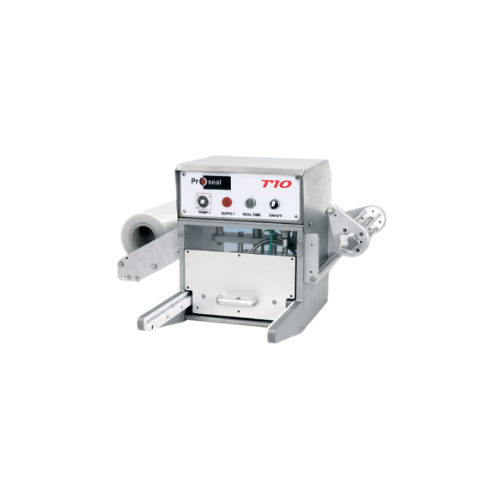
Bench mounted tray sealer for small-scale production
Perfect for pilot runs and small batches, this compact tray sealer e...

Automatic tray sealer
Maximize throughput and shelf life with our high-speed inline tray sealing solution, ideal for diverse ...
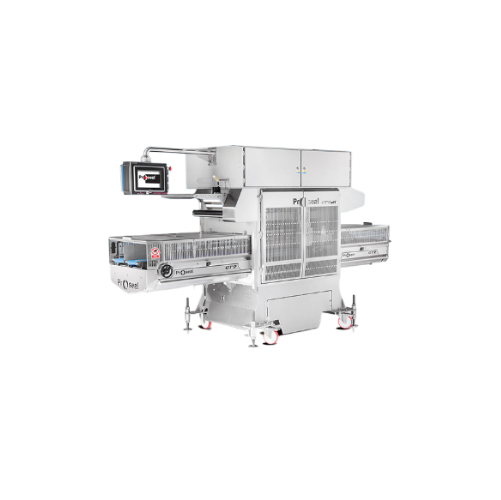
High-capacity tray sealer for vacuum gas packaging
Enhance your production efficiency with a versatile twin-lane tray sea...
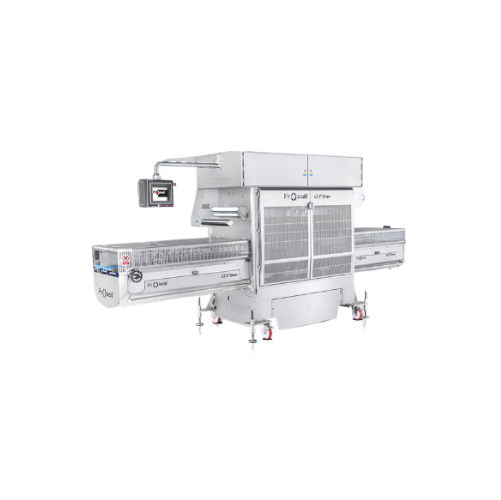
In-line tray sealing system
Streamline your packaging line by implementing a high-speed, in-line tray sealing system designe...
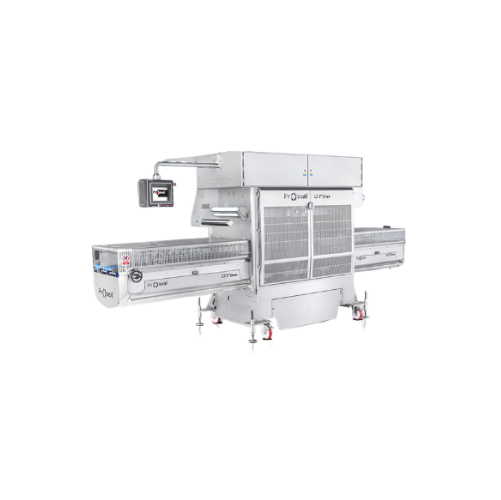
Large-capacity automatic tray sealer
Optimize your production line with this tray sealer, designed for high-speed sealing a...
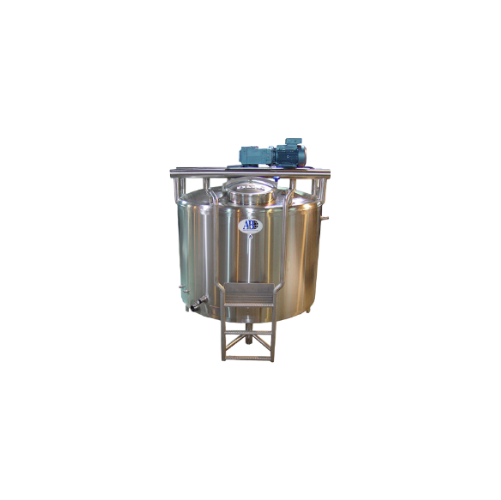
Industrial mixing tanks for liquid, slurry, and gas dosing
Optimize your production with versatile mix tanks, designed t...
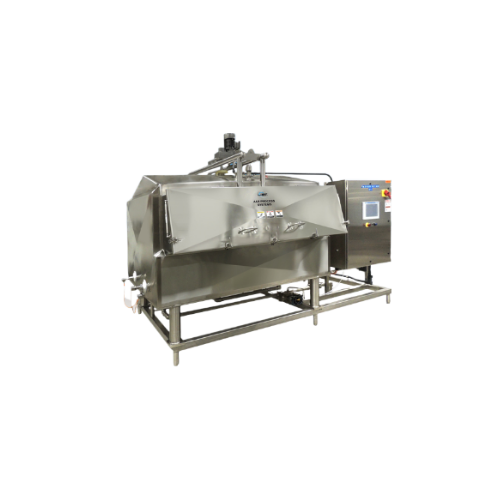
Industrial block melt system for butter and chocolate
Efficiently transition solid blocks of butter, chocolate, or waxes ...

Poultry processing efficiency monitoring system
Maximize production efficiency with real-time monitoring and precise track...

Spiral freezer for bakery and confectionery
Maximize space and efficiency while preserving the quality and freshness of di...
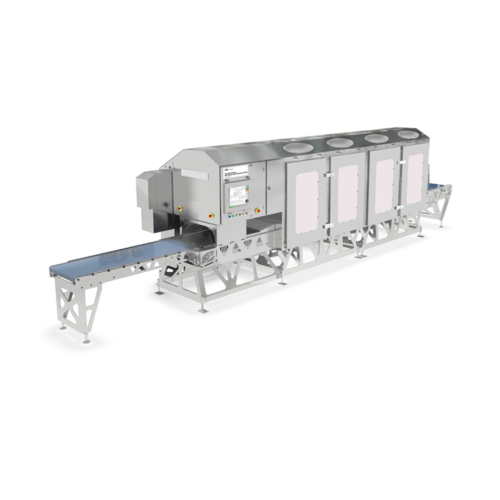
Meat portioning and slicing system for precision cuts
Streamline your production process with precise portioning and slic...
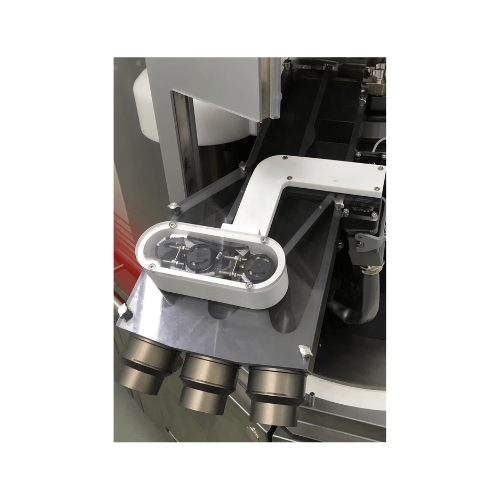
Rotary tablet press for abrasive powders
Achieve precise tablet sizing and bilayer production, even with abrasive powders, ...
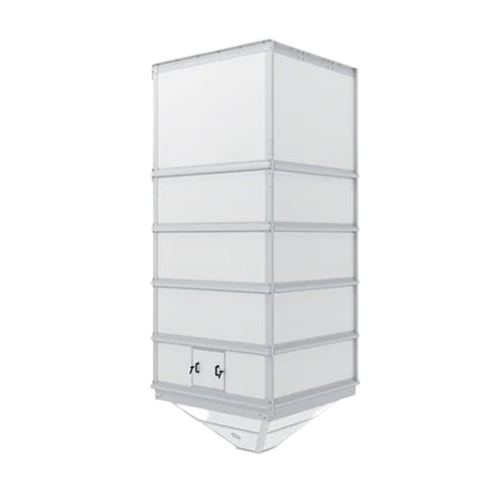
Finished product storage silos for industrial applications
Optimize your storage capabilities with silos that ensure saf...
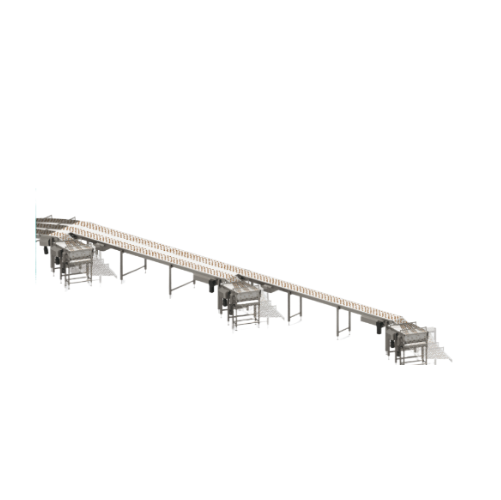
Product distribution system for large capacity wrappers
Optimize your high-speed production lines by efficiently distribu...
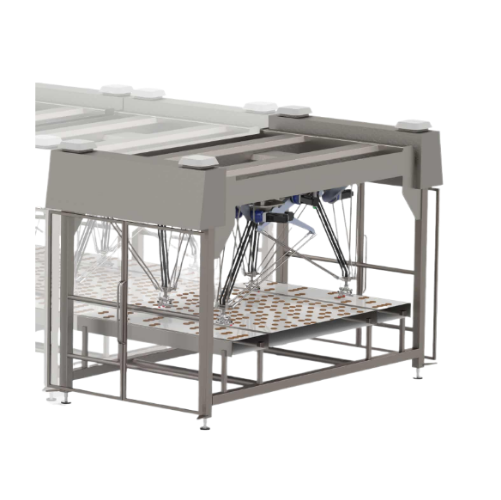
Robotic pick and place system for cookies
Streamline your bakery production with a flexible robotic system that seamlessly...
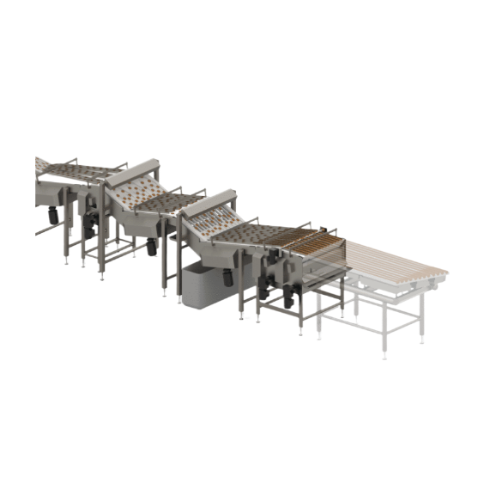
Product manipulation and stacking systems
Efficiently transition products from flat to stacked on a conveyor while minimiz...
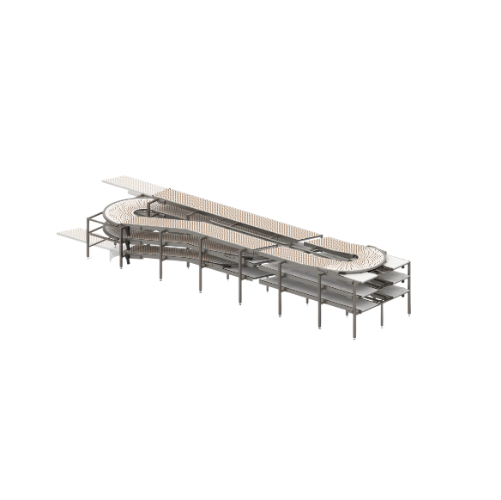
Fifo inflow buffer for efficient production lines
Optimize your production flow with a solution that seamlessly absorbs d...
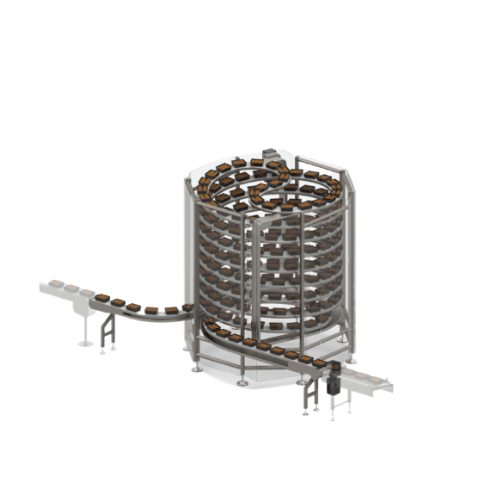
Tray buffering system for downstream absorption
Handle production line disruptions effortlessly by temporarily absorbing t...
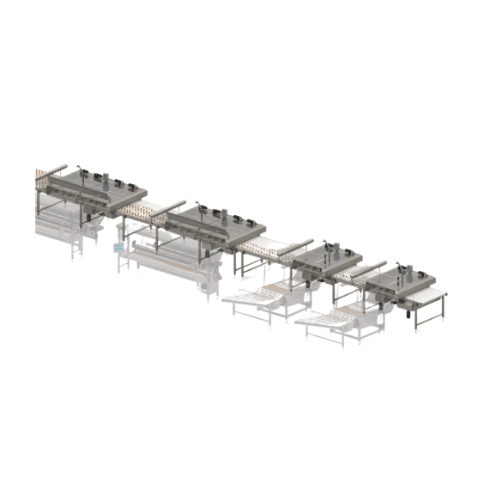
High-volume product distribution system
Efficiently manage high-volume snack and confectionery production flows with a syst...
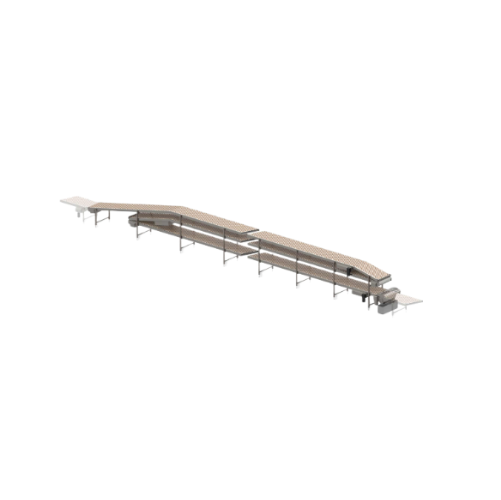
Conveyor system for ambient product cooling
Ensure precise cooling of baked and confectionery products while maintaining l...
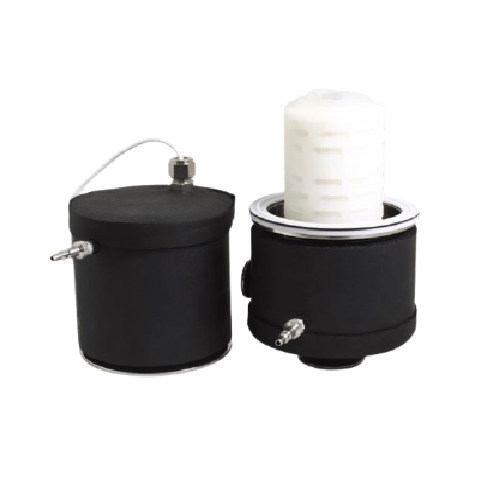
Large production autoclaves for laboratory and pharmaceutical use
Enhance your production line with our large autoclave...
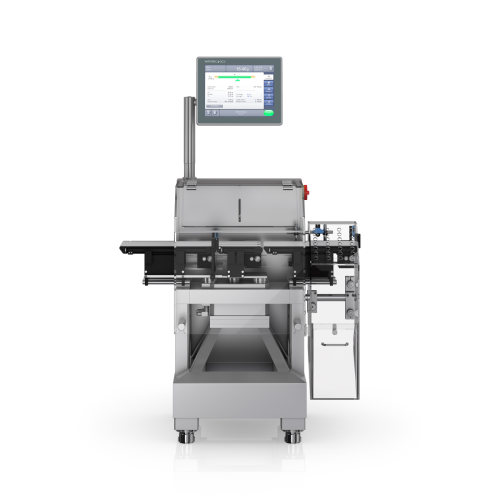
High-speed checkweigher for dynamic weighing
Achieve precision and consistency in high-speed production environments with ...
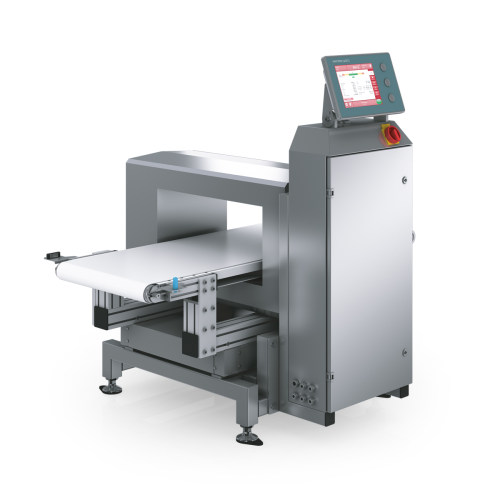
Checkweigher and metal detector for heavy loads
Streamline your inspection process by combining precision weighing with co...
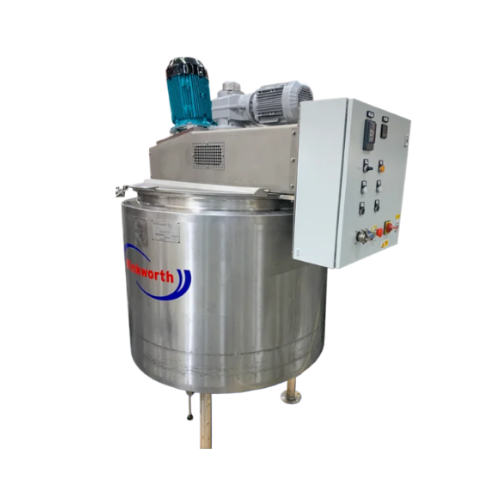
Pv processing vessels for liquid and cream mixing
Optimize your mixing operations with versatile processing vessels desig...
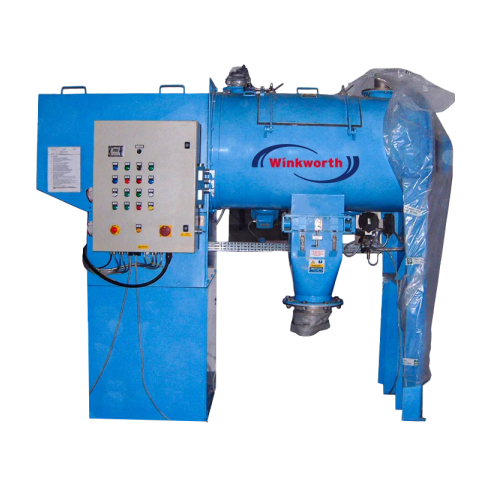
High-speed mixer for homogenous mixing of powders and pastes
Achieve rapid and precise mixing with high-speed dispersion...
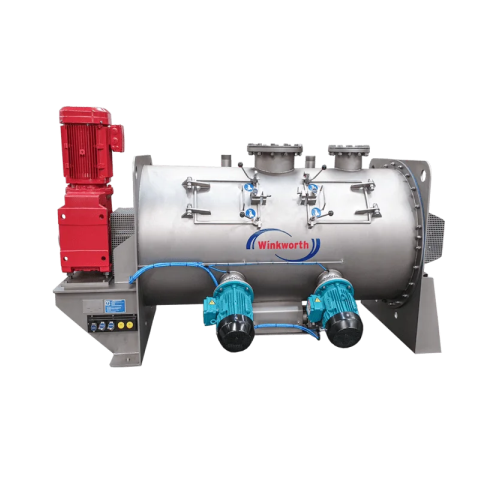
High-speed mixer for industrial mixing applications
Achieve rapid, consistent mixing and dispersion across diverse materi...
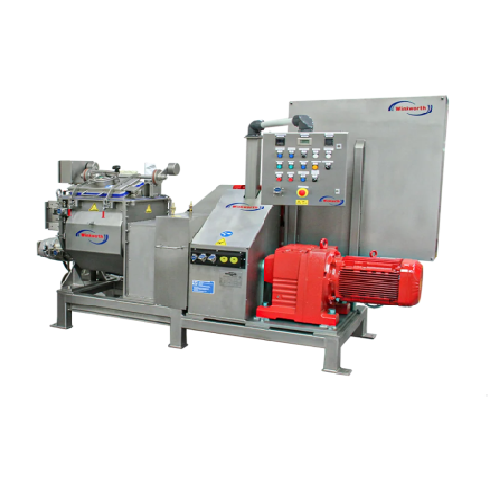
Industrial sigma mixer extruder for homogeneous mixing and extrusion
Achieve precise mixing and seamless extrusion of d...
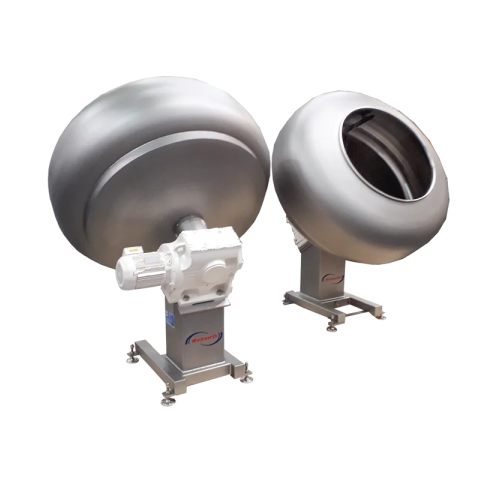
Industrial coating pans for sweets and confectionery
Ensure even and consistent coatings with high-capacity pans designed...
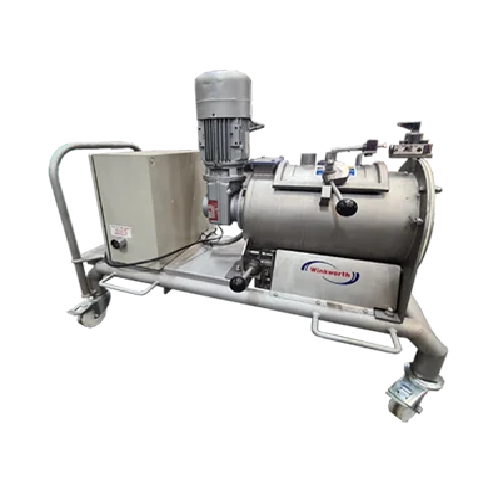
Industrial mixers for hire
Optimize your production line with versatile mixers designed for precision blending, heating, and...
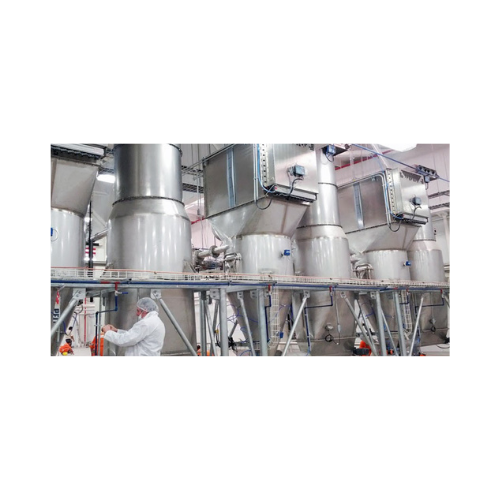
Industrial dust collection system for air filtration
Optimize air quality in your production line with this compact dust ...

Food-grade round dust collectors
Maintain a clean production environment with this food-grade dust collector, designed to ma...
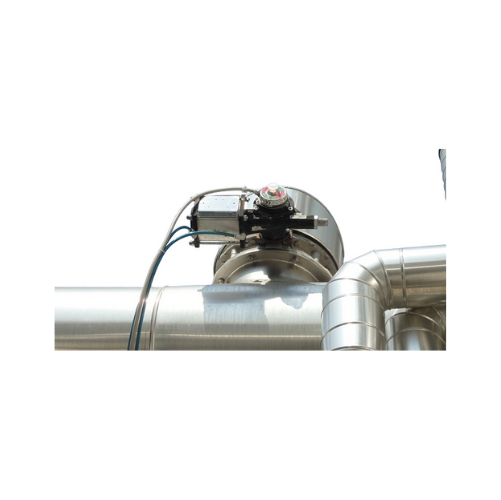
Fit-frame butterfly valves for dry bulk solids
Achieve precise control and minimize contamination in your dry bulk materia...

Butterfly valves for powders and granules
Ensure precise flow control and reliable sealing for gravity-fed or pneumatic sy...
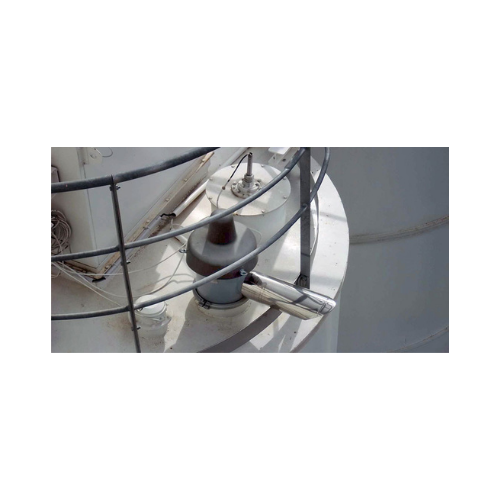
Membrane pressure relief valve for silos and bins
Ensure silo safety with our valve that instantly balances internal pres...

Low profile slide valve for controlling powder flow
Optimize your powder and granule flow management with precision-engin...
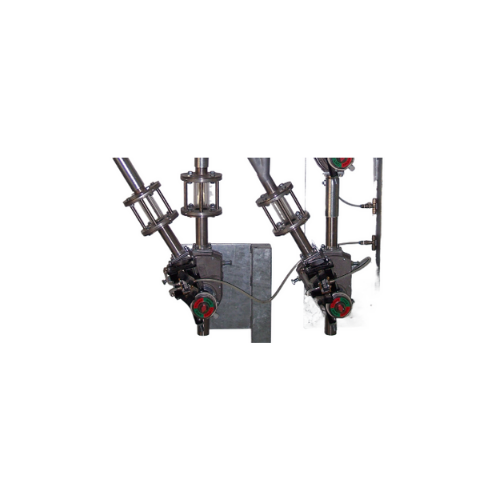
Diverter valves for pneumatic conveying lines
Experience precise flow control in pneumatic conveying with diverter valves ...
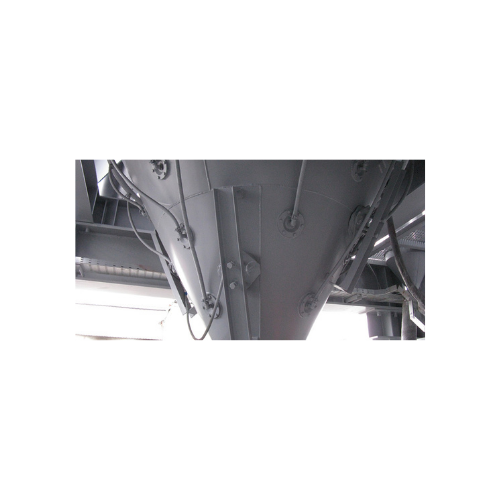
Vibro-aerators for bulk solids discharging
Optimize your powder flow and ensure consistent discharge with this advanced ae...
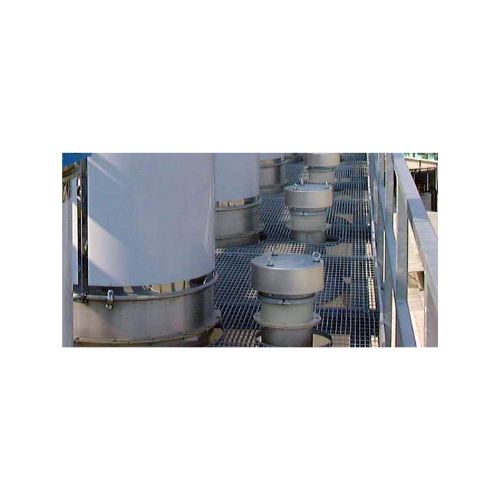
Silo overfill protection valves
When abnormal pressure threatens your silo’s integrity, reliable pressure relief becom...
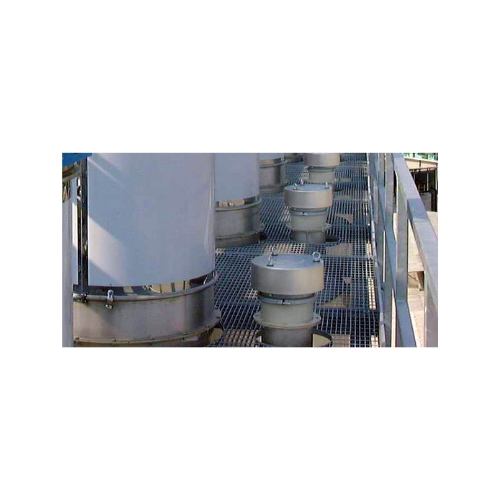
Spring-loaded pressure relief valves for silo overfill protection
Ensure safety and prevent costly overfills with press...
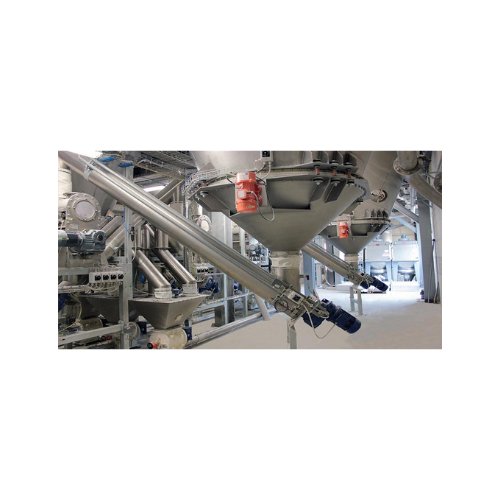
Food-grade tubular screw conveyors
Ensure complete hygiene in your production line with these stainless steel tubular screw...
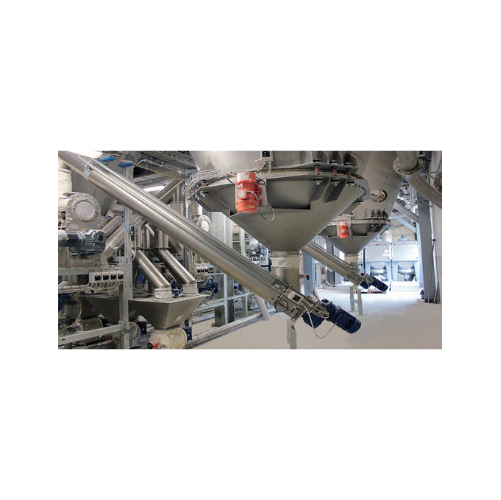
Food-grade stainless steel tubular screw conveyors
Ensure contamination-free material handling with our tubular screw con...

Drop-through rotary valve for powder and granular material feeding
Achieve precise control in discharging and feeding p...
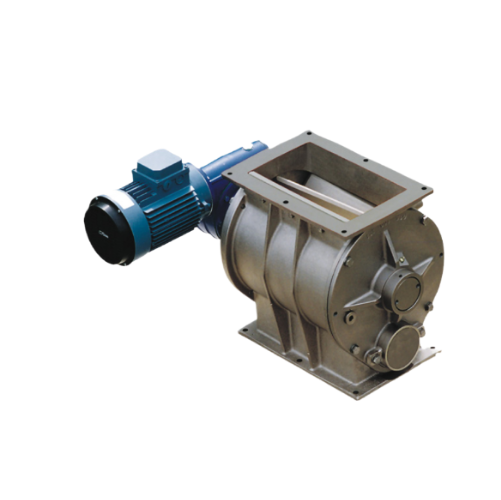
Drop-through rotary valve for precise powder and granule feeding
Ensure precise material handling with this drop-through...
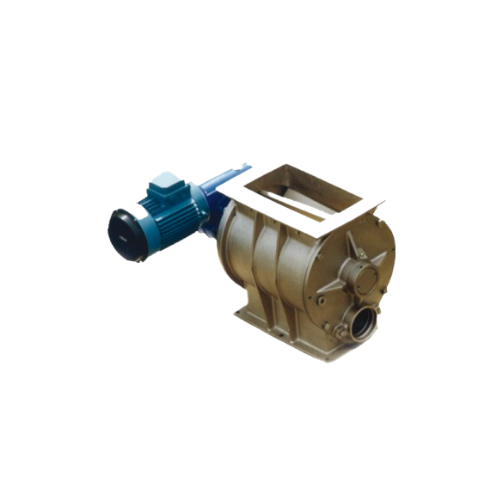
Blow-through rotary valves for pneumatic conveying
Optimize your pneumatic conveying systems with high-efficiency blow-th...
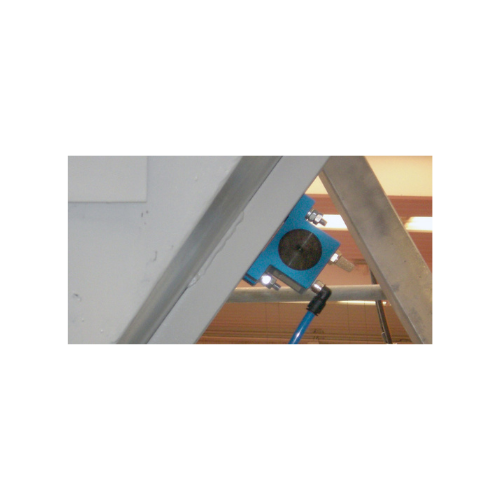
Rotary ball vibrators for bulk solids discharging
Ideal for enhancing material flow, this equipment efficiently handles f...
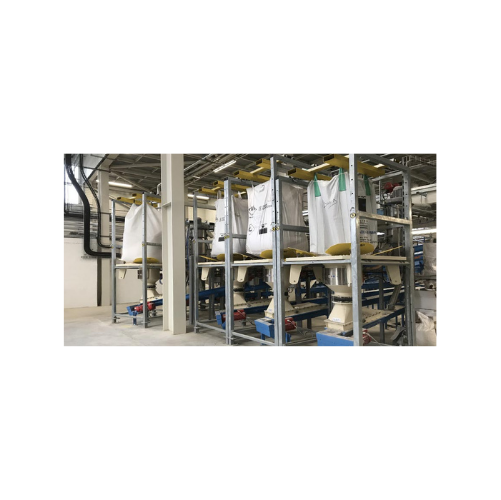
High flow rate Fibc dischargers for wastewater treatment
Optimize your material handling with efficient, dust-proof disch...
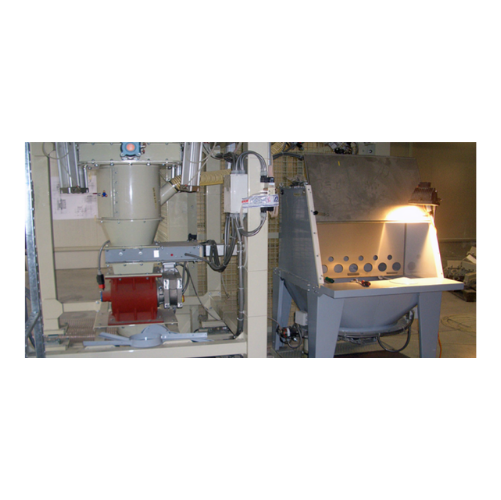
Manual bag opener for bulk solids discharging
Effortlessly open and empty bags while containing dust emissions, ensuring a...
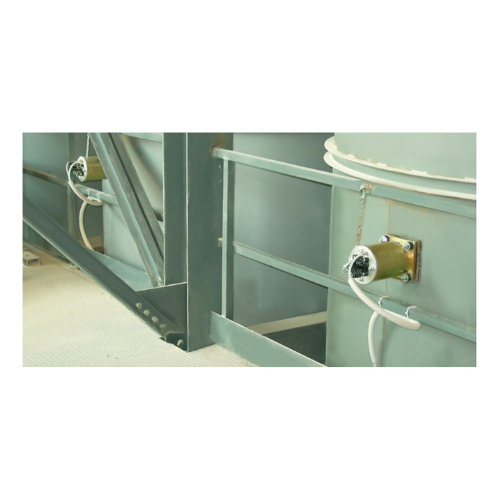
Air cannons for resolving bulk material flow issues
Solve bridging and rat-holing issues in bulk material storage with po...
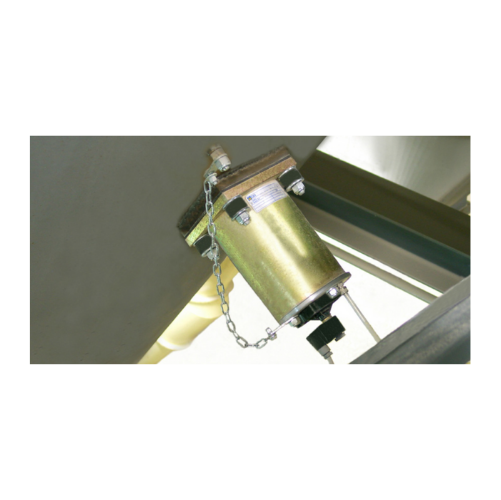
Single impact pneumatic hammers for flow aids
Combat material clogs and ensure smooth flow in your production line with pn...
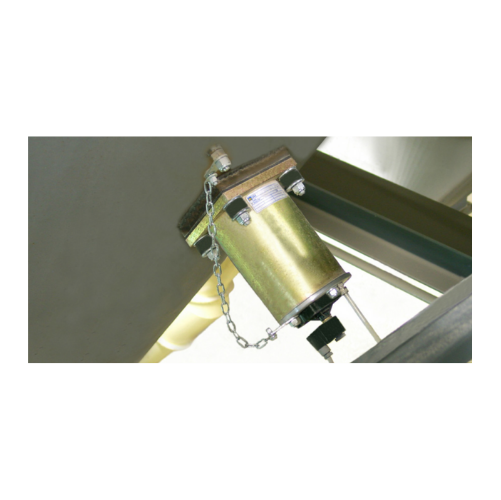
Pneumatic hammers for bulk solids discharging
Optimize your production efficiency and solve material flow challenges with ...
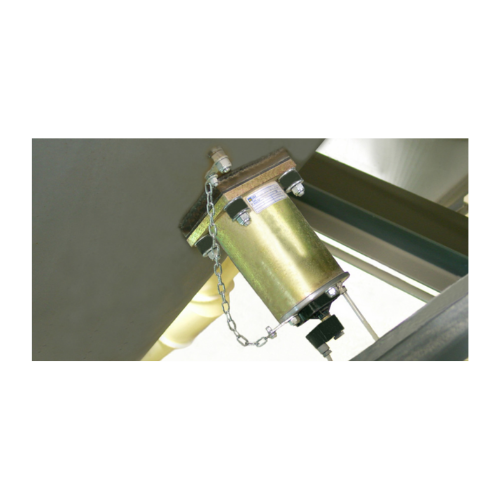
Pneumatic hammers for aiding material flow
Optimize material flow and eliminate blockages in your processing line with pne...
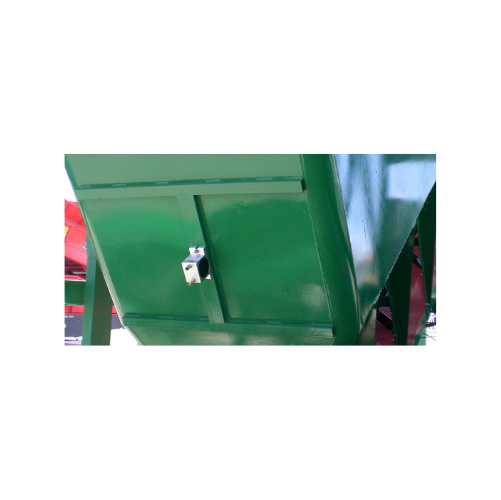
Industrial vibrator for high-frequency vibration
Achieve efficient material flow and compaction across various production ...
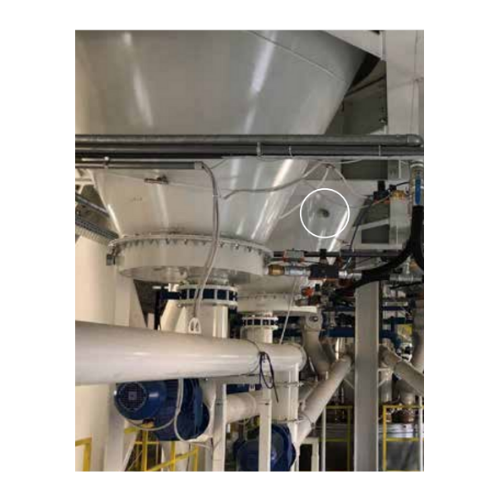
Continuous impact vibrators for bulk material removal
Combat material flow issues like bridging and rat-holing with our i...
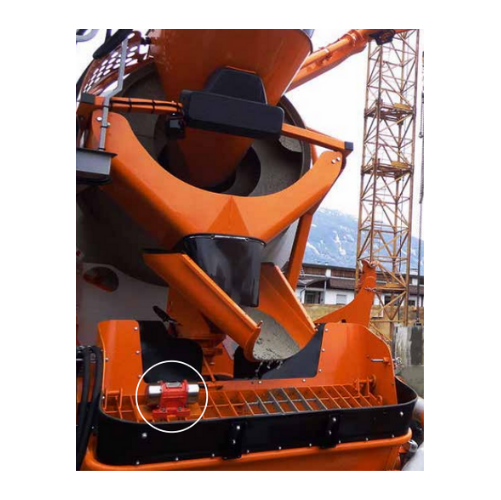
Continuous impact vibrator for aggregate reclaiming
Tackle material flow challenges head-on by preventing common issues l...
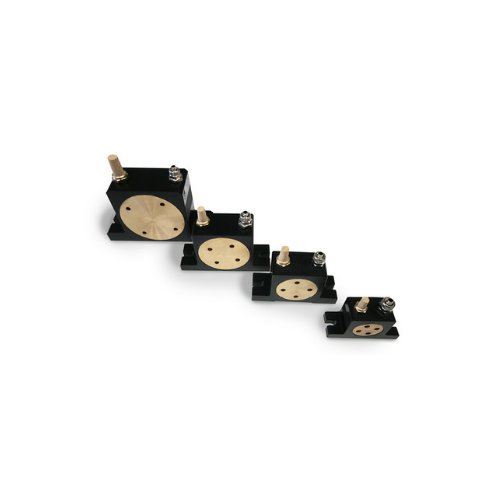
Rotary roller vibrators for concrete compacting and hopper emptying
Achieve higher compaction and efficient emptying wi...
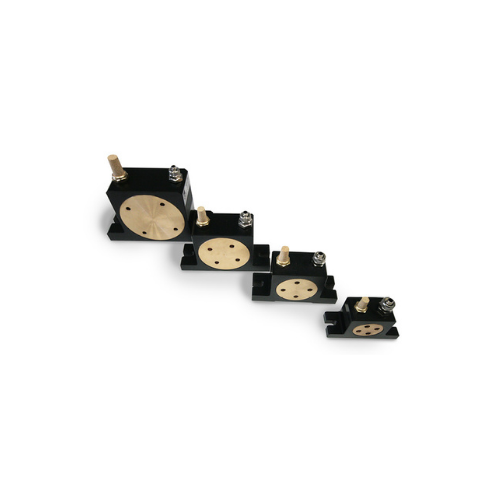
Rotary roller vibrators for material flow assistance
Enhance material flow efficiency in your production line with high-f...
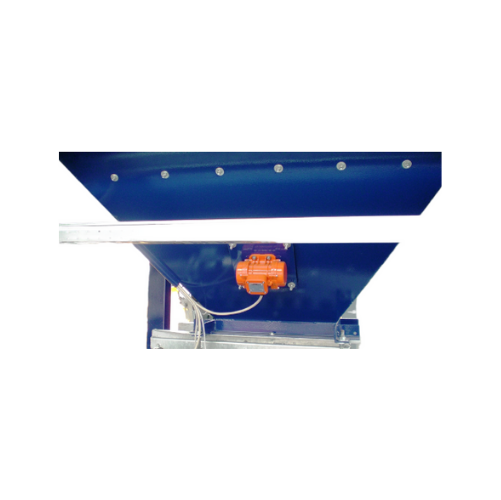
External electric motovibrators for bulk solids conveying
Enhance material flow efficiency and solve challenging dischar...
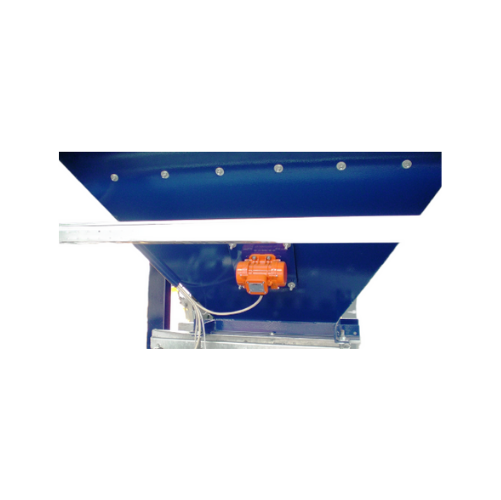
Industrial electric vibrator for bulk solids discharging
Enhance material flow efficiency and ensure consistent output ac...
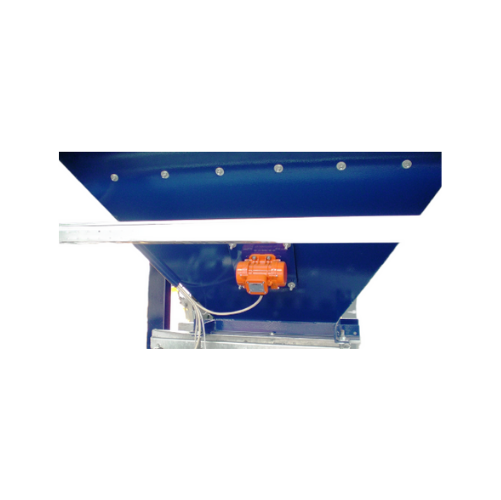
External electric motovibrators for industrial material flow
Experience enhanced material flow and precise material disc...
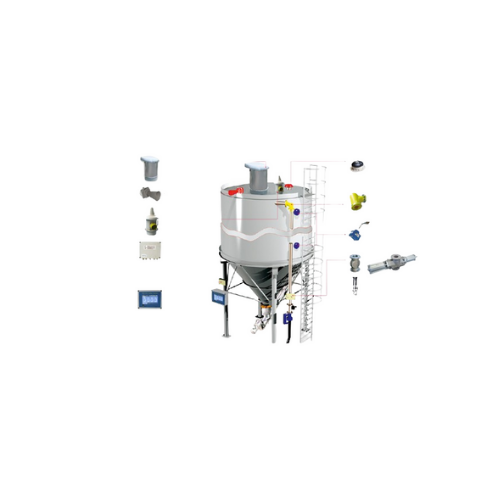
Silo overfill protection system
Prevent silo overfilling and excess pressurization with a system designed to safeguard silos...
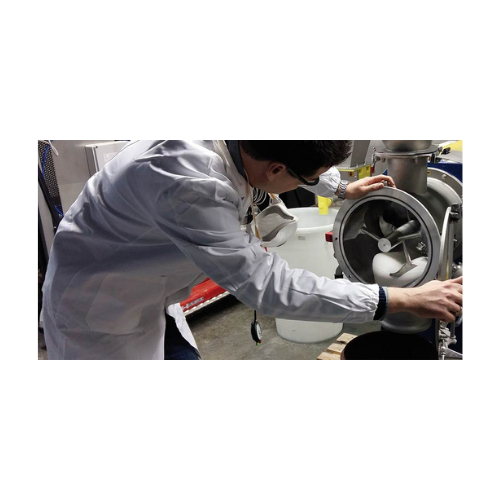
Laboratory batch mixer for small scale production
Achieve rapid and reproducible mixing results with this laboratory batc...
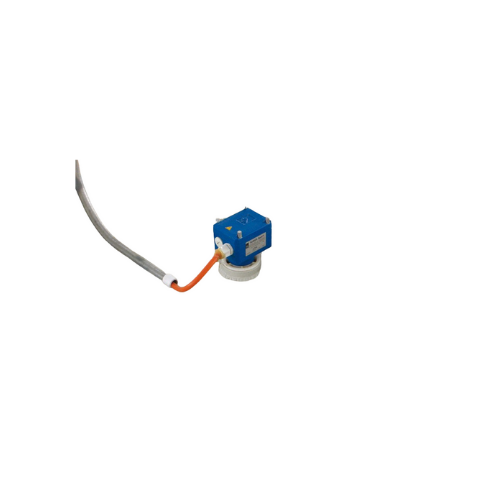
Bin level indicator for bulk solids
Ensure precise material level detection across your production processes, minimizing th...
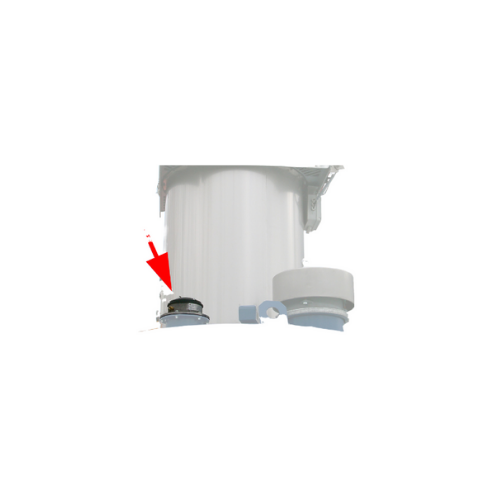
Electronic pressure meters for silo safety monitoring
Ensure precise pressure management in your systems with this advanc...
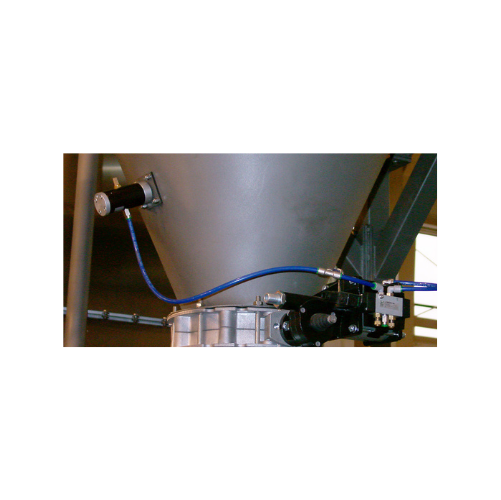
Pneumatic linear vibrators for bulk material flow
Prevent bridging and rat-holing in your production process with silent,...
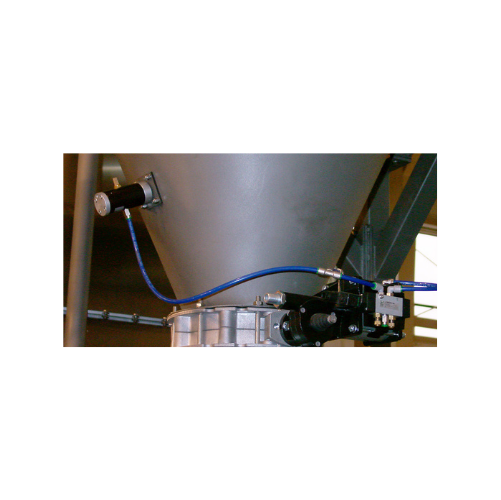
Cushioned pneumatic linear vibrators for bulk solids
Combat material bridging and rat-holing with silent vibratory techno...
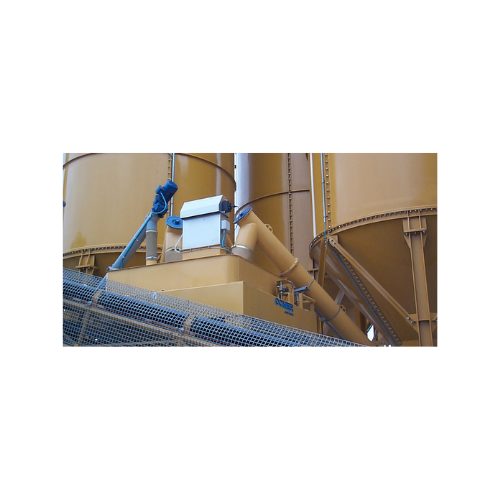
Hopper venting filter for efficient dust filtration
Achieve superior dust control and efficient material handling with a ...
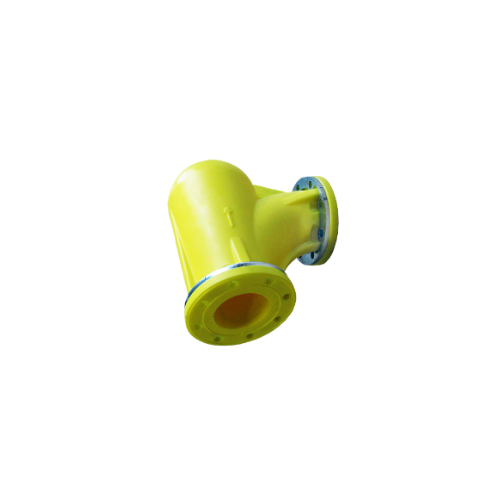
Anti-wear elbows for pneumatic conveying systems
Reduce wear and extend the lifespan of your pneumatic conveying systems w...
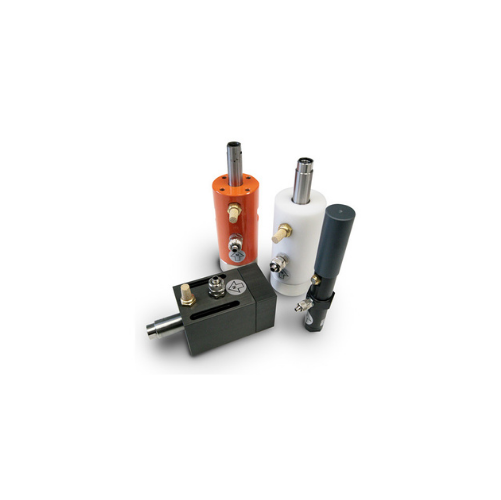
Cushioned pneumatic vibrators for coarse particle materials compaction
Enhance your material flow and compaction proces...
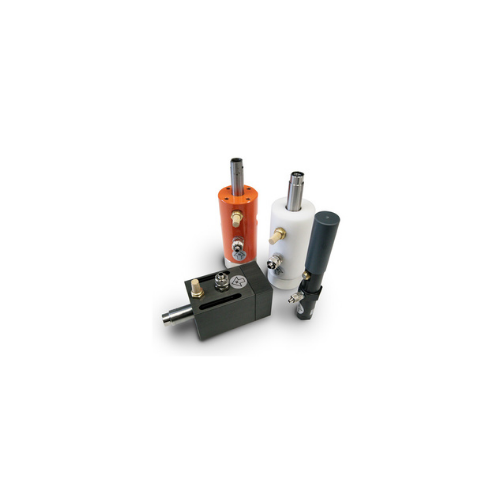
Cushioned pneumatic vibrators for bulk solids conveying
Streamline your material handling with precision vibration contro...
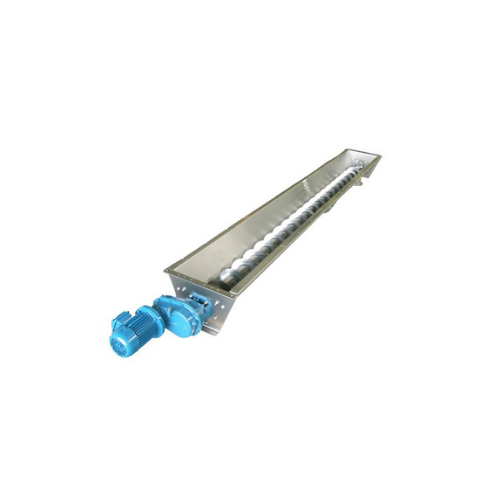
Stainless steel trough screw conveyor
Ideal for precise handling of powdery and granular materials, this solution ensures m...
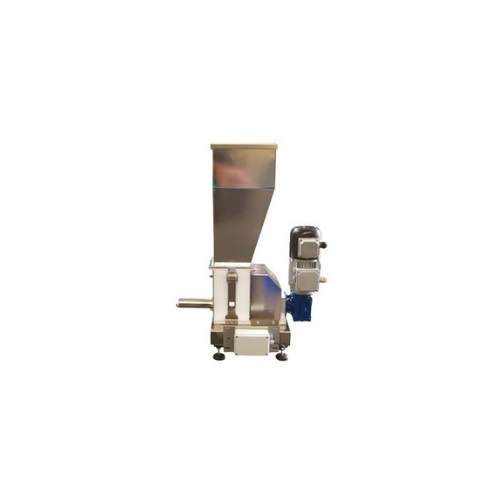
Loss-in-weight screw feeder for precise powder dosing
Achieve high precision in continuous dosing with this advanced scre...

Vibratory outlet hopper for bulk material discharge
Struggling with material bridging and inconsistent discharge? Enhance...
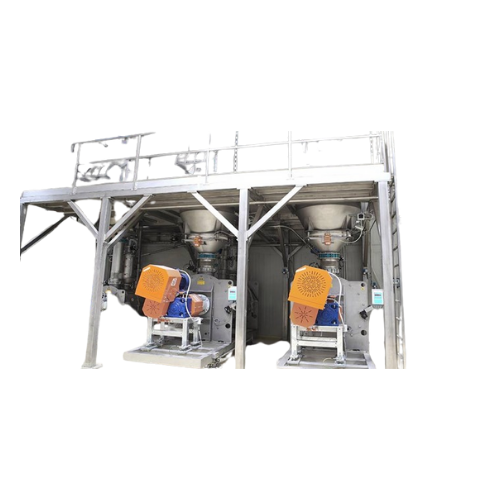
Food-grade bin activator for optimized material flow
Ensure hygienic and efficient discharge from hoppers with our food-g...
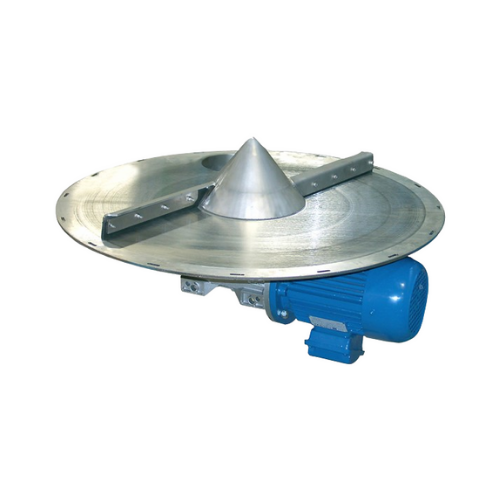
Rotary bin discharger for bulk solids
Efficiently manage bulk solids with a rotary bin discharger that minimizes residue an...
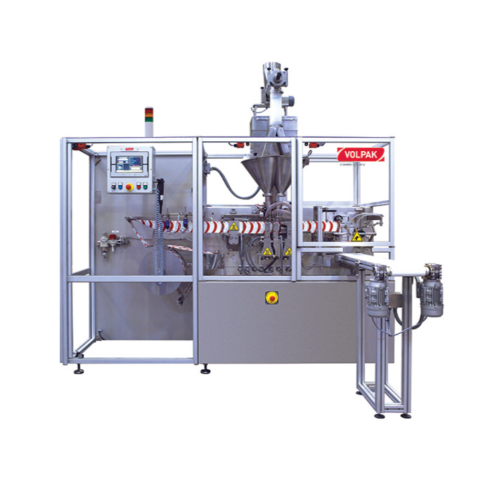
Horizontal flat pouching solution for foods and chemicals
Achieve precision in pouching liquids and powders with high-sp...

Vibratory hopper for bulk solids discharge
Ensure consistent material flow and prevent bridging in storage silos with this...
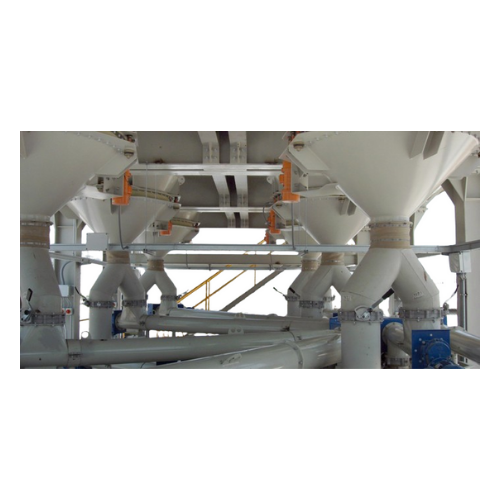
Bin activator for silo and hopper discharge
Ensure optimal material flow and prevent blockages in your storage systems wit...
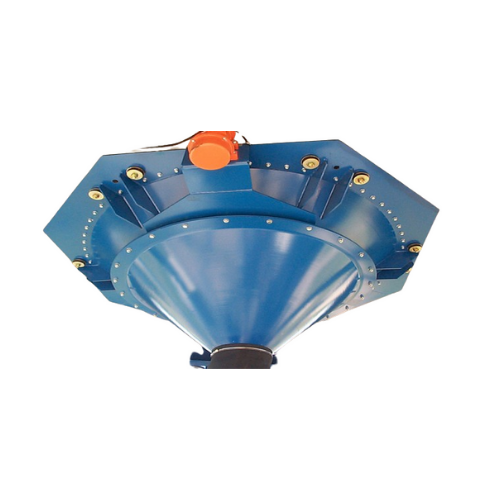
Vibratory outlet hopper for bulk solids discharge
Reduce material handling challenges with highly efficient vibration tec...
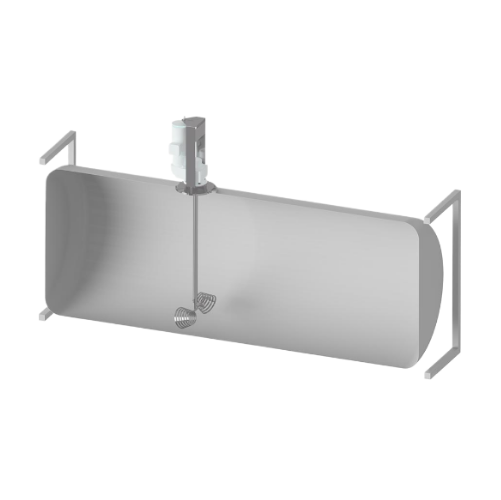
Agitator for horizontal storage tanks
Efficiently blend various viscosities in horizontal tanks, ensuring optimized flow pa...
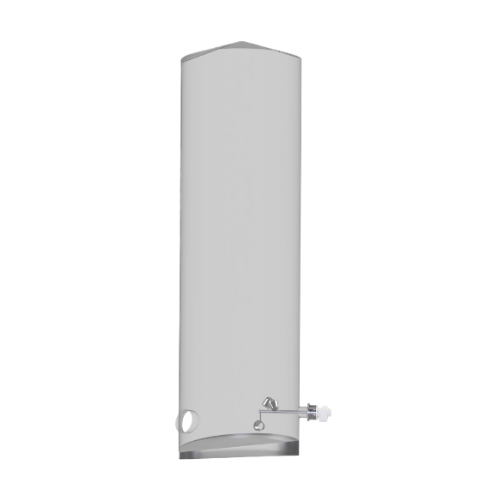
Industrial side-mounted agitator for efficient mixing
Enhance your production line with a side-entry agitator designed fo...
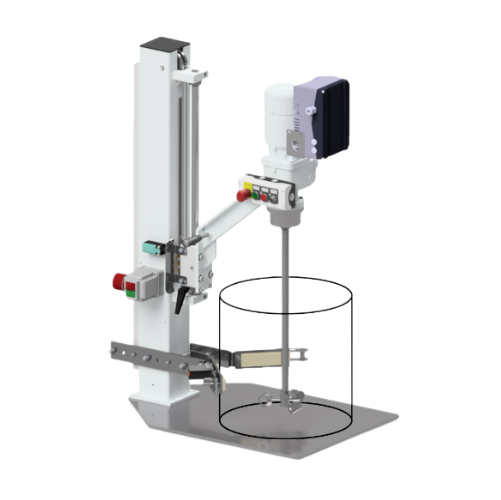
Laboratory stirrer for research and small-scale production
Optimize your research and scale up your production with a ve...
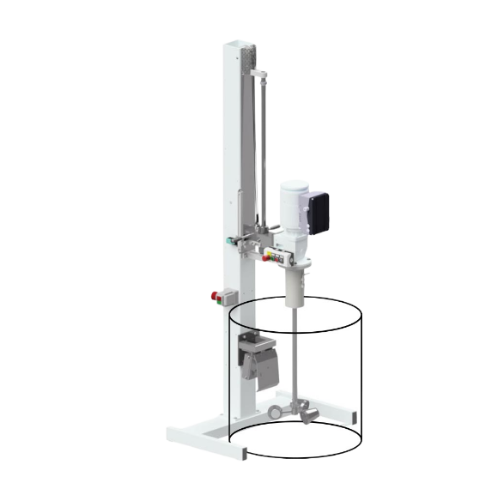
Laboratory and production agitator for medium-sized containers
Streamline your mixing and agitation processes with a ver...

Industrial mixer for facade paint and plaster
Optimize your facade paint and plaster production with this mixer designed f...
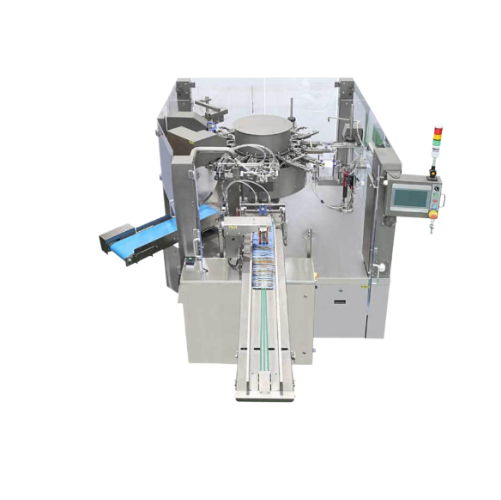
Rotary pouch packaging system for food and powder products
Streamline your packaging process with a rotary system that e...

Continuous motion vertical form fill seal packaging system
Achieve high-speed, consistent packaging for diverse products...
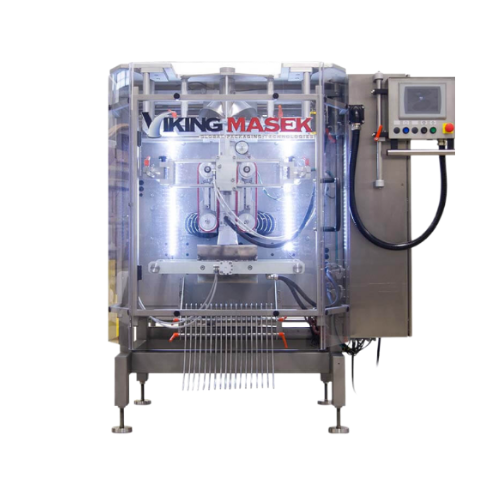
Vertical form fill seal for dusty and liquid products
Optimize your packaging line with a versatile solution designed to ...
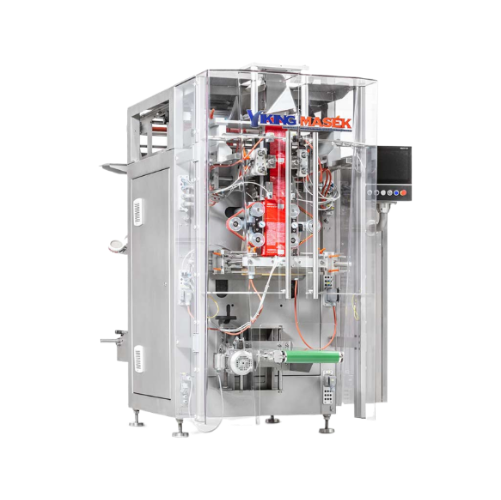
High-speed vertical form fill seal for various packaging needs
Streamline your packaging process with an advanced vertic...
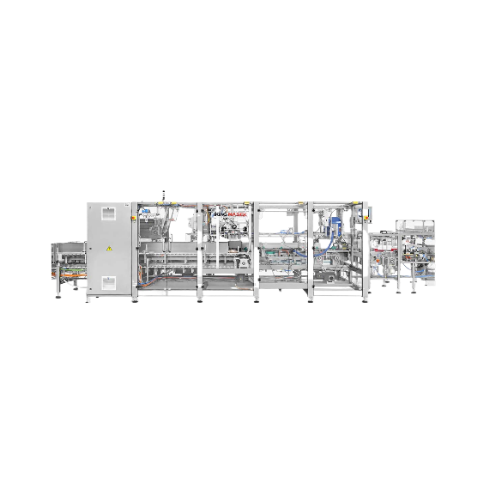
Endload automatic cartoning solution
Streamline your packaging line with this versatile cartoning solution, perfect for eff...
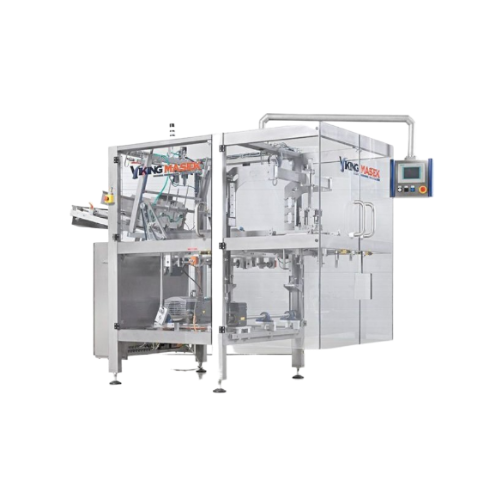
Top load cartoner for various carton shapes
Optimize your production line with a versatile cartoning solution, perfect for...
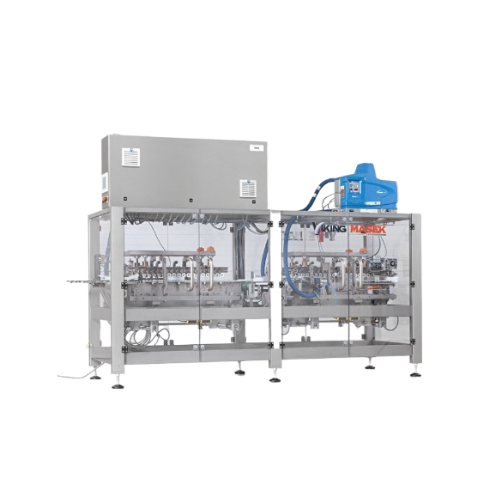
Topload cartoner for packaging cartons
Efficient flap closing for diverse carton sizes, ensuring gentle handling of sensiti...
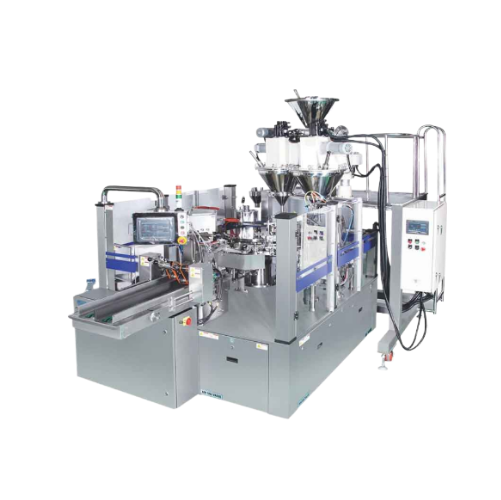
Automatic rotary filler and sealer for premade pouches
Enhance your production line efficiency with a dual-lane system th...
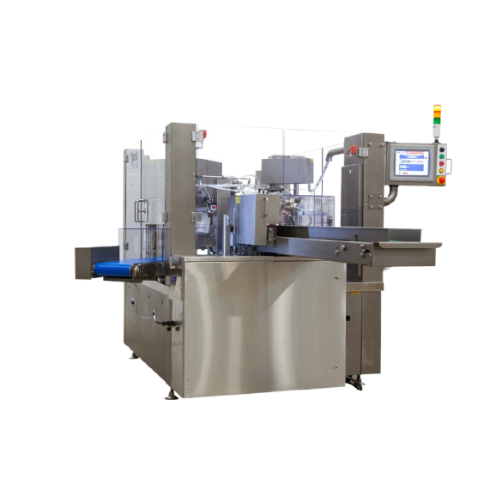
Automatic rotary premade pouch filler for various industries
Streamline your pouch packaging process with precision fill...

Product inspection systems for contamination control
Ensure product safety and compliance with precision inspection techn...
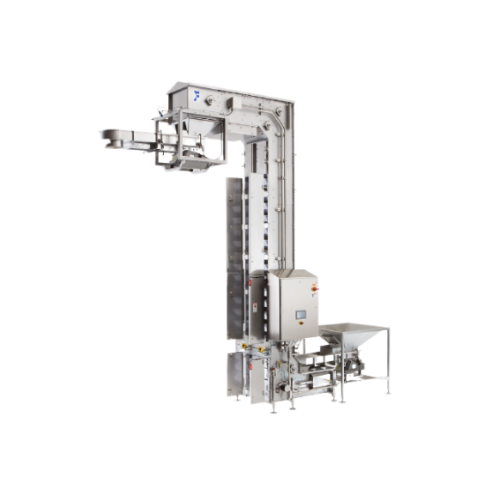
Automated infeed and outfeed systems for packaging lines
Streamline your production line by integrating reliable infeed a...
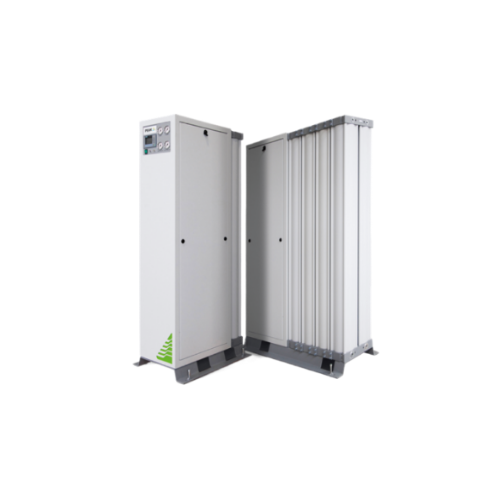
Modified atmosphere packaging solutions for perishables
Extend the freshness and shelf life of perishable goods with prec...
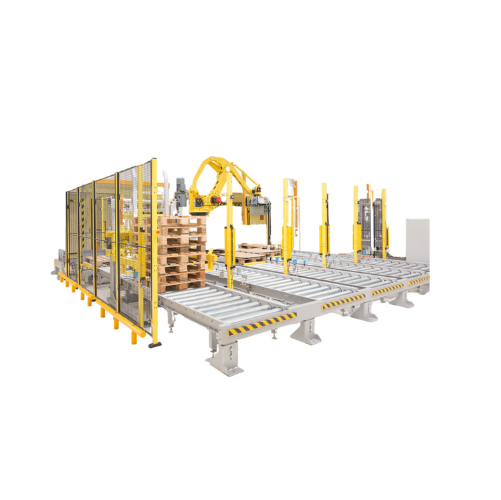
Robotic palletizing and depalletizing systems
Enhance your production efficiency by automating the repetitive and labor-in...
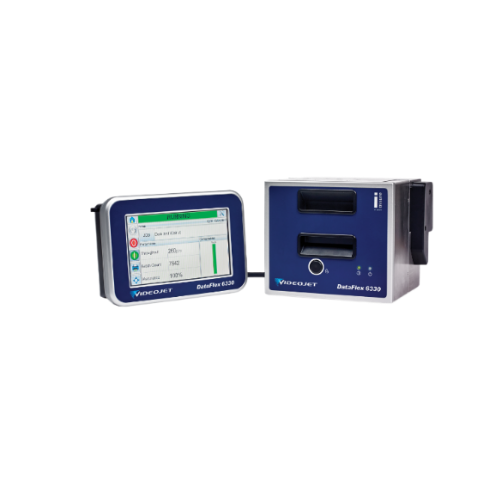
Industrial printers and labelers for packaging
Ensure precise package identification and traceability with robust printing...
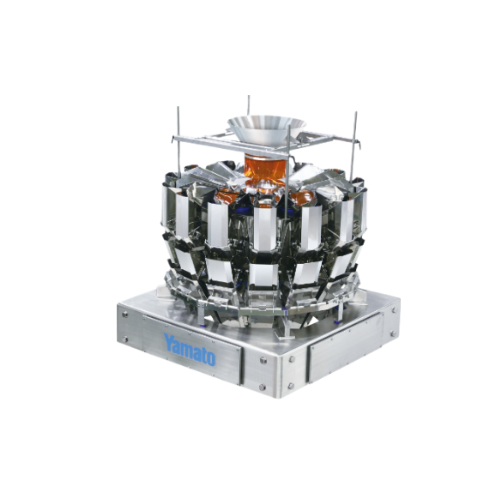
Industrial product fillers for precise packaging
Achieve consistent package weights and volumes with precision filling sol...

Robotic packaging integration for automated systems
Enhance your production line efficiency with seamless robotics integr...
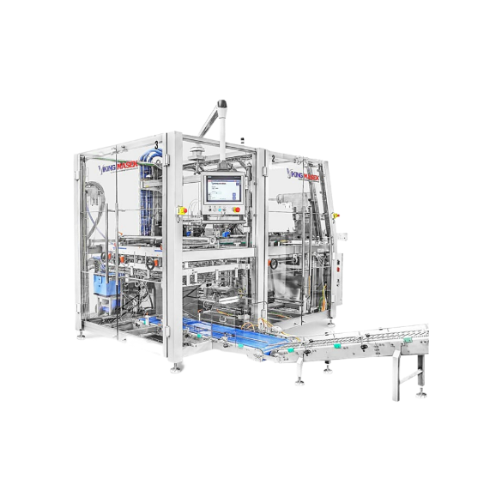
High-performance tray erector for packaging
Streamline your packaging process with a versatile tray erecting machine that ...
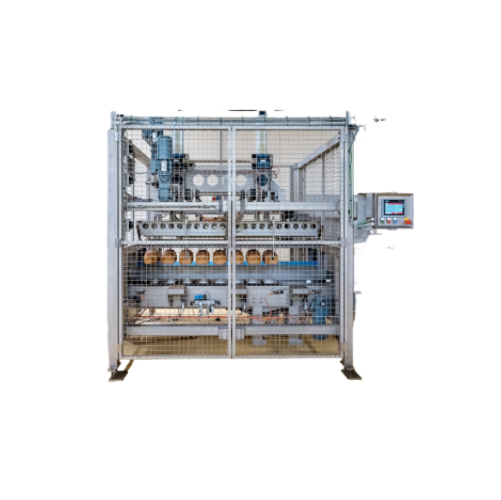
Conveyor belts for hot and cold product handling
Efficiently transport hot and cold goods with versatile conveyor solution...
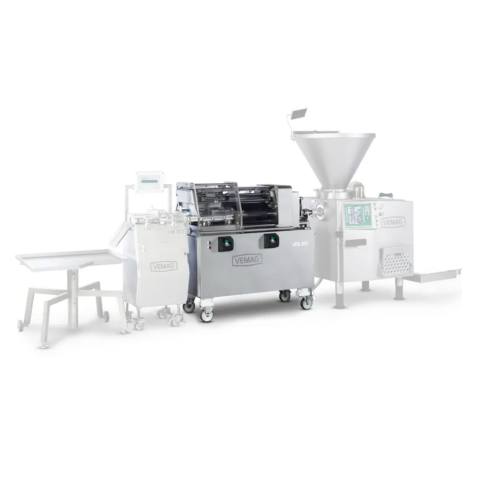
Sausage linking and portioning solution
Optimize your sausage production with precise linking, hanging, and cutting technol...
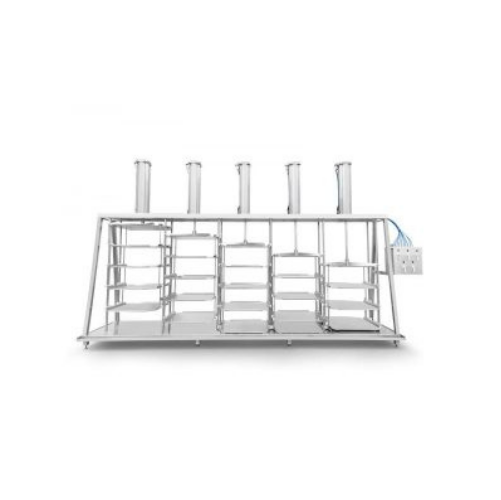
Industrial pressing system for convenience food
Optimize your production line with a versatile pressing system, designed t...
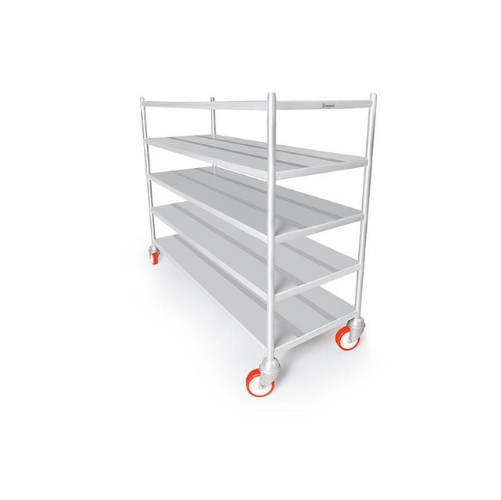
Stainless steel trolley for industrial use
Streamline material handling and storage in food processing operations with a v...
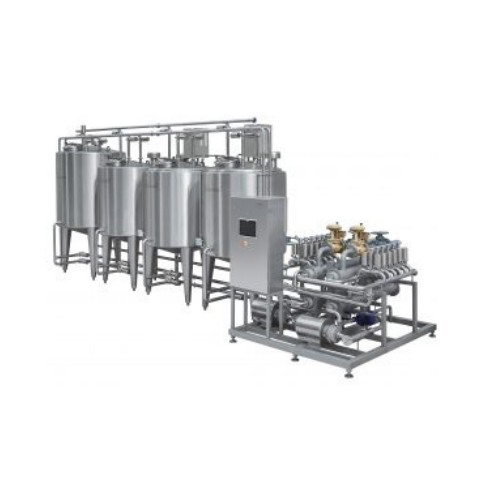
Clean-in-place (cip) system for sanitation processes
Ensure thorough sanitation in your production line with a streamline...
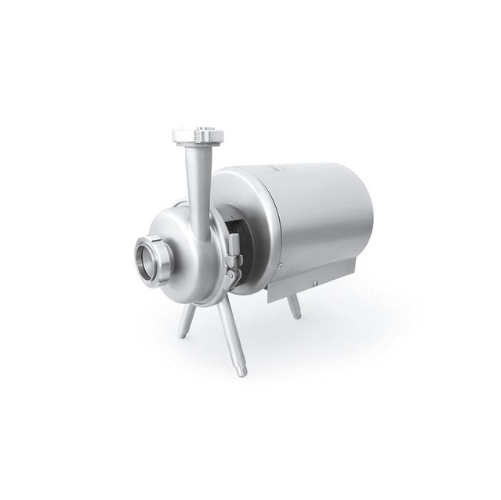
Stainless steel centrifugal pump for liquid transfer
Optimize your food and dairy production with a reliable centrifugal ...

Industrial dicer for small to intermediate size ranges
Boost your production capacity with a versatile dicing solution th...
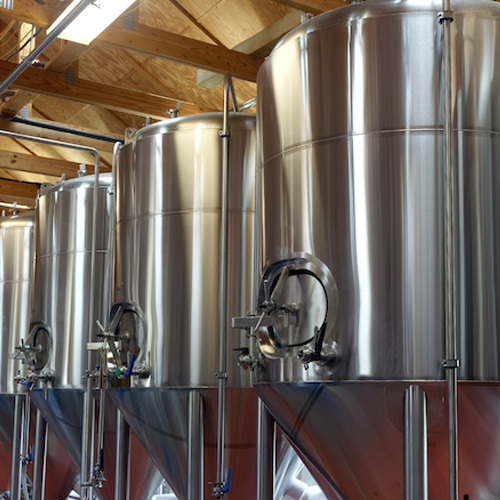
Storage tank integrity testing
Prevent costly contamination and streamline your operations with advanced tank integrity test...
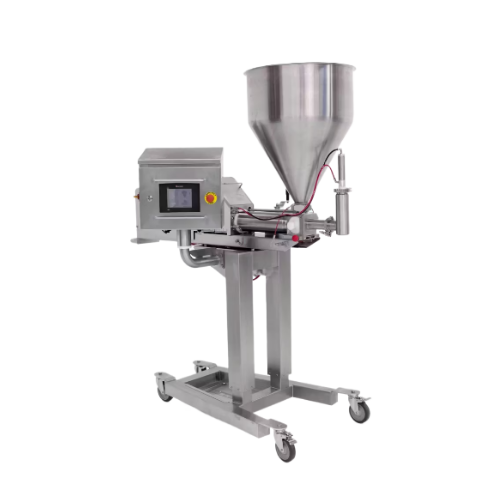
Industrial depositor for automated recipe management
Effortlessly streamline your production with precise depositing cont...
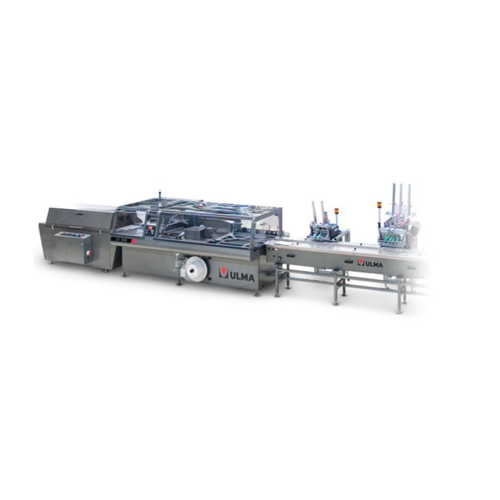
Side seal shrink packaging machine
Achieve seamless and efficient packaging for varied product sizes with continuous side s...
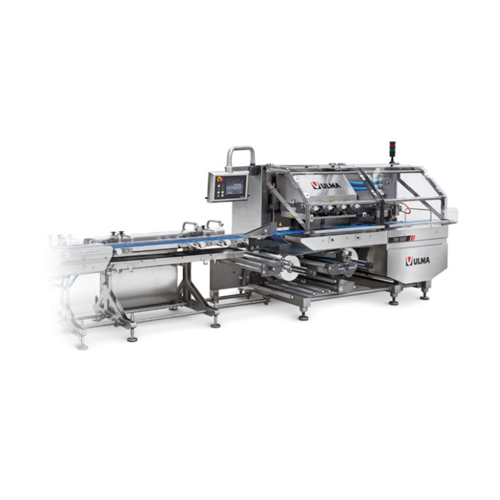
High-speed Map packaging for fresh food products
Ensure product freshness and safety with robust, high-speed packaging tha...
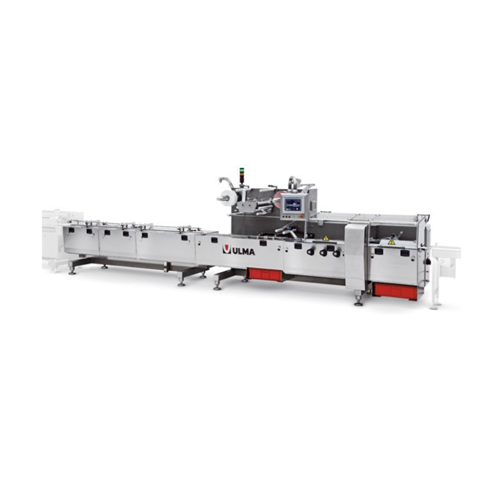
Horizontal flow wrapper for bakery and chocolate
Achieve seamless integration in high-speed production lines with a horizo...
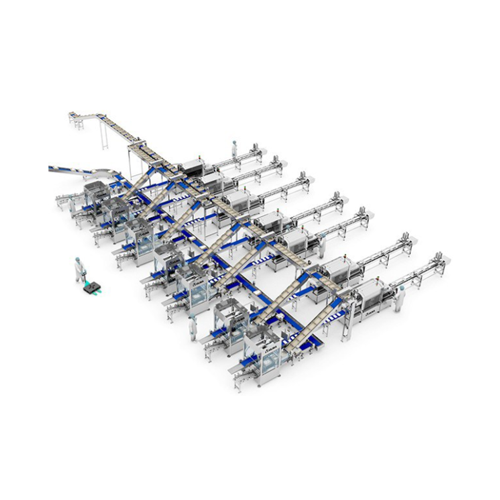
Automatic hamburger packaging solution
Streamline your hamburger production with a fully automated packaging system that en...
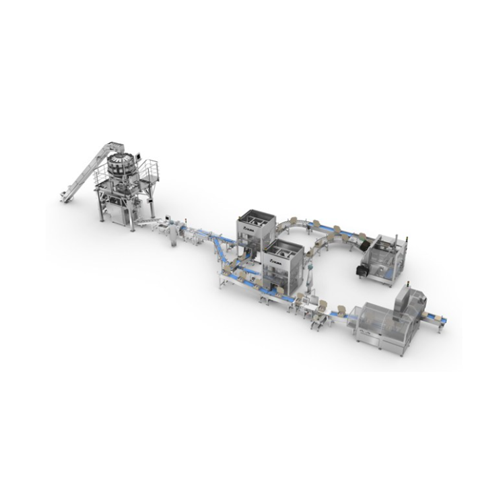
Automated bagging system for confectionery products
Achieve seamless integration in your confectionery packaging line wit...
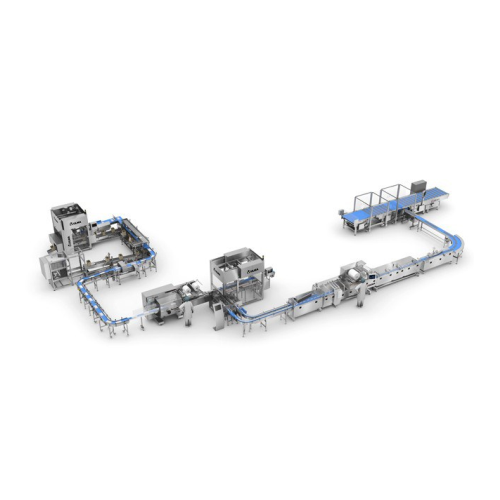
Complete primary and multipack packaging solution for bars
Enhance your bar production efficiency by seamlessly integrat...
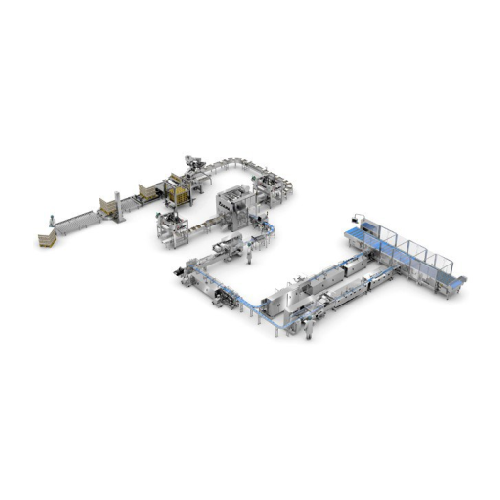
Sweet baked goods packaging solution
Optimize your sweet baked goods packaging process with a fully automated solution desi...
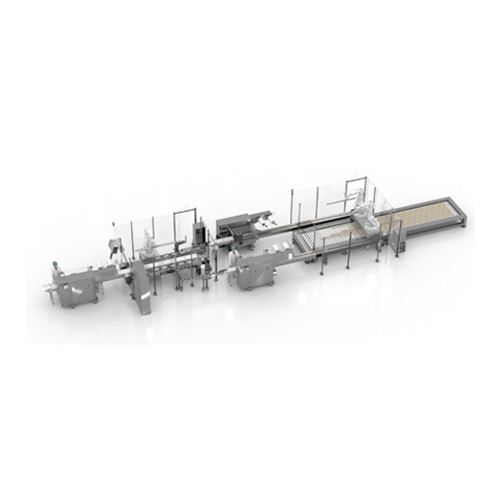
Automated line for baked goods packaging
Enhance your packaging efficiency with a seamless integration of precise loading a...
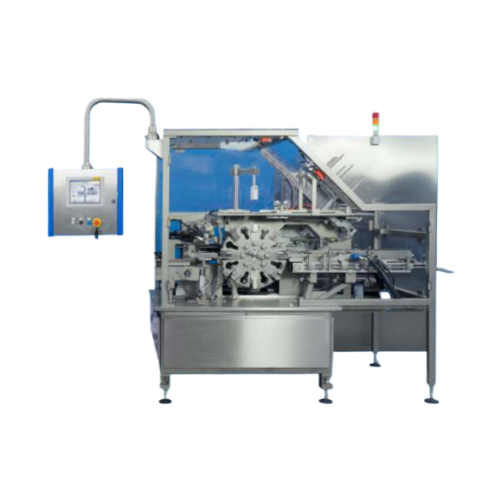
Box cartoning solution for single bricks and bar packages
Efficiently collate and seal brick or bar-shaped products into...
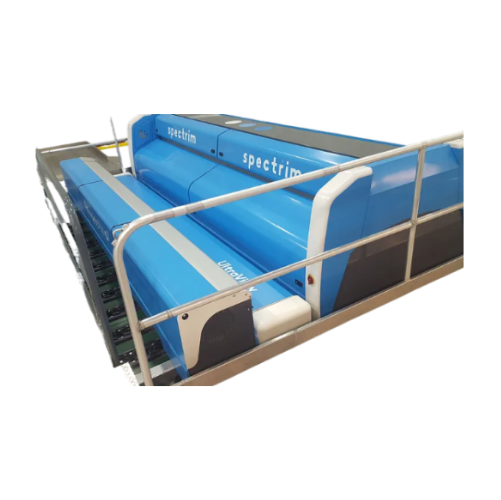
Single and dual lane sorters for fresh produce
Optimize your food processing line with precision defect detection and vers...
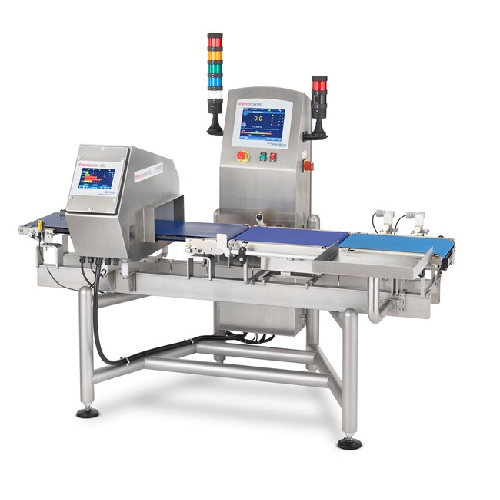
High sensitivity metal detectors for food products
Ensure food safety and product quality by effectively detecting and re...
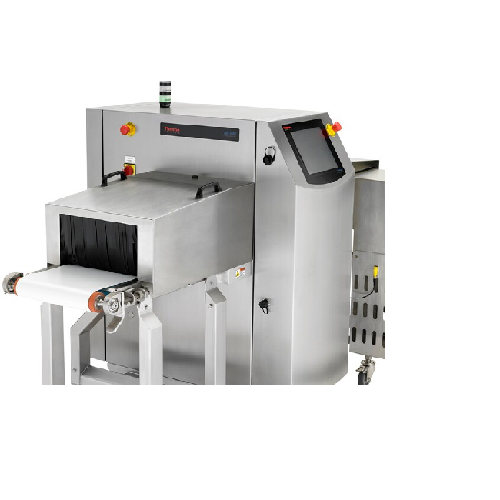
X-ray detection for food inspection
Ensure product integrity in high-speed packaging lines by detecting metallic and non-me...
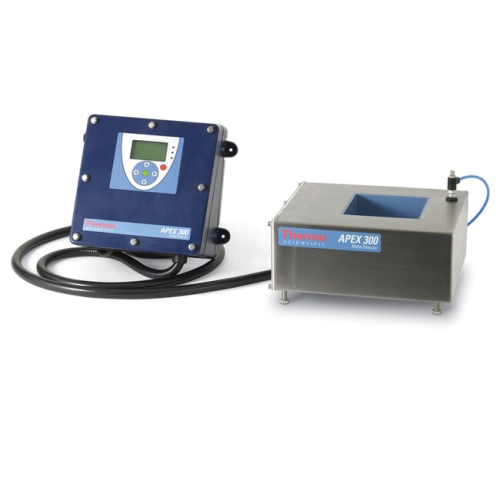
Industrial metal detector for food and beverage applications
Ensure your production line is free from metal contaminants...
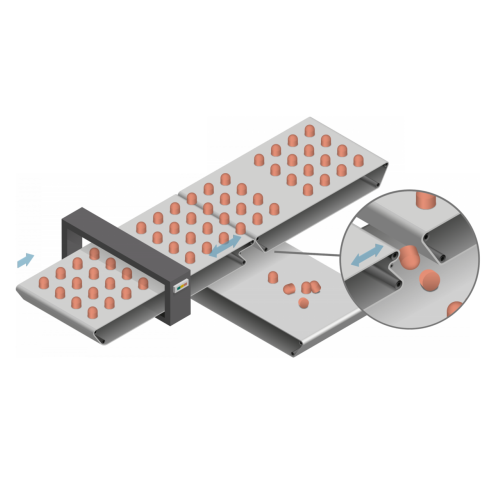
Metal detector for packaging lines
Ensure product purity and safety with precision metal detection, seamlessly eliminating ...
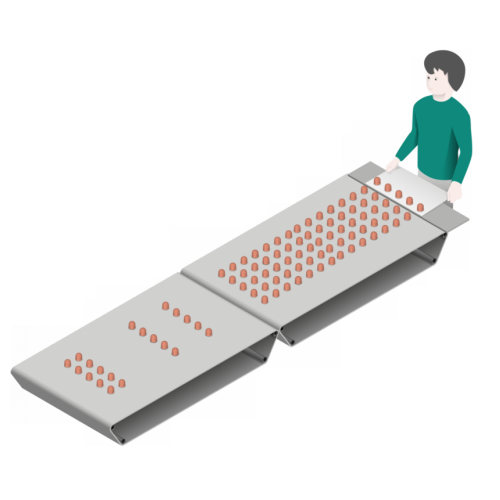
Overflow conveyor for efficient product handling
Streamline your production with overflow conveyors that manage excess pro...

Plate and counter mould storage system for confectionery products
Streamline your confectionery production with an effi...
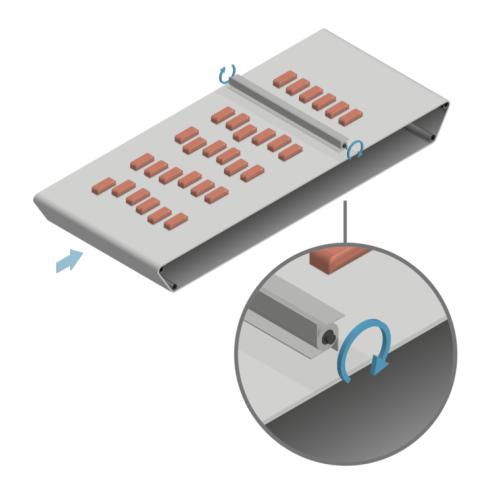
Row aligner for product packaging
Optimize your packaging line with precise alignment and high-speed product handling, ensu...

Vision-based robotic feeding system
Enhance your production line with precise robotic feeding, optimizing product placement...
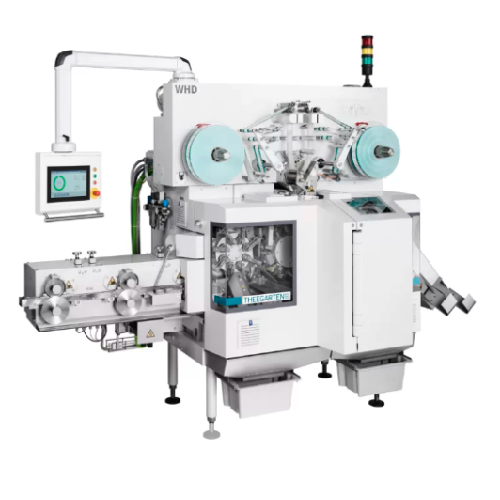
High-speed double twist packaging system for soft caramels
Streamline your confectionery packaging process with a high-s...

High-speed forming, cutting, and wrapping for side and bottom folds
Streamline your confectionery production with a mac...
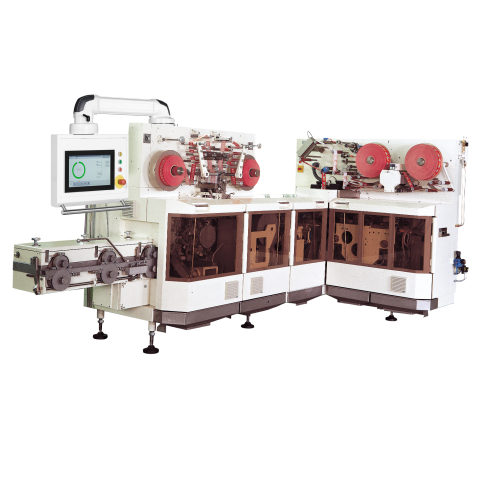
High speed packaging system for fold wrap and stick packs
Streamline your confectionery production with a versatile syst...
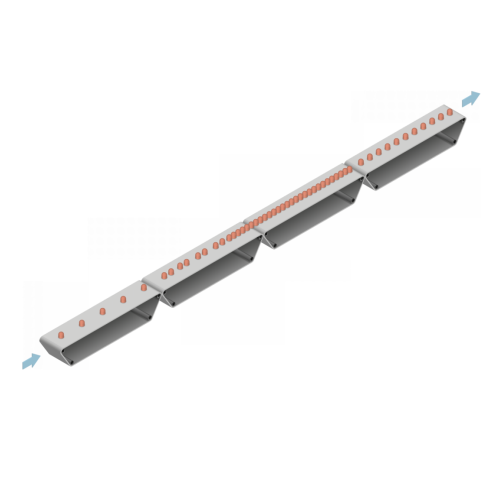
Accumulation conveyor for controlled feeding in packaging lines
Ensure seamless product flow and enhance efficiency in y...
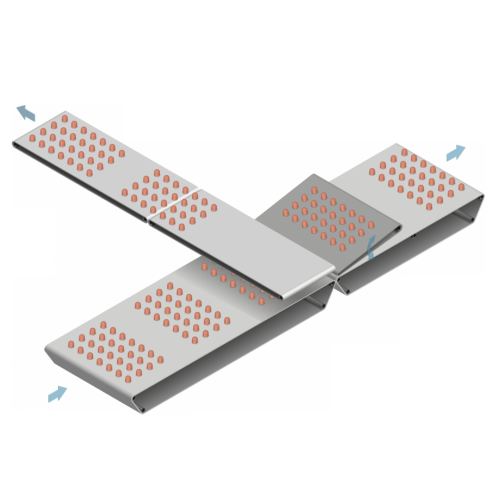
Cross transfer station for mould configuration products
Streamline the transfer of mould-configured products across your ...
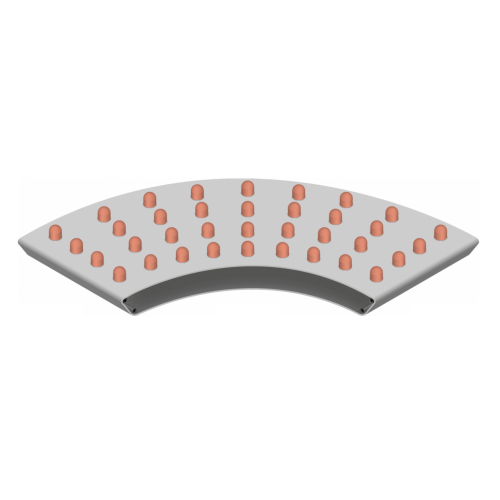
Curved conveyor for product transport
Streamline your product flow with a versatile curved conveyor, perfect for maintainin...
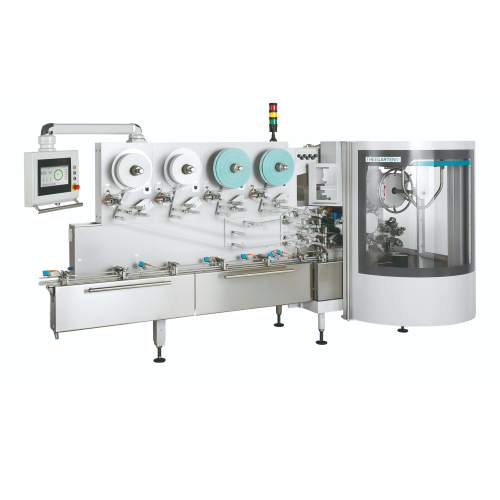
Flexible high-speed wrapping machine for chocolate products
Optimize your confectionery production line with a flexible ...
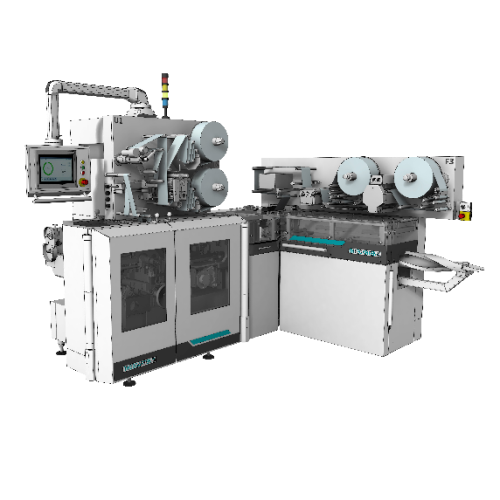
High speed fold wrap and stick packs packaging system
Enhance your confectionery production line with a packaging system ...
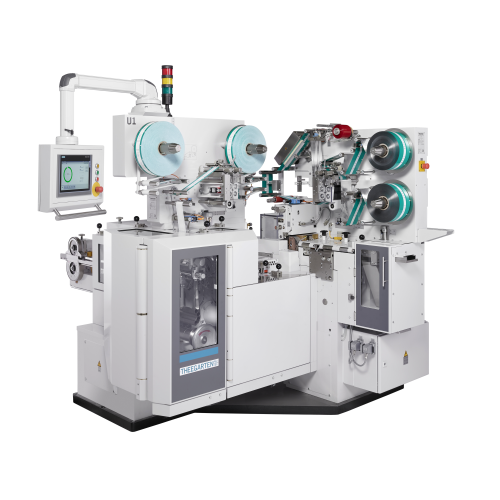
High speed packaging system for soft caramels
Optimize your confectionery line with a high-speed solution designed to seam...
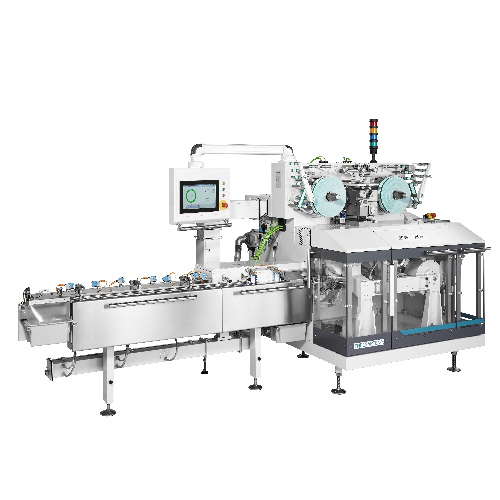
High-speed wrapping machine for chocolate or compressed powder products
For confectionery and pharmaceutical operations...
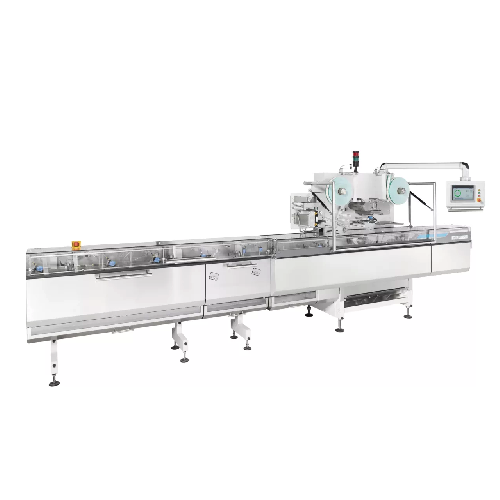
Modular high-speed wrapper for chocolate flow packs
Efficiently wrap a wide range of products, from chocolate bars to dis...
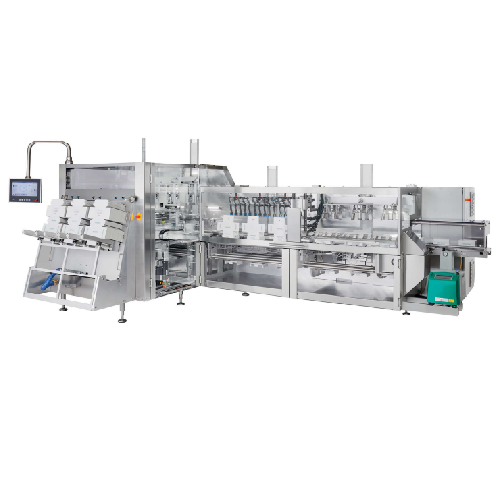
High-speed cartoning system for primary wrapped products
Optimize your packaging line with this high-speed cartoning syst...

High-speed wrapping system for chocolate bars
Ensure quick and precise packaging for chocolate bars with a high-speed syst...

High-speed chocolate wrapping system
Optimize your confectionery packaging process with a versatile, high-speed wrapping so...
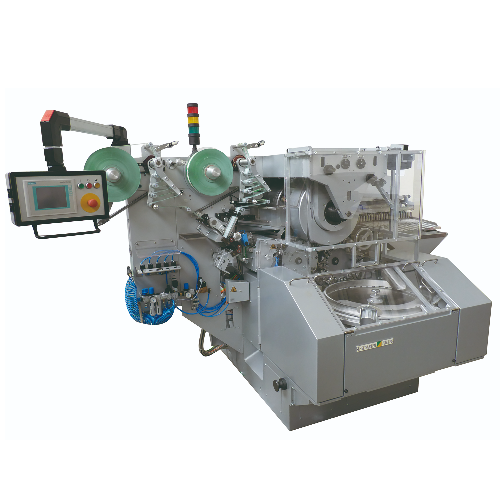
Retrofit package for Ek1 packaging system
Upgrade older packaging systems to enhance efficiency and flexibility while acco...
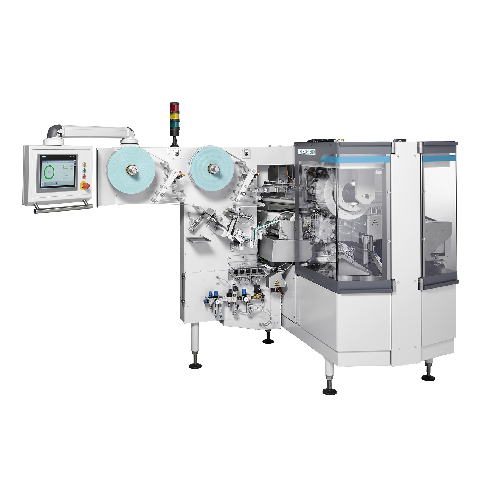
High-speed wrapping solution for preformed candies
Ensure consistent wrapping of diverse confectionery products with a hi...
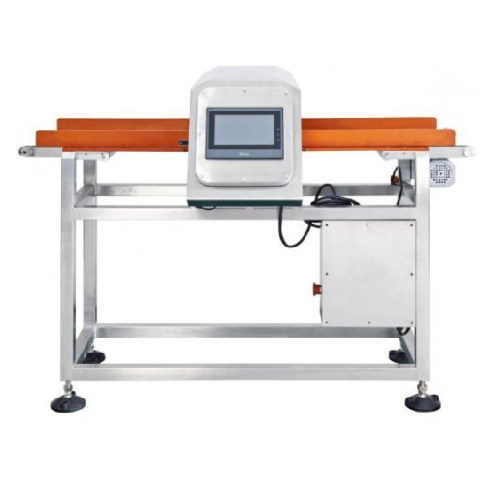
Food production metal detector for packaged products
Ensure product safety and compliance by detecting metal contaminants...
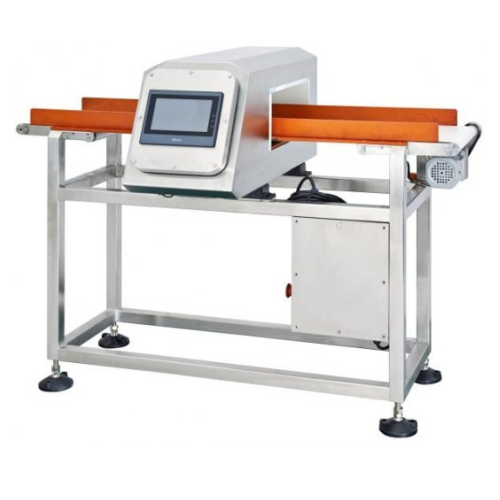
Industrial metal detector for packaged food products
Ensure the safety and compliance of your packaged food products by d...
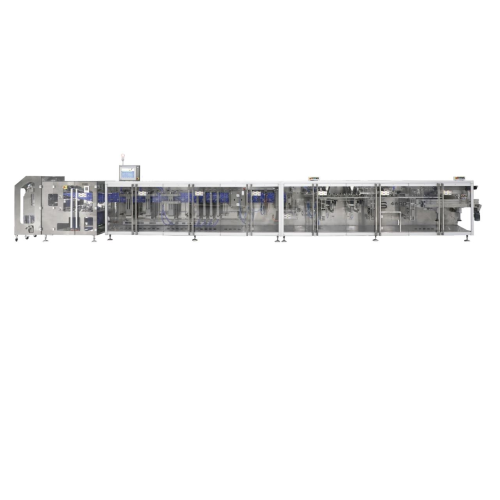
Horizontal form-fill-seal systems for pouch packaging
For production lines that demand efficient pouch creation, these hi...
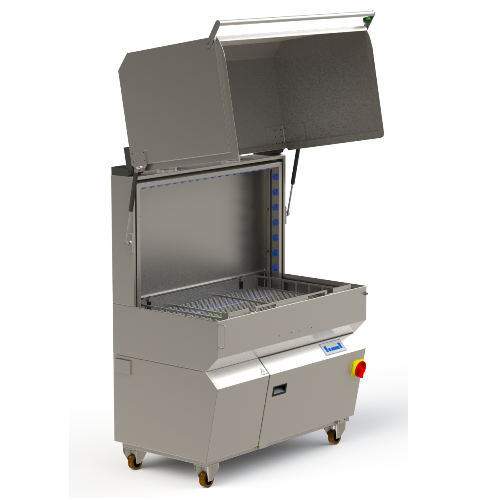
Industrial washing solutions for crates, bins, and pallets
Optimize hygiene in your production line with advanced washin...
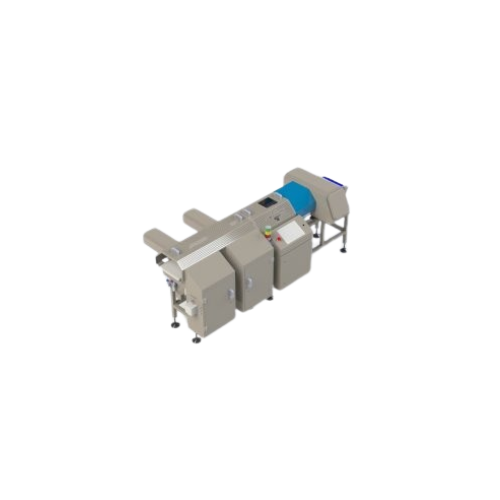
Combined metal detector and checkweigher for food production
Ensure compliance and safety in food production with this i...
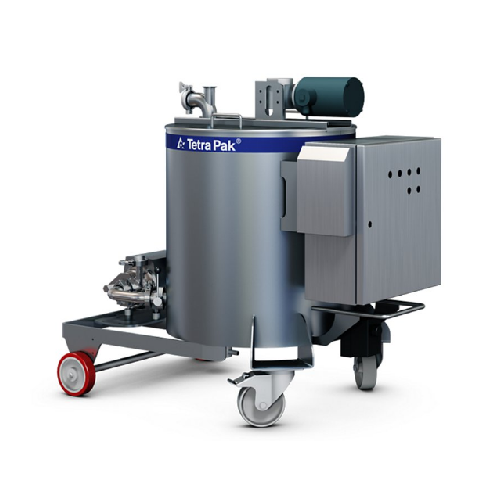
Centrifugal pump station for chocolate coating applications
Ensure precise temperature control and efficient chocolate c...
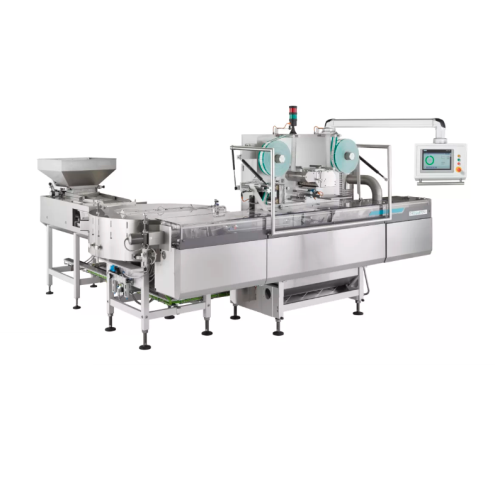
Modular high-speed flow pack wrapper for preformed products
Eliminate packaging line bottlenecks with a versatile high-s...
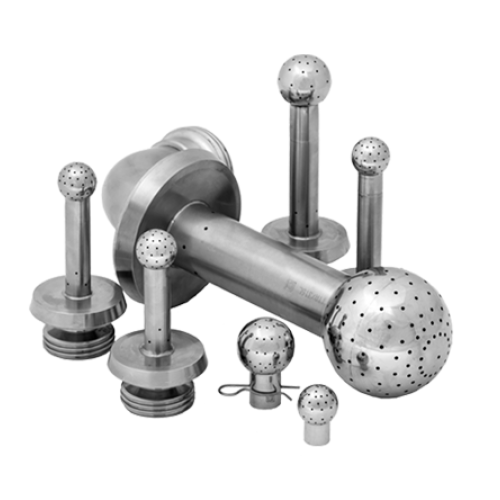
Cleaning in place solution for food production systems
Optimize your cleaning process with an integrated clean-in-place s...
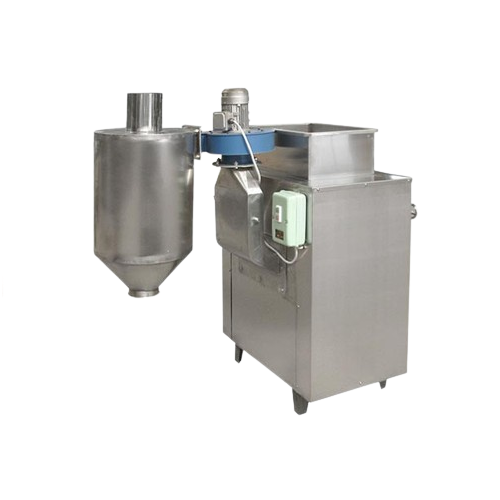
Cocoa bean peeling solution
Enhance your cocoa and coffee production with efficient peeling, reducing waste and ensuring hig...
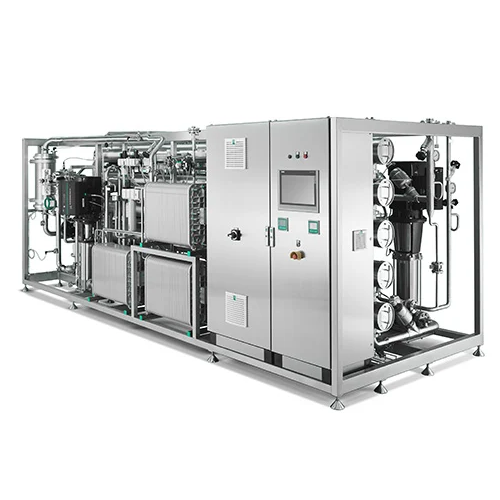
Pure water generation system for pharmaceutical manufacturing
Ensure high-purity water and steam production with precisi...
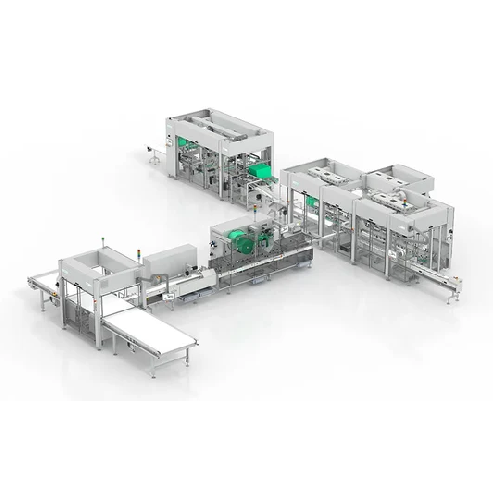
Horizontal flow wrapper for food packaging
Simplify your packaging process with our high-speed horizontal flow wrapper tha...
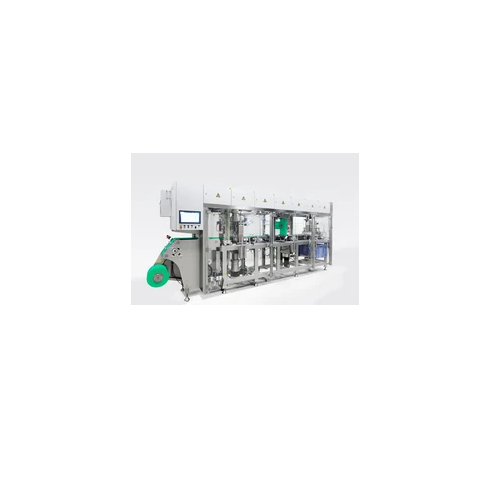
Paper forming technology for sustainable packaging
Elevate your product’s sustainability with advanced paper formin...
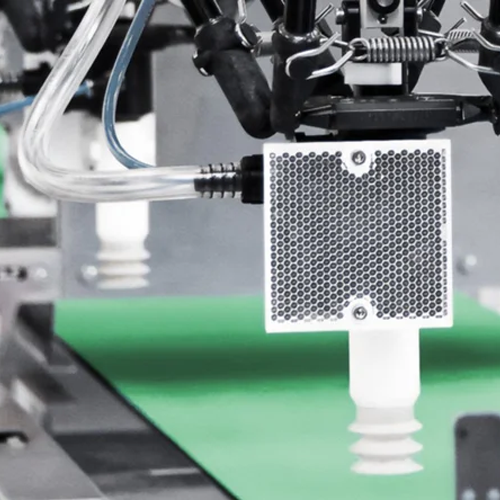
Robotic pick and place platform for food packaging
Enhance your packaging efficiency and product quality with a scalable ...

Industrial bag sealing solution for medical and food applications
Enhance your packaging line with reliable and versati...
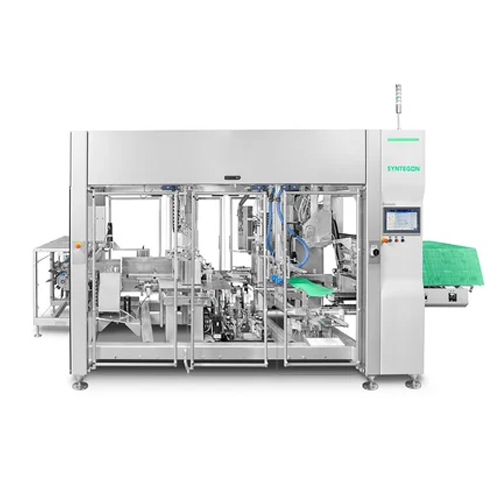
Case packer for diverse food products
Optimize your packaging line with this versatile case packer, capable of handling a w...
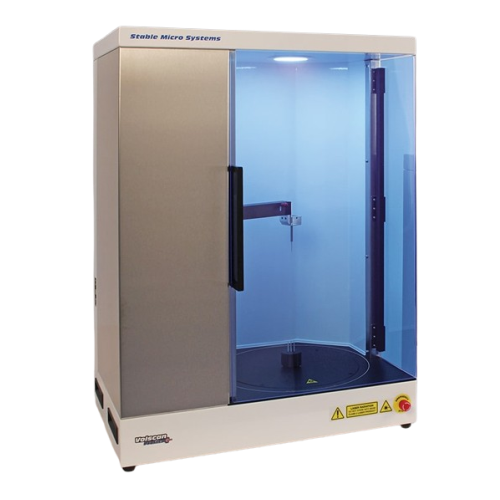
Laser-based volume measurement for bakery and solid products
For precision in product quality control, this laser-based ...
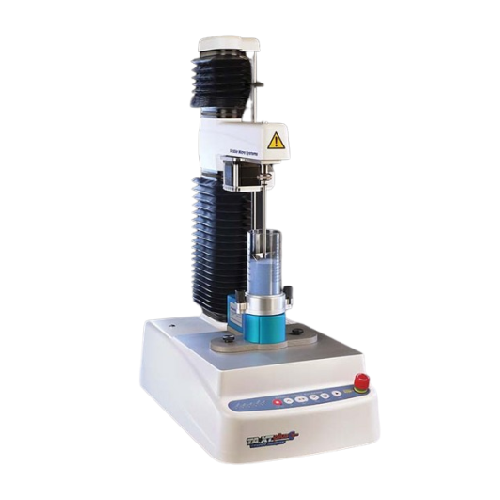
Powder flow measurement system
Achieve precise control over powder consistency and prevent process disruptions by assessing ...
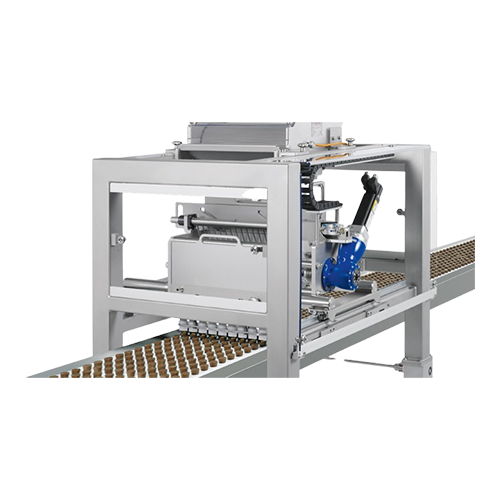
Lay-on systems for precise sprinkling and nut depositing
Optimize your confectionery production with precision sprinkling...
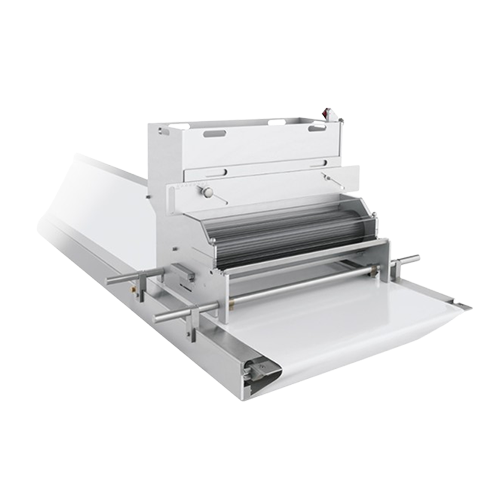
Sprinkling system for decorating confectionery products
Enhance your confectionery line with precision sprinkling systems...
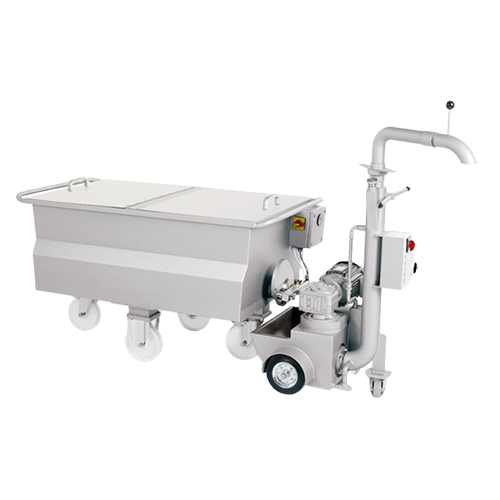
Bulk chocolate storage for confectionery production
Maximize space efficiency while maintaining product quality with our ...
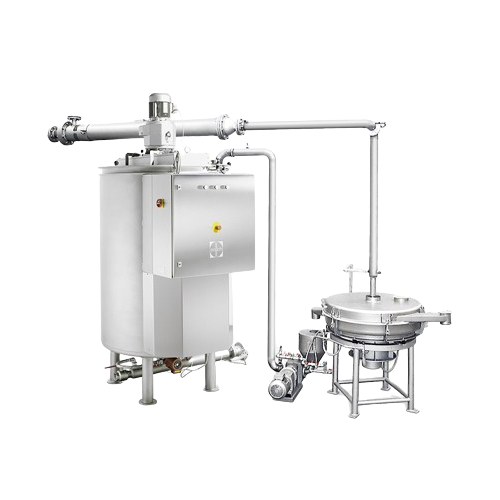
Sieving system for chocolate processing
Ensure product purity and consistency by seamlessly removing unwanted particles fro...
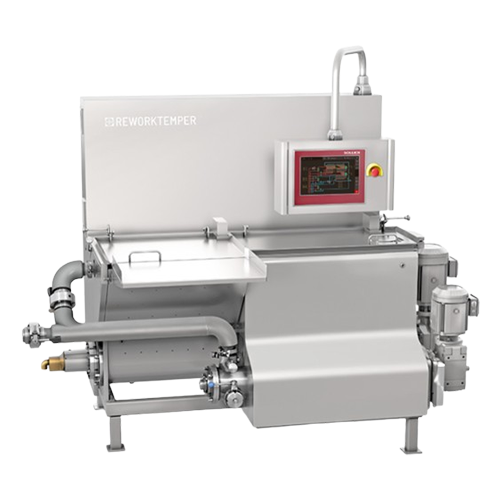
Confectionery rework tempering solution
Improve confectionery production efficiency by integrating a compact rework temperi...
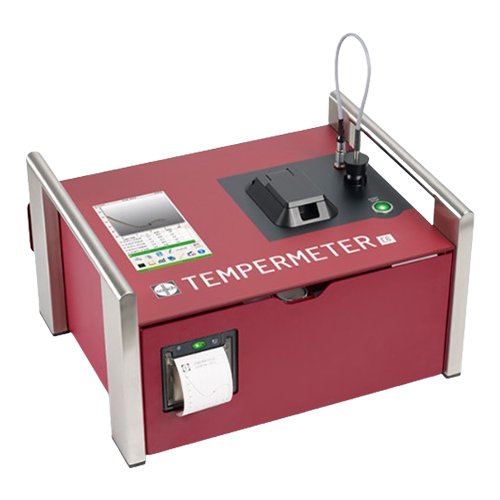
Portable chocolate tempering degree checker
Ensure precise chocolate tempering to enhance product quality and consistency,...
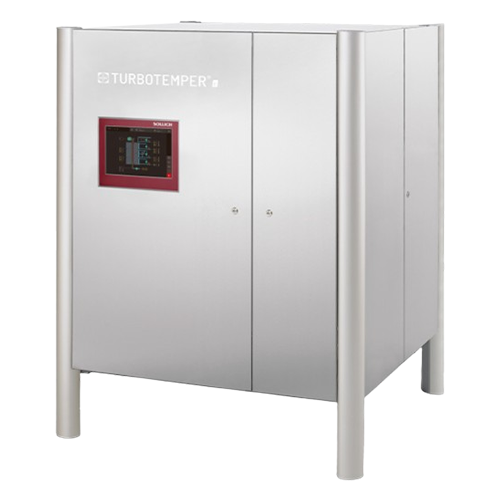
Chocolate tempering solution for superior gloss and shelf life
Achieve consistent sheen and extend the shelf life of cho...
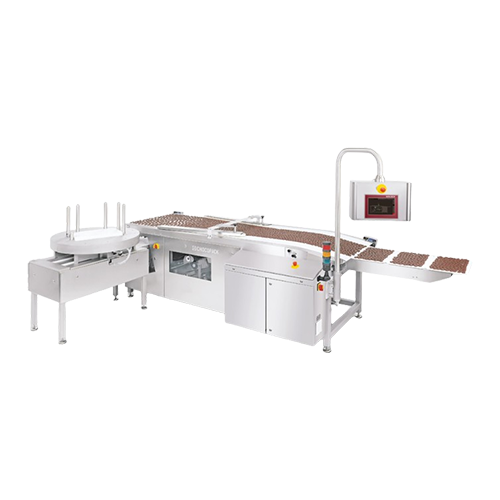
Praline and bar product take-off system
Streamline your confectionery production with a versatile take-off system designed ...
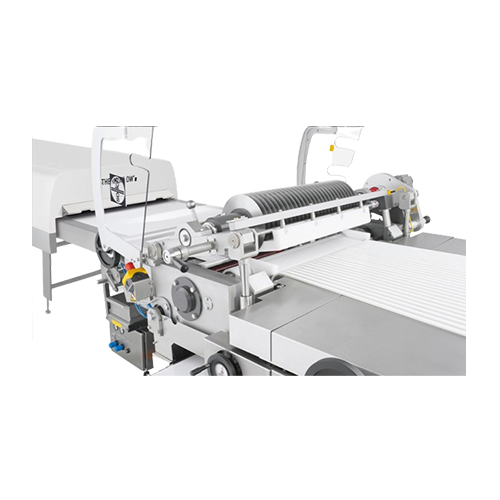
Longitudinal slitting system for confectionery production
Achieve precise confectionery dimensions with our customizable...
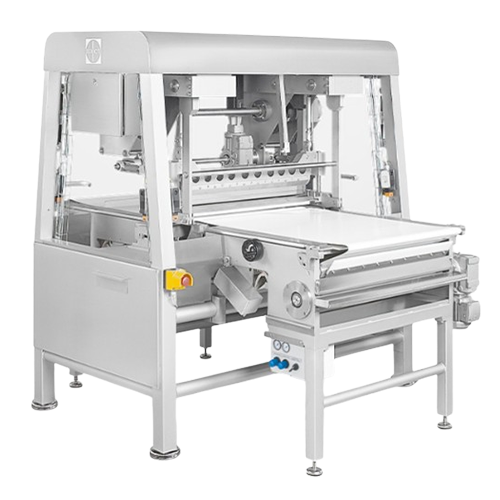
Transverse cutting systems for confectionery production
Achieve precise cutting and slitting with high-speed transverse s...
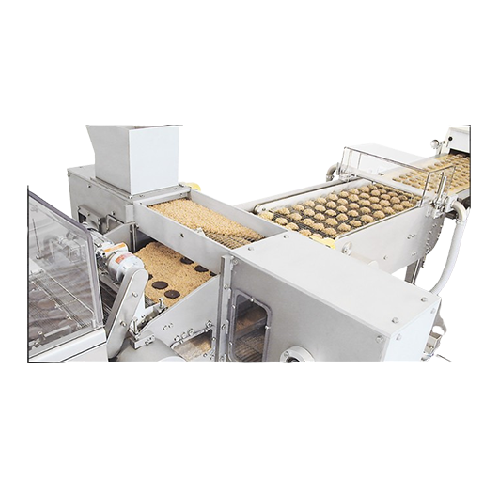
All around sprinkling systems for confectionery
Enhance your confectionery production with a system that ensures precise a...
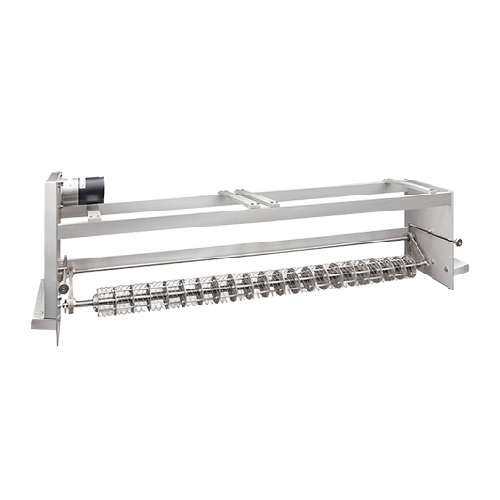
Chocolate decoration systems for confectionery production
Enhance your confectionery production with precision chocolate...
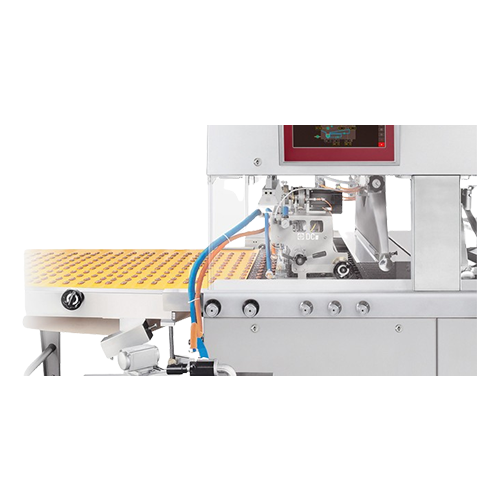
Automated chocolate decoration system
Elevate your confectionery production with precision chocolate decoration, seamlessly...
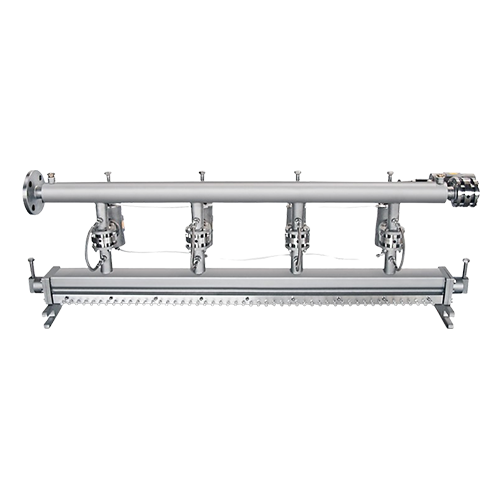
Manifold system for producing weight-accurate ropes of chocolate or fruit masses
Achieve precise weight and shape in c...
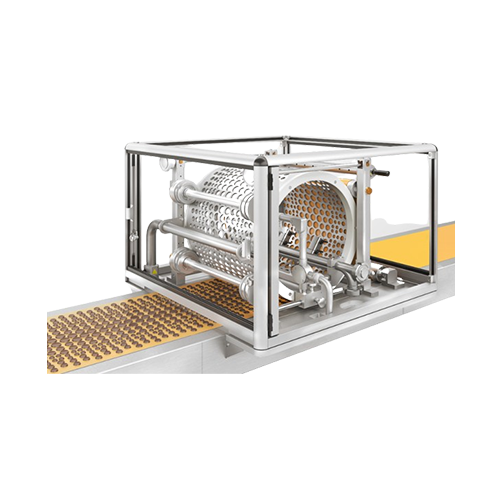
Volume-precise moulding for chocolate and fat masses
Achieve precise and consistent moulding for chocolate and confection...
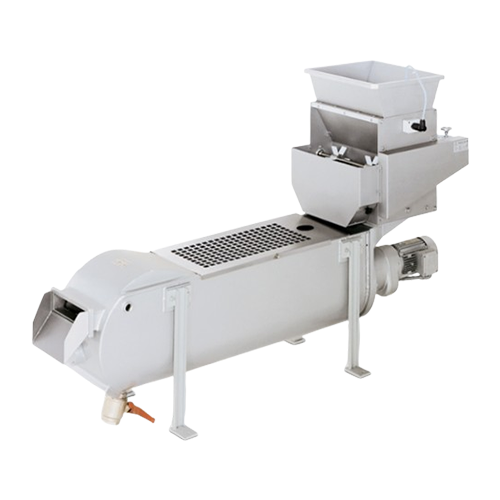
Continuous mixer for confectionery and bakery ingredients
Maximize production efficiency by seamlessly integrating mixin...
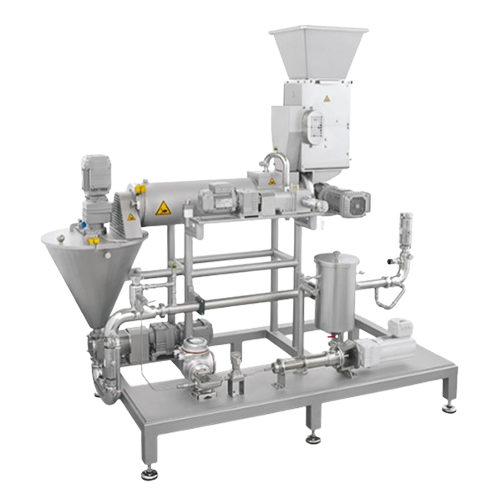
Flavour and colour dosing system
Simplify production by efficiently incorporating various flavors, colors, and solid inclusi...
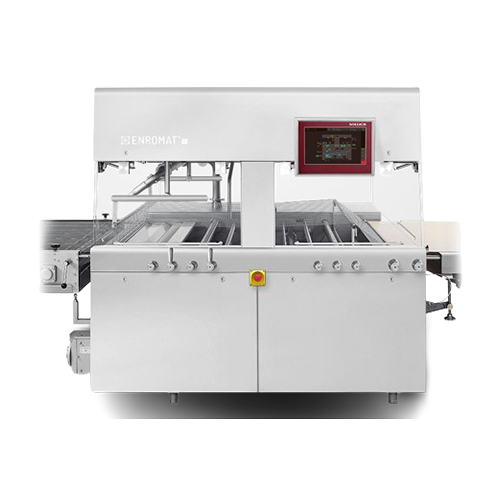
Industrial enrobing solution for quality coatings
Achieve high-quality coatings for pralines, bars, and pastries with a c...
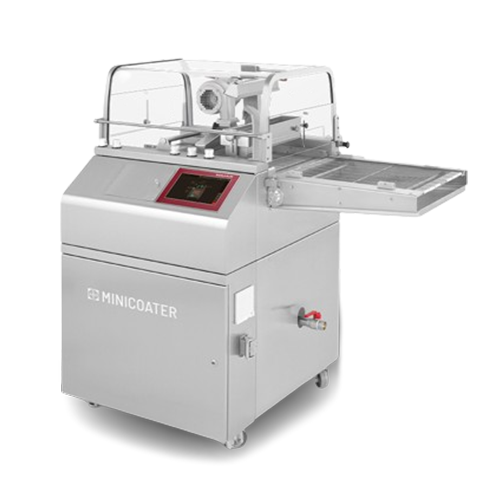
Compact chocolate enrobing system
Achieve perfect chocolate coatings in minimal space with precise control, enabling high-q...
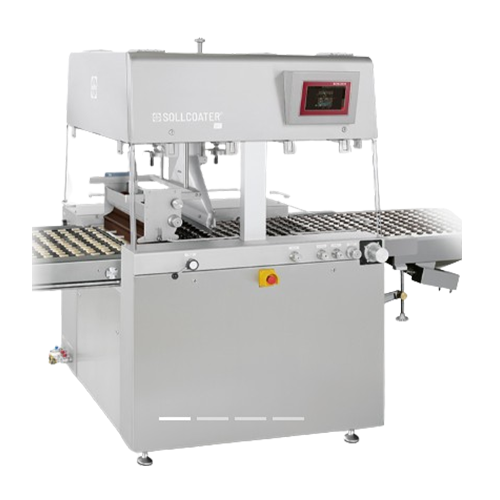
Enrobing system for full, half, and bottom coating of chocolates
Achieve precise and consistent chocolate coating with a...
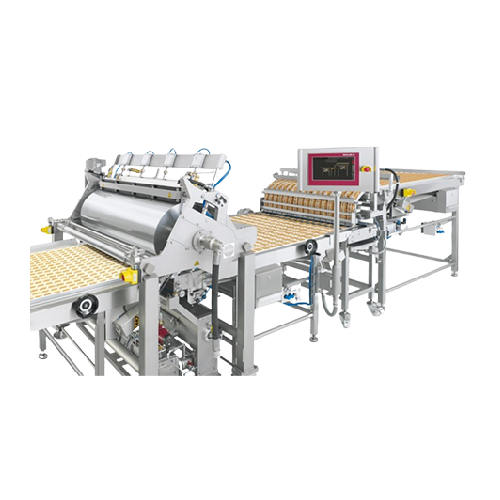
Enrobing system for biscuits and baked goods
Achieve consistent and precise chocolate coatings with the versatility you ne...

Industrial spreading systems for sticky products
Effortlessly manage the spread of sticky confectionery products with prec...
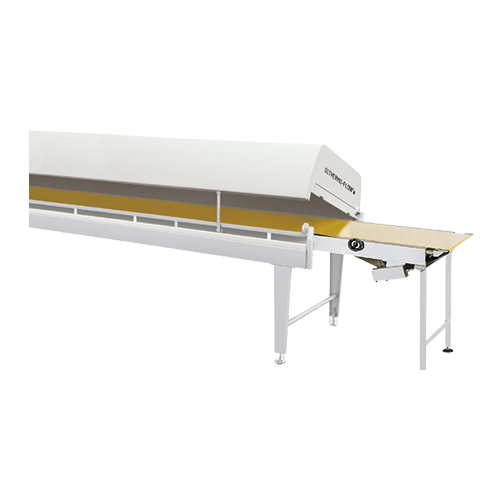
Cooling tunnel for center cooling in confectionery production
Efficiently manage center cooling in confectionery product...
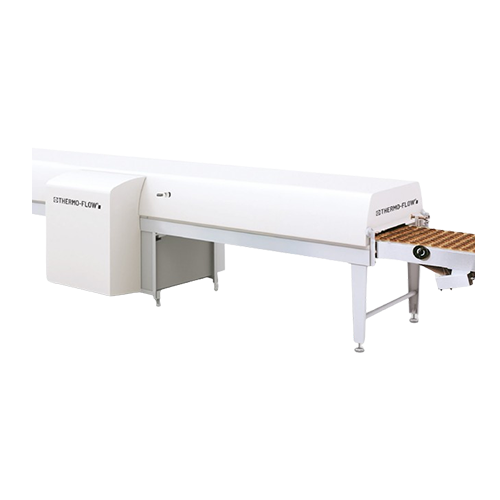
Advanced cooling tunnel for confectionery production
Optimize your confectionery production with a cooling system that en...
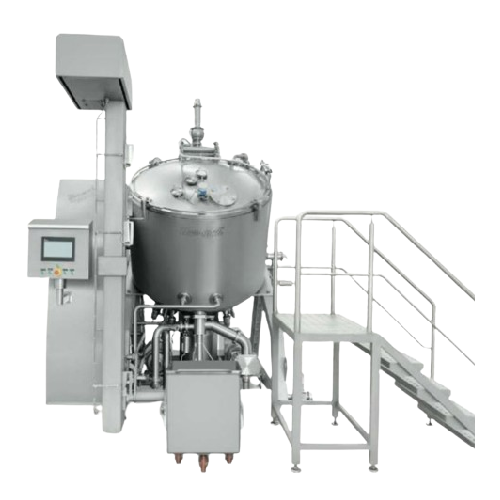
Versatile food processing solution for dairy and meat products
Optimize your production line with a machine that seamles...

High shear mixer for efficient particle size reduction
Achieve rapid and precise blending and particle reduction in your ...
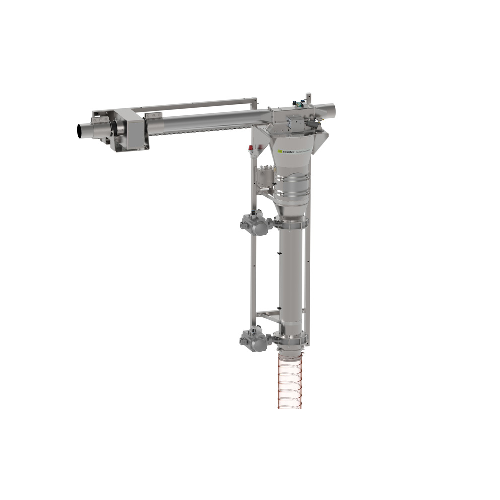
In-line metal detector for pneumatic systems
Ensure product purity and operational efficiency with a solution that effecti...
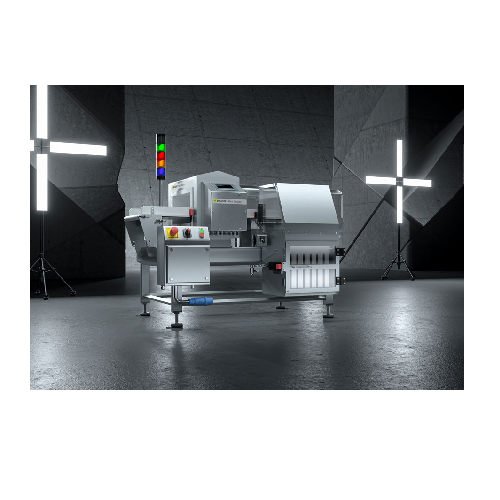
Conveyor belt metal detection system
Ensure seamless product safety with a system that detects and separates metallic conta...
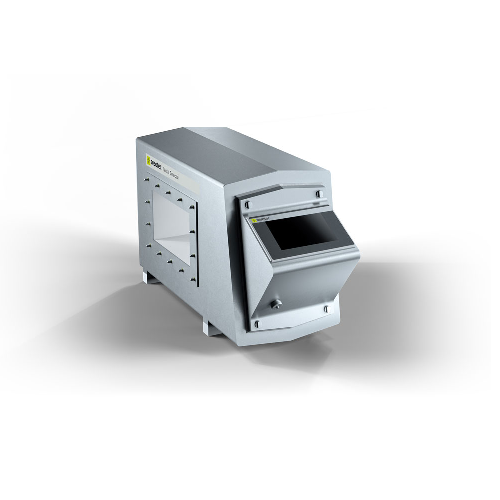
Metal detector systems for conveyor belts and chutes
Ensure the integrity of your production line by efficiently detectin...
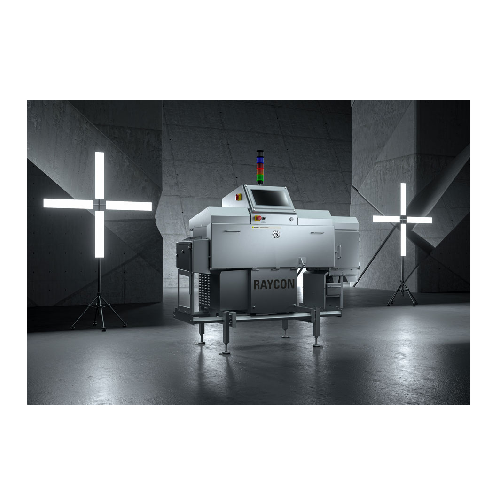
X-ray inspection system for unpackaged bulk products
Ensure product purity and safety in high-speed production lines with...
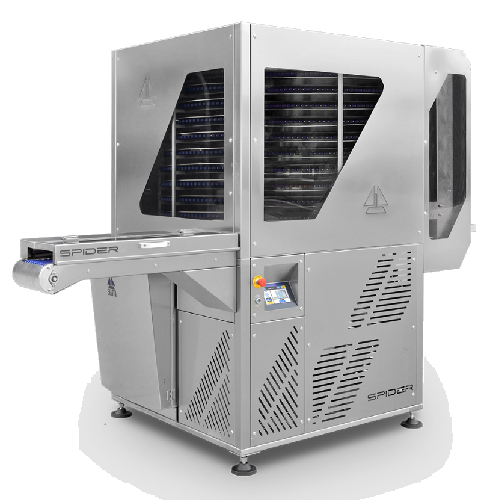
Vertical tunnel for cooling and moulding chocolate
Efficiently manage chocolate temperature control and molding precision...
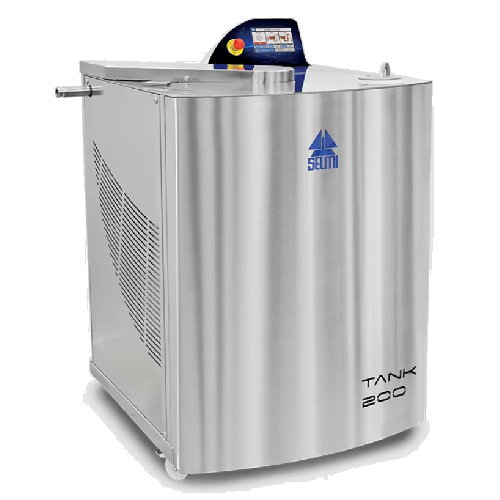
Continuous chocolate mixer and melter
Optimize your chocolate production with a solution that ensures precise temperature c...
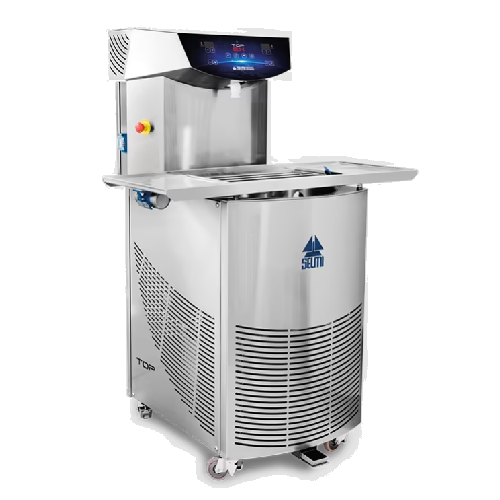
Professional chocolate tempering system
Enhance your chocolate production with a versatile tempering system that optimizes ...
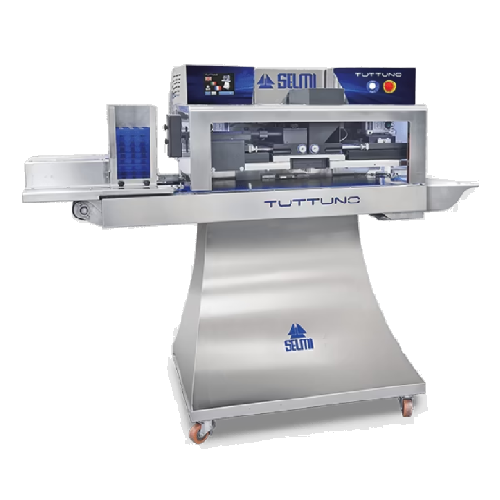
Simultaneous chocolate dosing solution
Achieve high-precision chocolate and ganache filling in a single step with this effi...
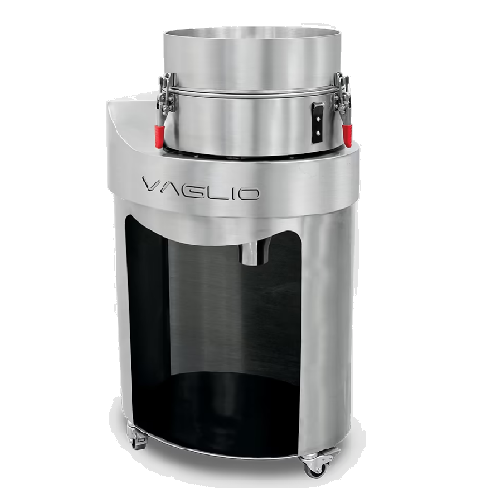
Sieve for bean to bar chocolate filtering
Ensure consistency and safety in your chocolate production by eliminating impuri...
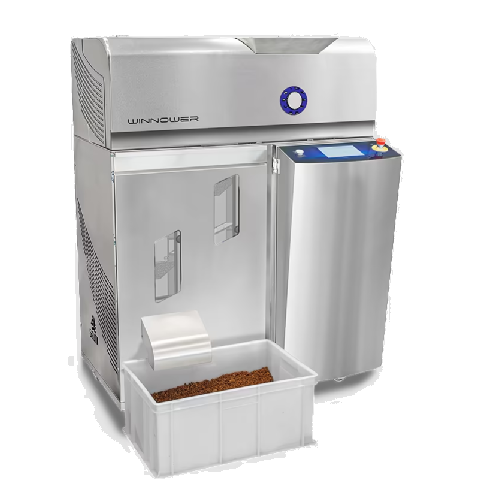
Cocoa bean winnower
Transform roasted cocoa beans into nibs efficiently, ensuring precise separation of cocoa from its shell,...
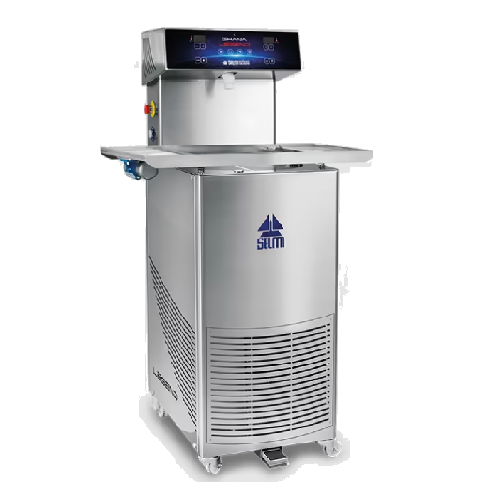
Professional chocolate tempering system for chocolatiers
Achieve precise chocolate tempering with advanced digital contro...
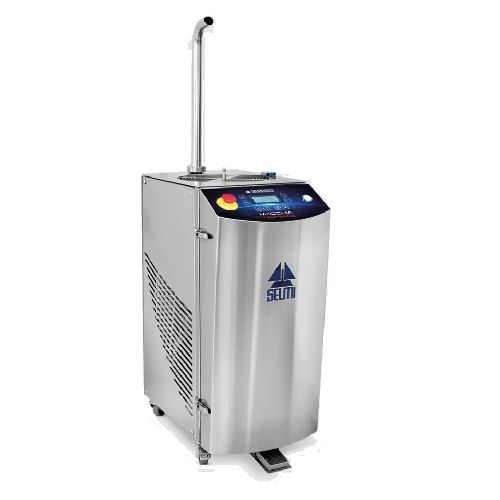
Chocolate and spreadable cream dispenser
Effortlessly enhance your confection creations with a dispenser that precisely mel...
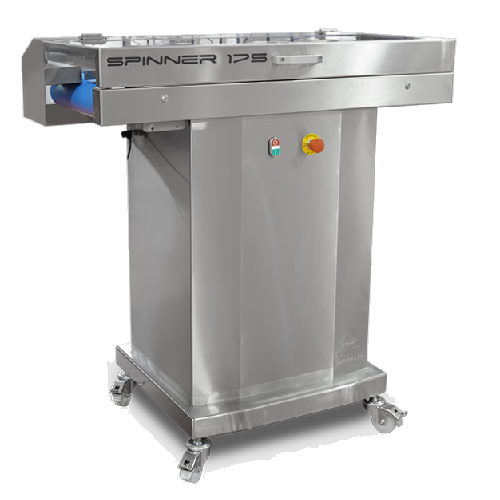
Automatic chocolate mold aligner and conveyor
Efficiently align and rotate chocolate molds to streamline your production l...
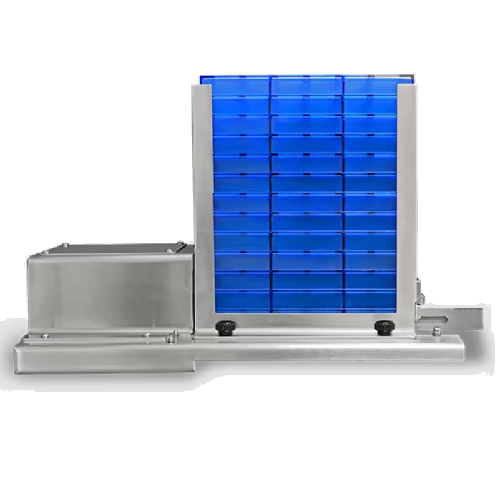
Automatic chocolate mould loader
Streamline your chocolate production with seamless mould loading, optimizing efficiency in ...
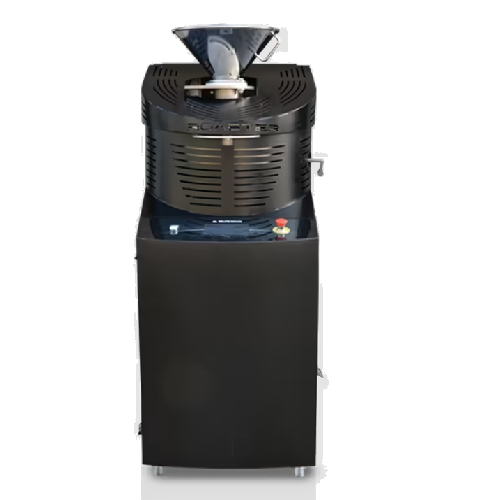
Dried nuts roasting system
Efficiently transform raw dried nuts into high-quality pastes and creams, optimizing flavor and t...
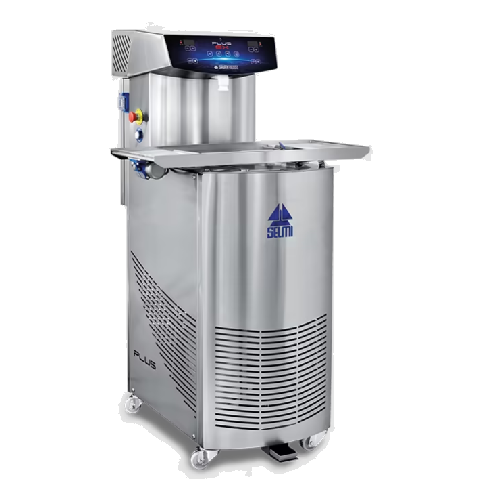
Professional chocolate tempering system for artisan chocolatiers
Achieve precise chocolate tempering with quick changeov...
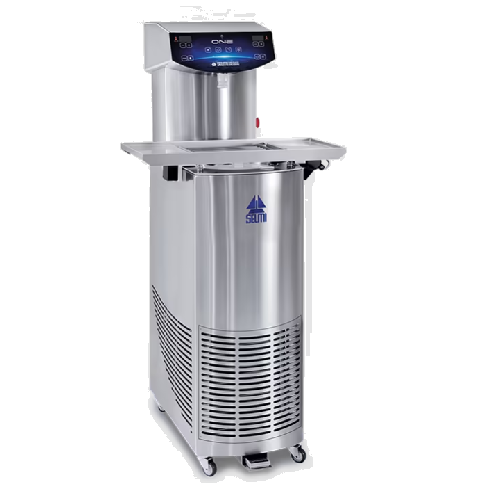
Chocolate tempering solution for small scale production
Efficiently temper chocolate for diverse confectionery creations ...

Chocolate and sugar coating system
Achieve consistent, high-quality coating for nuts, dried fruits, and confectionery with ...
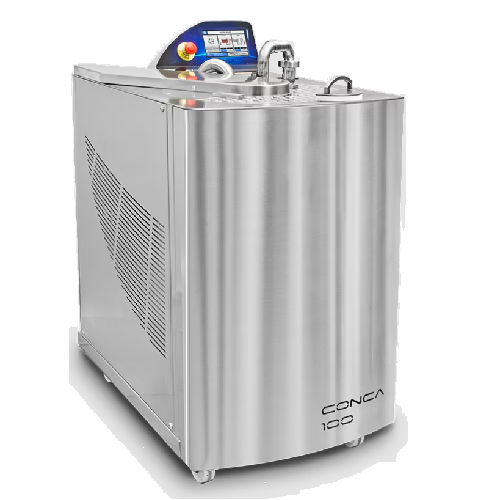
Industrial chocolate conching solution
Optimize chocolate production by effectively removing acidity and moisture, ensuring...
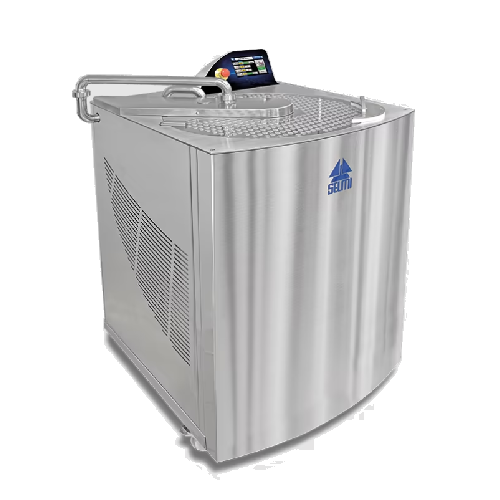
Melting mixer for bean to bar chocolate production
Achieve seamless chocolate texture and remarkable flavor enhancement w...
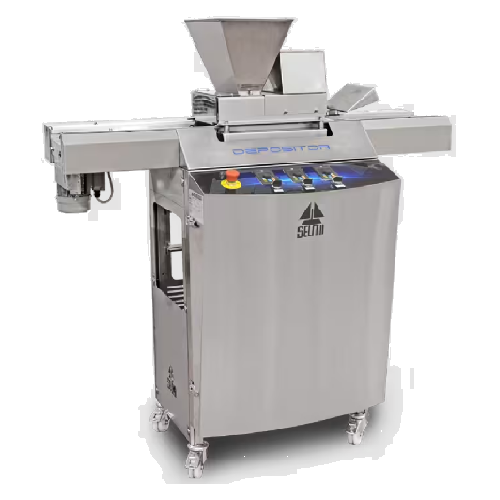
Grain dispenser for decoration of chocolate tablets
Elevate your confectionery with precise grain decoration, enhancing t...

Flowpack packaging machine for chocolate products
Effortlessly wrap and preserve large quantities of chocolate and sweet ...
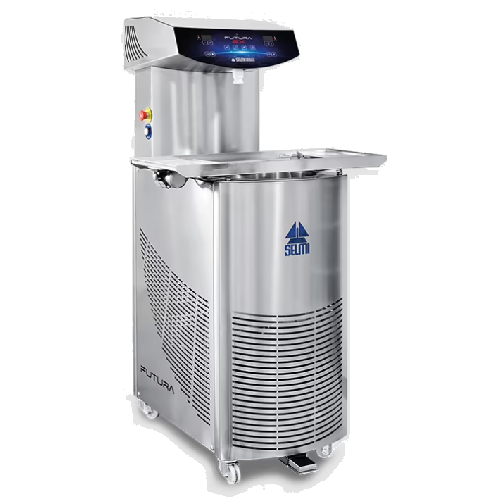
Professional chocolate tempering equipment for efficient production
Enhance your production capabilities with a versati...
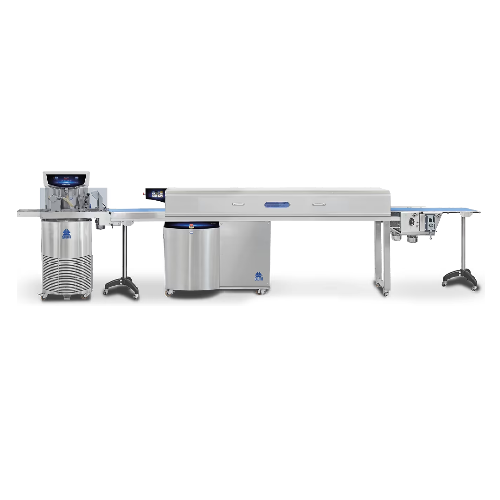
Chocolate enrobing, moulding, and cooling tunnel
Optimize your chocolate production with this advanced tunnel, designed fo...
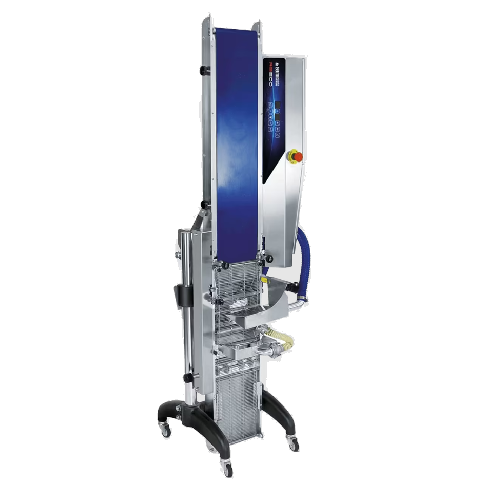
Chocolate enrobing system for tempering machines
Achieve consistent, high-quality chocolate coatings for your truffles, pr...
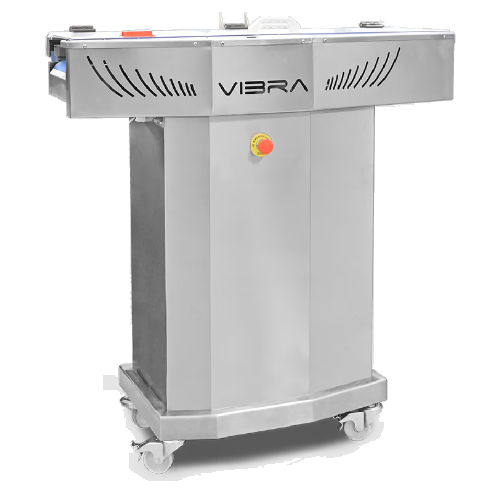
Autonomous vibrating station for chocolate moulds
Efficiently level and smooth chocolate in moulds, maintaining a seamles...
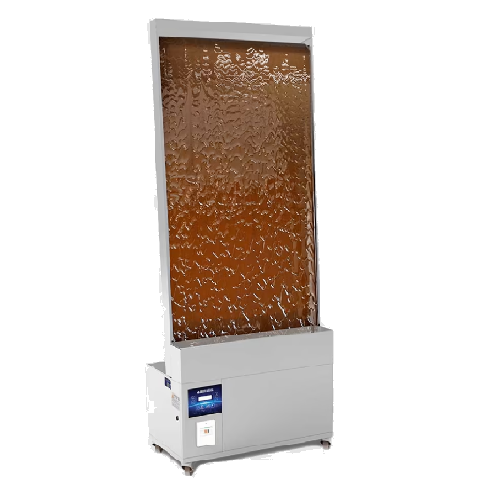
Wall chocolate fountain for continuous chocolate flow
Create a mesmerizing ambiance with a seamless chocolate waterfall, ...
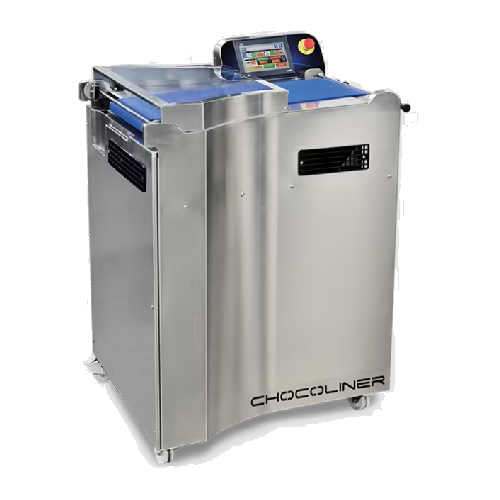
Chocolate products aligner for chocoform extruder
Enhance your chocolate production line efficiency with a precision alig...
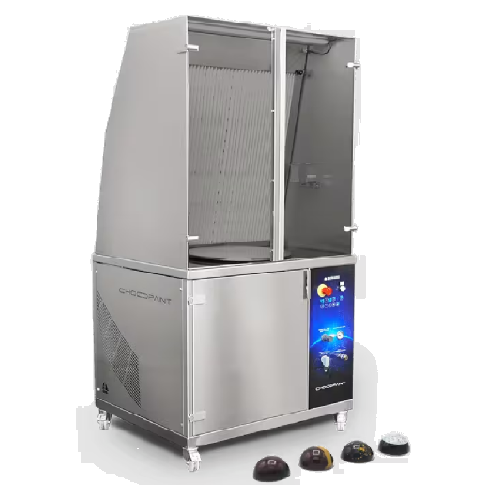
Chocolate painting and spraying cabin with suction
Achieve impeccable decoration and coating of confectionery with a pain...

Chocolate and nut cluster production line
Optimize your confectionery production with precise control over chocolate and n...
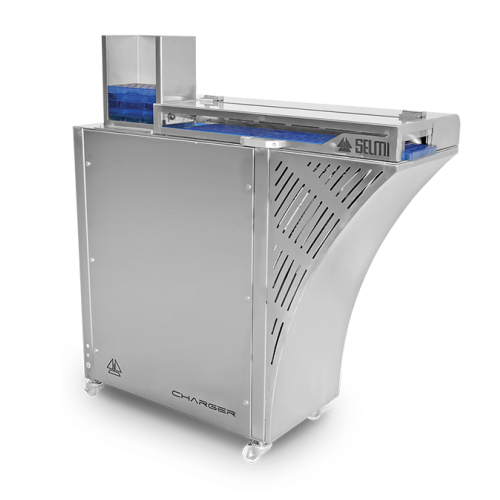
Automatic heated mould loader for chocolate production
Streamline your chocolate production with this heated mould loader...
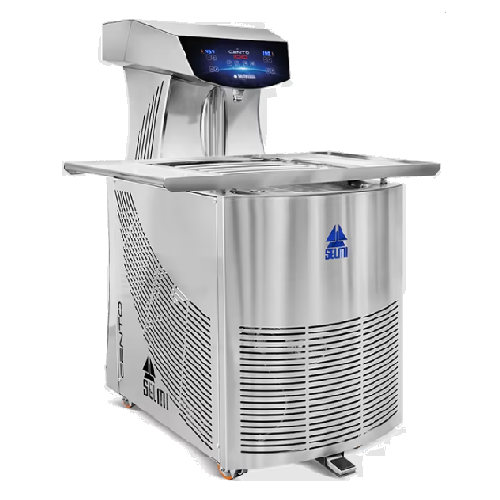
Professional chocolate tempering solution for large workshops
Enhance your chocolate production efficiency with a machin...
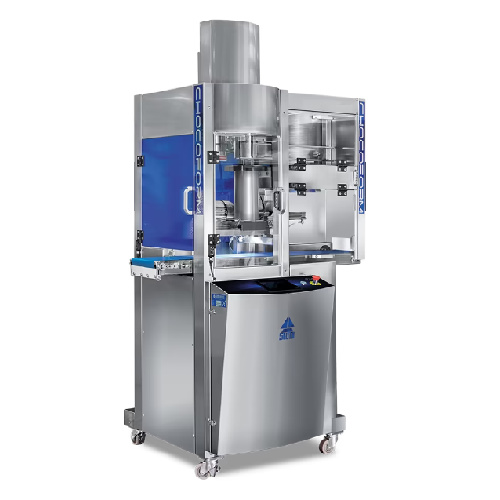
Chocolate truffle extruder
Achieve precise and versatile production of chocolate truffles and snacks, with seamless integrat...
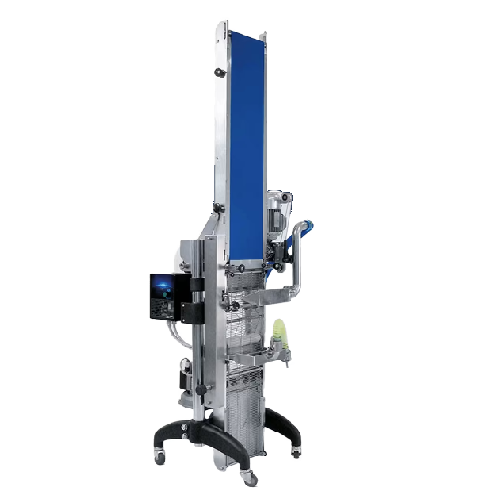
Chocolate enrobing belt for tempering machines
Enhance your chocolate production line with precise control over coating an...
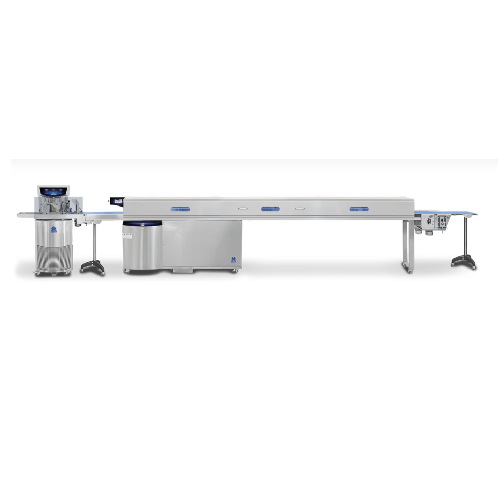
Chocolate enrobing and cooling tunnel 300/400 mm
Ensure seamless enrobing and precise cooling for chocolate products with ...
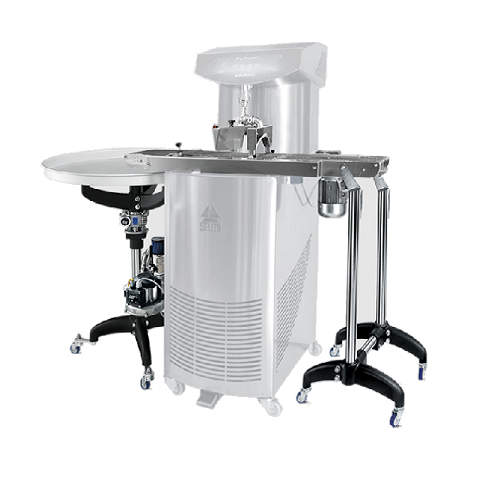
Chocolate truffle enrobing system
Enhance your chocolate production with a machine that delivers precision enrobing for tru...
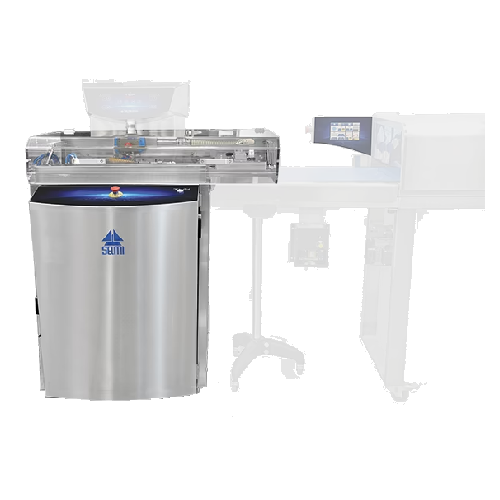
Chocolate drops production system
Create perfectly uniform chocolate drops with precision dispensing and seamless integrati...

Process integration for pharma industry
Enhance your production line with seamless process integration, ensuring accurate l...
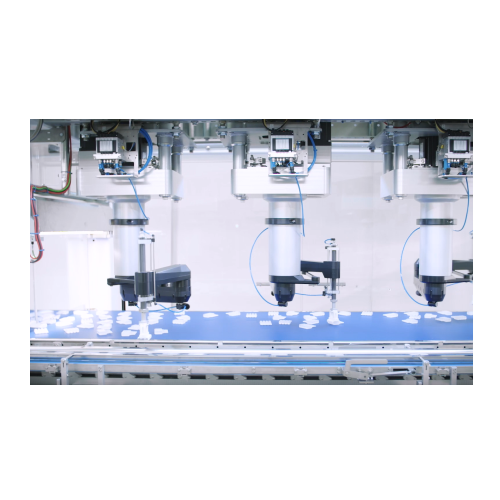
Compact carton packing solution for standardized tasks
Streamline your packaging workflow with a preconfigured solution d...
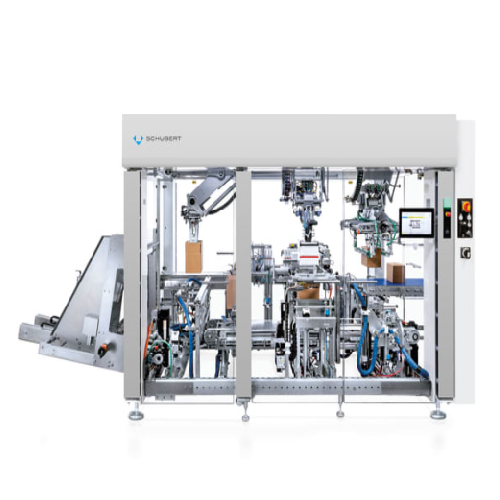
Ultra-compact case packer for consumer goods
Maximize efficiency on your production floor with a compact case packer desig...
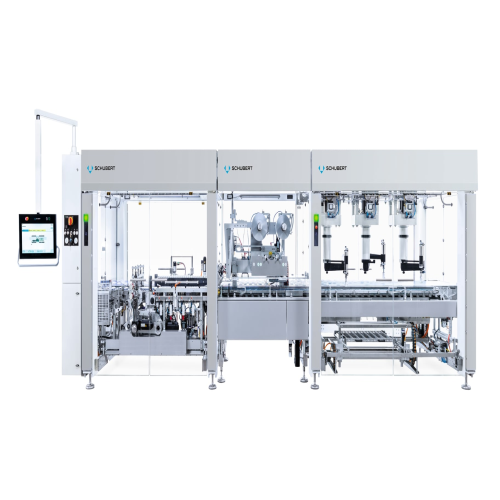
Flowpacker for packaging products in flowpacks
Optimize your flowpack packaging line with a preconfigured solution that ac...
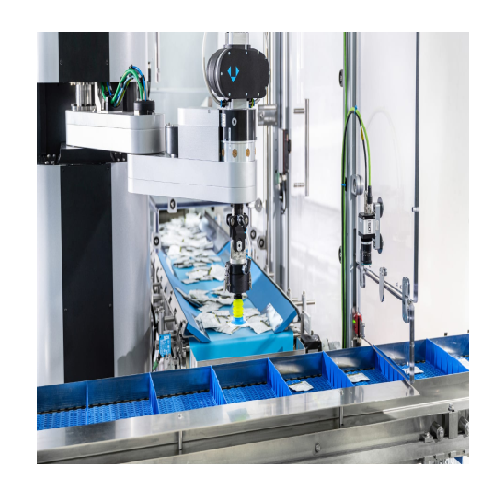
Automated pick and place cobot for packaging
Overcome packaging bottlenecks with an advanced cobot designed for high-speed...
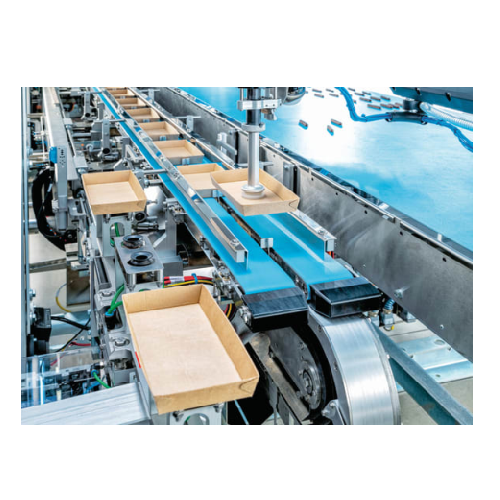
Flow wrapper with quick format change
Streamline your packaging operations with a machine that offers rapid format changeov...
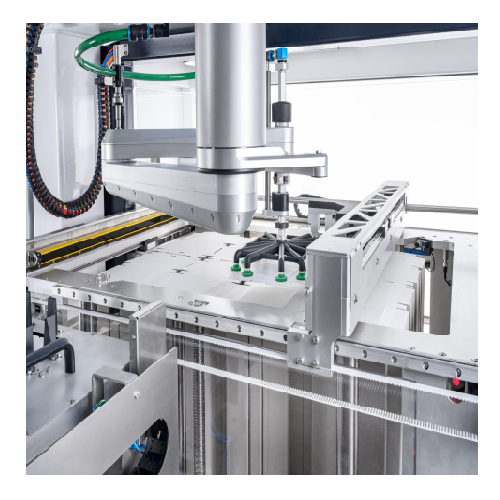
Compact carton blank feeding system
Maximize your production efficiency with a solution designed to streamline carton blank...
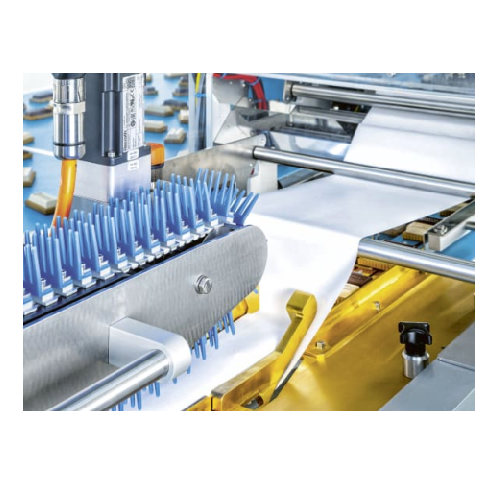
Flow-wrapping machine with quick format changeovers
Optimize your packaging flexibility with a flow-wrapping machine desi...
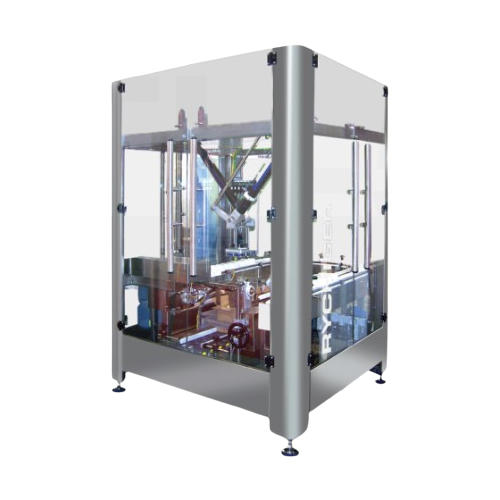
Top-loading delta robot automation solution
For high-speed operations requiring precise product handling, this top-loading...
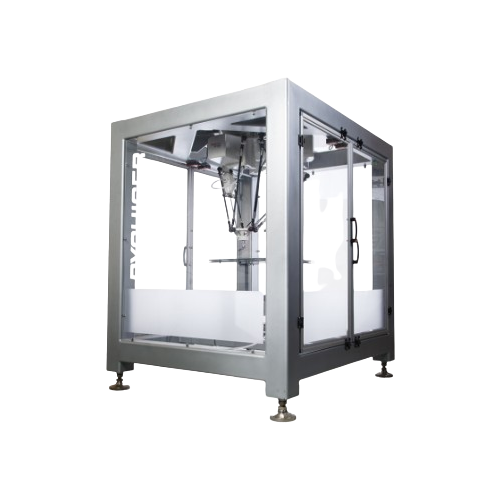
Top loader robots for precision packaging
Optimize packaging operations with versatile robotic top loaders that achieve hi...

Tray packer for forming, loading, and sealing
Optimize your production line with a versatile tray packer designed to seaml...
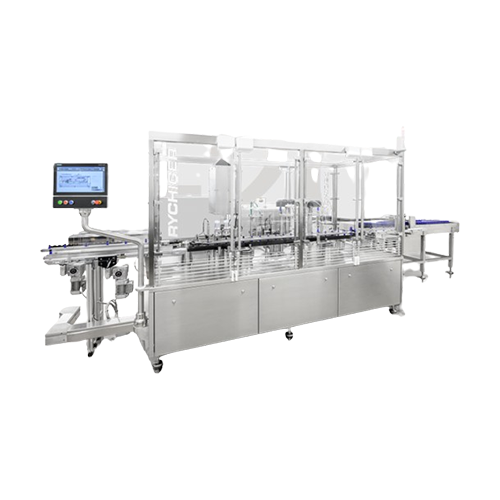
Sterile filling platform for pharmaceuticals
Achieve precise, high-speed aseptic filling and packaging with advanced compl...
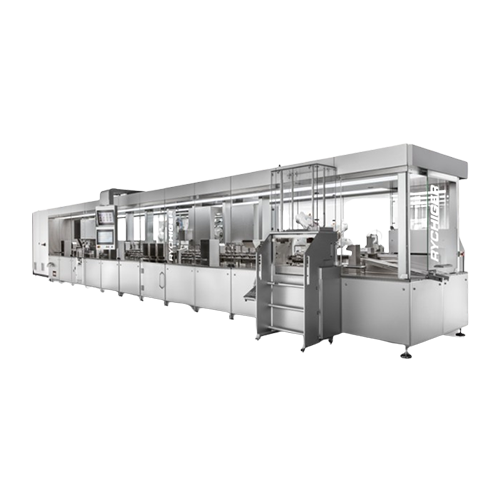
Production system for molecular diagnostics
Eliminate bottlenecks in molecular diagnostics production with a versatile sys...
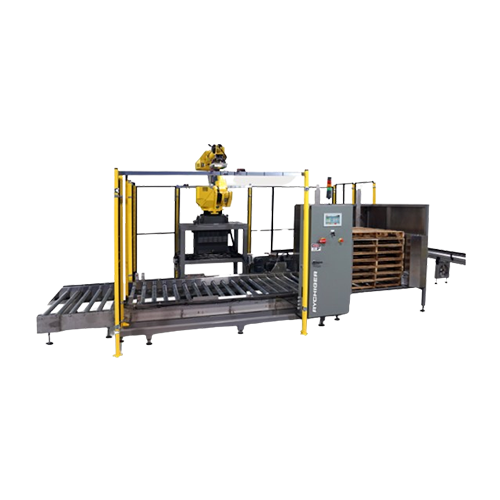
Compact palletizer for food and beverage products
Optimize your end-of-line operations with a space-saving palletizer tha...
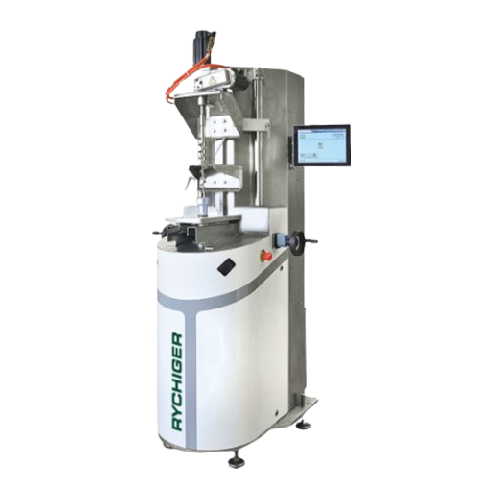
Lab device for testing coffee capsules
Achieve precise testing and reproducibility of coffee capsule parameters crucial for...
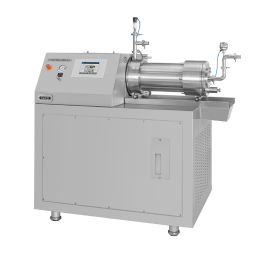
Agitator bead mill for functional foods and flavors
Fine-grinding solid flavors to improve taste properties and integrati...
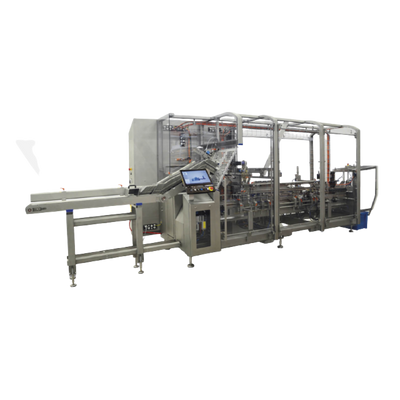
Cartoning Machine For Snacks and Sweets
When producing different snacks and sweets, each product will match a different car...
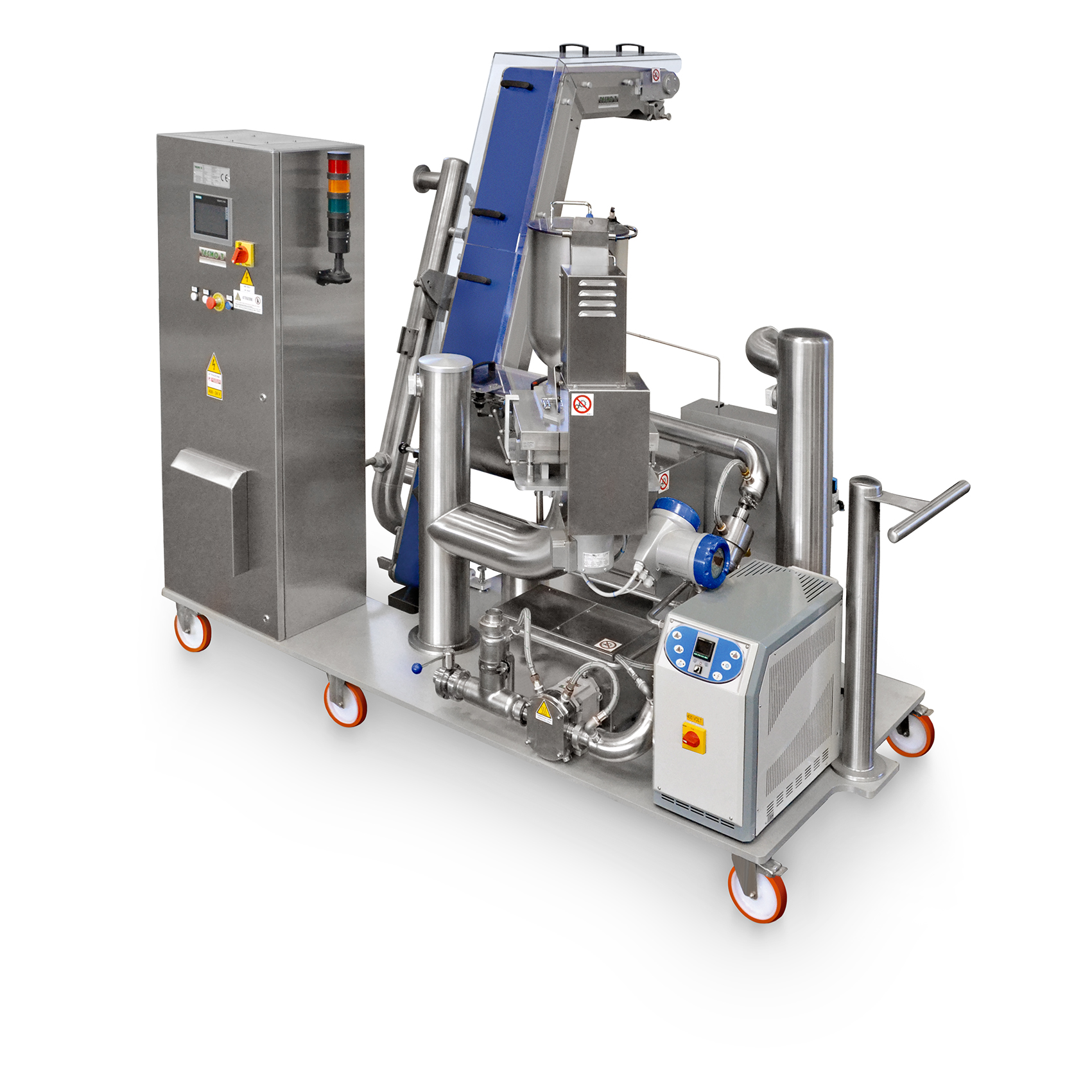
Mixer for production of chocolate with inclusions
Using the same mixing equipment for different recipes in chocolate manu...
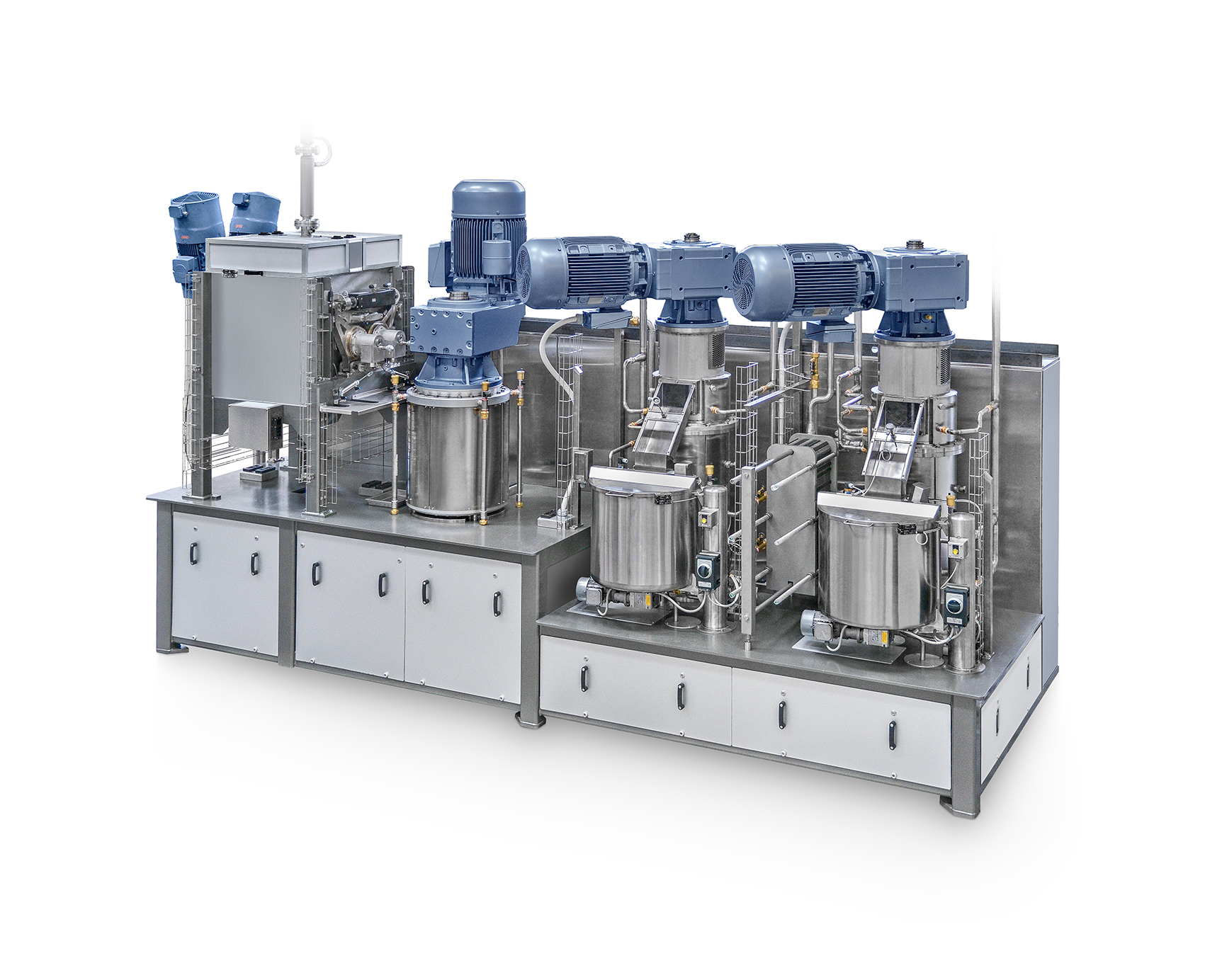
Refining plant for chocolate
Achieving a balanced, velvety mouthfeel in chocolate is challenging. Larger particles in chocol...
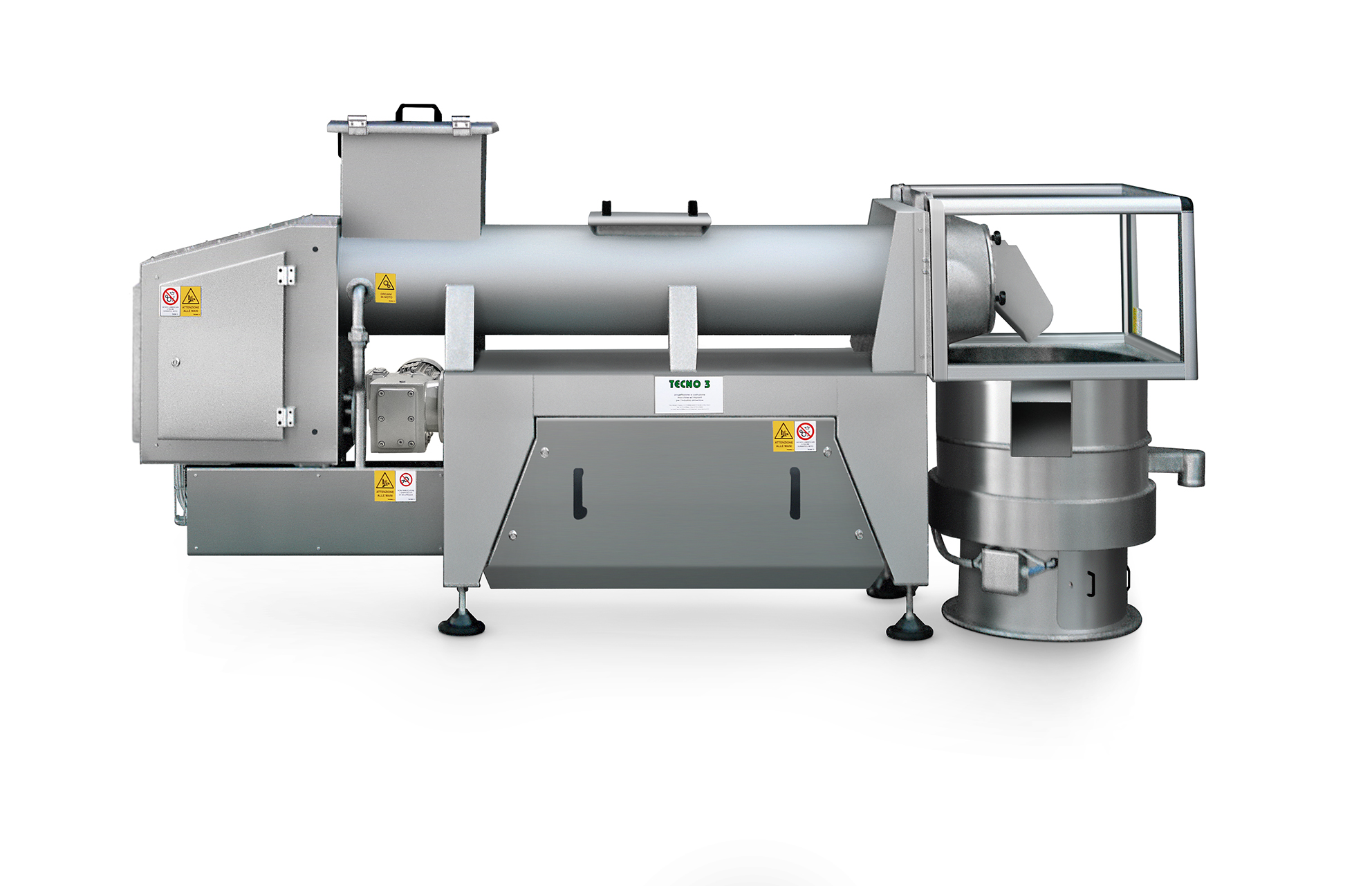
Industrial melter for chocolate rework
Wastage or out-of-specification products are not uncommon in the chocolate manufactu...

High-speed chocolate block melt machine
If you produce chocolate using larger blocks instead of cocoa beans, chocolate melt...
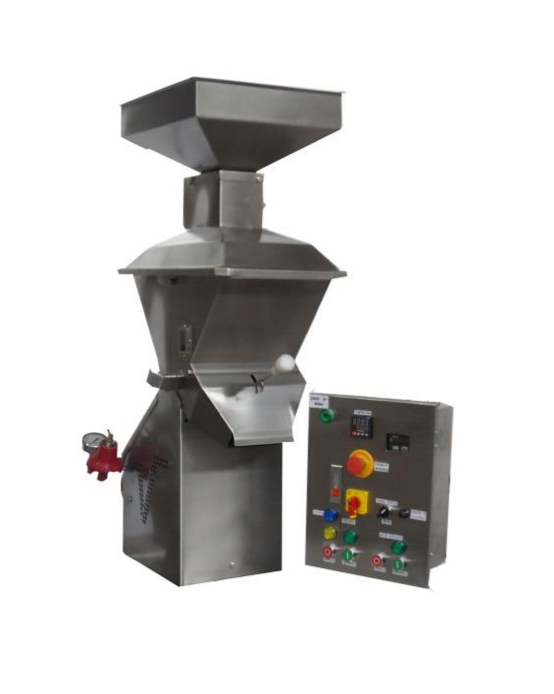
Entry level cocoa roaster
The biggest challenge that small-scale cocoa processing manufacturers face is even and thorough ro...
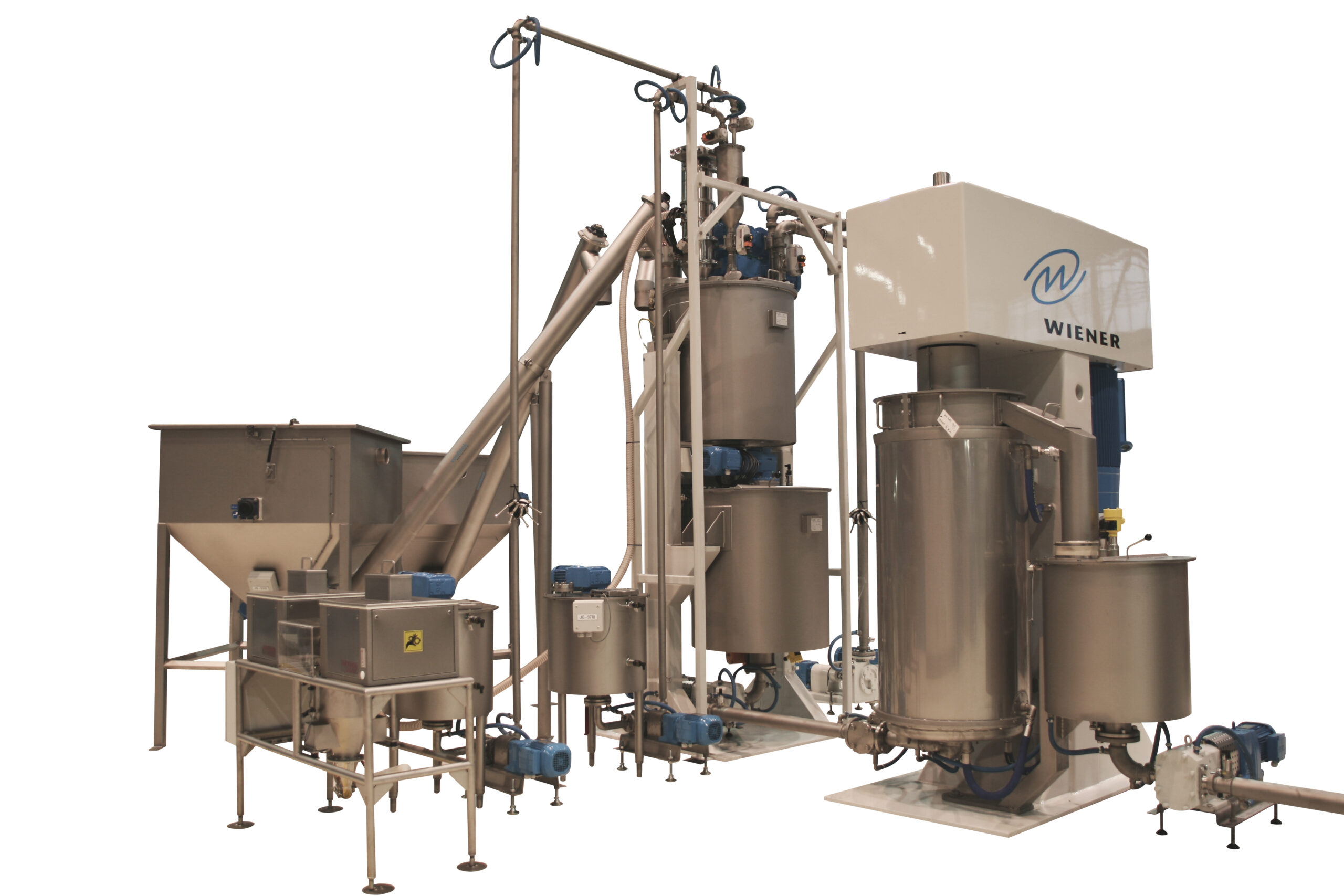
Vertical ball mills for chocolate refining
Powders of extremely high fineness can easily be produced with ball mills and a...
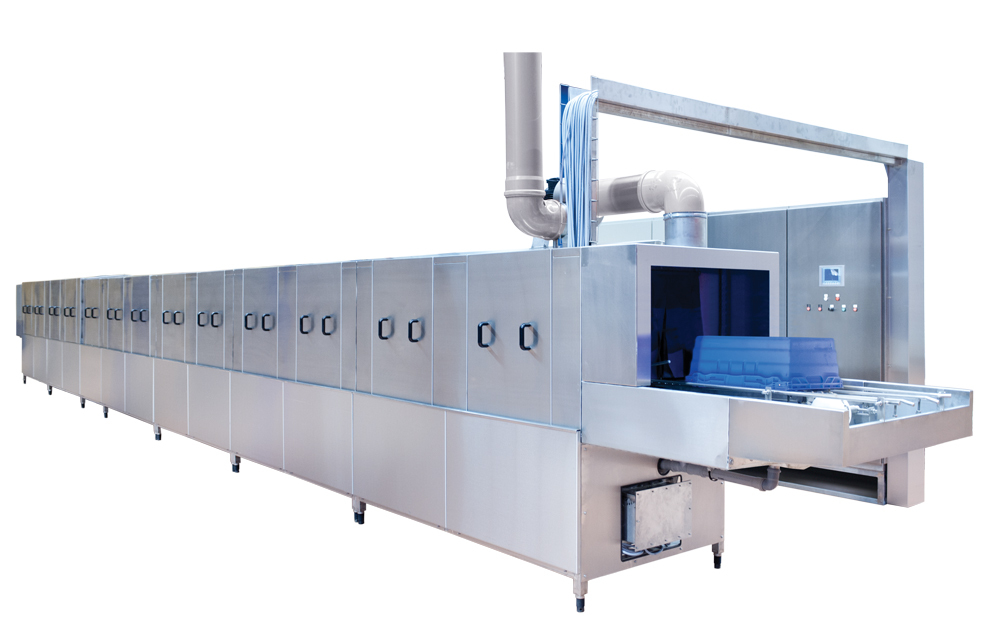
Industrial washer for plastic crates
In the food production sector, hygiene regulations are getting stringent by the day. E...
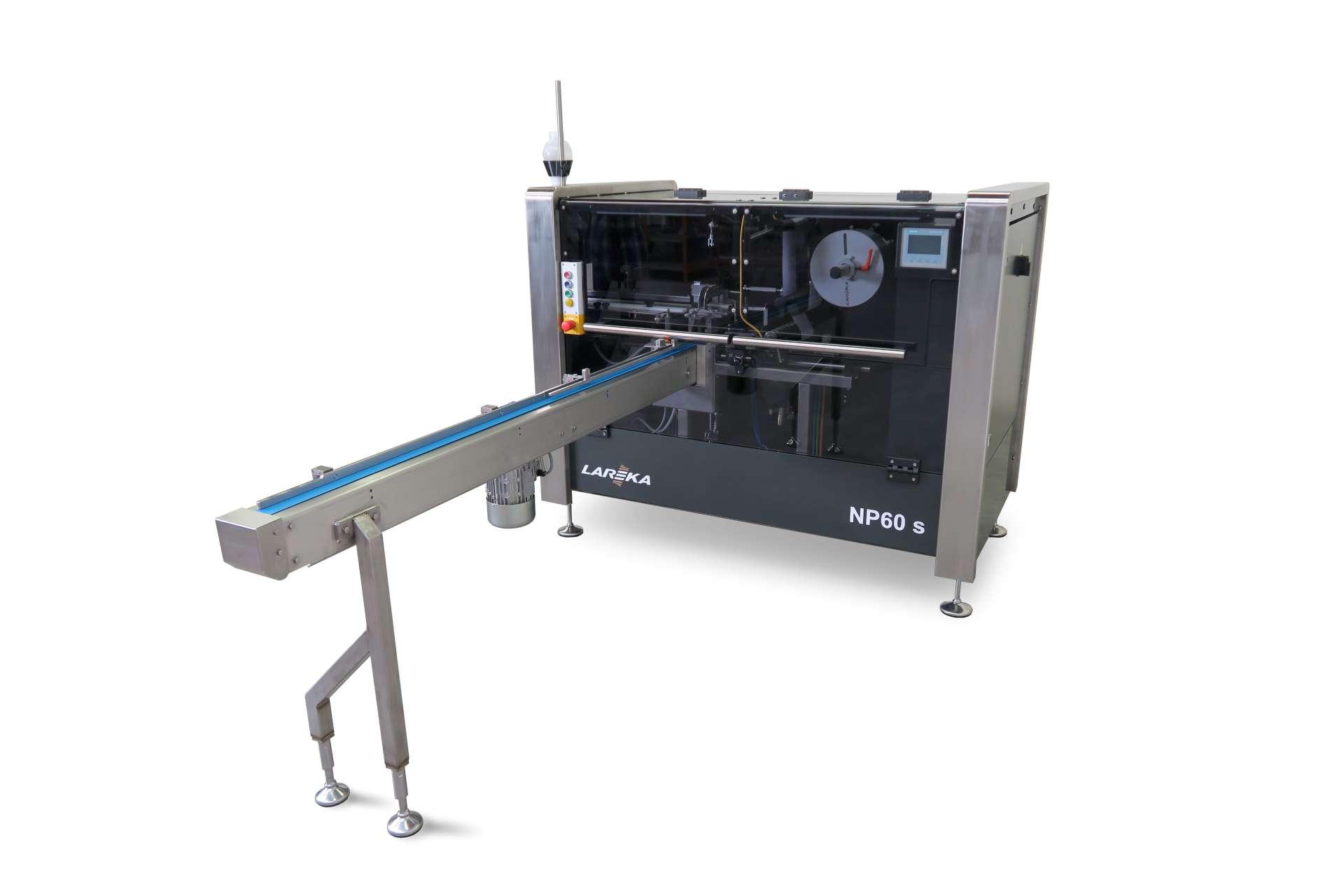
Small chocolate tablet wrapping machine
Are you looking for a small-scale wrapping machine that can pack small Neapolitan c...
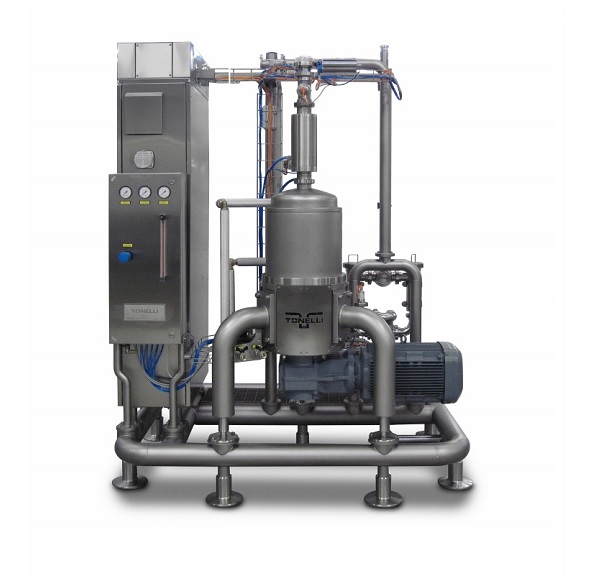
Mixer for aeration of confectionery and bakery products
Aerated products can be difficult to mix thoroughly without reduc...
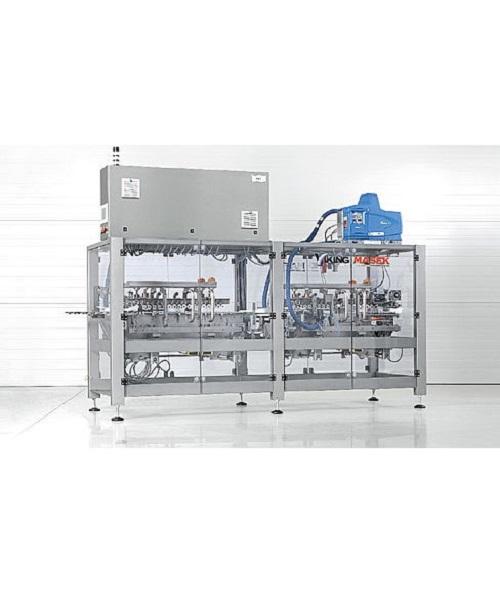
High speed carton closing machine
Choosing a carton closing machine becomes a significant consideration when the closing of...

Horizontal cartoner for food products
Depending on the primary product packages, food products like confectionery (biscuits...
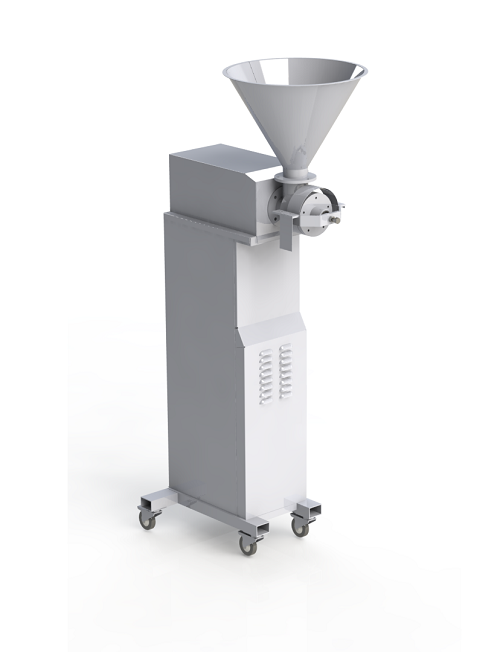
Small capacity cocoa grinder
The first step of producing almost any kind of chocolate starts with grinding cocoa beans to ge...
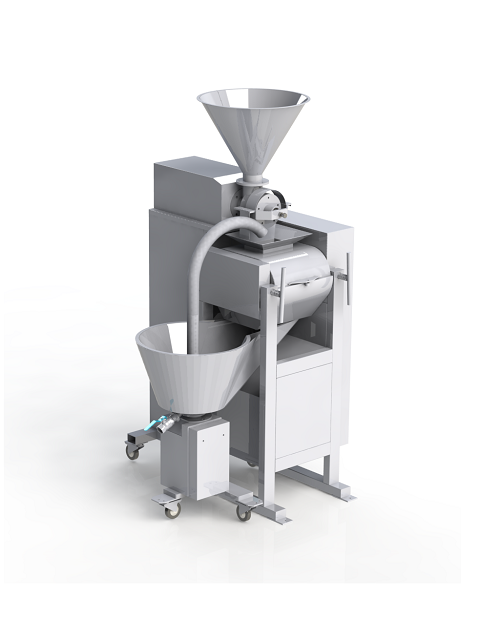
Entry level bean to bar line
One of the challenges when setting up a small-scale cocoa processing factory is making all of t...
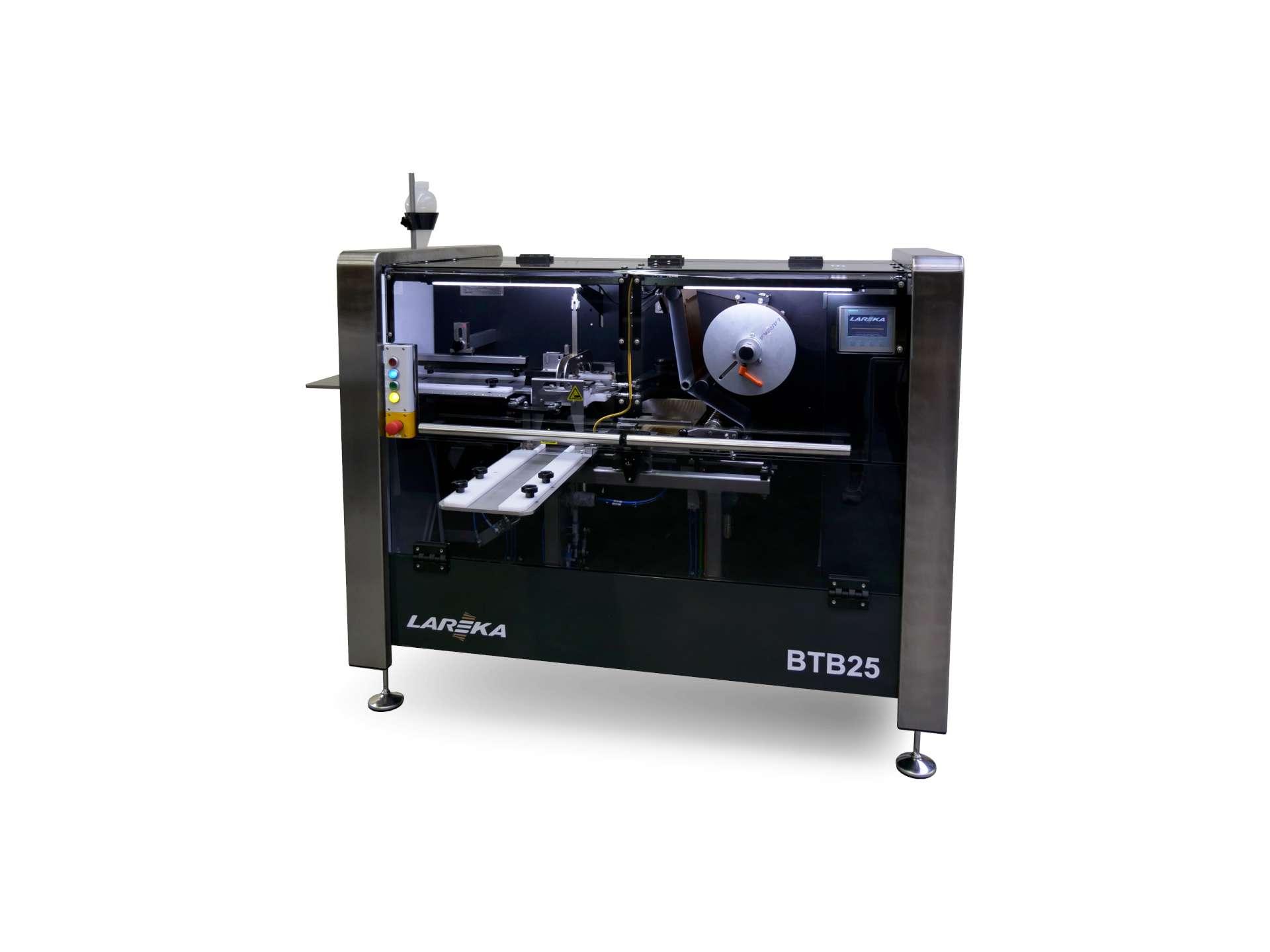
Flexible chocolate tablet wrapping machine
In the overcrowded and competitive confectionery industry, attractive chocolate...
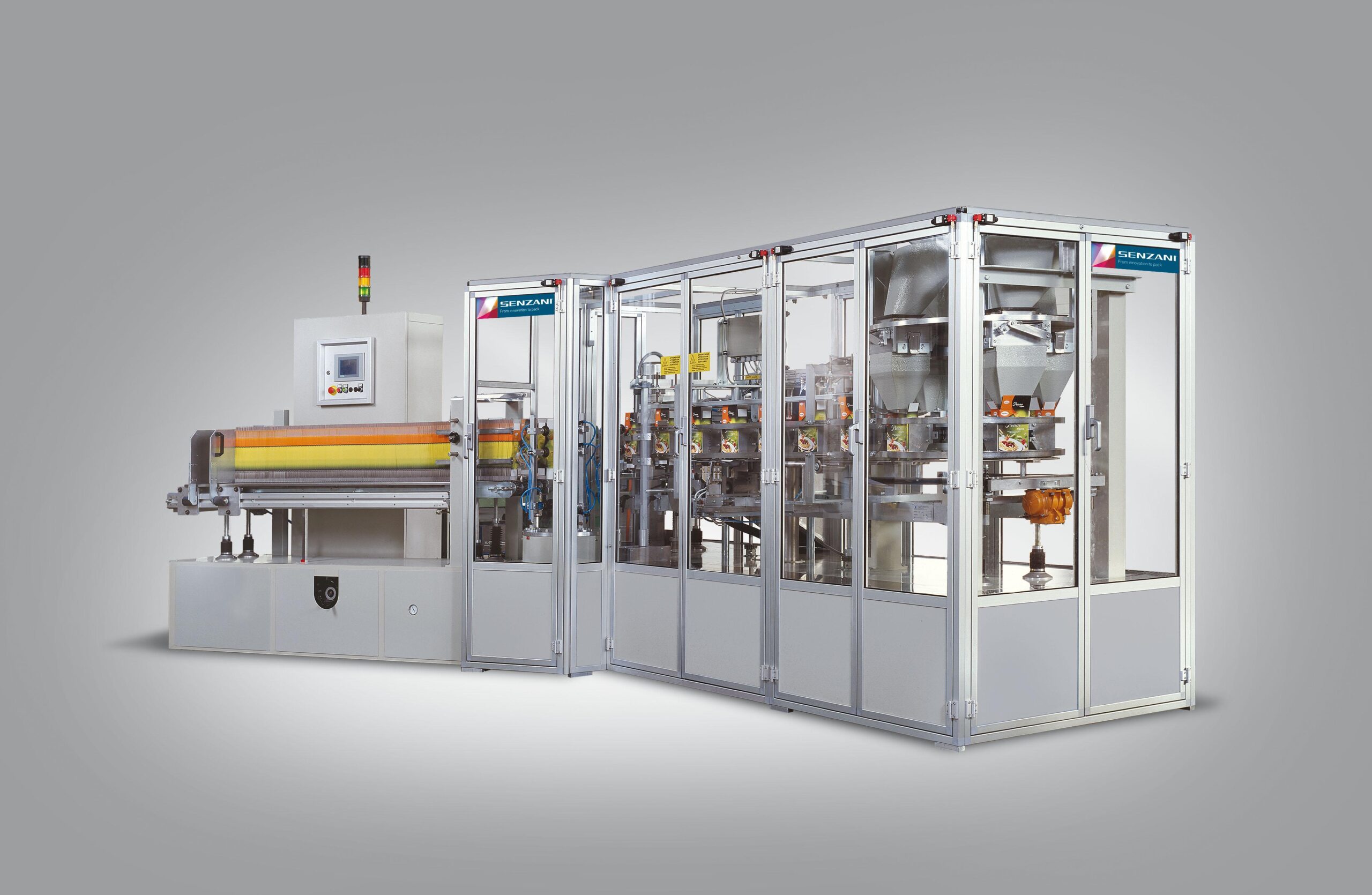
Vertical cartoning machine
In the food industry, a large number of bulk products like for example pasta, need to be packed i...
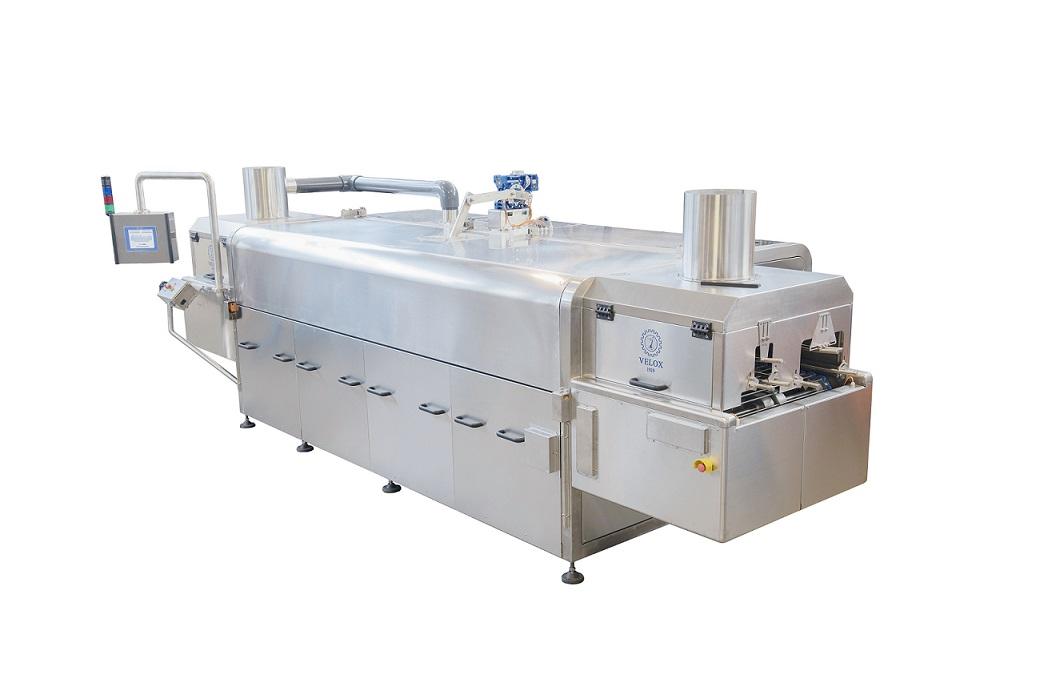
Tunnel washer for food containers
With an increase in demand for production across food service and manufacturing companies...
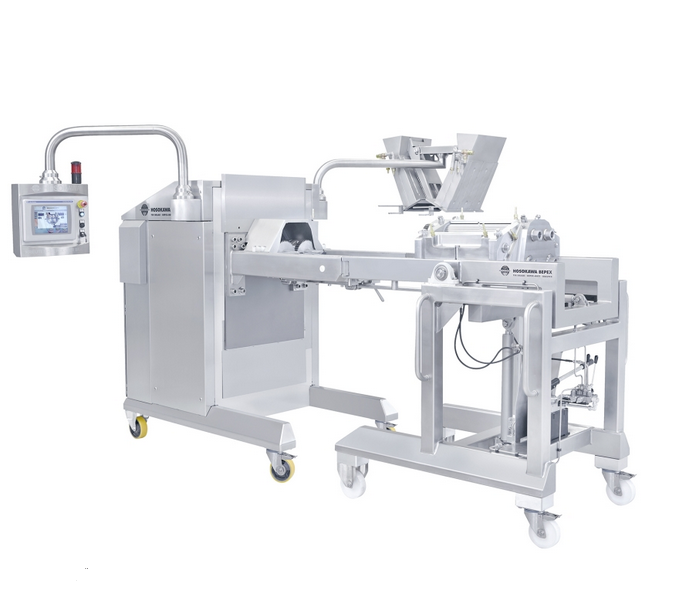
Strand forming machine for 2 masses
Form two-ingredient mixes into the shapes and layer combinations required for your fina...
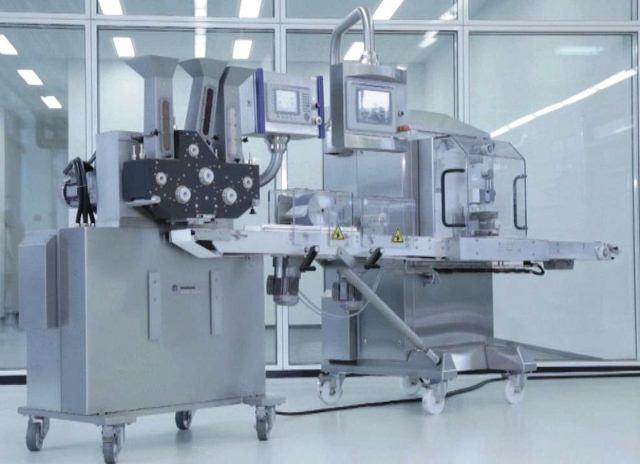
Strand forming machine for 3 masses
Form three ingredient mixes into the shapes and layer combinations required for your fi...
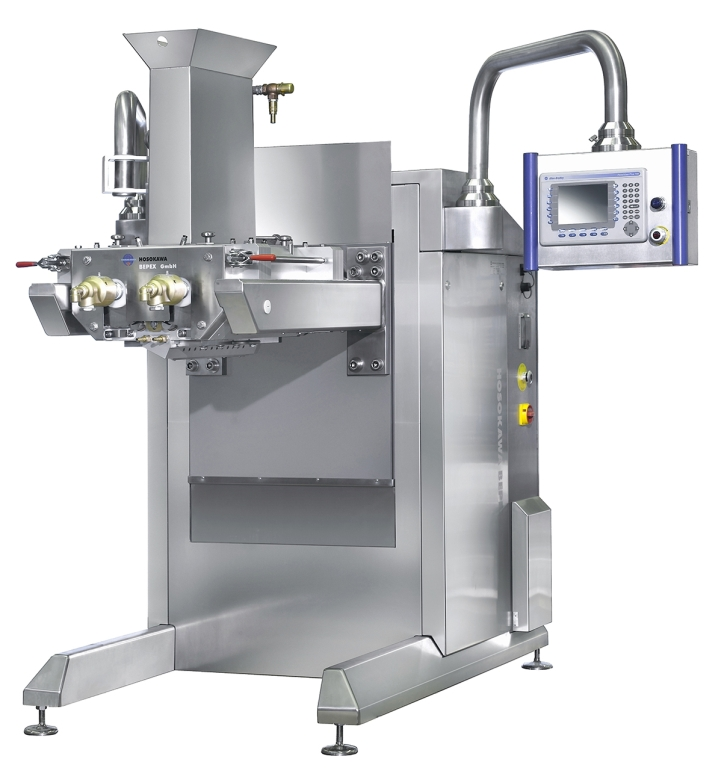
Strand forming machine for creamy mixtures
Turn your ingredients mixture into strands and slabs for further processing int...
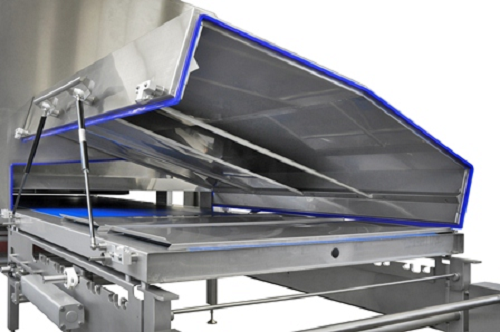
Hygienic chocolate cooling tunnel
Quickly cool your product after cooking in preparation for further processing. This is a ...
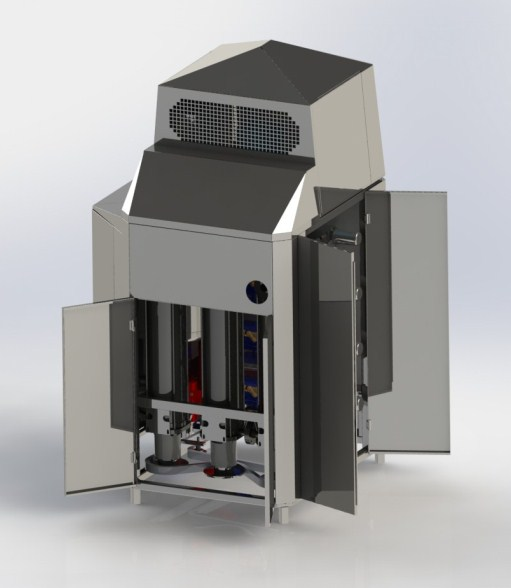
High capacity tempering machine
Prepare chocolate mixes for application to your product as coatings. Enhance the attractiven...
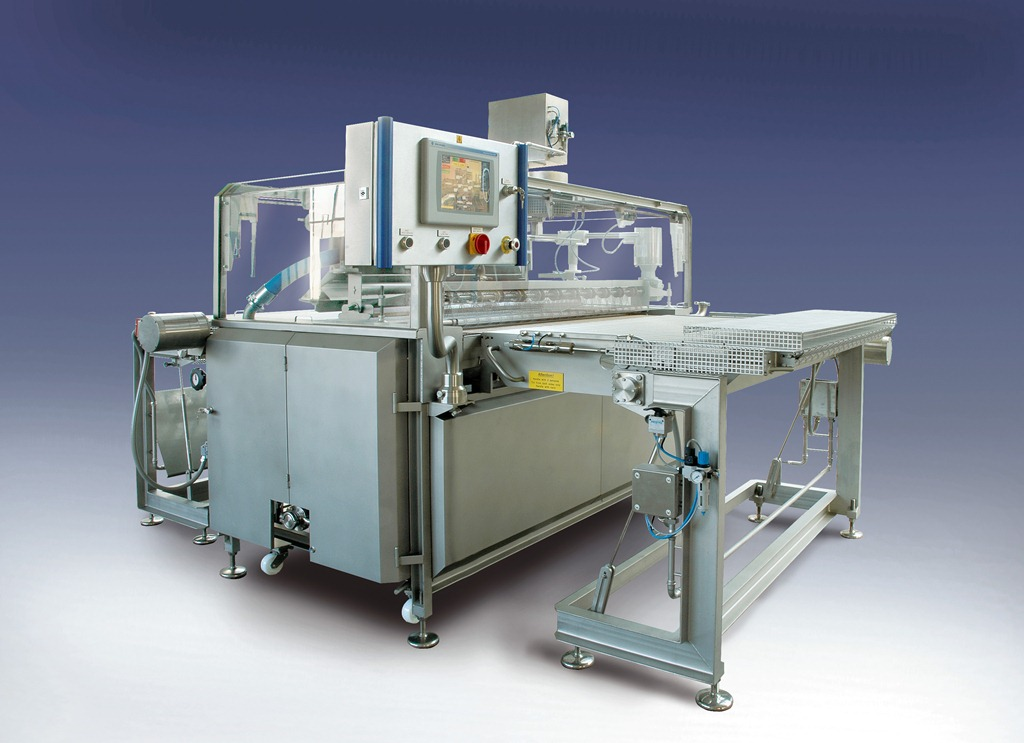
Ice coating machine
Make consistent use of this high-quality, finish coat with your covered product. This is a coating machin...
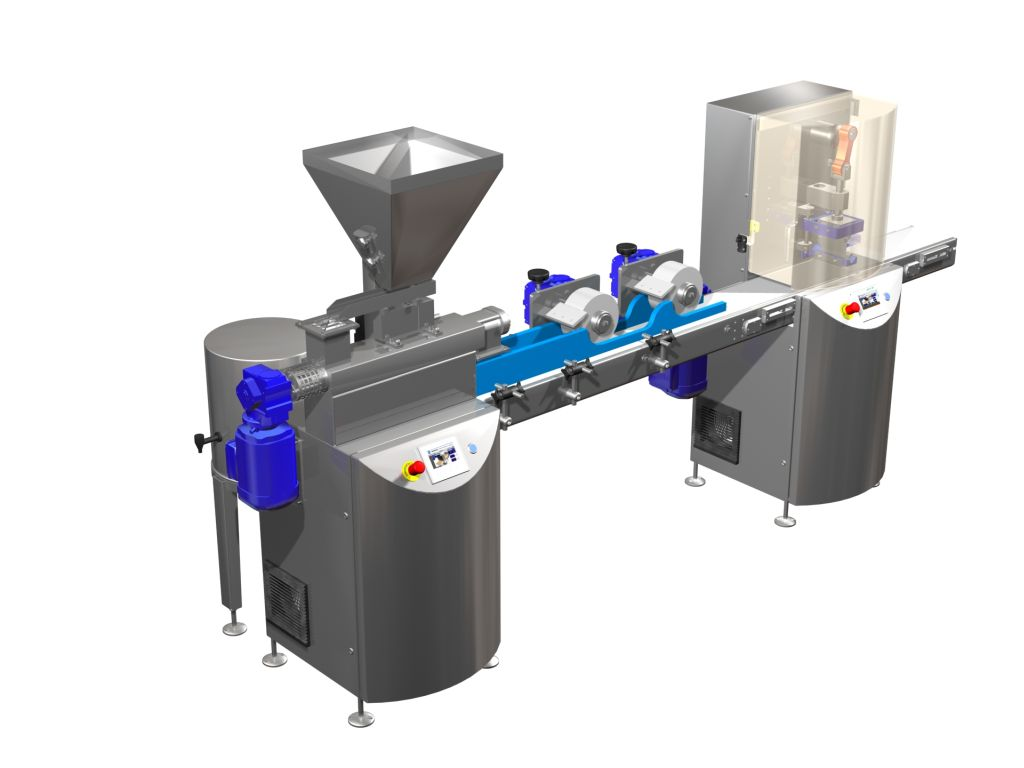
Entry-level automatic cereal bar machine
Start up your manufacturing of cereal bars or produce smaller batches to test and ...
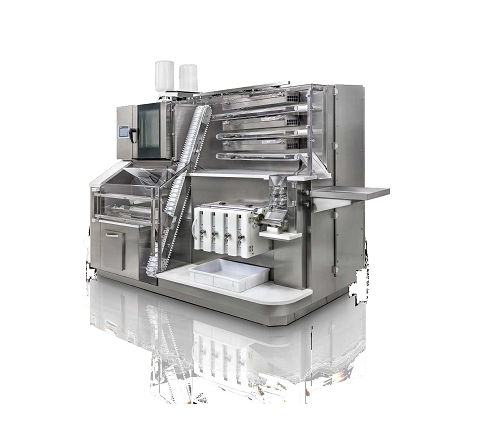
Small scale cocoa beans processing machine
For the highest quality chocolate production, complete control of the entire pr...
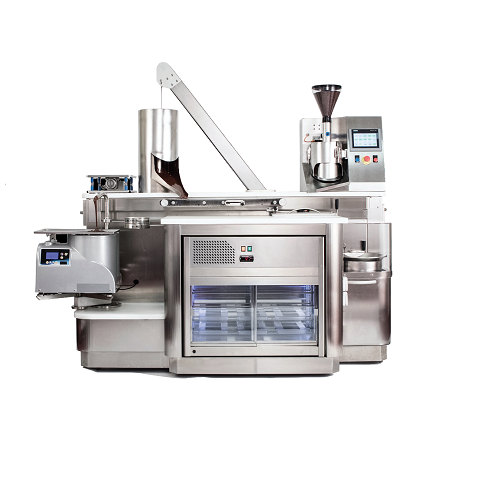
Entry level bean-to-bar machine
The production of high-quality chocolate from the bean can often be out of the reach of smal...
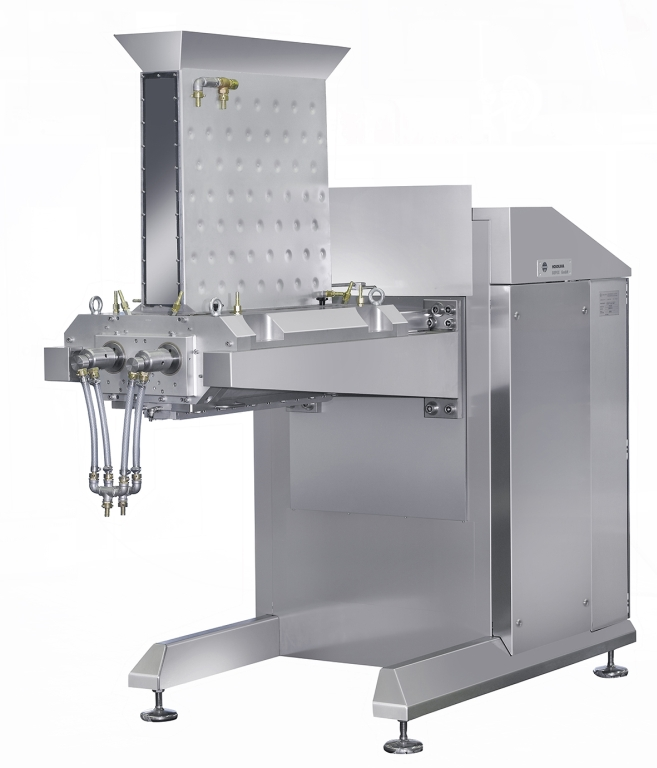
Strand forming machine
Form ingredient mixes into strands and slabs for further processing into bars, and other final product...
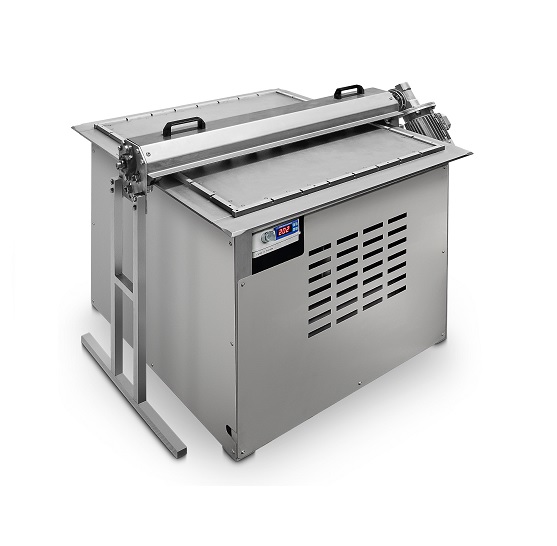
Entry level cereal bar cutting table
The small-scale manual production of crunchy cereal bars, brittles, and similar produc...
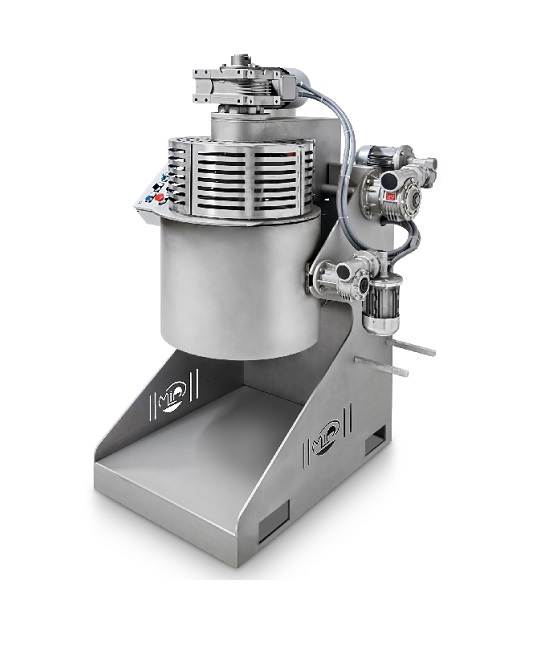
Entry level cooker for cereal bar production
The creation of high-quality, flavourful crunch bars, brittles and similar pr...
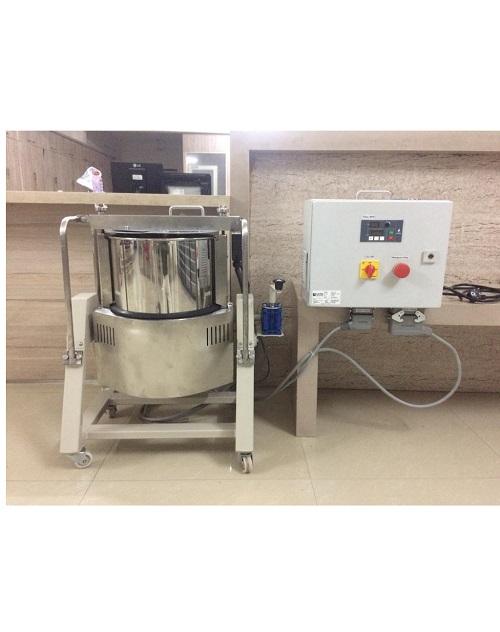
Small capacity chocolate melangeur
In order to produce the finest of chocolate products, you need the cocoa nibs to be grin...

Hand moulding machine
Melting and tempering for convenient moulding of chocolates by hand.
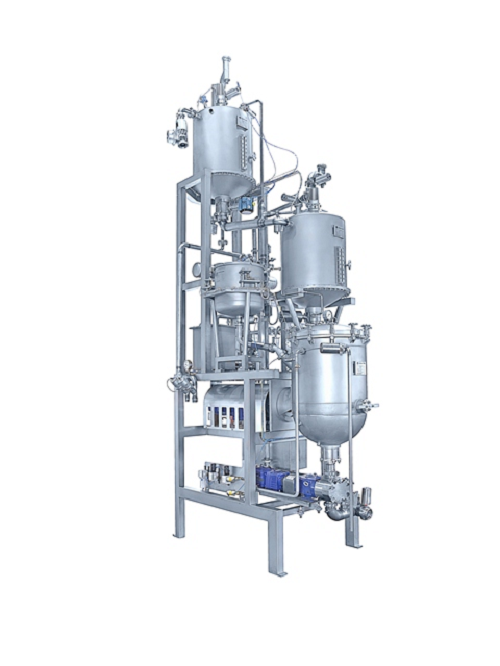
Whipping machine for soft candy
Prepare your ingredients for any whipped or aerated product component. This is a pressurized...
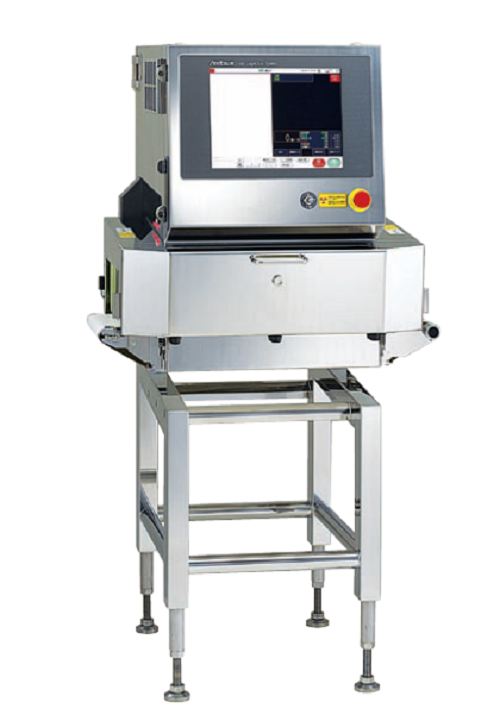
Versatile X-ray inspection system
Versatile X-ray inspection system for product weight, quantity and shape to detect the pr...
